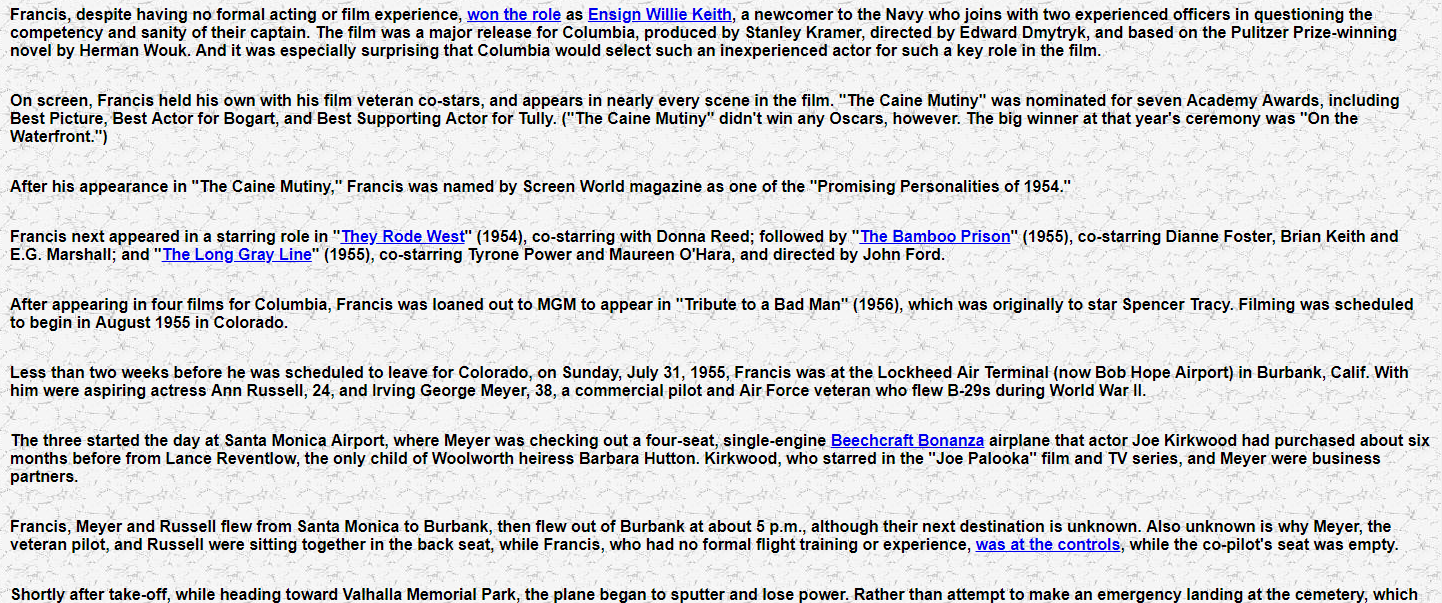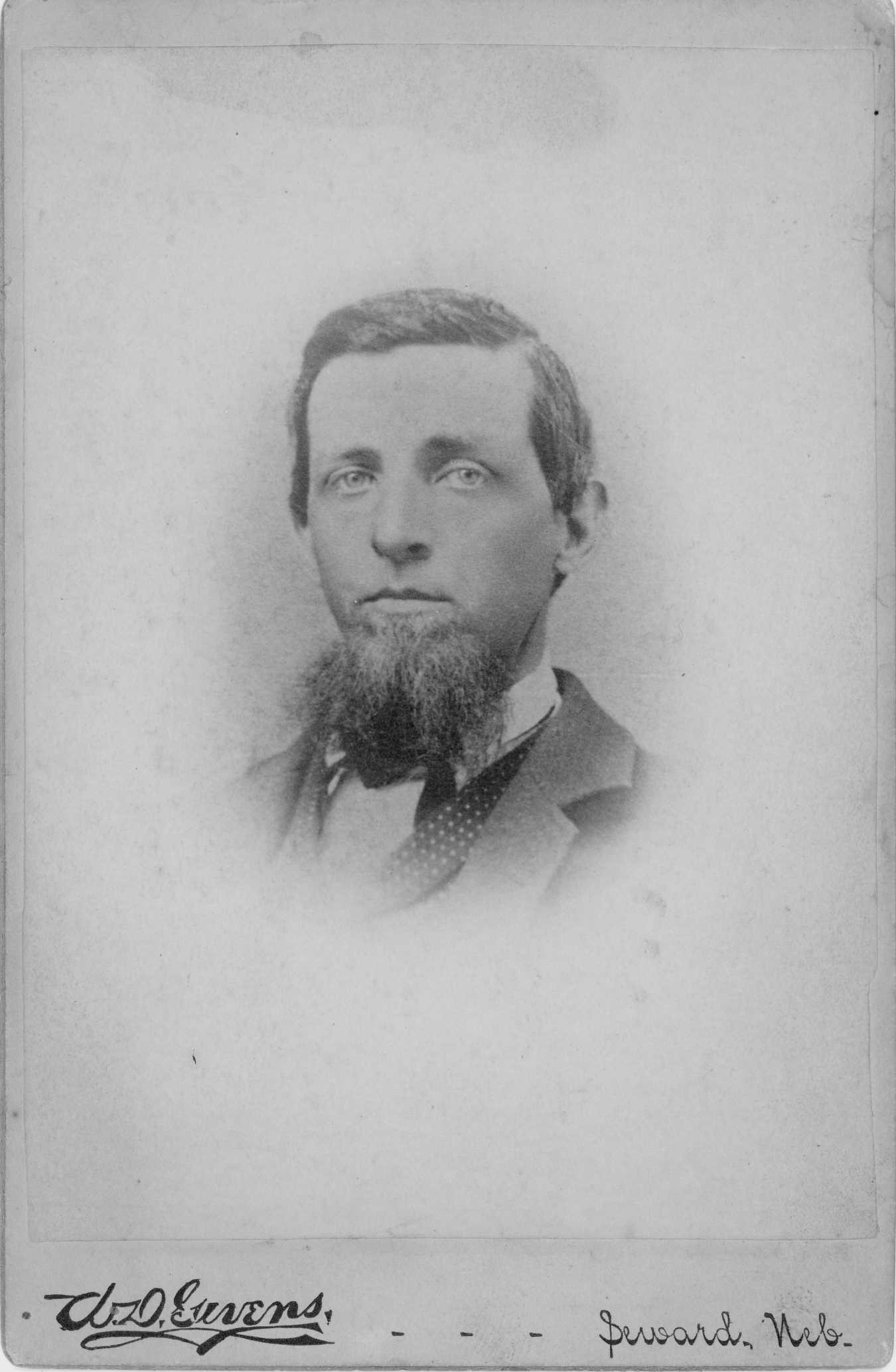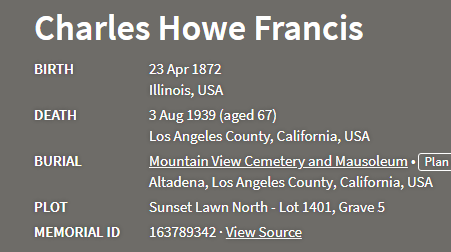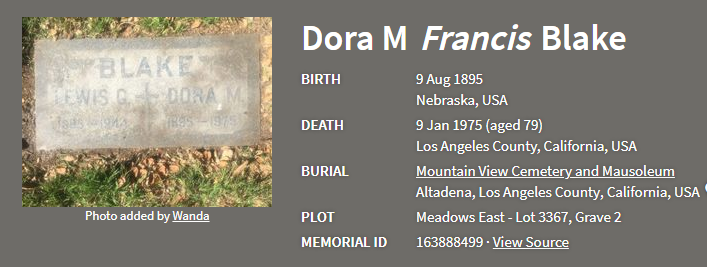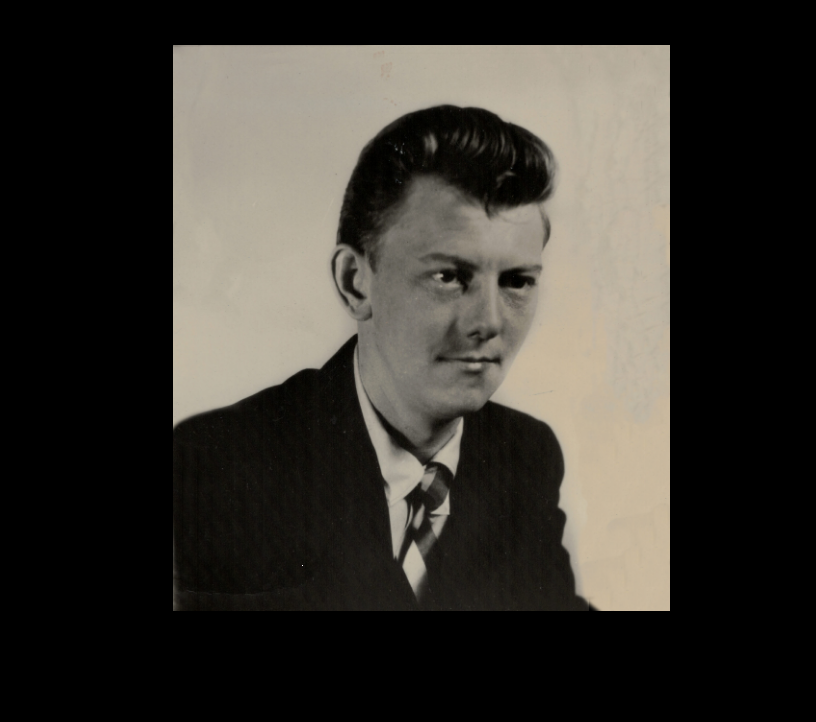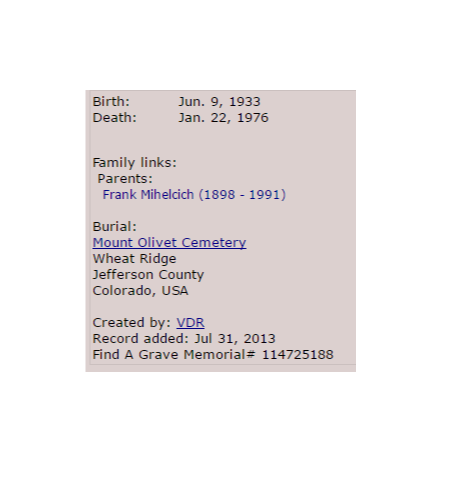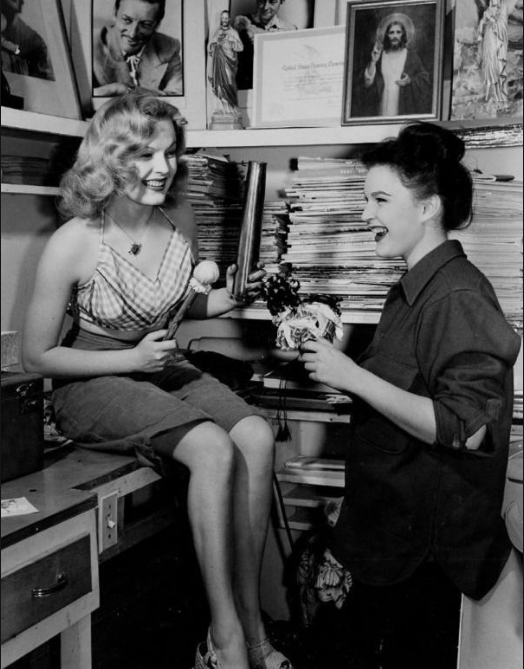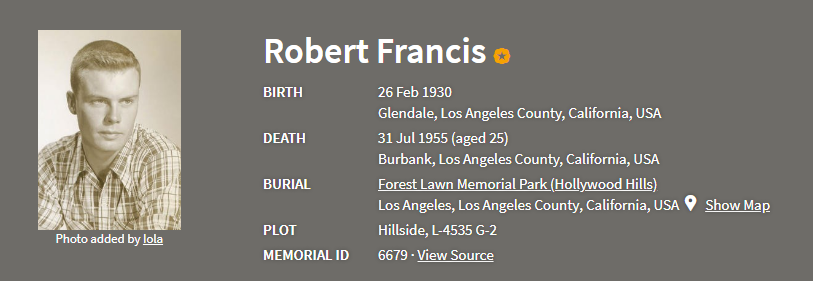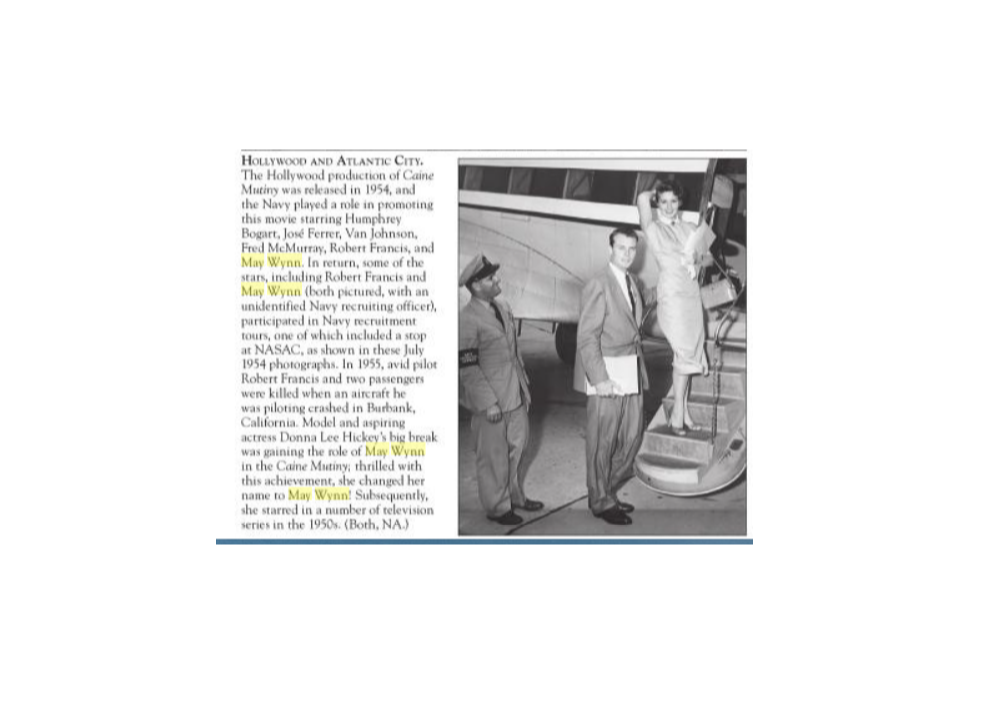Biography: The Beginning and The End and The In Between
Part One: Before 1930 to Fall 1955
Sunday, July 31, 1955 - As Bob Francis practiced takeoffs and landings on the last day of his life, he could easily see from the plane’s cockpit almost the entirety of his life’s geography. Santa Monica to Long Beach to Santa Barbara to Burbank, above Glendale and Pasadena and Hollywood, and in the distance the ocean and mountains where he skied on water and snow. And there, not far from the house, streets, schools, and neighborhood where he lived almost all of his 25 years, is the Little Church of the Flowers at Forest Lawn Glendale. In less than 72 hours his funeral would be held there and he would be buried at Forest Lawn Hollywood Hills in a hillside plot with a headstone turned eastward toward Pasadena. Bob is said to have been mature beyond his years and could be serious about serious matters. But on this day he probably was not given so much to introspection or thoughts of the past or mortality. He was having a fine time learning to fly and being with two companions along for the ride.
That was the end. The beginning for Bob, as for all of us, comes long before our actual birth dates. Wednesday, Feb. 26, 1930, in Bob’s case. Preceding him in life were his parents, sister and brother, the Francis and Warnock families, relatives in Nebraska and Ireland.
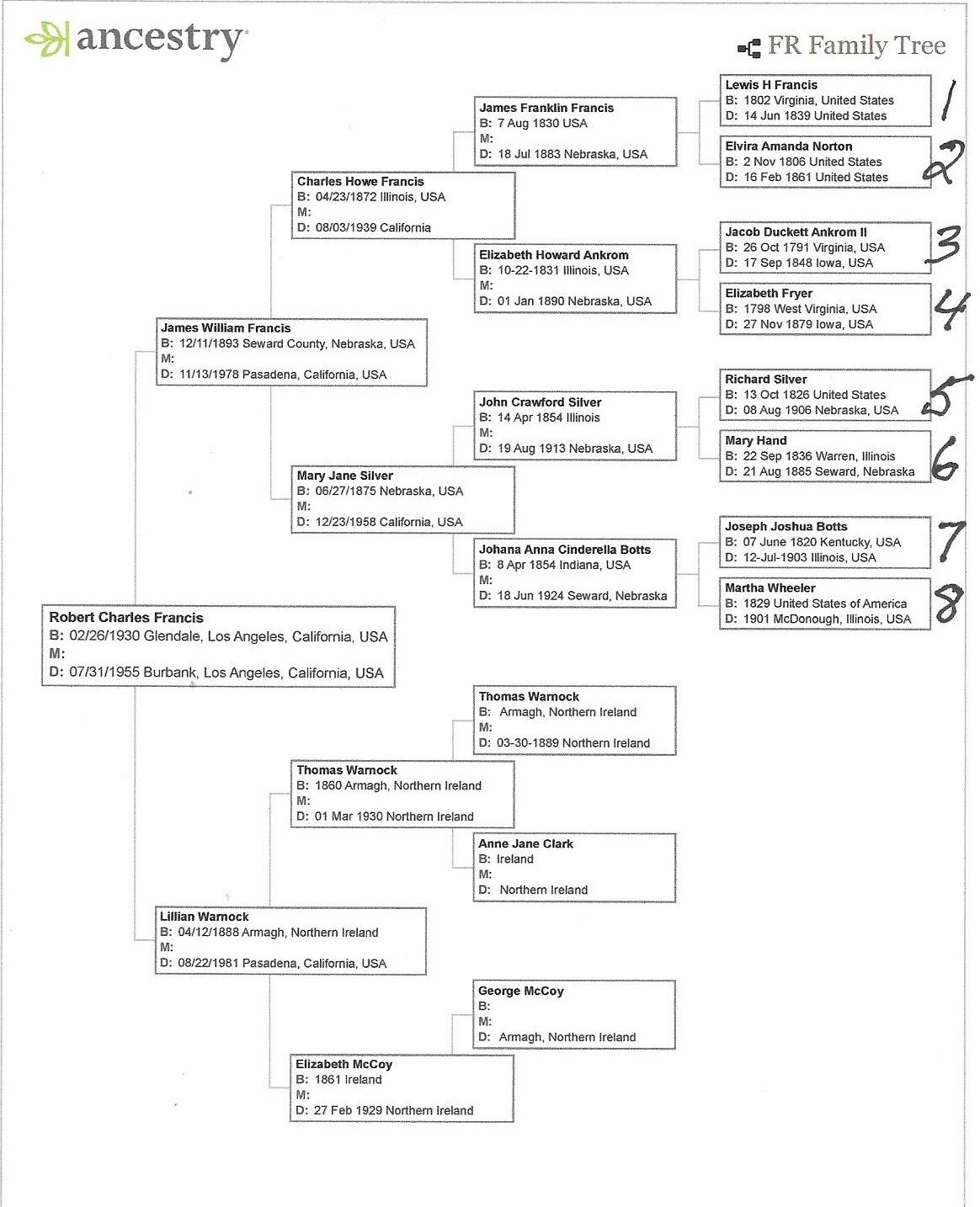
Genealogical Chart: Warnock and Francis
Bob Francis’ Family Tree created by DW, 2020.
Special thanks to Joan Shurtliff, Seward County Genealogical Society, Seward, Neb.
See Sidebars - Galleries and Information pages for a complete genealogical record of Bob’s ancestors, including those in Neb.
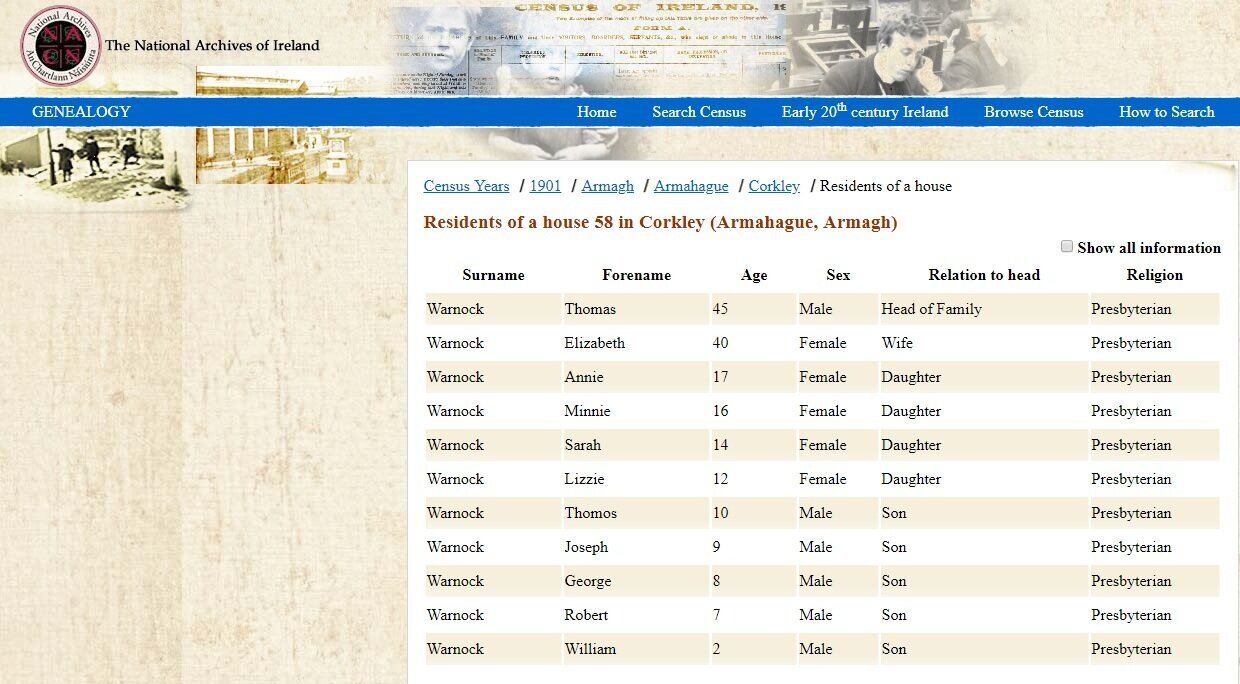
The Family of Elizabeth (McCoy) and Thomas Warnock, Bob’s Maternal Grandparents
1901 census records for Corkley (Armahague, Armagh) Ireland
Bob’s mother is listed as “Lizzie”; this may have been an error in recording “Lillie” as a diminutive of “Lillian.” Or she may have been named for her mother, Elizabeth, and called “Lizzie” at this time. Root meanings of Elizabeth and Lillian and their diminutives are similar and numerous. The age of Lizzie coincides perfectly with Lillian’s true birth date and age, April 12, 1888.
Lillian was one of nine children with three sisters and five brothers.
The siblings are listed below in birth order; however, for most only the date of death is known.
Annie: Died: Jan. 18, 1930 - She and Lillian went to America when they were teenagers, perhaps at the same time. Annie never came back home. She lived in San Francisco and married James McClure.
Lillian Francis Robins, Bob’s sister: “Uncle Jim was a kind, generous, caring man. We met him as children when we went to San Francisco to visit them. Many years later in 1943, [my husband] Sandy was stationed briefly in San Francisco and I again saw Uncle Jim and could introduce him to my husband.”
Minnie Rainey: Died: April 2, 1967 - Minnie went out to America and worked as a nurse. When returning home, she was shipwrecked; she was never the same afterwards. Later, she married James Rainey. They went to Airdree in Scotland. James worked in a shipyard or steel works. When James retired, they returned home and lived with Minnie’s sister, Sarah.
Sarah: Died: April 1966 - She stayed at home all of her life. “And looked after whoever was there.”
Lillian (Lillie): April 12, 1888-Aug. 22, 1981 - See Annie.
Thomas: Feb. 25, 1890-Jan. 13, 1967 - Tom and Bob emigrated when young. Both served in the U.S. Army in WW I. Afterwards, Tom got a job and married Lady Esther Parish, London, England. She told Bob’s siblings, Lillian and Bill, her father had been the head gardener for the king and queen and oversaw the London Royal Gardens. He received a document signed by the king and delivered by the Royal Guard. The original is in the Royal Files.
Joe: Died: June 18, 1939 - Lillian Francis Robins thinks he was in the U.S. and later in Canada.
George: Died: Dec. 18, 1951 - He joined the British Army as a young man and served in India for some years. “Many British soldiers during the long monsoon season took up hand crafts to pass the time. One such was knitting. Uncle George knitted a beautiful blanket in black with a touch of pink which Mother had, as well as a unique black sweater which I wore for many years.” (Lillian Francis Robins) When he came back home, he did some farming. “He took a bad cold” before he died.
Robert (Bob): Died: Nov. 15, 1979; wife, Evelyn, Mar. 4, 1989 - See Tom. After coming to America, Bob got a good job and married Evelyn Carolyn. They lived in Detroit, Mich..
William (Willie): Died: March 25, 1975?6? - He went to Canada when he was about 19 or 20 and worked on a ranch. Then, he returned home, married Jeannie?, and started farming. When he retired, they lived at Markethill and then at Hamiltonsbawn. He died of a heart attack.
Source: Notes of Muriel Warnock unknown married name, daughter of Willie, c. 1996, and Lillian Francis Robins
Lillian wrote about her mother and her family: “Mother was a very precocious little girl with an exceptional memory and in constant mischief as a child. She was about 15 or 16 when her parents sent her to a distant friend in Boston, Mass., for schooling. For several years, she enjoyed her schooling and was apparently well-liked. Summers were spent at a lake resort in N.J.
“Minnie had come to the states some years before and was on the stage. She had a beautiful singing voice and appeared in musicals. At this time…singing on the stage was not acceptable. (Annie may have come to the states to encourage Minnie to return home.)
“…Mother arrived in Pasadena. She met a Mrs. Chase, a lady Minnie knew when living in Southern California. In later years as a child I recall meeting Mrs. Chase in Hollywood. Minnie spoke affectionately of Mrs. Chase.
“…it appears that Annie, Minnie, and Mother were in Pasadena at about the same time. I believe Minnie arrived first. This may have been the reason Mother and Aunt Annie came West.
“Aunt Minnie left the states in 1917 to return home and was a passenger on the RMS Lusitania when it was torpedoed by a German submarine and sank off the south coast of Ireland. [RMS Lusitania sank in 1915. If Minnie had been a passenger, she would have left the United States in 1915, not 1917. Or perhaps she was a passenger on another ship that sank in 1917.] This disaster changed her life forever. Her singing voice was affected and she became quite religious. In time her singing voice gradually returned…she went to live in Airdrie, Scotland, and there met her cousin, James (Jemmy) Rainey, whom she married. He was a very nice, quiet man. I met them both in 1966 when Mother and I sailed for Ireland. (Mother had come to the states on the first RMS Mauretania.) [Passenger records (see below) indicate Lillian came to the United States on The Cedric.] Jemmy was the eldest son of Aunt Mary Ann McCoy Rainey, the sister of Elizabeth McCoy Warnock, Mother’s mother. Jemmy worked in the Airdrie shipyards. Eventually, they returned to Armagh, Mother’s home.
“Bob’s Grandparents: Elizabeth Annie McCoy (d. 1925? 1929?) and Thomas (Tom) Warnock; they farmed. Tom’s brother, Robert, was a minister, and their parents owned Scotch Mills; they were called The Mill Warnocks.”
The Family of Elizabeth and Thomas Warnock
Original paper record for 1901 census. The Warnocks were Presbyterians and all had been or were being schooled in reading and writing. Thomas was a farmer. Lillian’s eldest sister, Annie, 17, evidently was no longer a student and was helping her father with the farming.
Source: George Warnock, Aug. 1, 2019: Elizabeth (-Feb. 27, 1929) and Thomas Warnock (-Mar. 1, 1930) are buried at Tullyvallen Reformed Presbyterian Church in Ireland. Also buried there are Thomas’ siblings: Joseph, George, and Sarah. Lillian’s paternal grandparents, Thomas and Anne Jane Clarke, are also buried there.
Tullyvallen was the site of a 1975 massacre. See: https://en.wikipedia.org/wiki/Tullyvallen_massacre
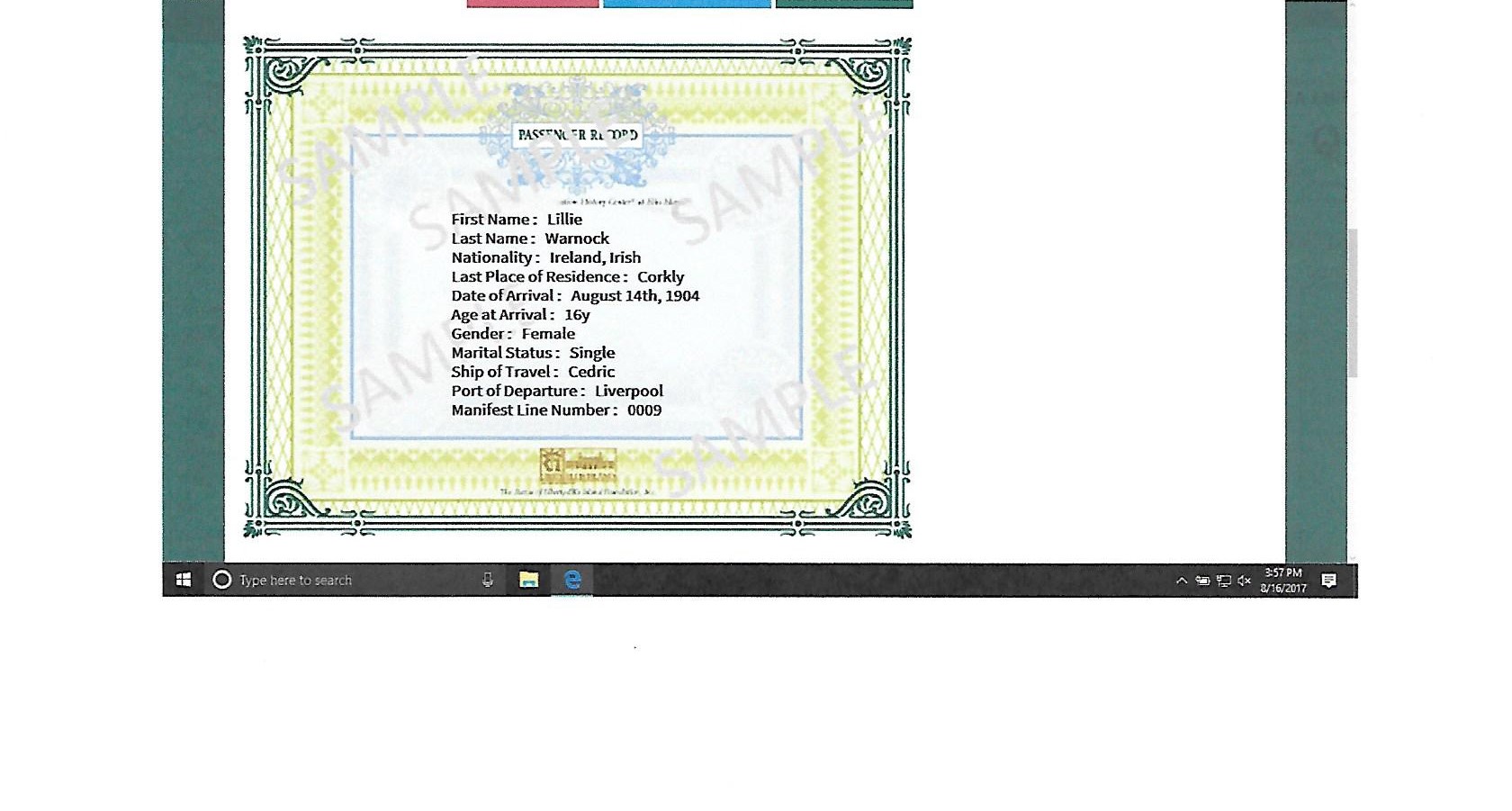
Documentation for Bob’s mother’s arrival in America, Aug. 14, 1904. She was 16 years old.
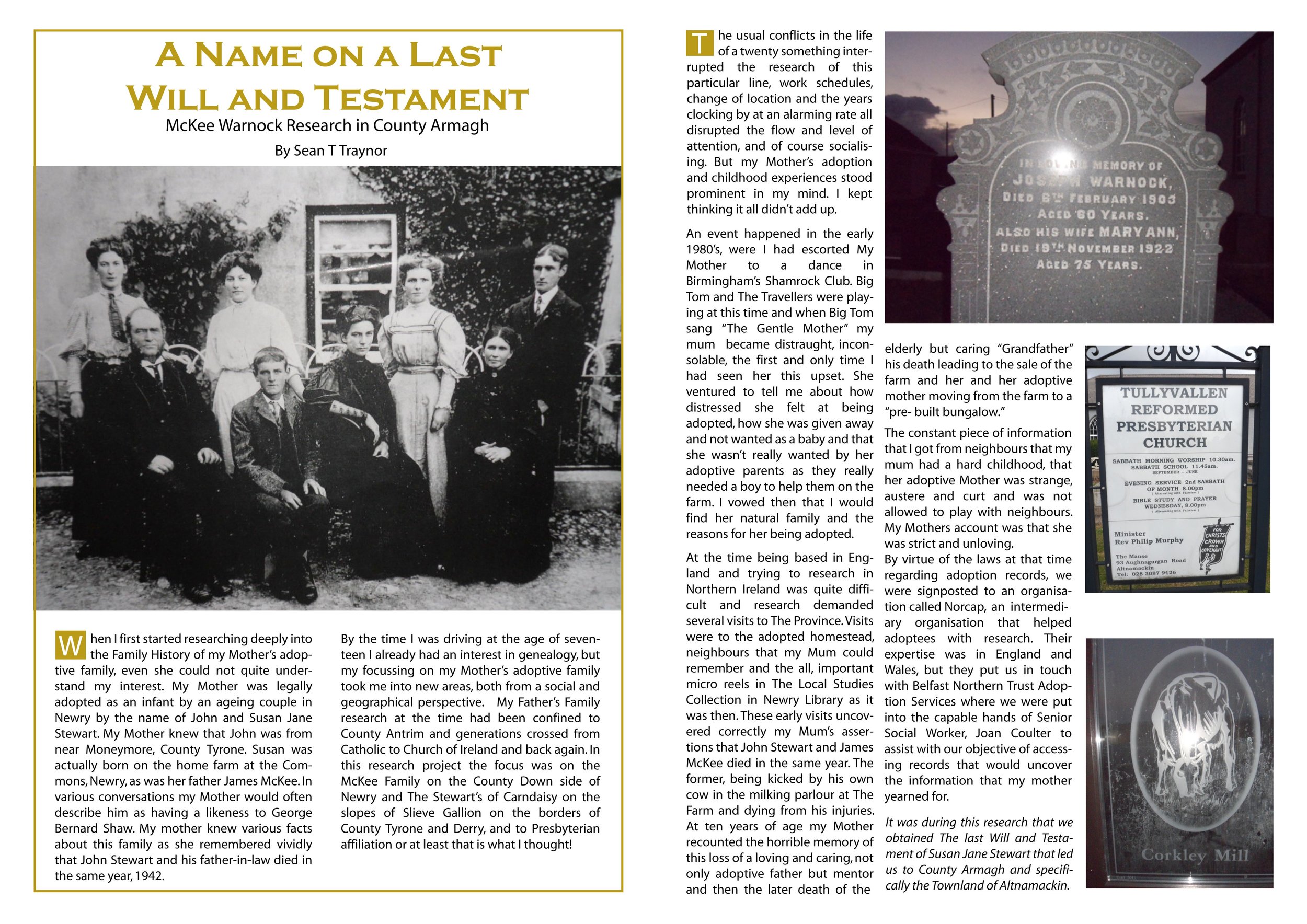
Warnock Genealogical Research by Sean T. Traynor
This document cites a Thomas Warnock as the guardian of Mollie Stewart, the author’s mother. The date of death of this Thomas Warnock is 1951 which does not connect with Lillian’s father, Thomas (c. 1860-1930), but could be correct for her brother, Thomas, 10 years of age at the time of the 1901 census; he died Jan. 13, 1967, in Altadena, Calif., near Pasadena. However, this article says the Thomas involved in the guardianship of the author’s mother is the son of Mary Ann McKee and Joseph Warnock. The same or another Joseph Warnock could have been Lillian’s brother, aged nine at the 1901 census. (Lillian’s brother Joseph evidently was not alive at the time of Thomas Warnock’s death in 1967; he is not listed among the survivors.) Some of the author’s research was in County Armagh where Lillian’s family lived.
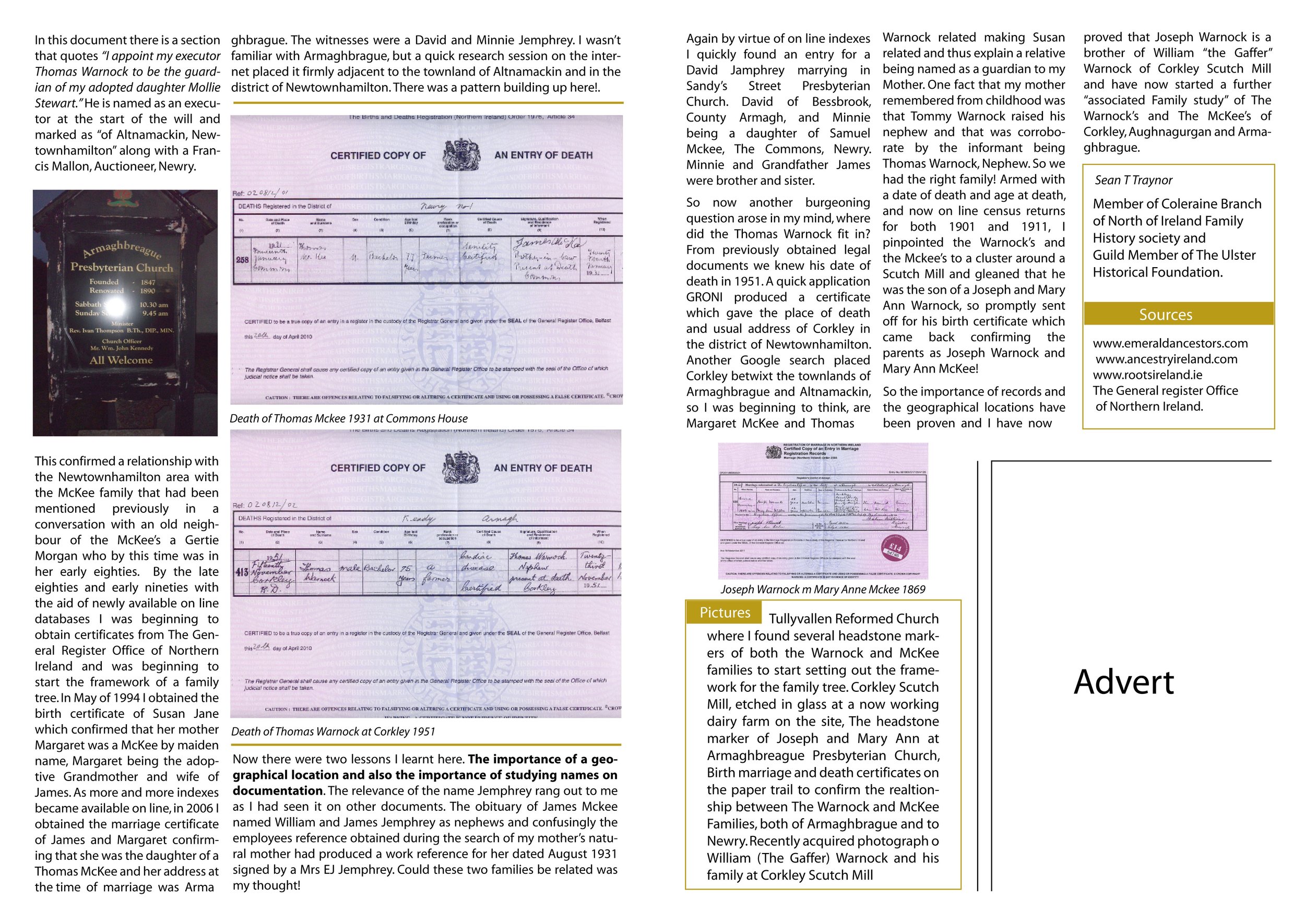
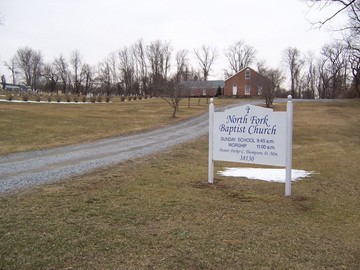
North Fork Baptist Church Cemetery, 38130 N. Fork Road, North Fork, Loudoun County, Va. 20132 USA, is the burial place of Bob’s great-great-great paternal grandparents, Enoch William Francis (1766, Chester, Penn.-1839) and Ann Dulin Francis (1779, Loudoun, Va.-1847).
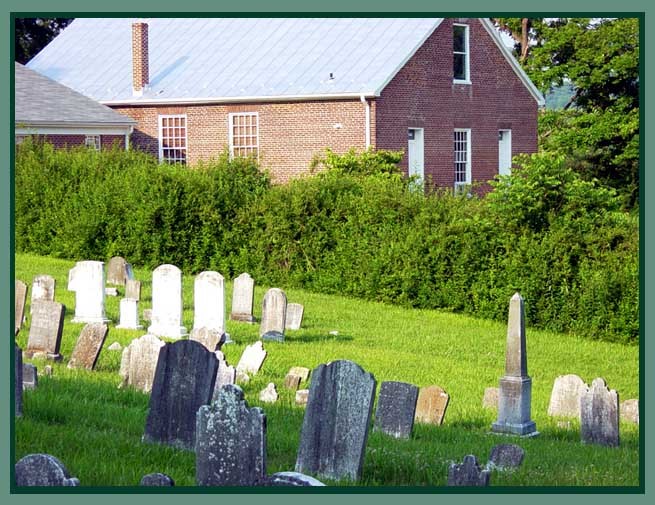
North Fork Baptist Church Cemetery, North Fork, Va.
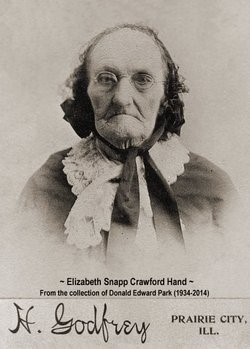
Elizabeth Snapp Crawford Hand (who lived in Neb.) was Bob’s great-great-great grandmother on the paternal side. She was a great-great grandmother to Bob’s father, James William Francis, and a great-grandmother to Charles Howe Francis, father of James William Francis. Her husband was Moses T. Hand (11/4/1801-2/18/1888). His memorial program includes two stanzas of the hymn “Safe in the Arms of Jesus,” which was sung at Bob’s funeral in 1955.
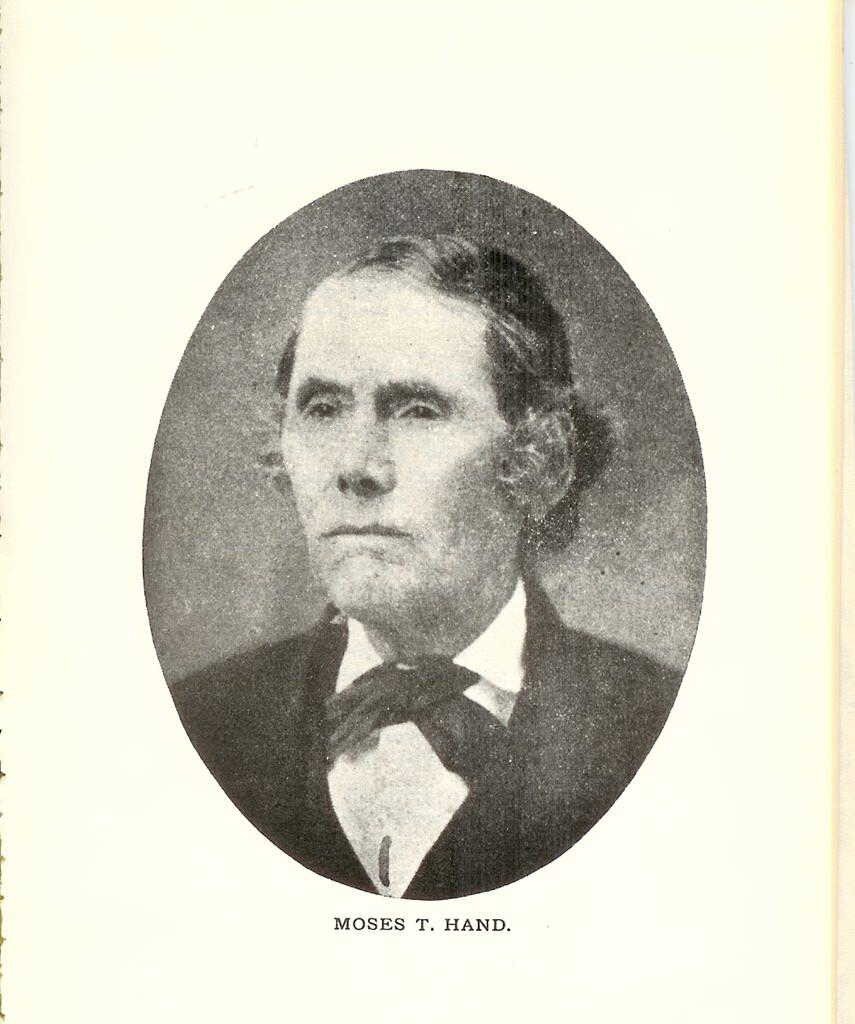

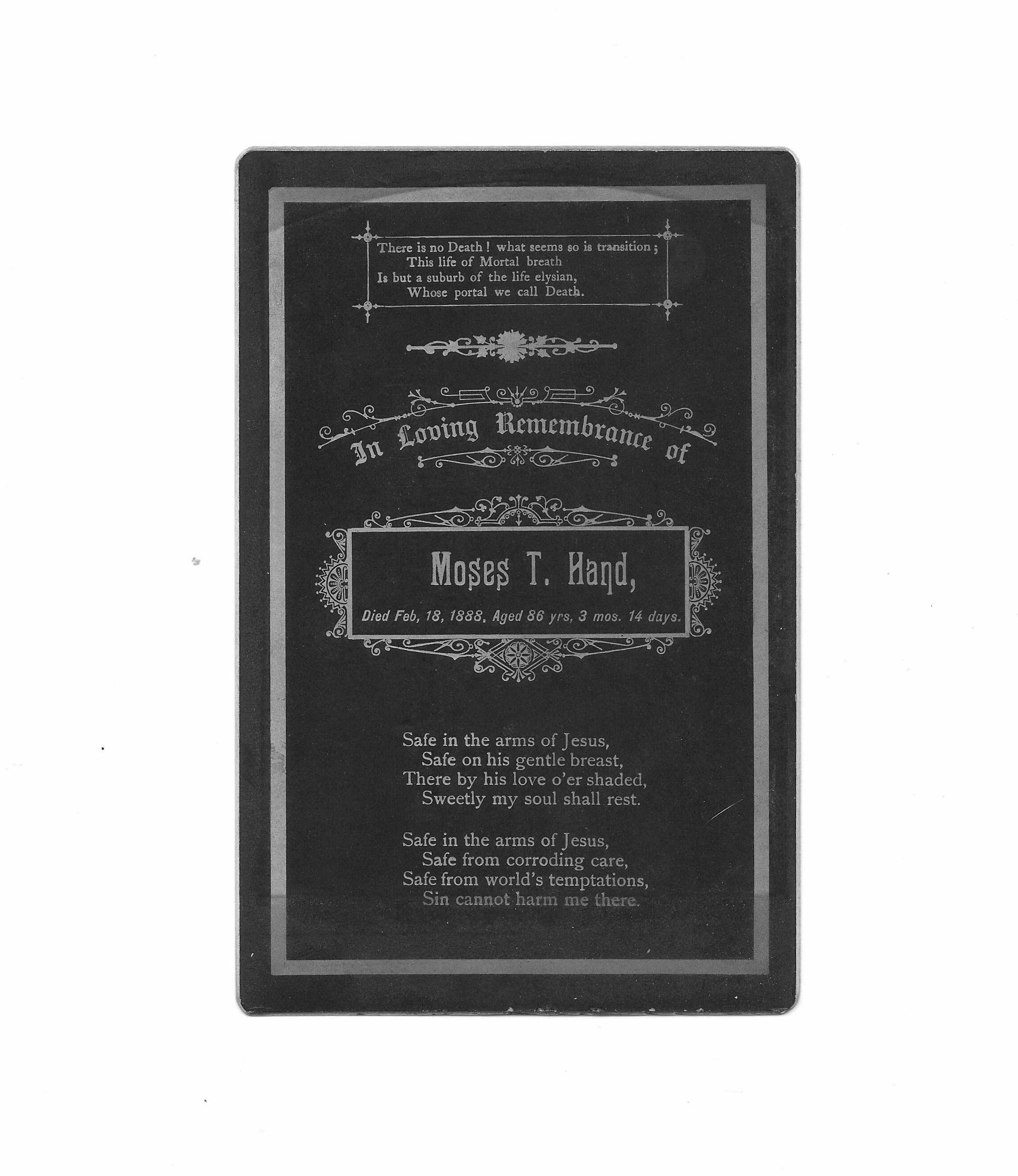
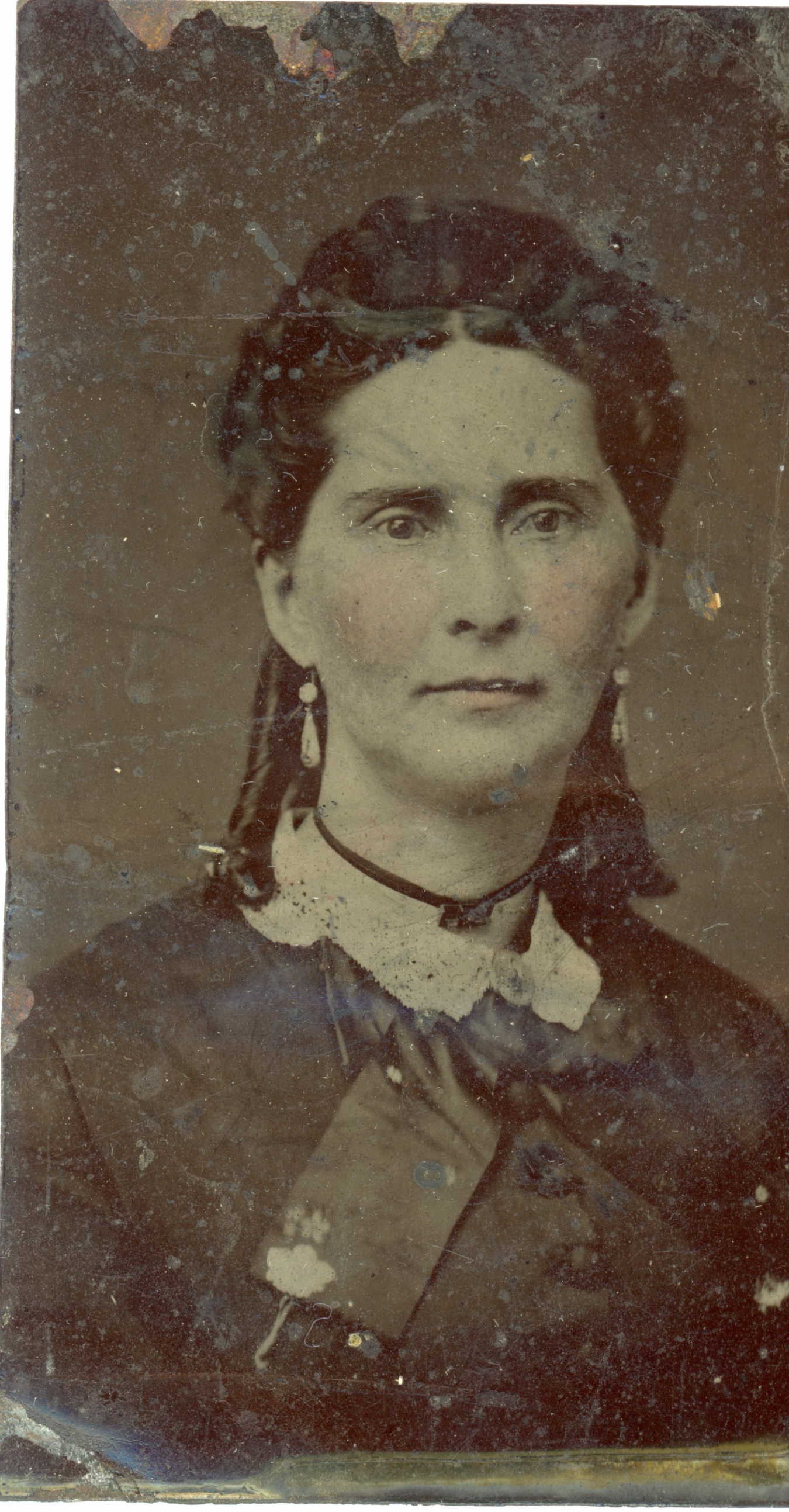
Elizabeth Ankrom Francis (1830, Va.-1890, Seward, Neb.) was Bob’s great grandmother, the mother of Charles Howe Francis, the grandmother of James William Francis.
James Franklin Francis (Aug. 7, 1830, Loudoun County, Va.-June 28, 1883, Seward, Neb.) was Bob’s great-grandfather, the father of Charles Howe Francis, and the grandfather of James William Francis. Wife: Elizabeth Howard Ackrom Francis, 1831-1890. His parents were Elvira Amanda Norton (Nov. 2, 1806-Feb. 16, 1861) and Lewis H. Francis (1802-June 14, 1839).
The information from Find A Grave does not list Charles Howe Francis as one of James Franklin Francis’ children. Assumption: Charles Howe is the fourth child referenced, but not listed.
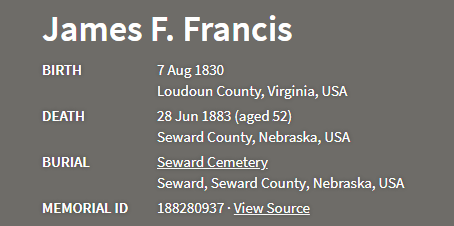
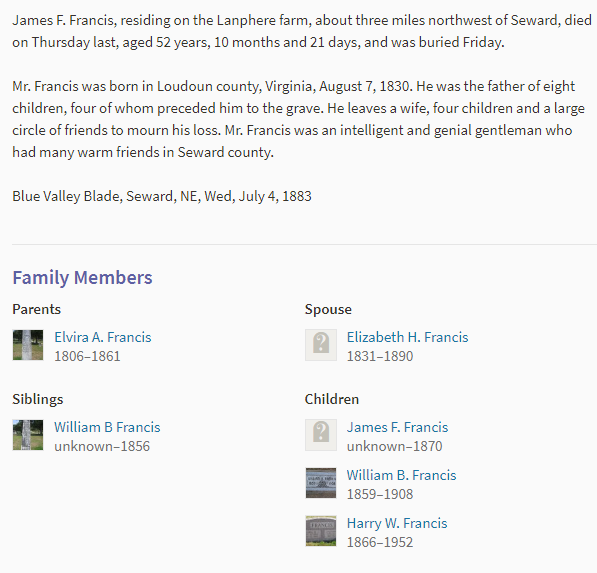
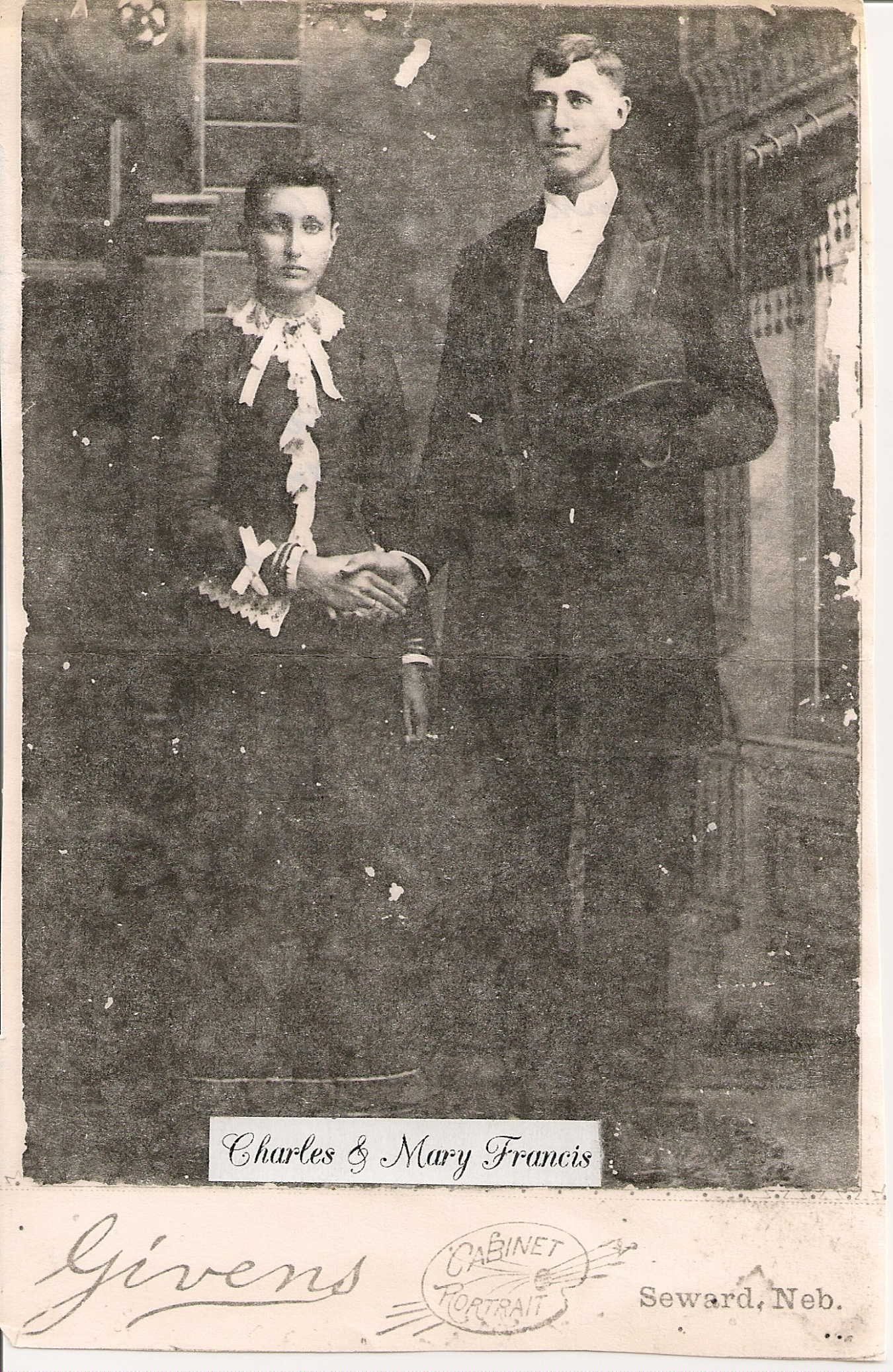
Mary Jane Silver (June 27, 1875, Tamora, Neb.-Dec. 23, 1958, Pasadena, Calif.) and Charles Howe Francis (April 1872, Ill.-Aug. 3, 1939, Pasadena, Calif.) were Bob’s grandparents and the parents of his father, James William Francis, and his aunt, Dora May Francis. Bob was named for his grandfather, Charles Howe Francis; Bob did not like his middle name “Charles.”
See Sidebar Gallery for additional information about the Silver family and other Neb. relatives. Mary Jane’s parents were Anna C, Botts (1854-1924) and John C. Silver (1854-1913).
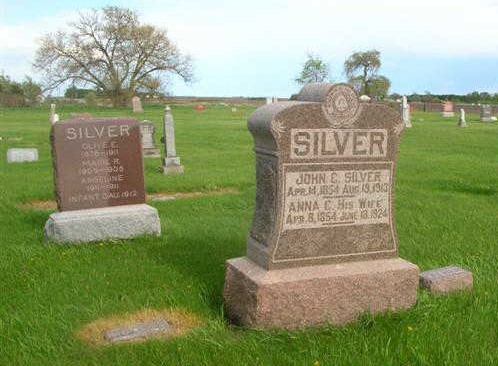
Parents of Mary Jane Silver Francis, wife of Charles Howe Francis, are buried in Tamora, Neb.: Johana (Anna) Cinderella Botts (April 8, 1854, Ind.-June 18, 1924, Seward, Neb.) and John Crawford Silver (April 14, 1854, Ill.-Aug. 19, 1913, Neb.). Bob’s great grandparents (paternal).
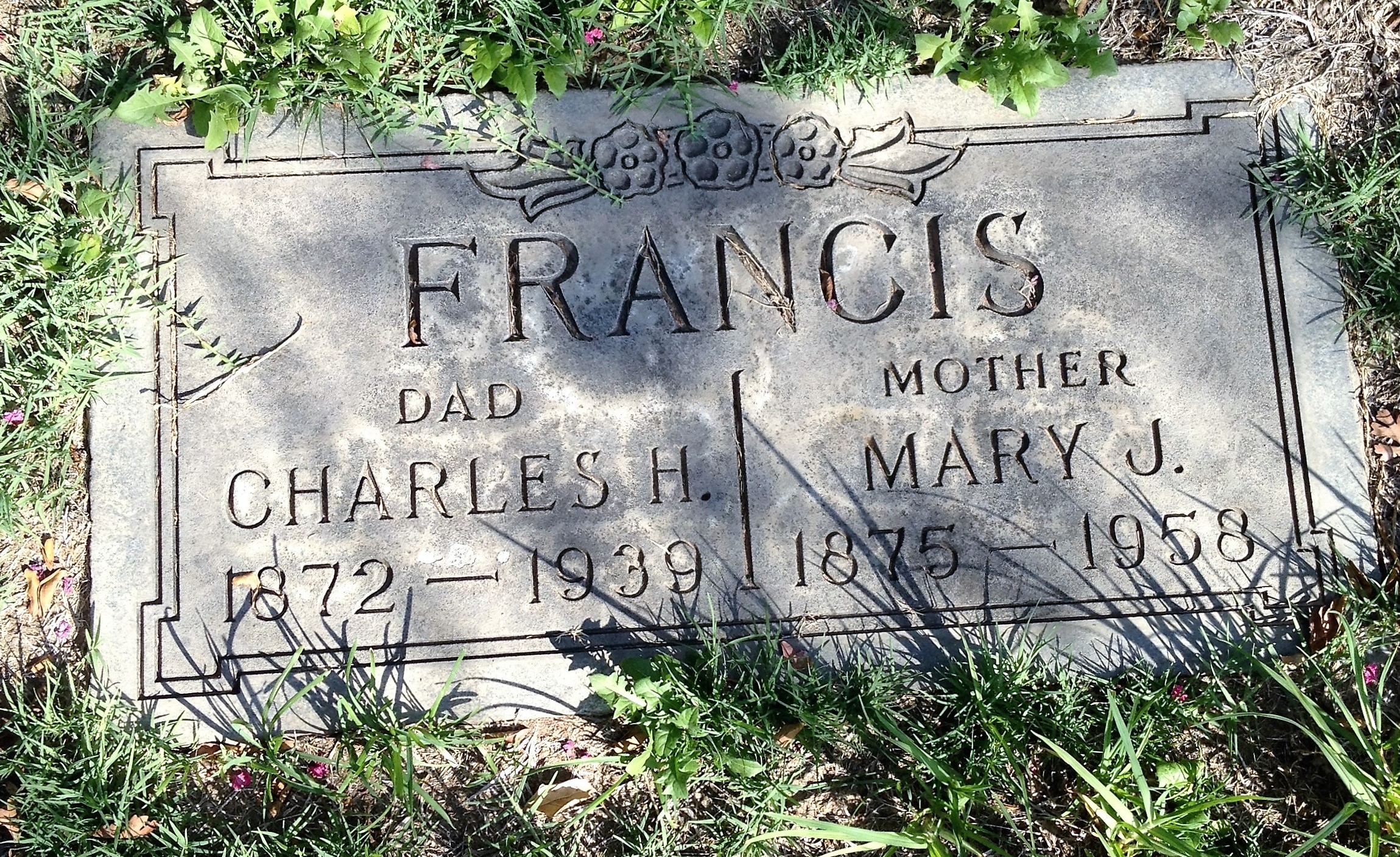
Bob's Paternal Grandparents: Mary Jane Silver and Charles Howe Francis
“Our Francis grandparents never discussed their families. They were kind but always very remote. Grandpa and Nana had two children, Aunt Dora and my dad, Jim. They moved from Des Moines, Iowa, to Pasadena. Nana was a nurse and many years later when I was in nurse’s training a doctor I worked with said she was an ‘exceptionally fine nurse.’
“As children we never saw them often. Grandpa had a younger brother who with Grandpa’s support became a doctor. We saw him and his wife once in Pasadena. They lived in Neb. and had one son who also became a doctor. [See Sidebars for information about these Neb. relatives.] Nana never spoke of her family.”
Source: Lillian Francis Robins, notes, c. 2006.
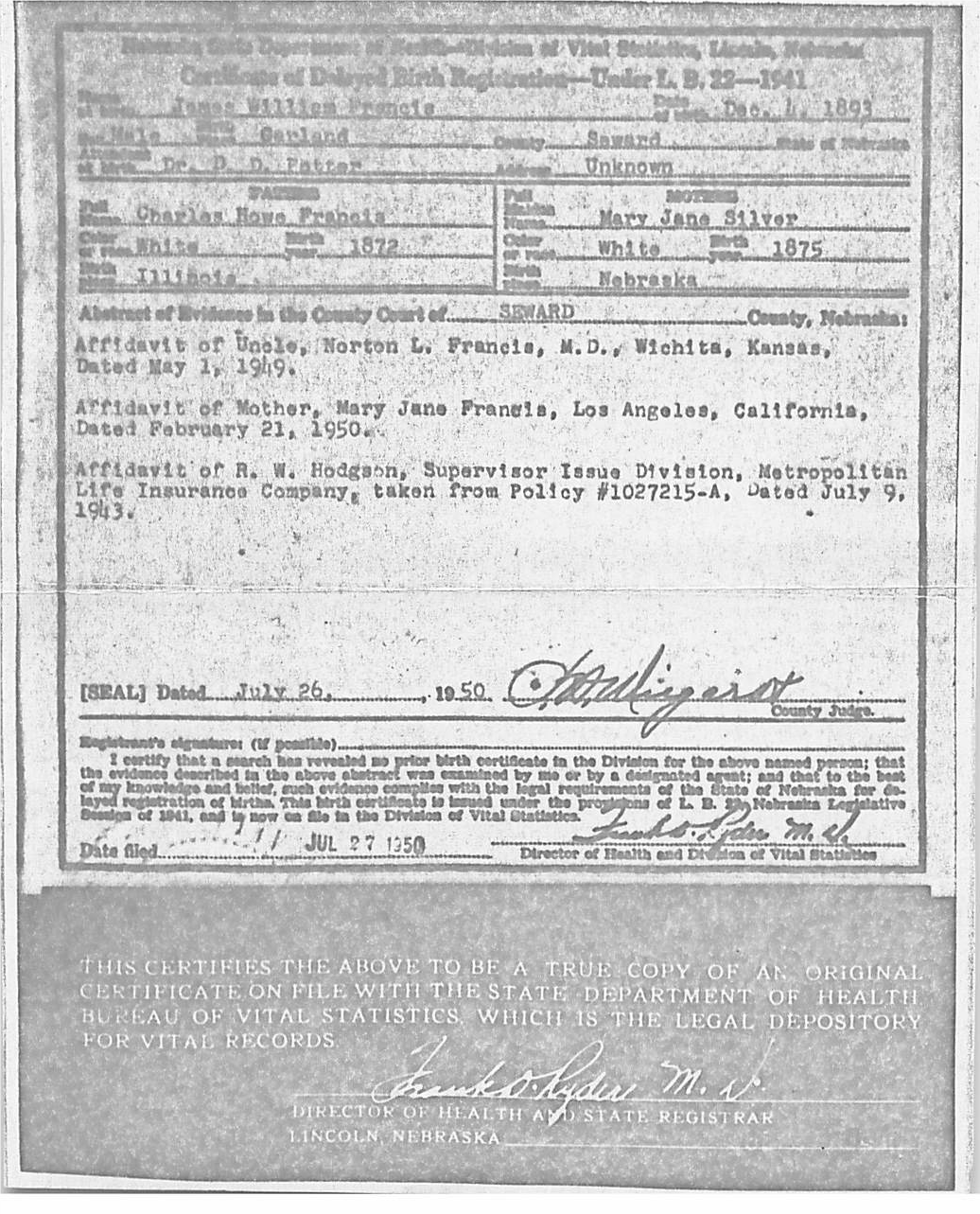
Birth certificate for Bob’s father, James (Jim) William Francis (Dec. 4, 1893, Seward, Neb.-Nov. 13, 1978, Pasadena, Calif.).
Lillian Warnock worked in the telephone office in Pasadena. There she met Dora May Francis who introduced her to her brother, William James Francis, who would become her husband, July 31, 1914. Her sisters, Annie and Minnie, were at the wedding. “Mother sent her wedding dress to Aunt Sarah.”
For the next five years or so, Lillian and Jim did a great deal of camping in the mountains around Pasadena and were members of the local gun club.
“Mother used a 30/30 rifle and was a crack shot. Dad had various guns and was also an expert marksman. He made their bullets and never gave up his love of shooting. At 86 he could hit the target dead center.
“For a number of years many of their local trips seem to include Dad’s parents [Mary Jane and Charles Francis] and his sister Dora. They went to Jackson Hole where Dad worked on a ranch and Mom and Dad finally had a honeymoon alone. They were a happy couple and truly enjoyed their life as early photos showed.
“The next chapter in their lives involved the advent of three children. They were always caring and loving parents, the very best.”
Source: Lillian Francis Robins, interview, May 11, 1991.
“Dad and Mother honeymooned in Jackson Hole. It was in 1914. There’s a picture of them in the Model T. They got it and drove to Salt Lake City. They were going across the Mojave Desert when roads were wooden planks. Then they took a train to Jackson Hole and Dad worked on an elk ranch for three months. Then back to Salt Lake City and home again in the car.”
Source: Bill Francis, interview, Aug. 1992.
[Lillian and Bill differ on when their parents had a honeymoon and went to Jackson Hole. Her account indicates c. 1918, his indicates 1914 shortly after they married.]
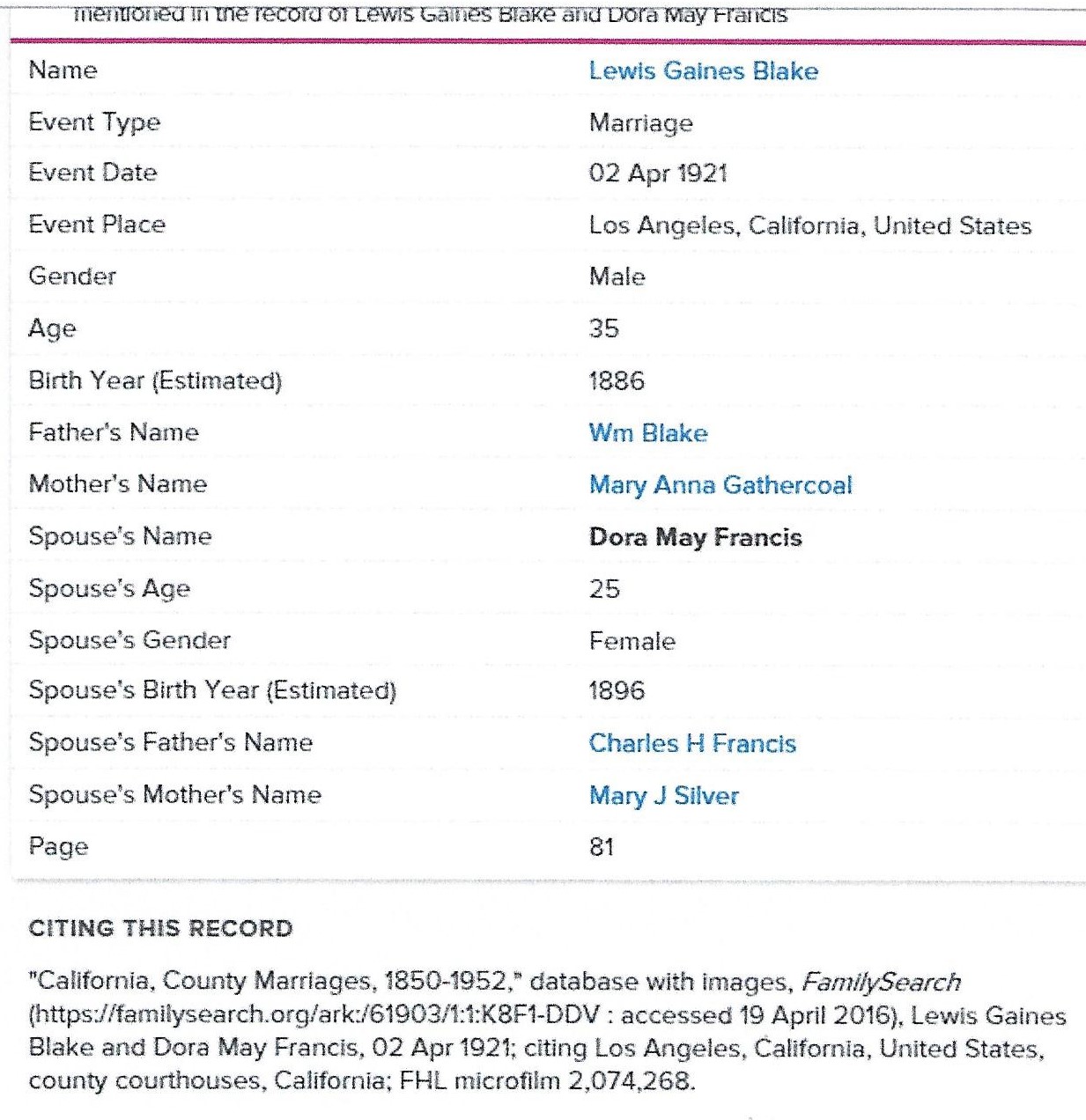
Bob’s Aunt Dora married Lewis Garner Blake (1885-1944) April 2, 1921. She was born Aug. 9, 1895, and died Jan. 9, 1975. They had no children. She was the sister of James William Francis, Bob’s father. She is buried at Mountain View Cemetery and Mausoleum, Altadena, Calif., (Meadows East - Lot 3367, Grave 2) where her parents are buried.
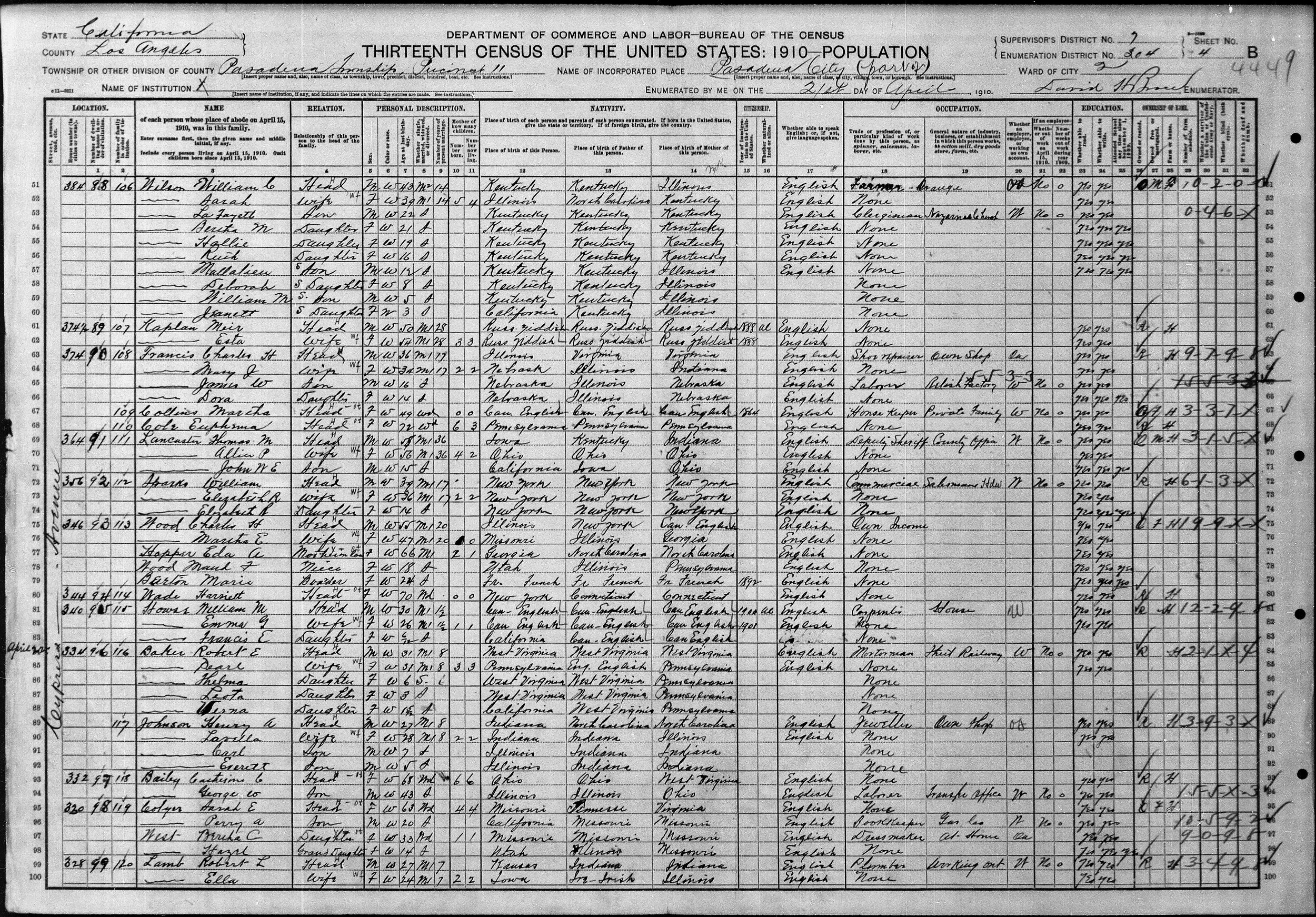
U.S. Census 1910, Pasadena Township, Calif.
Bob’s paternal grandparents, Mary Jane Silver, 34, and Charles Howe Francis, 36; his father, James William (Jim), 16 (born Dec. 4, 1893), and his aunt, Dora May, 14. Listed on lines 63-66. Charles born in Ill.; Jim and Dora born in Neb. Charles had his own shoe repair shop; Jim was a factory laborer (name of factory unclear). Charles, 1872-1939, died when Bob was nine. Mary, 1875-1958, died three years after Bob. Dora, 1895-1975, married Lewis G. Blake, 1885-1944. No children. Most of the people listed here evidently lived on Cypress Avenue in Pasadena.
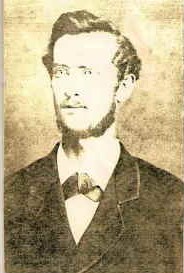
Norton Lewis Francis (July 4, 1853, Oquawka, Ill.-Sept. 9, 1924? or June 1922?, Pasadena, Calif.) was the brother of Bob’s grandfather, Charles Howe Francis. Thus, he was an uncle to Bob’s father, James William Francis, and a great-uncle to Bob and his siblings. His father James and his mother Elizabeth were both 22 when he was born. He married Luna C. Purcell and fathered a daughter. He then married Ora ? in 1894. He became a doctor and lived in Wichita, Kan. See birth certificate for James William Francis, Bob’s father.

Information about Pasadena, Calif., from Pasadena City College A History Commissioned on the Occasion of the Seventy-fifth Anniversary, 2002.
This publication provides historical information about the college and the city in which it resides.
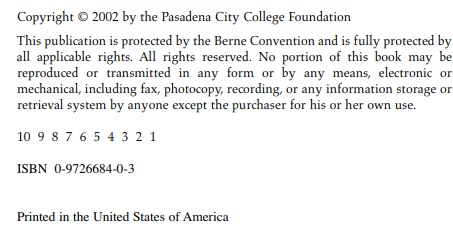
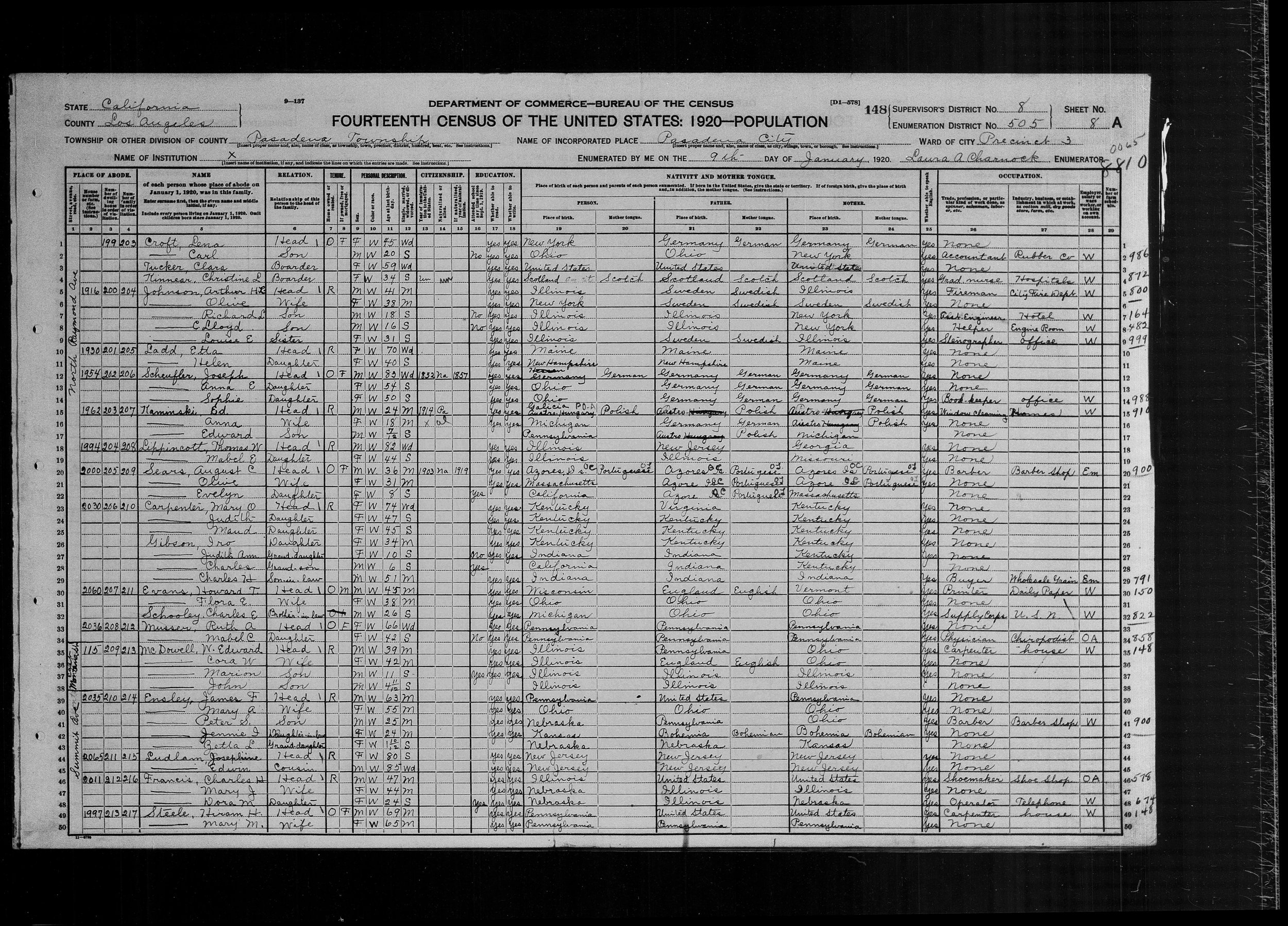
U.S. Census 1920, Pasadena Township, Los Angeles, Calif.
Bob’s grandfather Charles, 47, continues as a shoemaker. He, Mary, 44, and Dora, 24, now a telephone operator, live at the same address. Jim, Bob’s father, has by now married Lillian Frances Warnock (July 31, 1914) and established his own home and is the father of a daughter, Lillian Jean, June 3, 1919-Sept. 19, 2018. Their son, James William Francis, Jr., was born Oct. 6, 1920, died Nov. 15, 2010.
“Lillian June Francis (the June was changed to Jean) was born June 3, 1919. All three births were very difficult for Mother and her life was precarious on two occasions. I apparently was not expected to survive…Grandmother Francis (Nana) was a nurse so she was a big help. Bill made his debut Oct. 6, 1920.
“As babies Dad and Mom took us camping and Sundays were spent at Santa Monica Beach. Dad put up the tepee-type tent where we could nap. We loved playing in the surf, building sand castles, and walks along the beach…in those early years (the beach) was quite deserted. On many occasions Uncle Tommy came with us. Happy years. He was a wonderful, fun uncle.”
Source: Lillian Francis Robins, notes, c. 2006
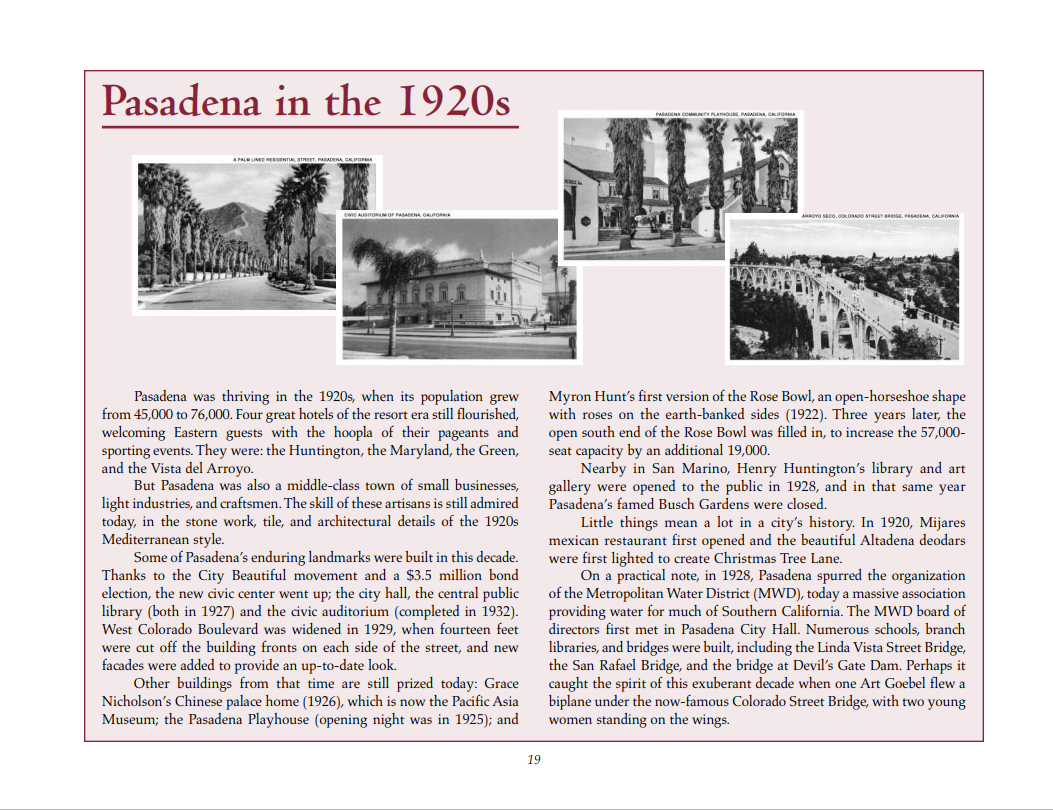
Source: Pasadena City College A History Commissioned on the Occasion of the Seventy-fifth Anniversary, 2002.
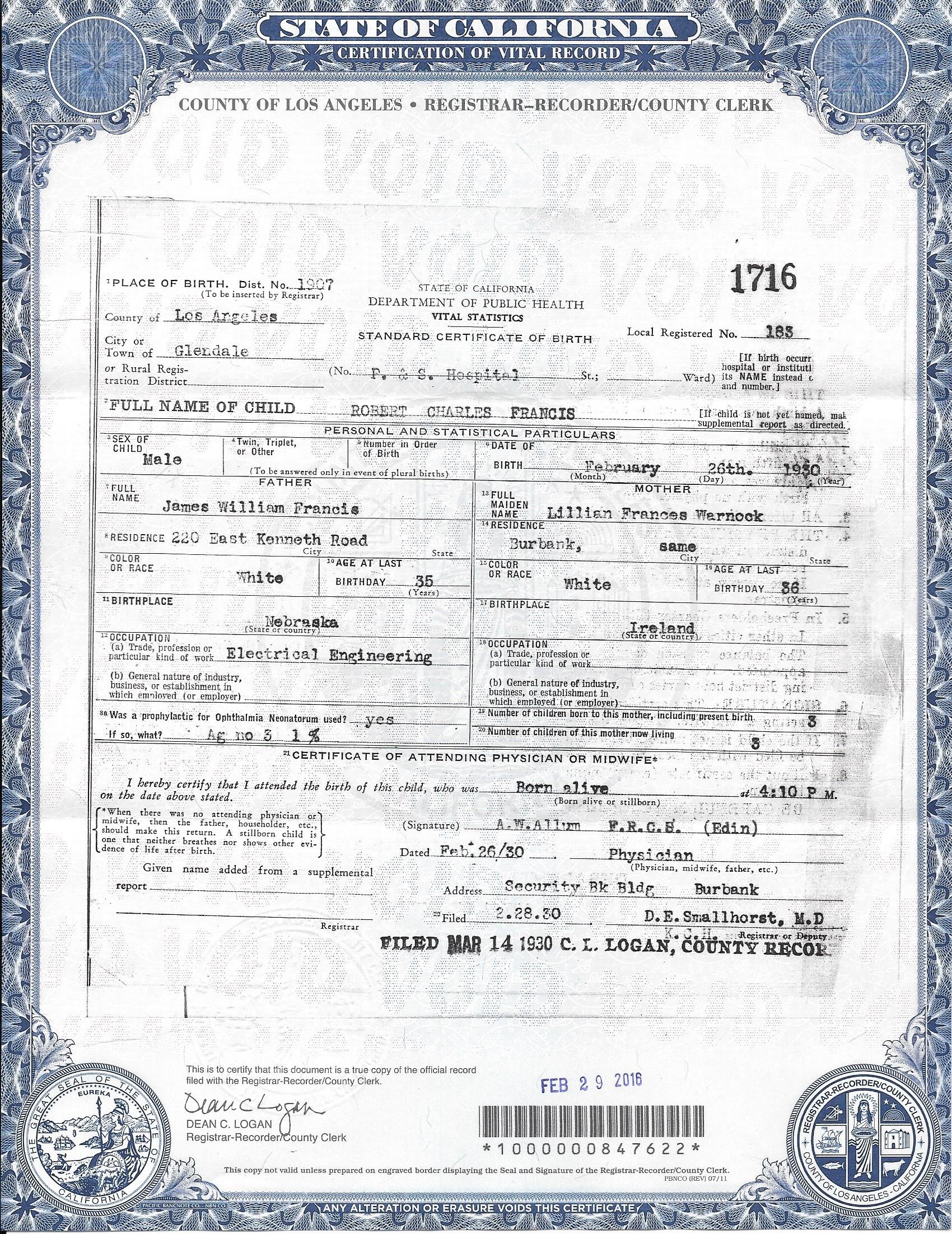
Robert Charles Francis born Feb. 26, 1930
When Bob was born, his parents and siblings, Lillian and Bill, lived at 220 E. Kenneth Road, Glendale, Calif., not far from their relatives in Pasadena. Bob’s mother’s age is listed as 34 which is incorrect. She was born April 12, 1888, making her five years older than her husband. She hid her real birth date from her children for many years. Her birthplace is listed as Mass., but she was born in Ireland. Her father was from England and her mother was from Scotland. Based on comments from her daughter, the pregnancy and birth were difficult. She was almost 42 years of age and Bob was most likely a surprise baby. Daughter Lillian recalled her mother’s postpartum health issues keeping her in bed and weak for some time; she may have suffered postpartum depression. Lillian, almost 11, helped her mother with Bob a good deal; in some ways, she was not just a big sister, but also a mother and Bob’s first friend.
“We have some old things like marriage certificates. I will have to find them, but she (Lillian Warnock Francis) has changed the date. It was very obvious to look at it. Later, after having lived with this deception for so many years, it caught up with her on Social Security. That put her in a decline. She was never the same after that. It was because she washed her mind of it. She made herself that age.”
Source: Betty Jeans Francis, interview, Aug. 1992.

U.S. Census 1930, Pasadena, Calif..
Jim, now 34 (35 on Bob’s birth certificate), is an electrical engineer. Bob is 6 months old, his sister is 10, and his brother is 9. His mother’s age is listed as 34 (36 on Bob’s birth certificate); neither is correct, nor is her listed birthplace. She was born April 12, 1888, and was 41 when Bob was born.
Bob’s father worked at the Grand Central Air Terminal in Glendale, Los Angeles’ main airport in the 1920s. Today the airport is part of the Disney Grand Central Creative Campus, which includes Walt Disney Imagineering and Disney Interactive, among other divisions — and has been restored to capture Architect Henry L. Gogerty’s original design for the airport and control tower. He combined Spanish Colonial Revival with Art Deco and Streamline Moderne influences.
Bob’s plane crash occurred at the Lockheed Air Terminal in Burbank. That airport which opened on Memorial Day weekend, 1930, has had several names over the years: United Airport (1930–1934), Union Air Terminal (1934–1940), Lockheed Air Terminal (1940–1967), Hollywood-Burbank Airport (1967–1978), Burbank-Glendale-Pasadena Airport (1978–2003), Bob Hope Airport (since 2003 as the legal name), and in 2017 was rebranded as Hollywood Burbank Airport due to the lack of recognition of Bob Hope Airport's geographic region.
“Dad had a job at Grand Central Air Terminal. [c. 1929-1930] They finished that and he went over to Lockheed Air Terminal which became United Air Terminal. It was almost a year that we lived in a motel.
“I can remember the night we moved back to Pasadena. Bob cried. Mother could not figure out what was the matter with him. I will never forget that screaming and hollering.”
Source: Bill Francis, interview, Aug. 1992.

Bob's first home
Above and Below: 220 S. Kenneth Road, Burbank, Calif. Two photos c. 2012.
“We lived in Burbank a year and Dad was an electrician working in L.A. until 1929. Then he got a job at Grand Central Air Terminal in Glendale. Then, when that was finished, he went over to United Air Terminal in Burbank in 1930.
“They built the house (at 212 S. Grand Oaks Ave. in Pasadena), then they rented it. We lived up on Casita St. I went to kindergarten there [c. 1925], then we moved to another house they bought prior to the Depression and we lived in a small house. I went to elementary school at Willard for the second, third, and fourth grades.
“We moved back there (212) in the summer of 1930, so Bob was just an infant, two or three months old. He cried all the way.”
Source: Bill Francis, interview, Aug. 1992.
[Bill’s information about where the family lived in the 1920s and when they moved from one house to another is somewhat different from his sister Lillian’s recollections. Also, Bill says the move to 212 was in 1930; Lillian says the move was c. 1933.]
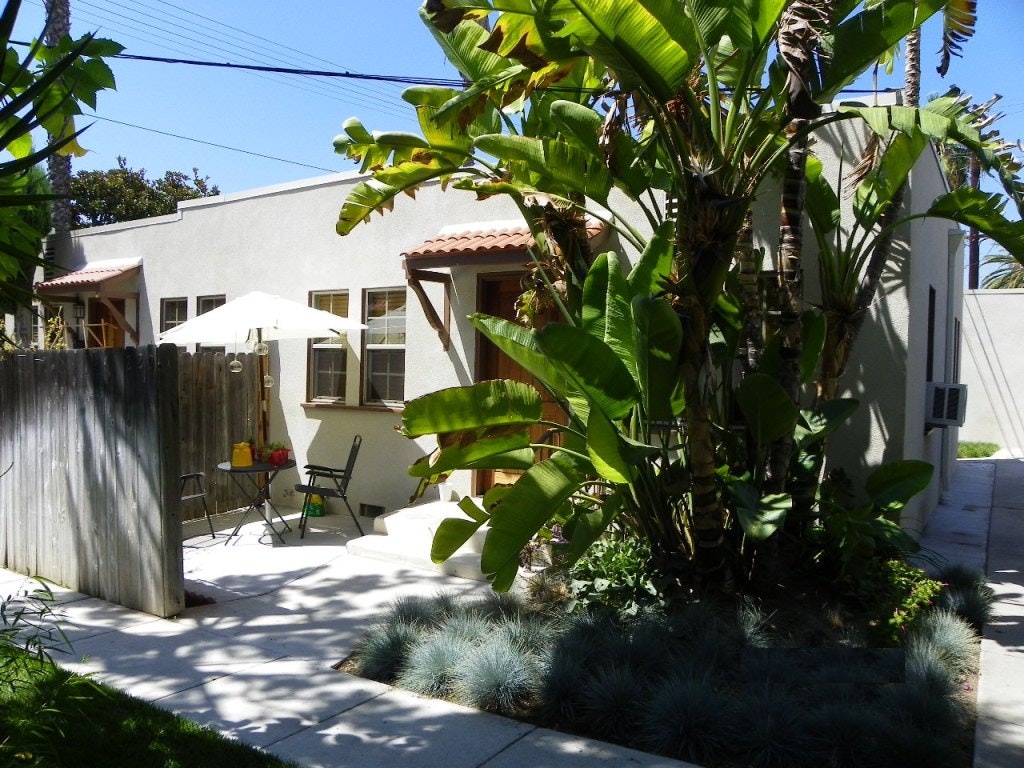

"Bob Francis" by Kirtley Baskett, Modern Screen, Aug. 1954
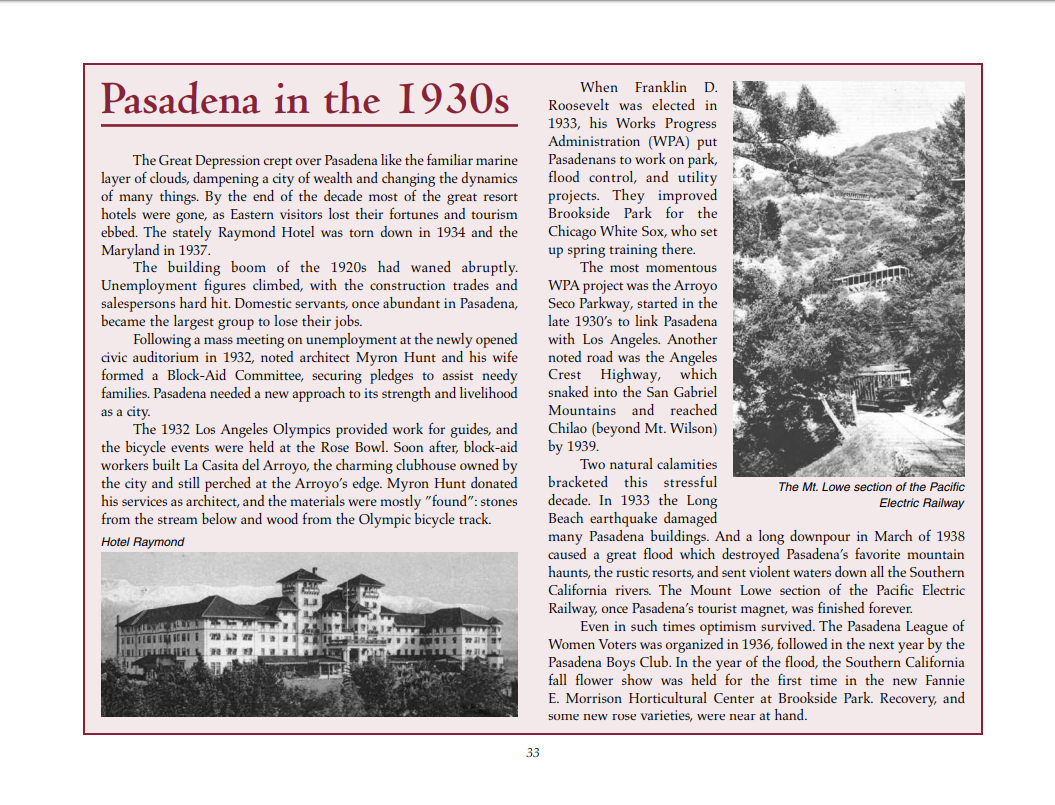
Source: Pasadena City College A History Commissioned on the Occasion of the Seventy-fifth Anniversary, 2002.
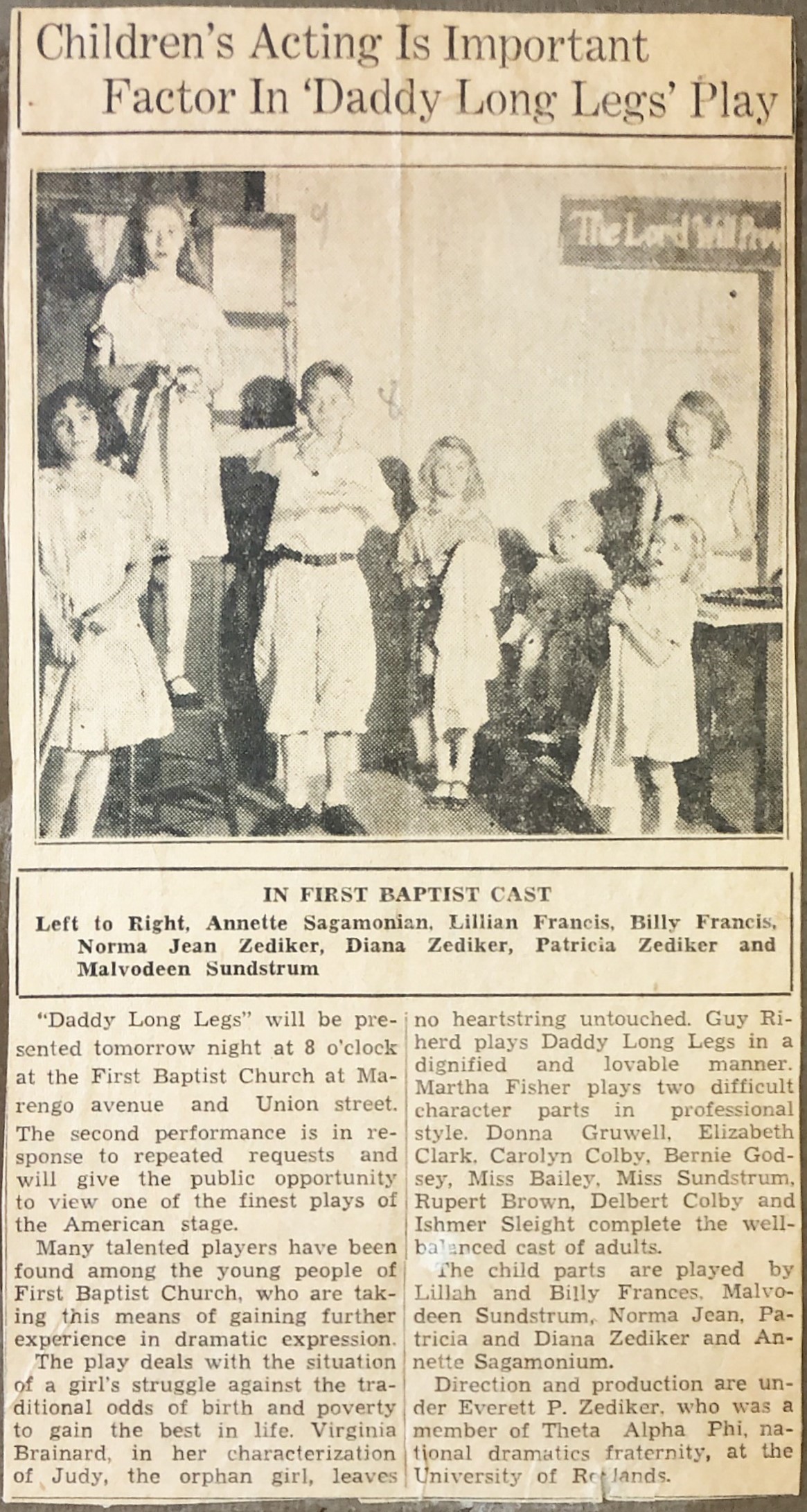
Lillian Jean Francis (Robins) and James William Francis, Jr.
Bob and his siblings were active at the First Baptist Church of Pasadena. Lillian and Bill participated in various theatrical activities sponsored by the church. Their father, Jim, was the leader of the Boy Scouts troop at the church. Bill and Bob were both Scouts. Bob did not participate in any dramatic activities until he began working with Botomi Schneider (and her husband Benno) in 1949-1950. Lillian’s husband, Alexander (Sandy) Robins, called her “Fran” after their marriage to distinguish her from her mother, Lillian.
Newspaper clippings may be from the Pasadena Star-News. The Robins Family Collection.
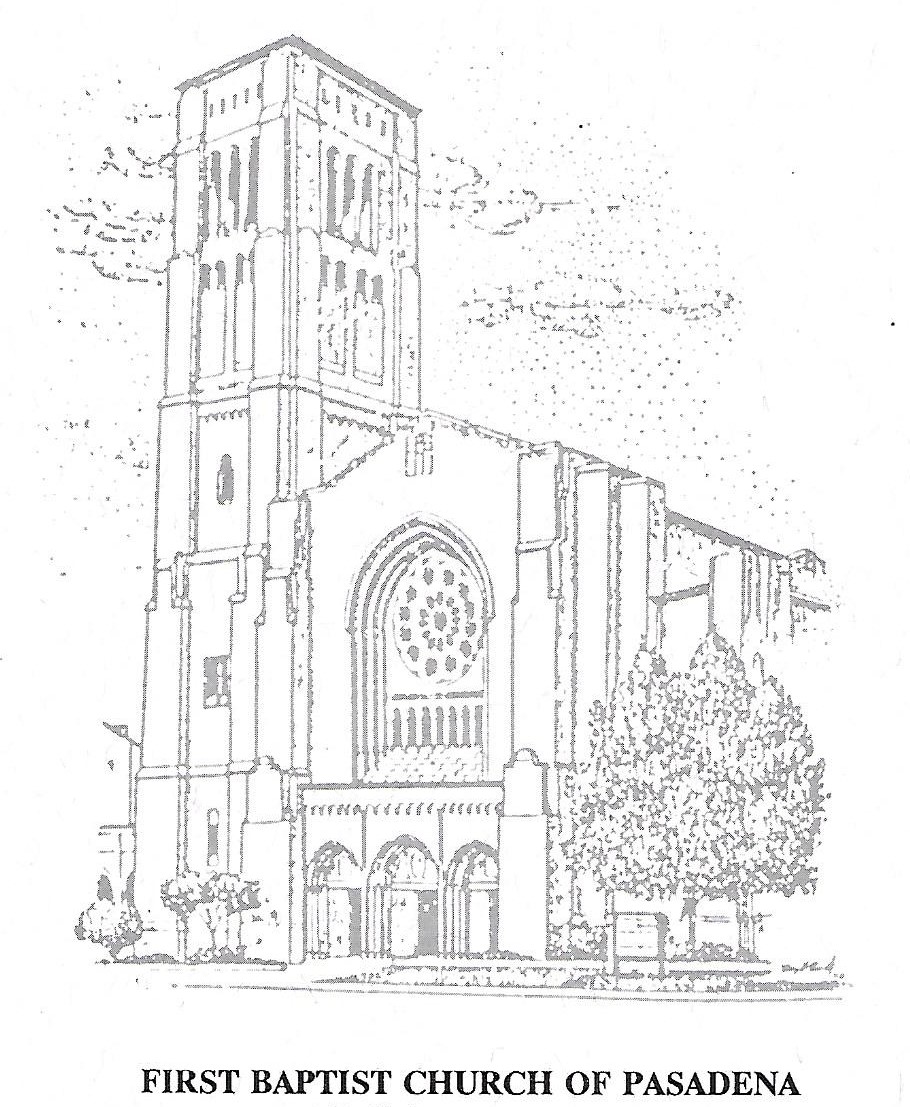
Bob’s father, Jim, joined First Baptist Church on June 24, 1925. He was a member at the time of his death Nov. 13, 1978.
Many years later, someone who remembered Jim at the church said, “It was his fierce handshake. You had to be very careful shaking hands with Jim Francis or you would find yourself going to the doctor the next day.”
“Dad never smoked, never swore, never took a drink. He was a deacon at the Baptist Church.
“I was still going to the Boy Scout meetings when I was seventeen.”
Source: Bill Francis, interview, Aug. 1992.
“I don’t think Bob was subjected to as much of that as Bill was. He didn’t have to go to the First Baptist Church all the time or anything. It was kind of different.”
Source: Betty Jeans Francis, interview, Aug. 1992.

Date of production, c. early 1930s
Lillian looks to be about 12 and Billy (Bill) looks to be about 11. They were born 16 months apart in 1919 and 1920. Lillian, June 3, 1919-Sept. 19, 2018; Bill, Oct. 6, 1920-Nov. 15, 2008.
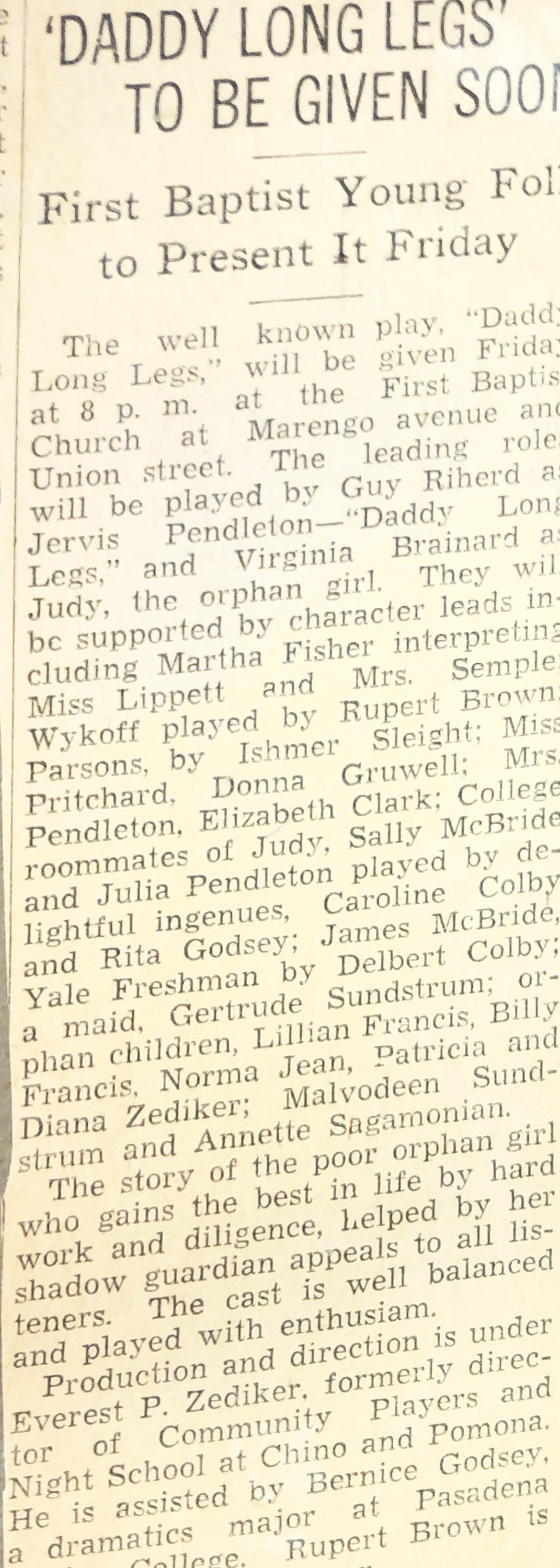

"Bob Francis" by Kirtley Baskett, Modern Screen, Aug. 1954
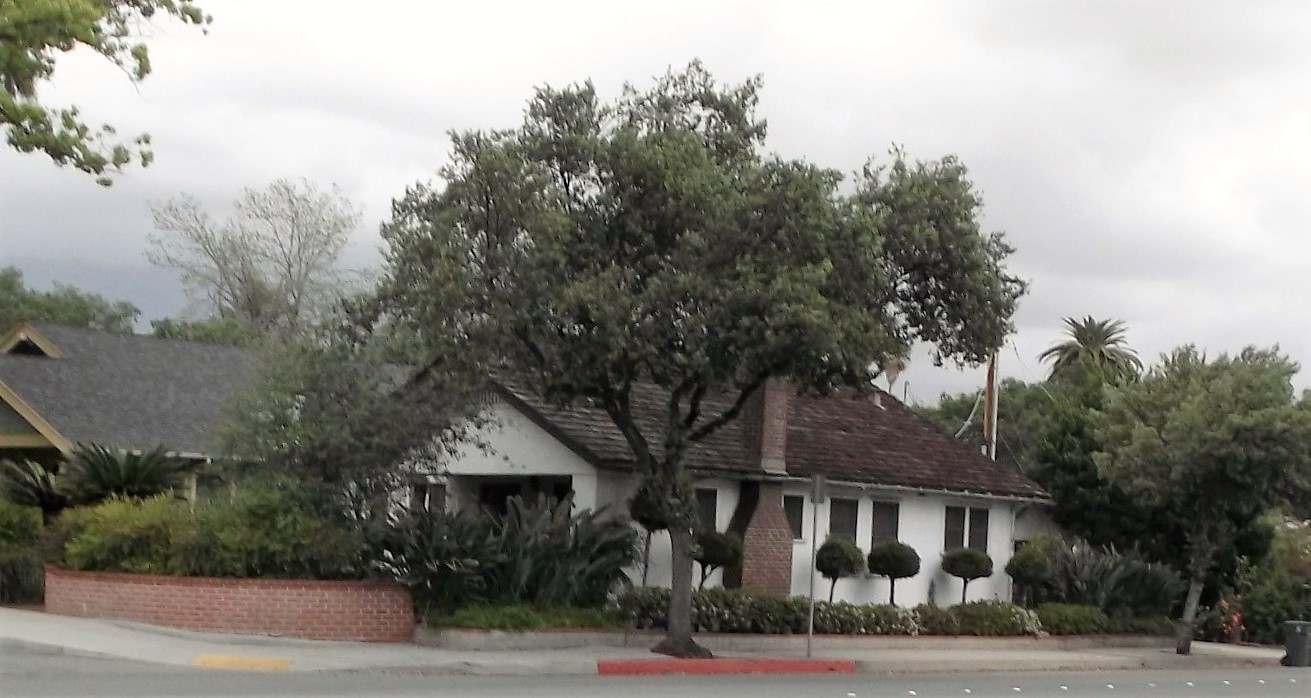
Where Bob grew up: 212 Grand Oaks Ave., Pasadena, Calif.
Bob, his parents, and his siblings lived here from early 1930s. Bob lived here until a few months before his death when he leased an apartment in West Hollywood. The house was sold in the 1980s, after his mother’s death. This and two additional photos, c. 2017. The side street is East Del Mar Blvd. The street was widened after the Francis family lived there; earlier, there was more of a side yard on the Del Mar side.
In an interview with Bob’s brother in 1991, Bill said his father built the house on S. Grand Oaks Ave. in 1919, but lived in a house farther east in Pasadena until losing his job in the early years of the Depression. They needed to move and then occupied 212.
“While Bill and I were small we lived on the corner of Grand Oaks and Blanche (now Del Mar) with orange groves all around. Bill and I used to wander through the orchards and I don’t know how many little white hats we buried — that Mom wanted us to wear to protect our faces. (She was wise beyond her years.) We never remembered where we buried the hats.
“Dad and Mom owned another home in East Pasadena and in the next few years as the Depression took effect we moved from the Grand Oaks house to the smaller house on Alameda St.
[Note Lillian’s narrative differs from Bill’s re the houses they lived in during this time period.]
“This Alameda St. house was in a fairly new area with vineyards nearby and a wonderful wild area with cliffs that Bill and I played on. We weren’t supposed to be there, but Mom always knew because our clothes smelled of sage brush.
“Times were tight and Mom had a part time job as assistant manager of a furniture store on Fair Oaks. Dad was a very fine electrician and in that era you went where there was work.
[The memories of the Alameda St. house seem more appropriate to the 1920s rather than in the Depression years in the 1930s. The narrative thread in other accounts indicates a move from Glendale to 212 S. Grand Oaks Ave. c. 1933 when Bob was about three-years old. Bill thinks they moved in 1930 when Bob was a few months old.]
“Mom was a wonderful gardener and she kept a beautiful yard complete with a fish pond, small trees and flowers. I remember from the nearby vineyard, we got the large juicy purple grapes and Mother made grape juice. One batch became quite potent and Bill and I sat on the back step and giggled a lot.
“We moved from this house (on Alameda St.) to a house in the west end of Pasadena and near our school. At this time Dad had to have a mastoid operation which probably affected his hearing in later life.
“One night a huge warehouse about a mile from our house burned and it made everything bright red. Flames shooting high, sirens screaming - it was a scary, impressive sight.
“Dad’s work took us to Burbank where he worked at the building of the new Burbank airport where 26 years later Bob’s plane would crash. [This is c. 1929-1930 before Bob’s birth.] On Sundays we would leave Mother in the waiting room to ‘people watch’ while Dad took us to the hangers to see the planes closeup. [This would have been post-1930.] My dream of piloting a plane became a reality during the WWII years when Sandy was stationed in Jacksonville, Fla.
“During this Burbank time we made a trip to San Francisco to visit Aunt Annie and meet Uncle Jim (McClure). We drove up and at one point Dad needed to sleep so we pulled off the road and parked. Suddenly, a bright light lit up all around us and a train thundered by. We had parked only yards from the tracks. It was a real WOW experience.
“On this visit Aunt Annie and Mom received a telegram telling them their mother had died in Armagh [this would place her death in 1929, not 1925]. They were devastated. Dad took Bill and me out for a ferry boat ride, so they could be alone. It was a shock for them and, as I recall hearing at a later date, their father had died only a year or so later. [He died in 1930.]
“While in Burbank Mom became pregnant with Bobby. She was terribly ill all the time and then she received news that Aunt Annie was very ill in the hospital. We again took off for San Francisco. It was freezing cold. We only felt warm when we could see the smudge pots burning under the miles and miles of orange trees to keep the trees from freezing. Aunt Annie died some months before Bobby was born. A very difficult time for all as Mom almost died. A few months later we moved back to our original home in Pasadena [this places the move in 1930, not 1933].
“Our schooling for the most part was in Pasadena from kindergarten through high school. Our school was near our house. I remember playing baseball there. Dad was the manager of a baseball team and on Sundays we would go to Brookside Park where the Rose Bowl now stands and watch the games. Dad was really into baseball all his life.”
Sources: Bill Francis, interview, 1991. Lillian Francis Robins, notes, c. 2006
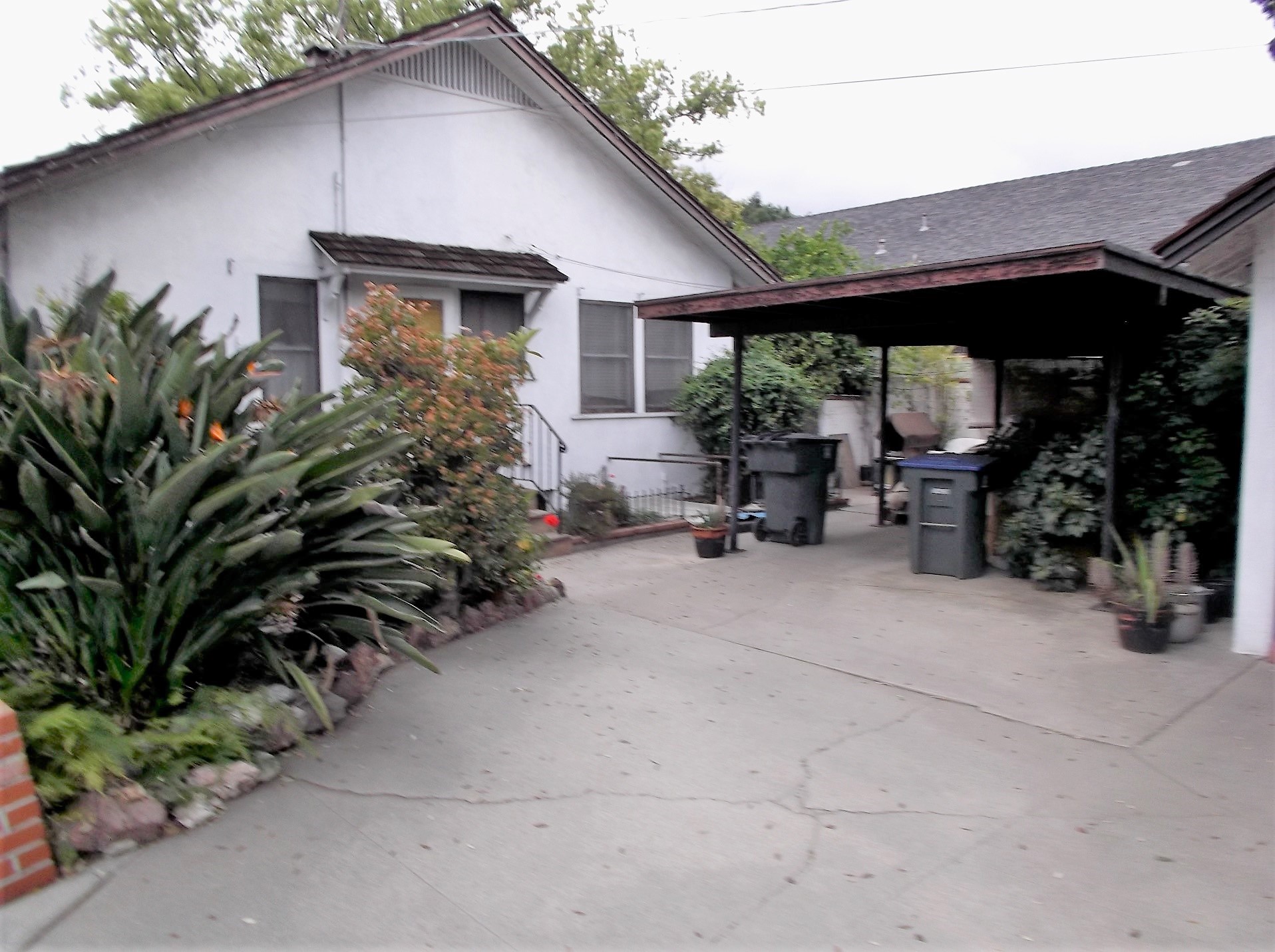

Bob's World, 1930-1949
Addresses based on 1940 U.S. Census. The map is c. 2019. Before 1940 there were no freeways*. Pasadena was a “small town” in the San Gabriel Valley, about 10 miles from downtown Los Angeles. The population between 1930 and 1950 grew from about 75,000 people to a little more than 100,000. Members of the Francis and Warnock families lived relatively close to 212 S. Grand Oaks Ave. The reference to Audrey Pearl Schneider and her children will be explored later in this Biography section.
*The Arroyo Seco Parkway, also known as the Pasadena Freeway, is the first freeway to be built in the United States. It connects Los Angeles with Pasadena alongside the Arroyo Seco seasonal river. It is notable not only for being the first, mostly opened in 1940, but for representing the transitional phase between early parkways and modern freeways...it now carries the designation State Route 110, not historic U.S. Route 66. - https://www.wikipedia.org/ (In recent years its original name, Arroyo Seco Parkway, has been reclaimed.)
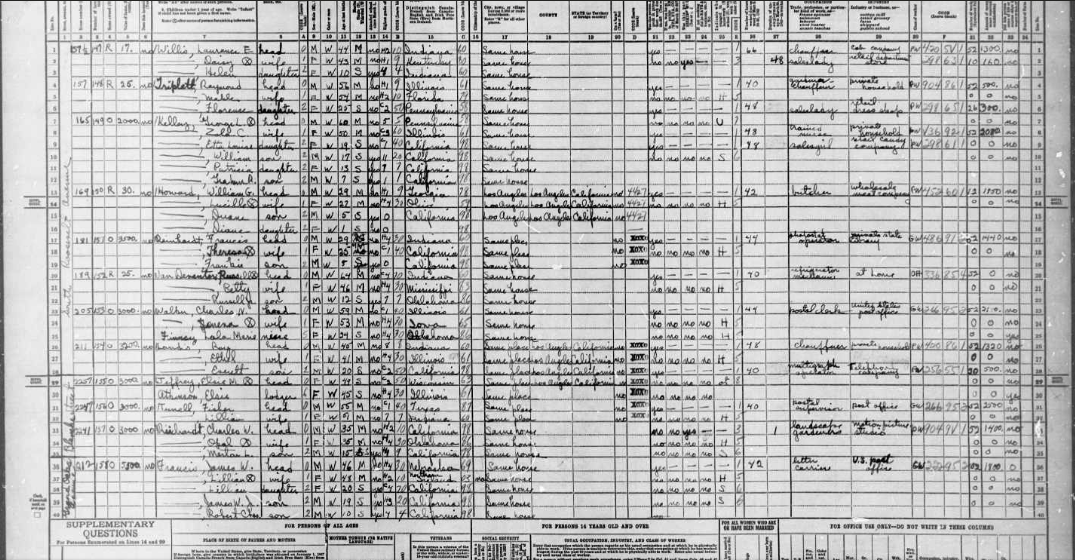
U.S. Census 1940, Pasadena, Los Angeles, Calif.
Bob was 10, brother Bill was 19, sister Lillian was 20. Mother Lillian’s age is incorrect; she turned 52 in 1940. By this time Bob’s father had started a long career as a mailman in an area not far from Pasadena, San Marino, Calif., for the U.S. Postal Service.

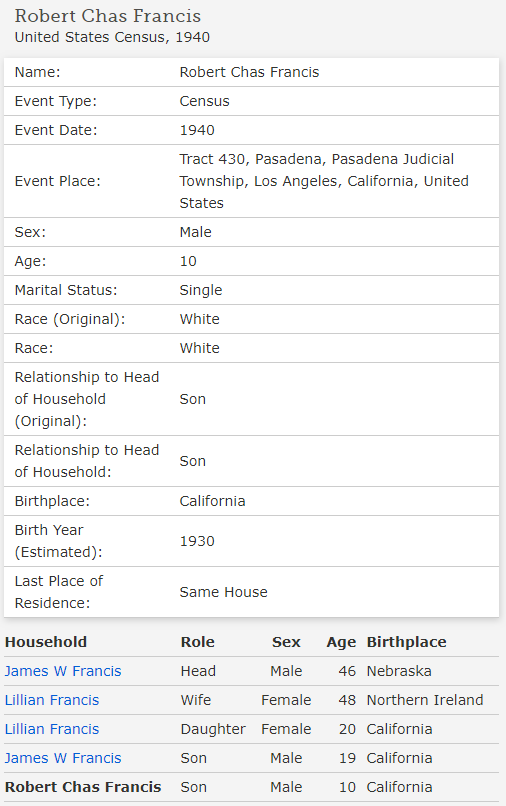
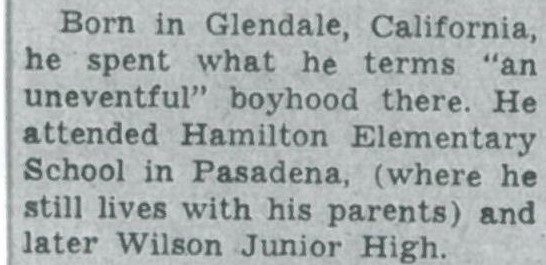
“Glendale Lad Makes Good Hard-Headed ‘Cinderella' Boy’’ by Terry Shannon, The Southern California Forum, Friday, May 21, 1954

Hamilton Elementary School, c. 2019
Bob attended 1-6 grades here (c. 1936-1942), just a few blocks west of 212 S. Grand Oaks Ave. on Del Mar Blvd. and Craig.
His sister Lillian’s memories:
“There was a house across the street from the school where there were two goats. Bill and I thought they ate cans. We didn’t feed them, but we got to pet them.
“I remember the principal was Mr. Hall and my sixth grade teacher was Miss Toy…the next school I would be going to would be John Marshall Junior High School up on Allen Ave. Bill was still in grammar school, about a year behind me. ..The principal was very old to my very young eyes and his dentures clicked as he talked. One of my teachers here remembered having Dad as a student. Classes then were fantastic (I realize now): history, civics, a planned gym curriculum, math, geography, etc. My school years were really learning ones and as I always planned to be a doctor — changed to being a nurse — my program was laid out for me.
“Dad and Aunt Dora went to Pasadena High School which became Pasadena City College. We went to Pasadena City College for the eleventh and twelfth grades, and then two years of college for the thirteenth and fourteenth years.
“Graduation from junior high was in the Rose Bowl. The Bulldog Band played and students from all four junior highs participated.
“We were growing up into a new way of life. Wonderful, wonderful years…WW II changed our lives.”
Source: Lillian Francis Robins, notes, c. 2006
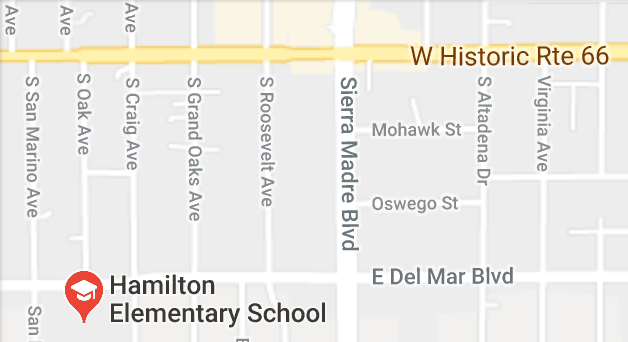
Bob was educated in the years when Pasadena used the 6-4-4 structure for its educational programs: 1-6 grades/elementary, 7-10 grades, junior high school; 11 and 12 grades, high school; 13 and 14 grades, junior college (=freshman/sophomore years) before attending four-year institutions for junior and senior years.
Source: Pasadena City College A History Commissioned on the Occasion of the Seventy-fifth Anniversary, 2002.

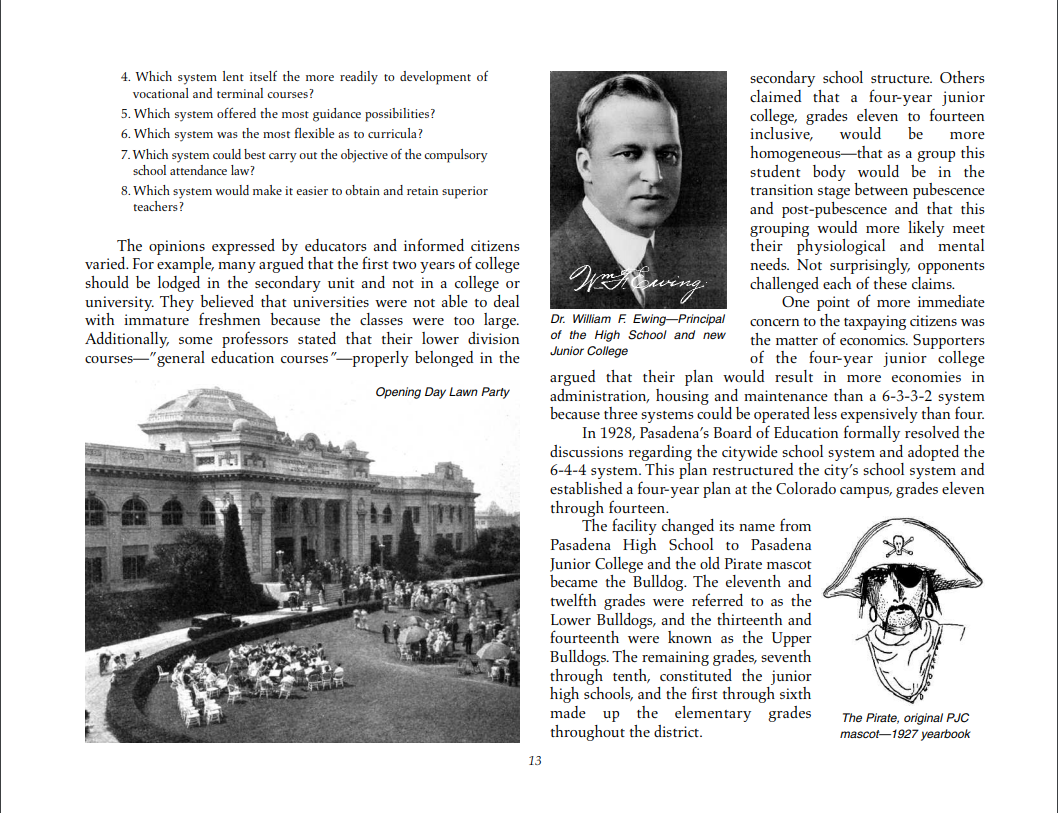

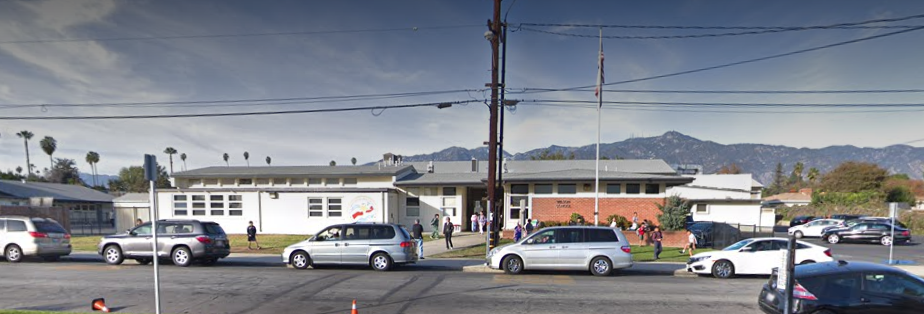
Wilson Middle School/Junior High, c. 2016
Bob attended Wilson for grades 7-10 (c. 1942-1946). It was several blocks east of 212 S. Grand Oaks Ave., one block off Del Mar Blvd.
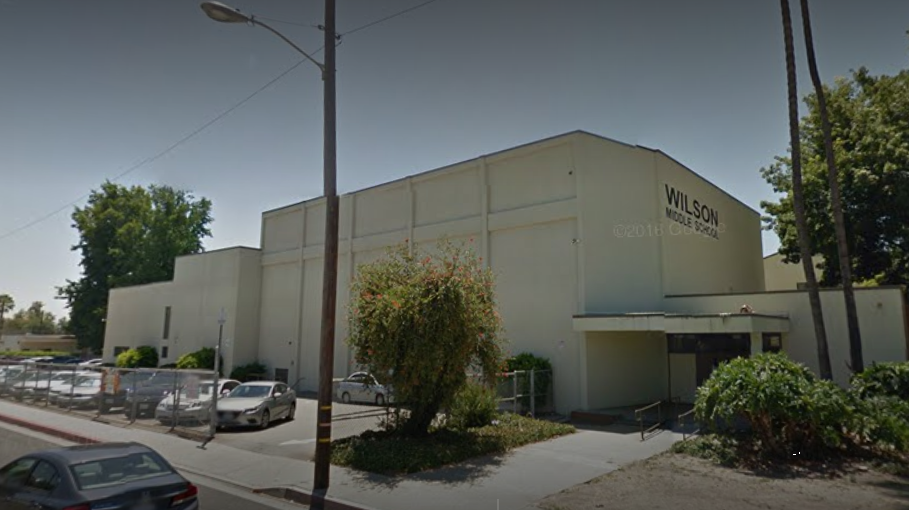
Wilson Middle School/Junior High School, c. 2016

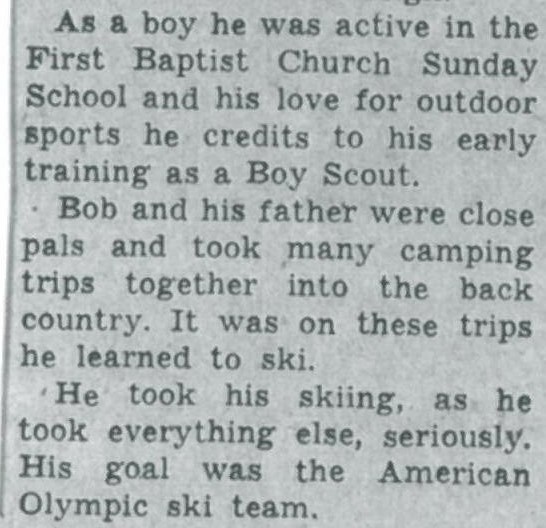
“Glendale Lad Makes Good Hard-Headed ‘Cinderella' Boy’’ by Terry Shannon, The Southern California Forum, Friday, May 21, 1954
Early 1940s
Probably a “gag” photo made by Bob’s father or his brother, Bill. Bob seems to be contemplating chopping down this large tree with his axe while on a camping trip. Location: Perhaps San Gabriel Mountains near Pasadena. The Robins Family Collection.
Sister Lillian recalls having family breakfasts at Oak Grove Park near the Jet Propulsion Lab*. Her father made pancakes and taught her how to flip them over. “I put mine on a tree limb. The birds enjoyed it.”
*”JPL's beginnings can be traced to the mid-1930s, when a few Caltech students and amateur rocket enthusiasts started tinkering with rockets. After an unintended explosion occurred on campus, the group and its experiments relocated to an isolated area next to the San Gabriel Mountains, the present-day site of JPL. In the following decade, as an anxious country sought to respond to the menacing challenge of German V-2 rockets, the fledgling Jet Propulsion Laboratory (officially named in 1944, some 14 years before NASA was formed) was sponsored by the U.S. Army to develop rocket technology and the Corporal and Sergeant missile systems.” https://www.jpl.nasa.gov/about/history.php
Bob’s girlfriend, Dot Ross, worked at JPL, c. 1953. When he called to tell her he needed to go to Columbia to talk with Stanley Kramer about The Caine Mutiny, she left work and drove him to Hollywood.
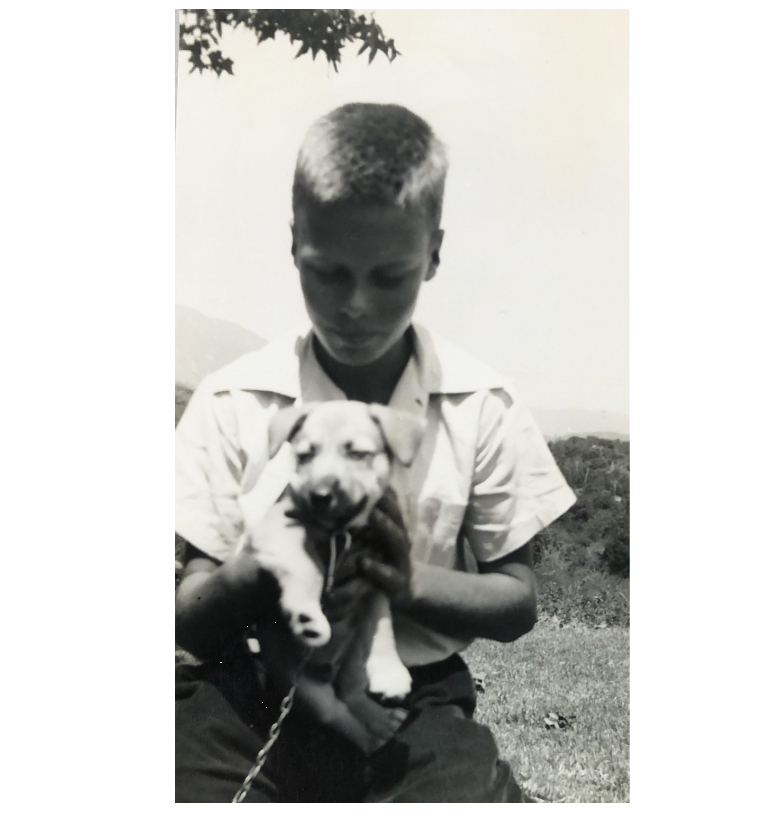
Late 1930s/Early 1940s
Bob’s family had several dogs, often collies, over the years. Most of them were named “Chummy.” His sister, Lillian, also had one or more dogs with this name. Perhaps named “Chum” which became “Chummy.” The Robins Family Collection.
“We used to go to the movies almost every Saturday in Pasadena and walked there. It was almost four miles from home. We went to the Colorado Theater at Colorado and Lake. On the first round of movies Bobby was very alert and would ask questions and on the second round he went to sleep.
“Bobby was artistic. In the summer in Pasadena they would have programs led by a teacher who was very good in crafts. Bobby was very good in drawing. I don’t mean like in ‘art,’ but if he wanted you to understand something, he could sketch it out so you would understand what he was talking about. He was very quiet but real good company.”
Source: Lillian Francis Robins, interview, May 11, 1991

c. 1940
Note Bob’s longer hair with natural wave. The Robins Family Collection
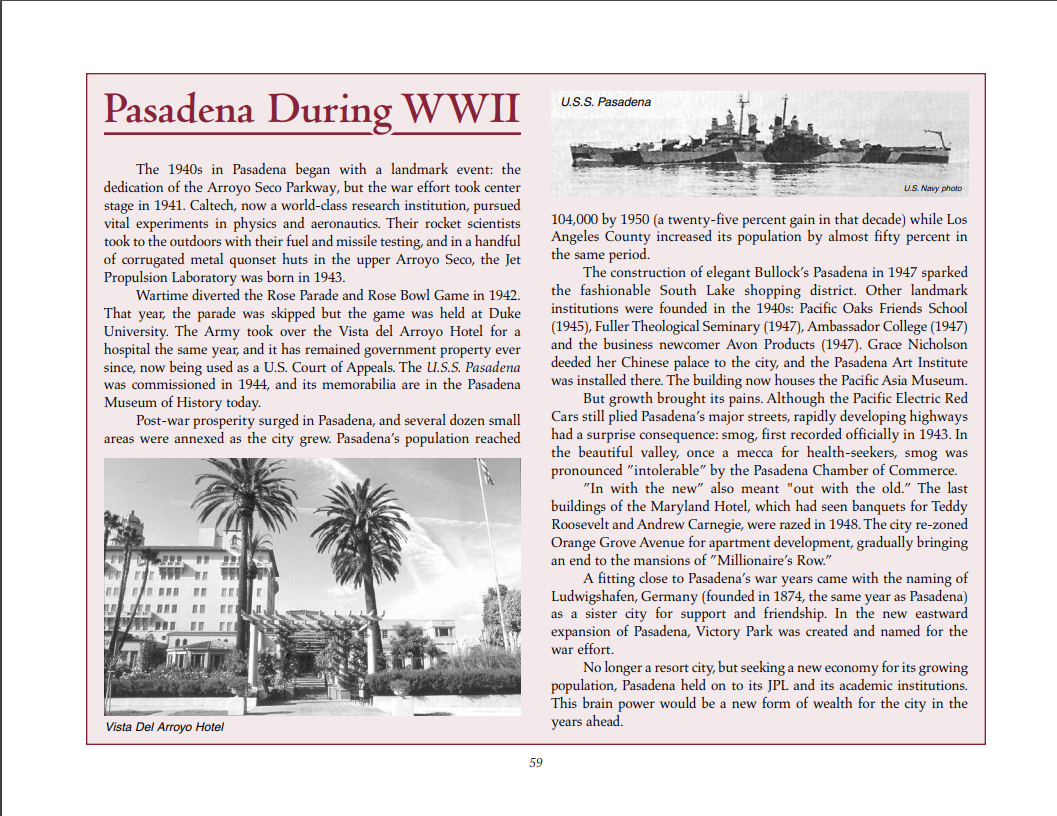
Source: Pasadena City College A History Commissioned on the Occasion of the Seventy-fifth Anniversary, 2002.
Bob’s sister Lillian remembers:
“During my years at Pasadena City College, the newspapers, radios, and the news reels at movie theaters followed Hitler’s murderous take over of countries and his insane desire to destroy the Jewish race. Time and again, we would say, Why doesn’t France or England do something? Then when something was being done, Hitler had already conquered a good part of Europe.
“In Pasadena the Santa Anita Racetrack became an Army camp, a place where tanks roared up and down in practice maneuvers. Once when a tank was moving down Colorado St. in Pasadena, it went briefly out of control and squished several cars. No more tanks on main streets.
“In those days the area around the race track was all orange orchards and no freeways. I was in nurse’s training at Huntington Memorial Hospital. I vividly recall when the news of the Japanese attack on Pearl Harbor came on the news. I was working in Central Supply as part of my training and at that moment my life changed in many ways. Students were asked to act as hostesses at the Pasadena Civic Auditorium, the Athletic Club, and the Methodist Church on Friday and Saturday nights. At the auditorium, those were dance nights complete with chaperones. The soldiers could come to dance, sit and talk and be away from the bases. Bands such as Harry James, Tommy Dorsey, and Phil Harris appeared. On those occasions I listened to many soldiers talk of their families, looked at reams of pictures, and realized how lonely these young men had become so far from their homes and families. We were all so young and had no idea of the disasters of the war there were yet to come in the South Pacific and in Europe.
“Several of our doctors and nurses left for the war areas as surgical team members, Student nurses continued our training and thought about our futures. Several of us aimed for the Navy; quite a number aimed for the Army. As we finished the few months left in our training, many times our thoughts were on the soldiers we had met and could only pray they would come home. We continued our times at the different entertainment areas. To this day I can remember many faces of the boys I met.
“This was a time of gas and sugar rationing, re-tread tires and blackouts at night. Block watchers checked that all windows were dark. All this kept us well aware we were at war.
”At this time internment camps were set up for any one of Oriental heritage. One of my classmates, a lovely Korean girl, and her family were shipped off to one of these camps. These were bad times for these people, many had been born here and were citizens. Fear does many things to people; many lives were dreadfully disrupted.”
Source: Lillian Francis Robins, notes, c. 2006
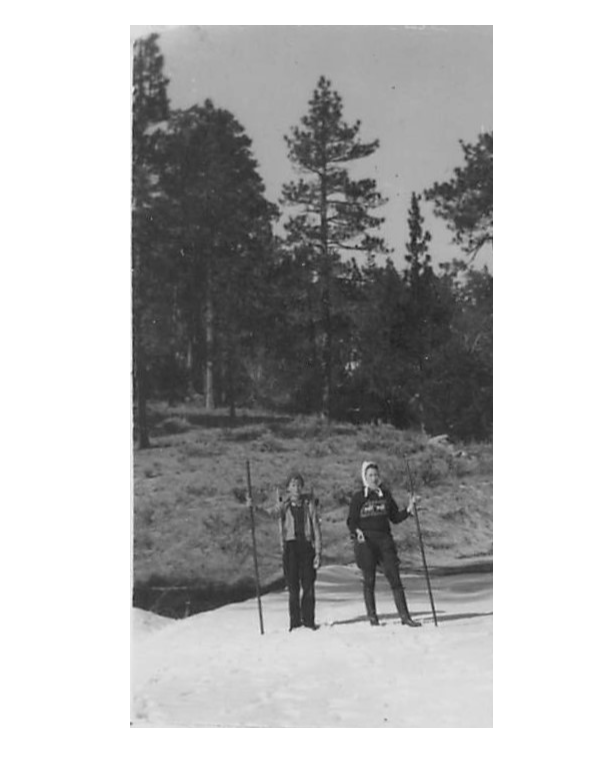
Early 1940s
Bob’s brother Bill taught him how to ski when Bob was about 11 (1941). Here he is with older sister, Lillian. Location: Perhaps Mount Baldy, formerly Camp Baynham and Camp Baldy, an unincorporated community in the San Gabriel Mountains, in San Bernardino County near the eastern border of Los Angeles County, in Southern California. The Robins Family Collection. (No photos of Bob skiing when he was actively pursuing an Olympics berth seem to have survived.)
Lillian, Bob's sister, received her nursing degree from Pasadena Junior College in 1943.
Source: Pasadena City College A History Commissioned on the Occasion of the Seventy-fifth Anniversary, 2002.
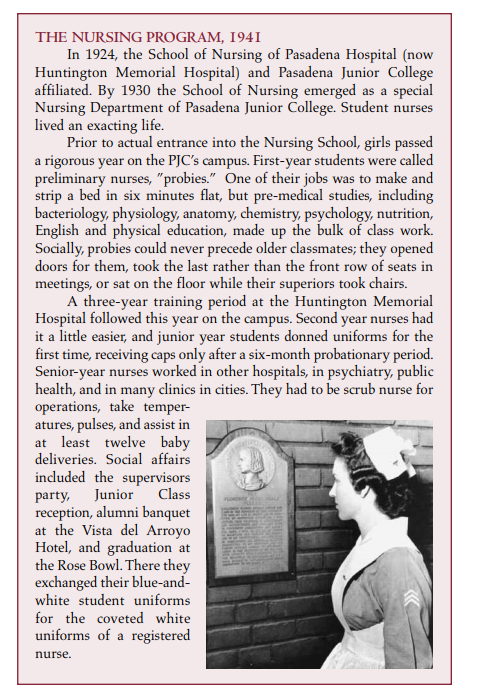
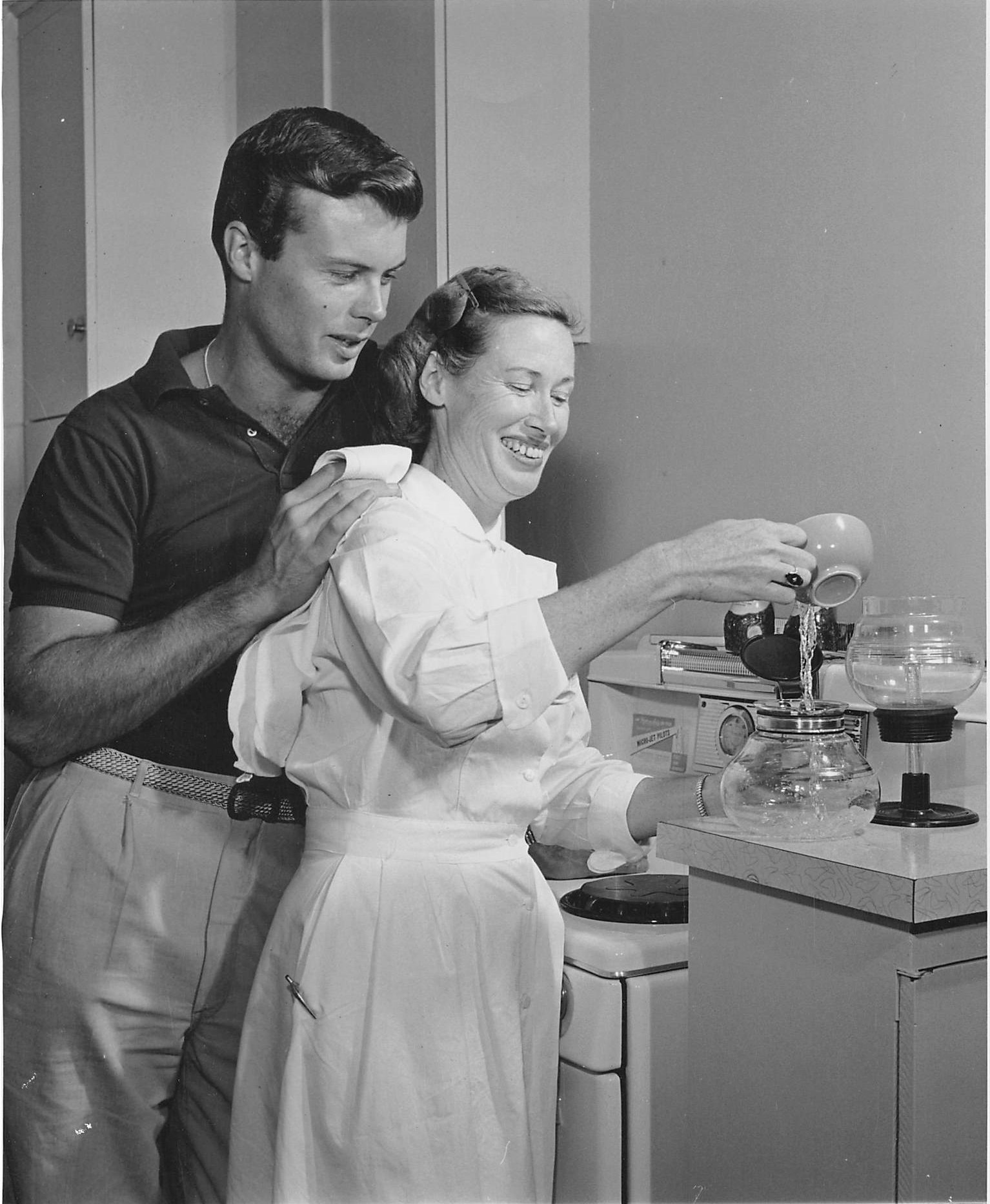
Bob with sister, Lillian, c. 1955
Photo taken in Spring 1955 as part of a “Bob’s new apartment” photo story, e.g., Bob’s sister teaches him how to make his own coffee. Evidently, she came by his apartment on her way to or from her nursing job and found him doing a photo shoot. Perhaps one of the last photos of the two siblings made before his death. Never published as far as is known. The Robins Family Collection.
Lillian recalls Bob driving his red Lincoln up to China Lake where her husband Sandy was stationed at the Naval Ordnance Test Station, c. 1952-1953. Their second son, Steve, was born there in 1951.
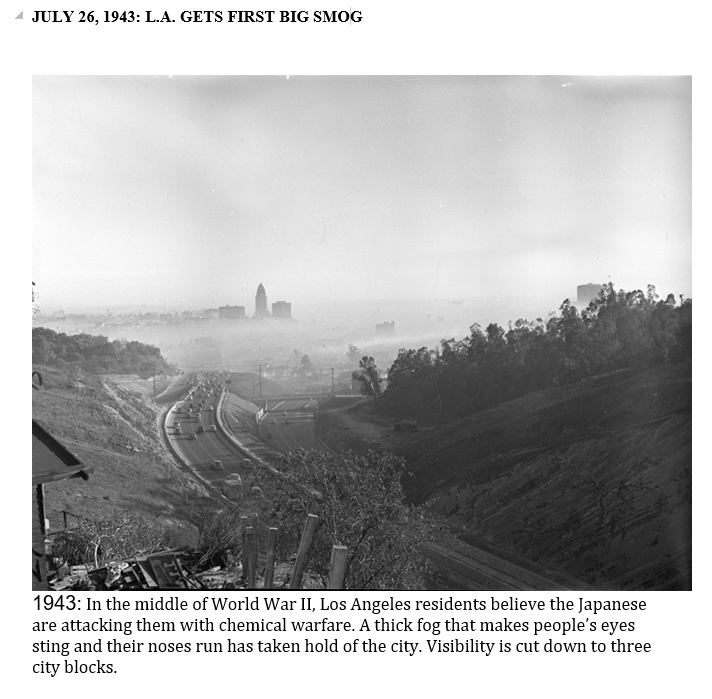
Wired, July 26, 2018
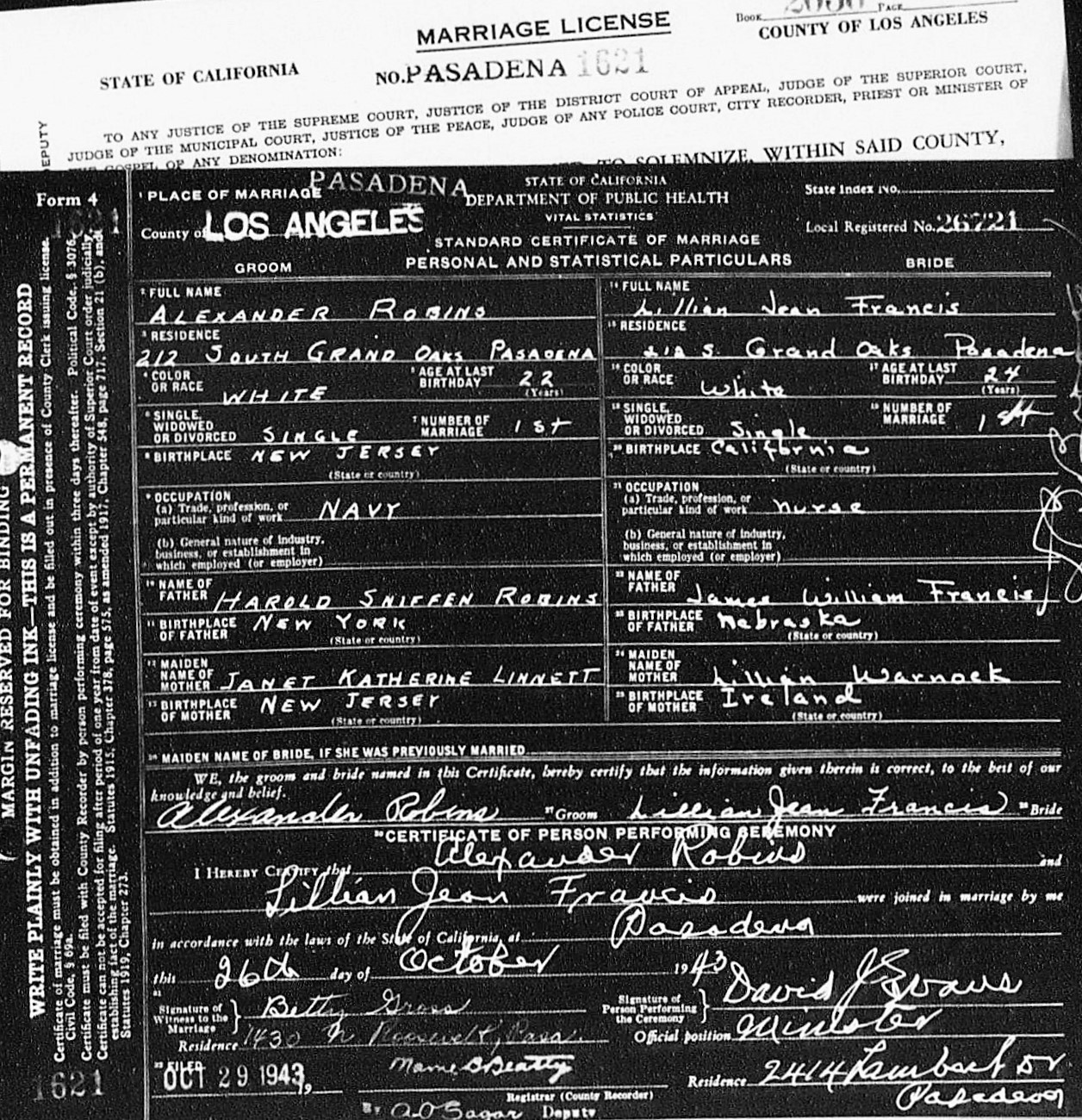
Certificate of Marriage for Lillian Francis and Alexander Robins
Lillian and Sandy married Tuesday, Oct. 26, 1943. Because of Sandy’s Navy obligations, they married about a month earlier than they had planned, more or less swapping wedding dates with Lillian’s brother Bill and his bride-to-be Betty Jeans Gross. Betty was a witness for Lillian and Sandy. They were married at the First Baptist Church where David J. Evans was the minister. Bob was 13 at the time of both marriages.
“I still have my wedding dress. The way things turned out, Sandy’s father was the best man, and one of the medical students and Bill were ushers. We had to change our plans suddenly with Sandy going overseas.”
Source: Lillian Francis Robins, interview, May 11, 1991.
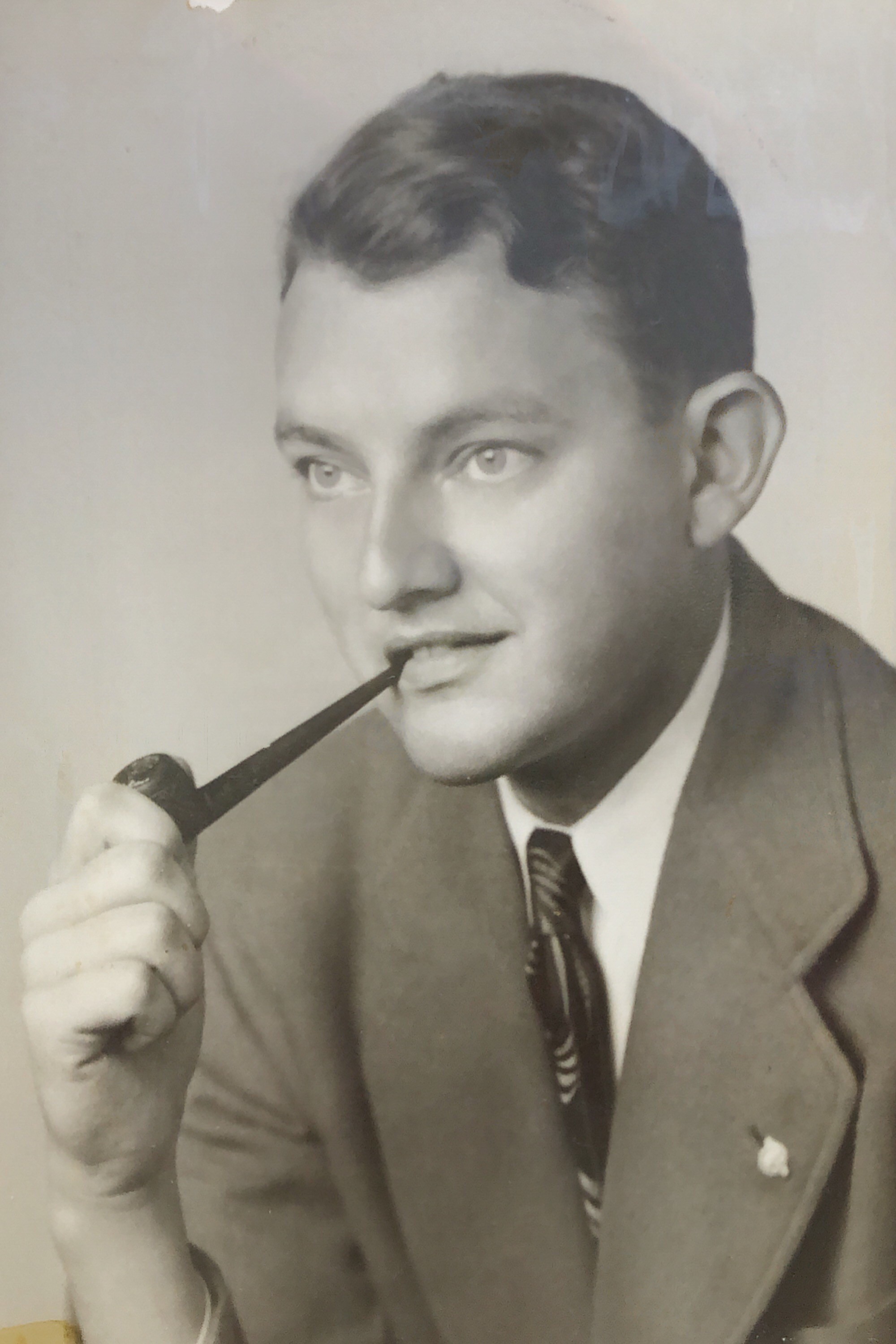
Alexander (Sandy) Robins, Lillian's husband
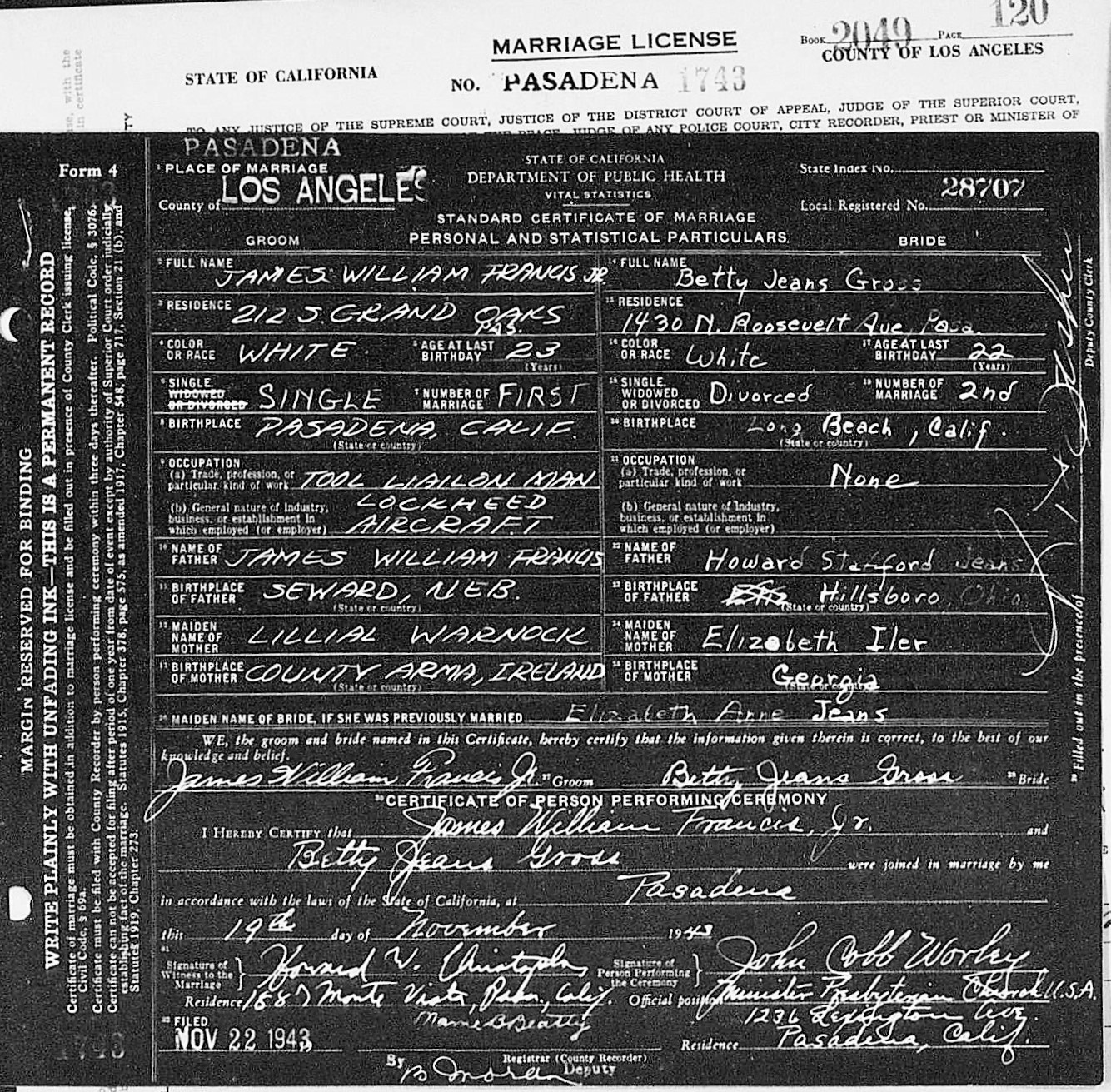
Certificate of Marriage for James William (Bill) Francis, Jr., and Betty Jeans Gross
Betty and Bill married on Friday, Nov. 19, 1943. Betty had had a brief earlier marriage to a man named Gross and had a son, Brian, by that marriage. Jeans was her maiden name. Because of that earlier marriage, they could not marry in the First Baptist Church. They were wed at a chapel in Pasadena by John Cobb Worley, a minister of the Presbyterian Church U.S.A. Howard W. Christopher witnessed the marriage; he was perhaps a friend of Bill’s.
Bill adopted Brian, Betty’s son. He became Brian Stanley Francis (Jan. 31, 1941-June. 10, 2012). At the time of his death, he lived in Williams, Ariz. His obituary lists Janet Gatzke as a sister who survives him.
![Betty and Bill Francis, Nov. 19, 1943 The Robins Family Collection “Our weddings were supposed to be the other way around [Betty and Bill to marry in Oct. 1943; Lillian and Sandy to marry in Nov. 1943.]. But Sandy had to leave and I had the mumps,](https://images.squarespace-cdn.com/content/v1/5cae1b78fb18204c84880832/1563416554938-PUHBWIBFGY51D11IFS9W/Bill%2C+Betty+wed+11-43.jpeg)
Betty and Bill Francis, Nov. 19, 1943
The Robins Family Collection
“Our weddings were supposed to be the other way around [Betty and Bill to marry in Oct. 1943; Lillian and Sandy to marry in Nov. 1943.]. But Sandy had to leave and I had the mumps, so it would have been a mess. When Lillian got married, the swelling was barely going down on my face.”
Source: Betty Jeans Francis, interview, Aug. 1992.
Betty: “My maiden name is Jeans. My Dad said it was Jean and he added the S due to many people asking about the name over the years. It was a French name. I don’t know if Dad was kidding or serious. He said we were related to French Cajun. That was the closest we ever came to being Southern.
“We are from Ohio on his mother’s side of the family. I guess a lot of them were French and English, but Dad was British and he kidded a lot. His brother was a well-known doctor who wrote books.
“I always wanted to be in a big family. We (Betty and Bill) had a family of five. I was born in California and grew up in Long Beach.”
Bill: “Her father retired as a Captain in the Navy in 1949. He was recalled and was in charge of the Panama Canal during WW II. He retired as a Commodore.”
Source: Betty and Bill Francis, interview, Aug. 1992.
In this 1992 interview, Betty talked about a Pete Smith short she appeared in. She said the story was about obedience work at dog shows.
This information has not been verified independently.
Pete Smith Specialties - Smith produced and narrated 150 short movie subjects for MGM from the 1930s to 1955. His distinctive tenor voice and nasal tone were very recognizable and a trade-mark of the series. Several were nominated for Oscars in the short films category; he received an honorary Academy Award in the 1950s.
Bill: “We were coming back from the mountains skiing and we always stopped at a place called The Lamplighter in Upland for dinner. This was in 1948. This guy came over to the table and said to Betty, ‘Can I speak with you for a minute?’ He was with Universal Studios.
Betty: “If they signed you up, you had to go through their acting school. I went for a few weeks and could not stand it, because of what goes on. Plus that, the other young women going there were paying for it and they were giving it to me free. I did not want to be an actress and one day I walked into the director’s office and resigned.”
Source: Betty and Bill Francis, interview, Aug. 1992.
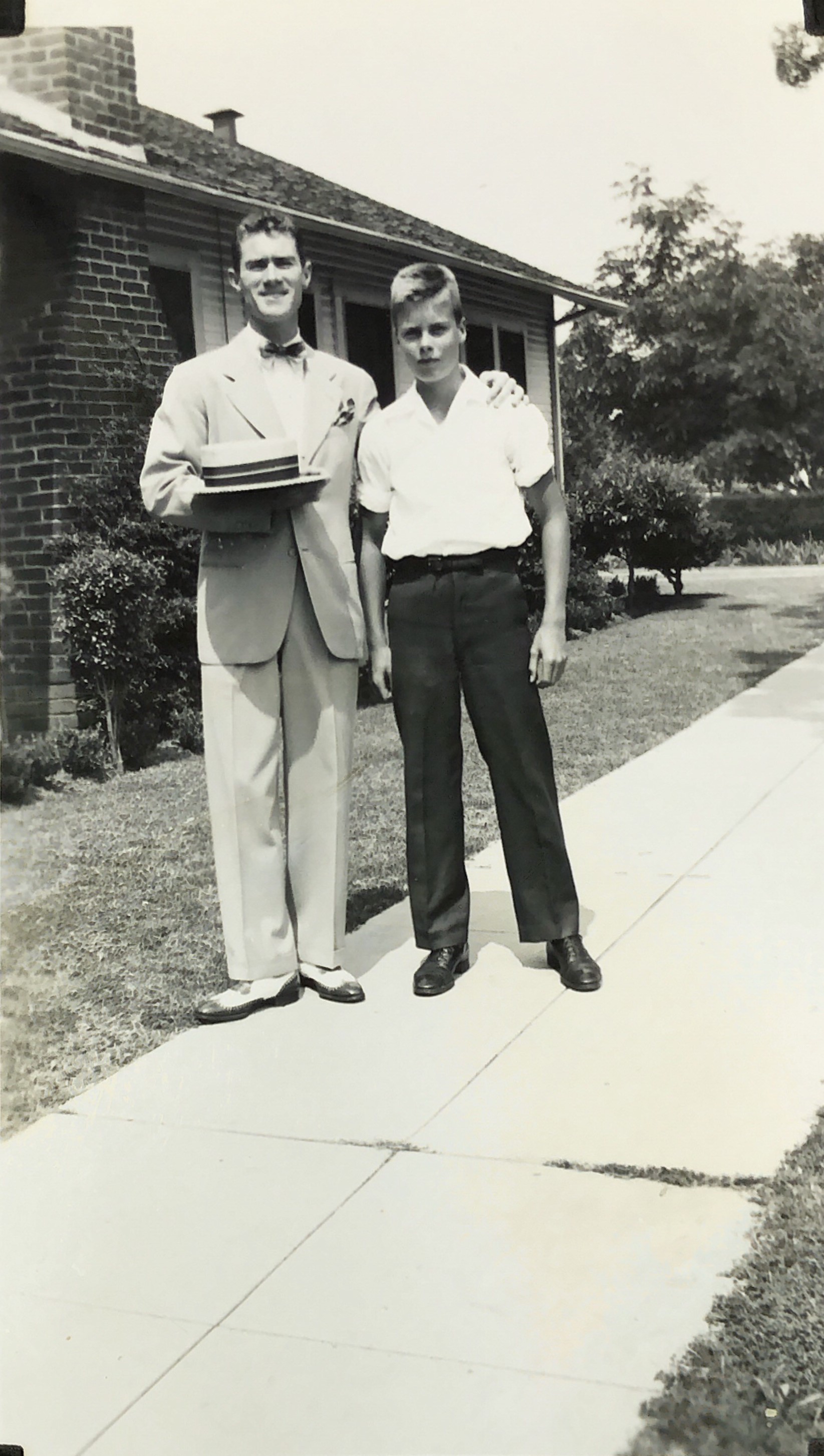
Bill Francis and Bob Francis, c. 1943
Bob appears to be about 12 or 13. Perhaps taken around the time of Bill’s marriage to Betty Jeans Gross. Location: The Del Mar Blvd. side of the house at 212 S. Grand Oaks Ave. in Pasadena. The Robins Family Collection.
Because of a ski injury and his nearsightedness (like Bob’s), Bill could not get into the Army, Navy or Marines, so he joined the Merchant Marines.
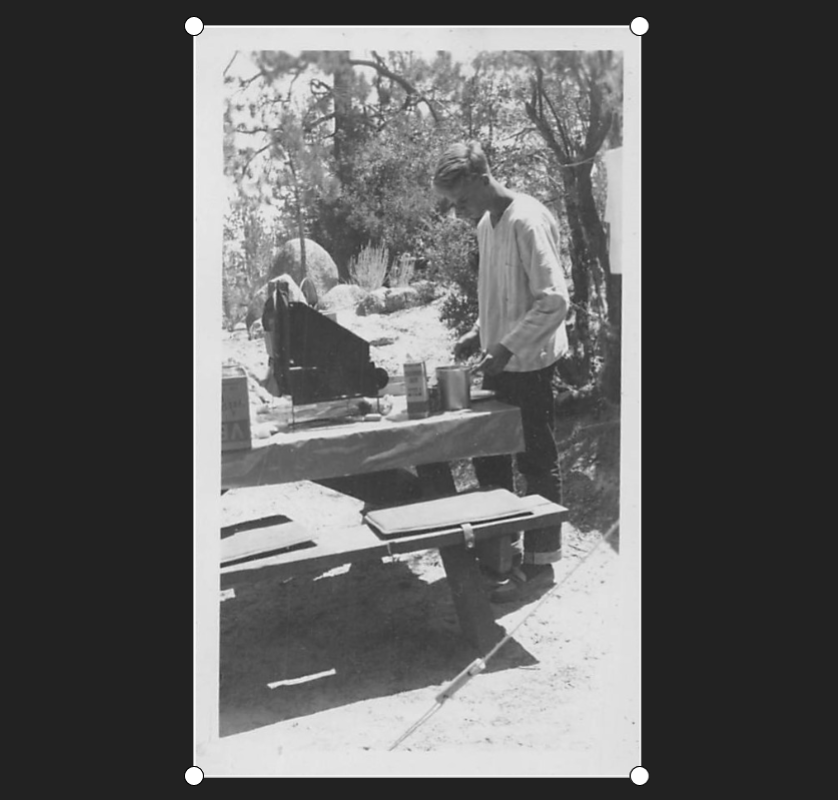
Mid-1940s
Bob preparing food perhaps during a camping trip or family event. Bob’s hair is longer again. He looks to be about 15 or 16, when he was finishing high school. The Robins Family Collection.
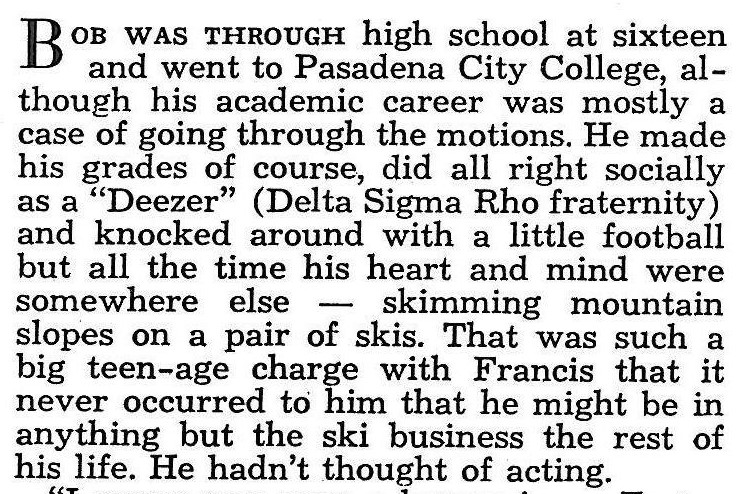
"Bob Francis" by Kirtley Baskett, Modern Screen, Aug. 1954
Bob received his driver’s license on April 2, 1947, when he was completing his first year at Pasadena City College. He drove the family’s 1938 Chevrolet.

Pasadena City College
Bob attended Pasadena City College 1946-1948, after completing the tenth grade at Wilson Junior High School. These years would have been junior and senior years in a traditional high school structure, but because of the 6-4-4 plan, 1946-1947 was his freshman college year. He graduated in 1948 with a “junior college degree.” He could have then gone on to a four-year institute for two years and a bachelor of science degree or similar. He went into the ski shop business with his brother Bill, c. 1947-1949 (two winters when little snow fell in the Southern California mountains). Several fan magazine stories indicate that Bob studied accounting, business law, and psychology.
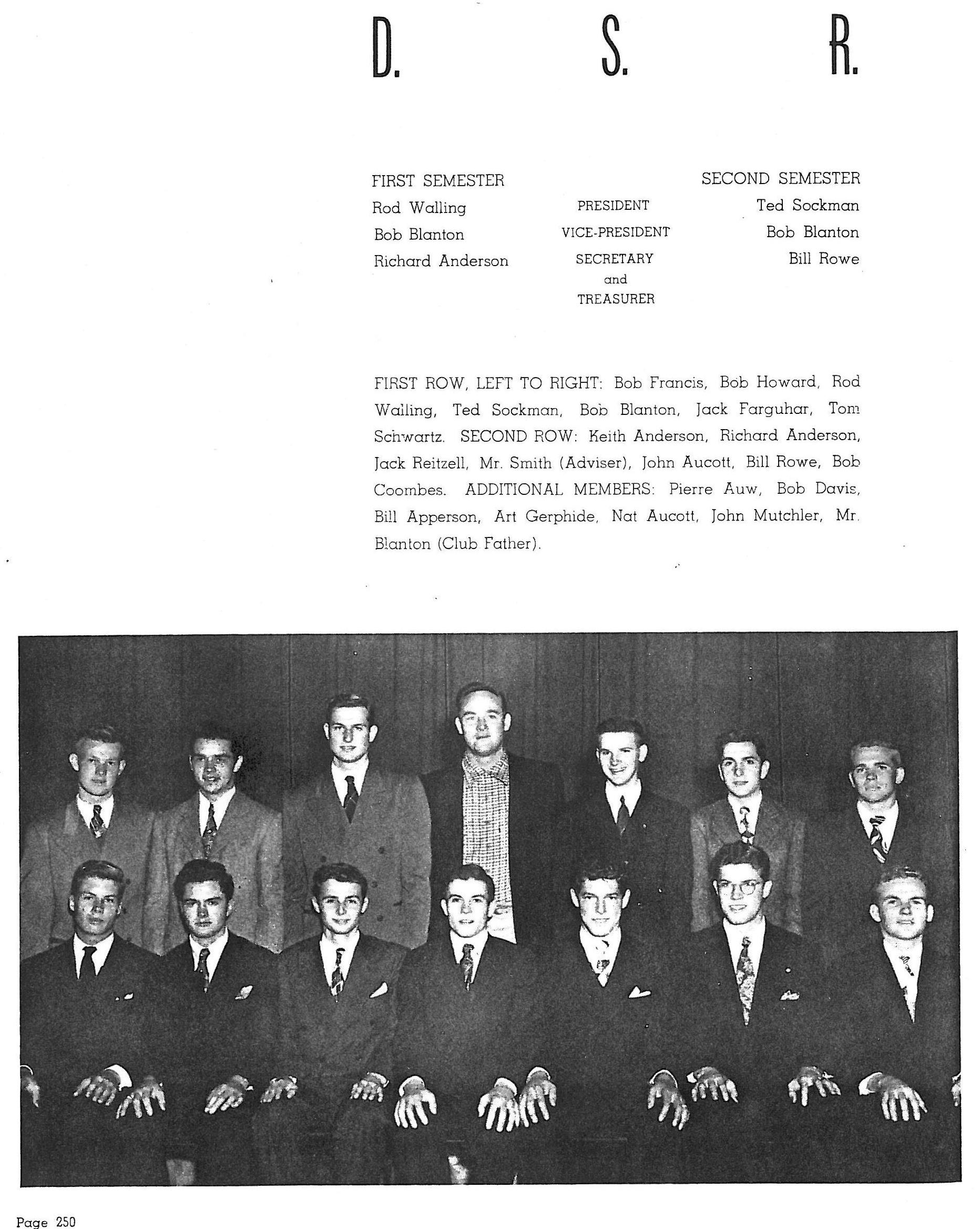
Delta Sigma Rho, Pasadena City College, c. 1947
Bob is seated at the far left in the first row in this photo from the 1947 Campus yearbook.
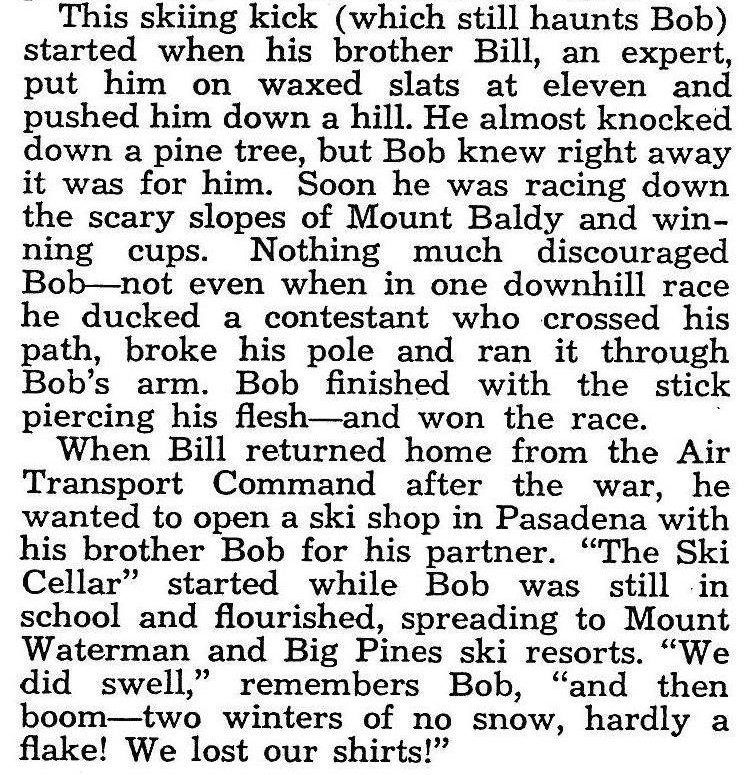
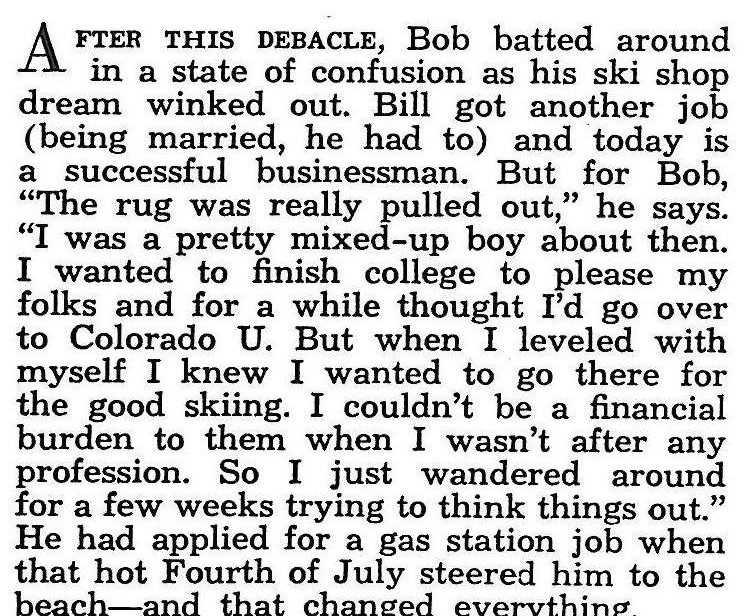
"Bob Francis" by Kirtley Baskett, Modern Screen, Aug. 1954
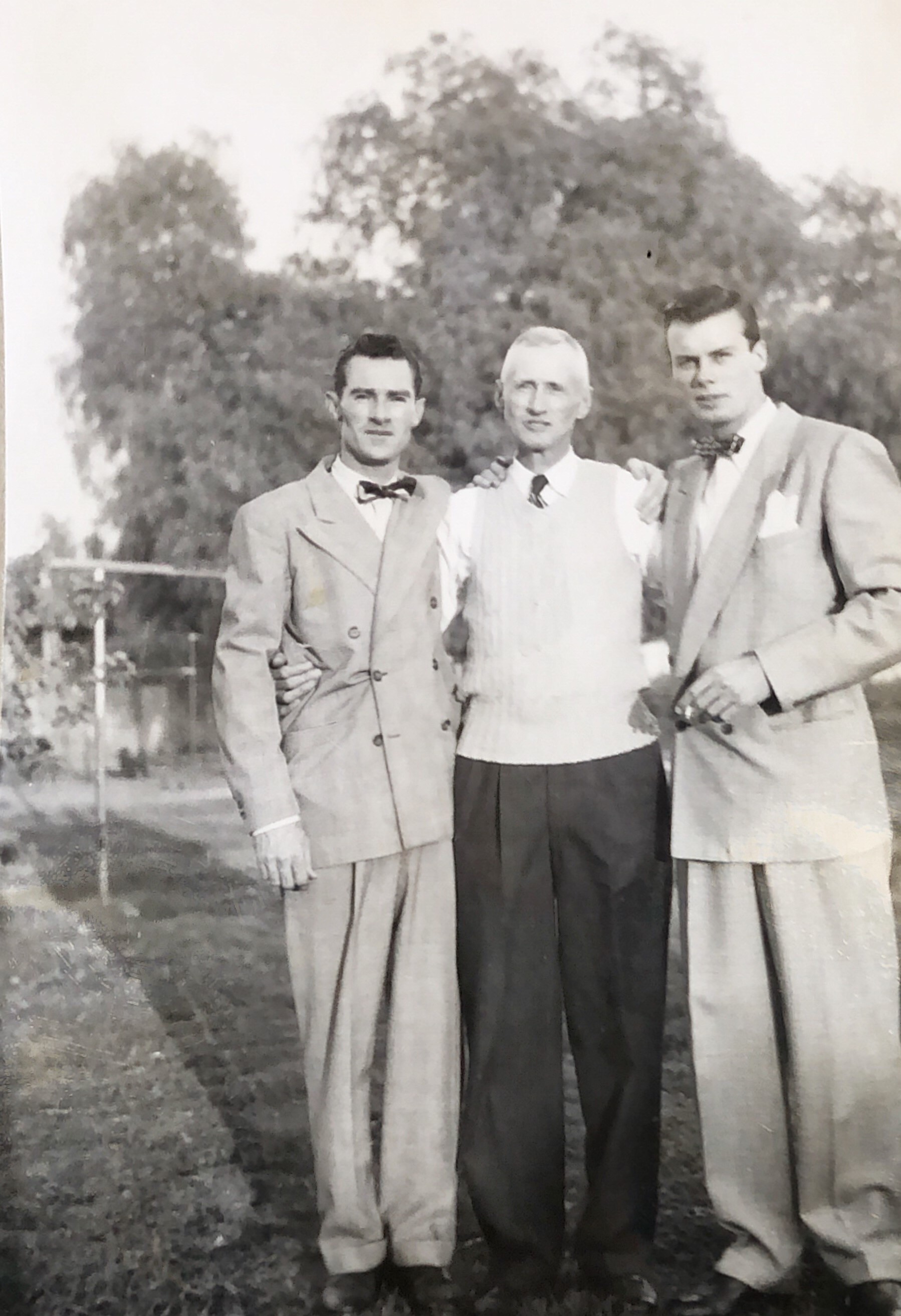
Brother Bill, Father Jim, and Bob, c. 1948-1949
Photo taken perhaps during the time (1947-1949) Bill and Bob operated a ski shop, “The Ski Cellar,” in Pasadena, and also at Mount Waterman and Big Pines ski resorts. The businesses closed after two winters with little snow. Location: Back or side yard at 212 S. Grand Oaks Ave. in Pasadena. The Robins Family Collection.
“(The Ski Cellar) was under [Leon] Vibert Sporting Goods Store. He let us turn the cellar into a ski shop. Then I had a chance to move it to another spot, so Mr. Vibert just closed it up and never used it again. He was getting older.
“The shop was only a few blocks from school (Pasadena City College) so Bob would come in the afternoon and work.”
Source: Bill Francis, interview, Aug. 1992
After the ski shops closed, Bill joined Anheuser-Busch and worked in San Francisco; he was there when Bob was on location with The Caine Mutiny in June 1953. Around 1954 Bill took a district manager job with Anheuser-Busch and moved to Phoenix, Ariz. Bob visited there while touring in early Aug. 1954.
“He had no definite plans. He was just going along and enjoying life. No plans for the future.”
Source: Bill Francis, interview, Aug. 1992.
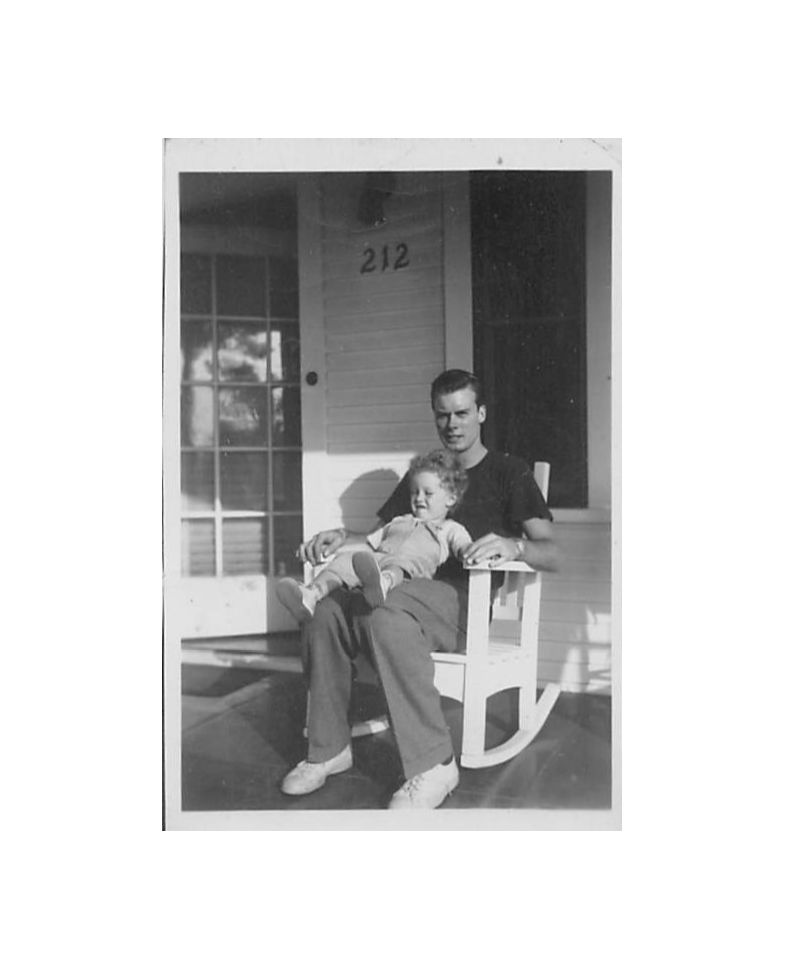
Bob and his nephew, Larry Robins, c. 1948-49.
Lillian and Sandy’s first son, Lawrence Robins, was born in Portland, Ore., 1946. Bob may have been available for babysitting because he was trying to find his place in the world after the ski shops closed.

Pasadena in the 1950s
Source: Pasadena City College A History Commissioned on the Occasion of the Seventy-fifth Anniversary, 2002.

"Bob Francis" by Kirtley Baskett, Modern Screen, Aug. 1954
After Nanette Burris’ car tag was traced, but before Bob had been located, someone phoned Bill asking for Bob.
“I said, ‘You don’t want me, you want my brother.’ Then they called Mom’s house.”
Source: Bill Francis, interview, Aug. 1992.
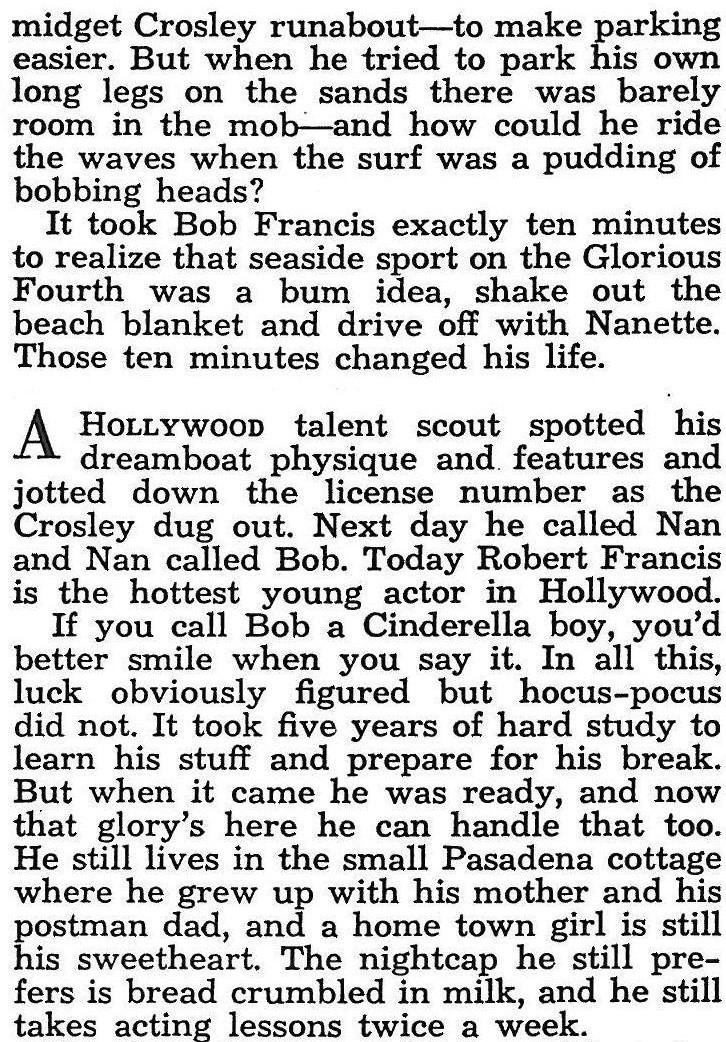
The Hollywood talent scout mentioned in this story was David L. Johnston. He was murdered in his home several years after he spotted Bob and sent him to Universal-International. His killers were caught and given life sentences.
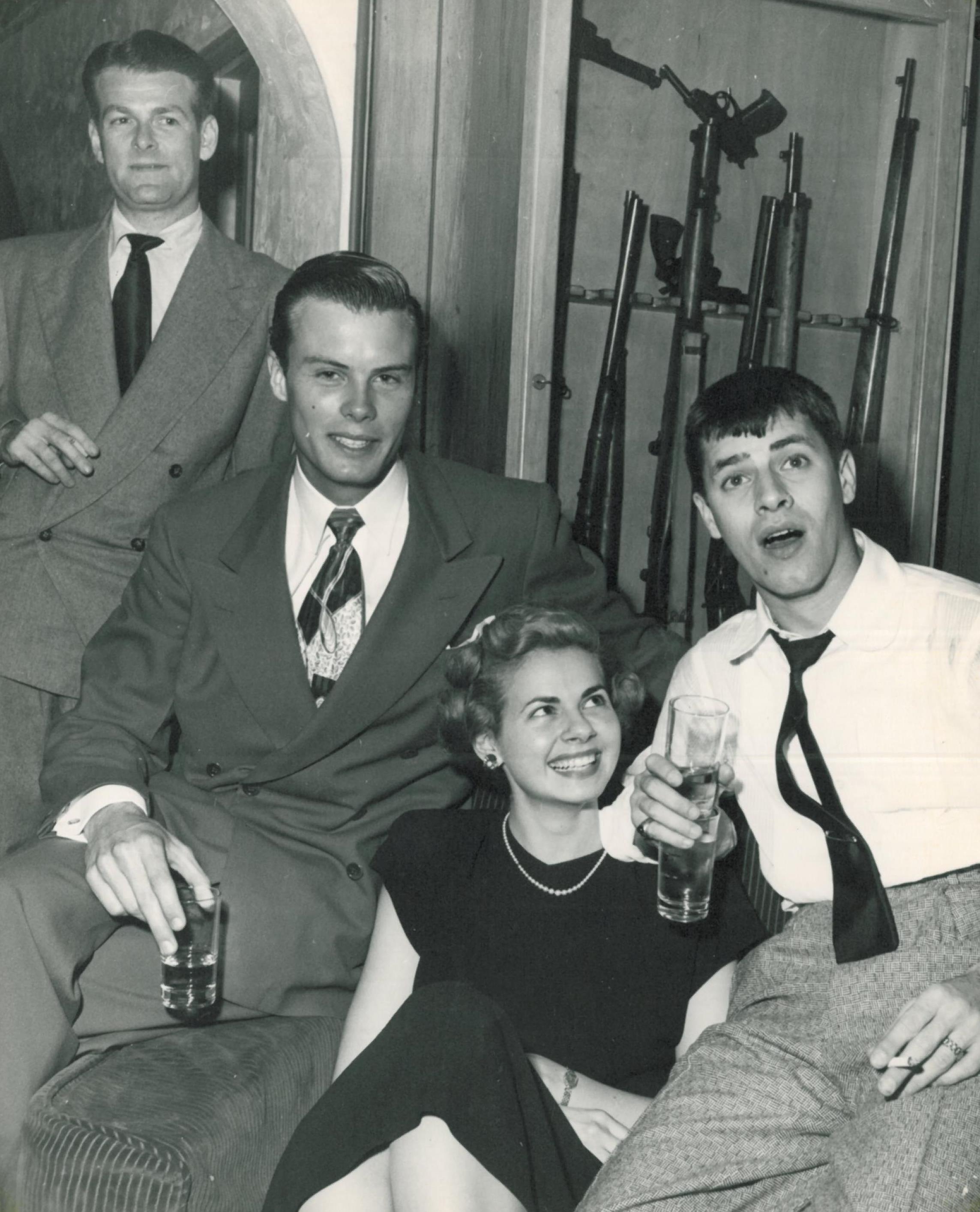
Bob with Nanette Burris and Jerry Lewis, c. 1950
Man standing at left unidentified. Taken at Lewis’ home when Nanette was an assistant/secretary to him. Lewis and Dean Martin at this time were having their first great successes in nightclubs and in movies (My Friend Irma, 1949; My Friend Irma Goes West, 1950). Bob’s sister, Lillian, remembers going with her husband Sandy, Bob and Nanette to a performance by Lewis and Martin in Hollywood, c. 1950. She recalls being introduced to a mostly unknown Tony Curtis on that occasion. The Robins Family Collection.
How Bob met Nanette is unknown, but the meeting probably occurred in the 1948-1949 time period.
“Bob and Nanette were invited to parties because of her connection to Jerry Lewis. He was a very friendly person and liked people regardless of their station in life. Bob was over there quite a bit. At the time his hair was quite thick and tended to wave. I think he just ran a comb through it and some hair tonic to keep it in place.”
Source: Lillian Francis Robins, interview, May 11, 1991.
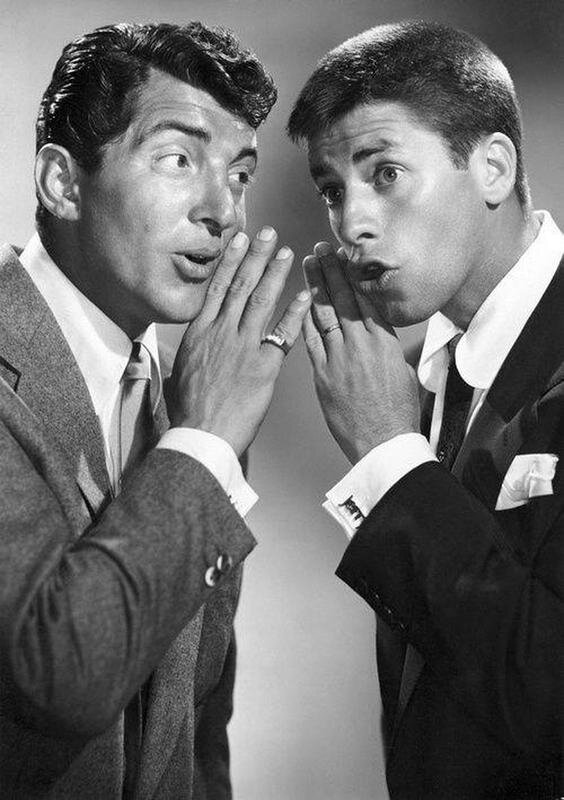
Dean Martin and Jerry Lewis, c early 1950s
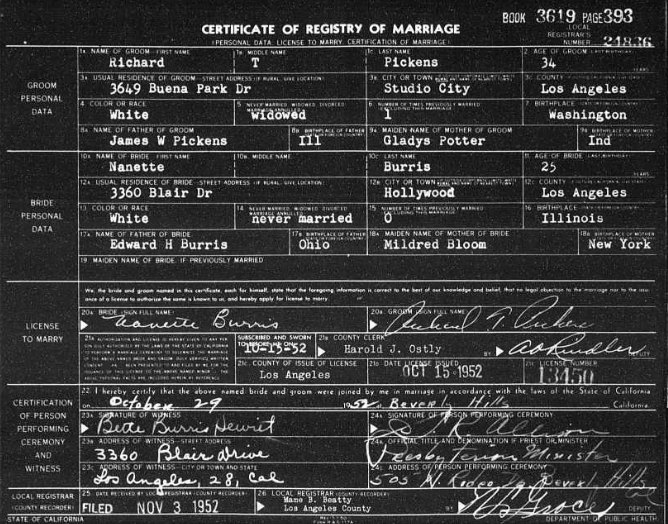
Certificate of Marriage for Nanette Burris and Richard T. Pickens
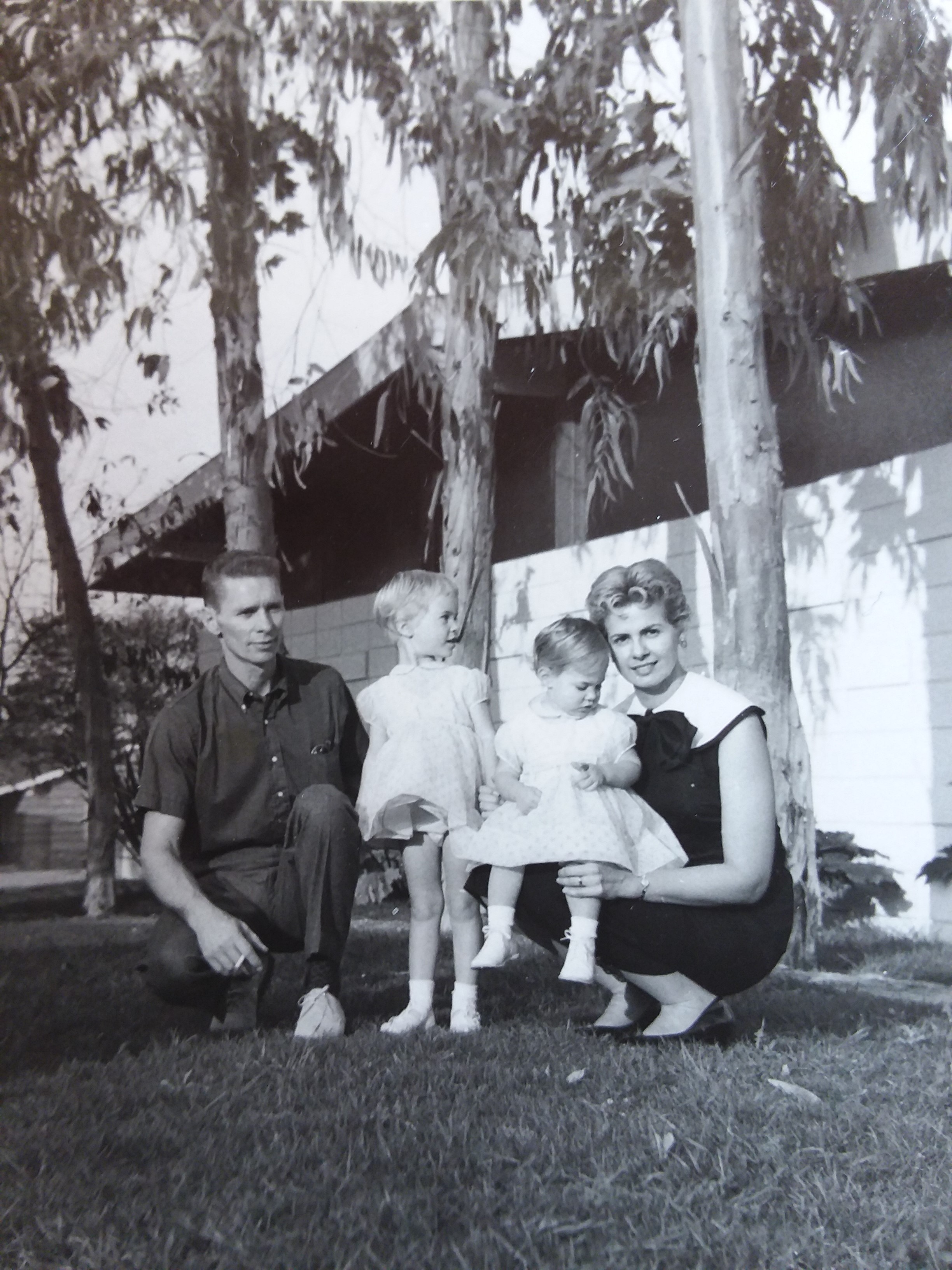
Nanette Burris Pickens with her husband, Dick, and two daughters, c. mid/late 1950s
Nanette lived at 3360 Blair Dr. in the Hollywood Hills near Universal-International Studio when she worked for Jerry Lewis and met Bob. She was an assistant/secretary to Lewis, and she was with Bob at Santa Monica Beach when he was spotted by a talent agent. The agent traced her car tag to locate Bob.
Nanette married a widower, Richard (Dick) Theodore Pickens (1918-1995), Oct. 29, 1952, at Beverly Hills Presbyterian Church , 505 N. Rodeo Dr. His first wife was Virginia Doris Carr (May 21, 1919, Brighton, Colo.-Sept. 3, 1951, Los Angeles); they married Sept. 3, 1941. He was a lighting director for Jerry Lewis and for many TV shows. (Nanette’s sister, Bette Jane, was a witness at the marriage.) They lived in the Sherman Oaks section of the Hollywood Hills, and were married until Nanette’s death on Jan. 27, 1962. Per their daughter, Lisa Lewis, Nanette developed a lump in her breast, but did not tell anyone until she went to the hospital. Nanette is buried in Hillcrest Memorial Park, Culver City, Calif.
(Richard then married Mary Howell, a sister to Hoke Howell, an actor.) *See caption for next photo..
Nanette’s daughter, Lisa Pickens Lewis, provided these photos of Nanette with Lisa, her sister, and Richard, c. mid-1950s. A son was born later. Lisa’s full name is Bette Liza Pickens Lewis; she was named for Nanette’s sister, Bette Jane.
Nanette’s parents: Edward Henderson Burris from Ohio and Mildred Bloom from New York. Older sister: Bette Jane Burris. The family lived in Chicago in 1930 per census. The 1940 census shows only Nanette, her sister, her mother, and a cousin in Chicago.
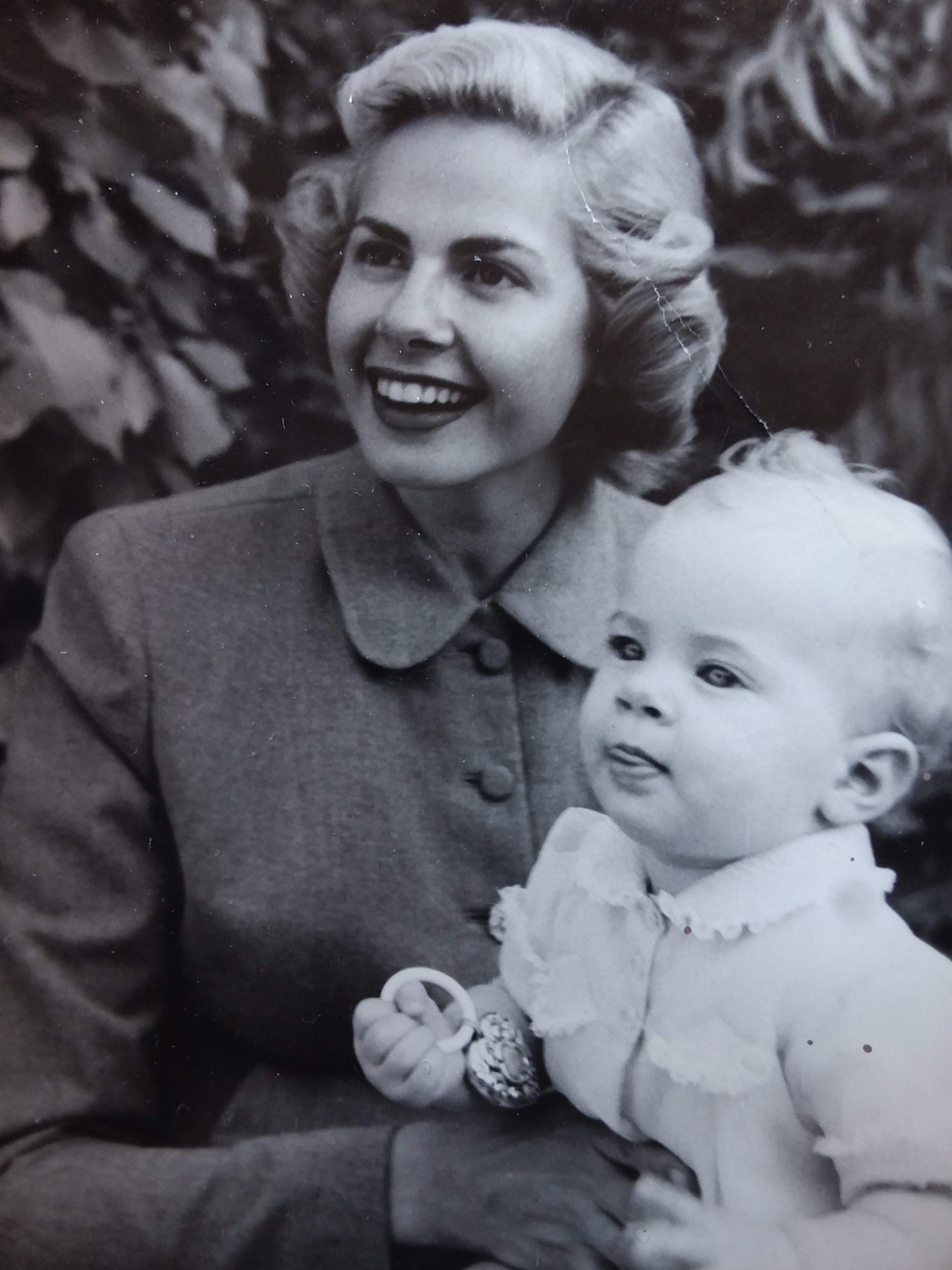
Nanette Burris Pickens with unidentified child, c. early 1960s
Nanette’s daughter, Lisa Lewis, says the child is neither her nor her sister. “It is the 'oldest ' pic of her before she passed.”
* See caption for previous photo and the next photo.
Mary Marjorie "Marjie" (Howell) Pickens (Aug. 17, 1932, Anderson, S.C.-Nov. 28, 1999, Los Angeles County, Calif.) married widower Richard Theodore Pickens on Feb. 8, 1963, Clark County, Nev.; they had no issue.
Richard Theodore "Dick" Pickens was the son of James Willard Pickens and Gladys Ione Potter, born May 25, 1918, Chelan County, Wash.; died Dec. 28, 1995, Los Angeles County, Calif. Richard T. Pickens married on Oct. 29, 1952, Los Angeles County, California, Nanette (Burris) Pickens, daughter of Edward Henderson Burris and Mildred Bloom, born June 6, 1928, Ill. -Jan. 27, 1962, Calif. They had two daughters and one son.
Hoke Howell, actor, was the brother of Richard Pickens’ third wife.
From Find A Grave website: https://www.findagrave.com/
John Hoke "Hoke" Howell, Jr., actor, Broadway and Hollywood/TV and movies, Aug. 27, 1929, Sumner, Ga. He died of complications from liver cancer May 9, 1997, at Providence St. Joseph Medical Center, Burbank, Los Angeles, Calif. He. served in the U.S. Navy from Sept. 2, 1950, through June 15, 1954.
Memorial Service: May 13, 1997, Church of the Hills, Los Angeles. Officiating: The Rev. Bob Watson; Soloist: Randy Travis; Organist: Brian Archambault; Internment: Forest Lawn-Hollywood Hills.
He made his Broadway debut in Make a Million and from that day forward, his credits read like a list of all-time favorites including: “The Andy Griffith Show,” “The Jack Benny Show,” “Bonanza,” “The Brady Bunch,” “Dennis the Menace,” “General Hospital,” “Knot's Landing,” “Happy Days,” “Lost in Space,” “The Munsters,” “Wonder Years,” “High Incident,” “Promised Land,” “Jag,” and over 200 other titles. He was also a series regular on “Here Come the Brides.” Recent film credits include: Another 48 Hours, Far and Away, Geronimo and Merchants of Death (which he wrote and produced with close friends, Ross and Claire Hagen).
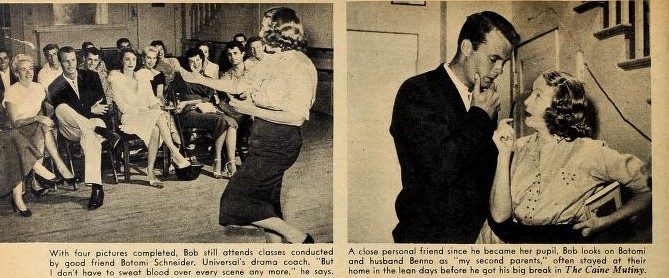
Botomi Schneider, c. mid-1950s
From 1949 until 1955, Bob studied at the Botomi Schneider Drama Workshop. Her husband, Benno Schneider, was a drama coach at Columbia Pictures.
“Sound of Thunder” by Toni Noel, Modern Screen, Dec. 1954.
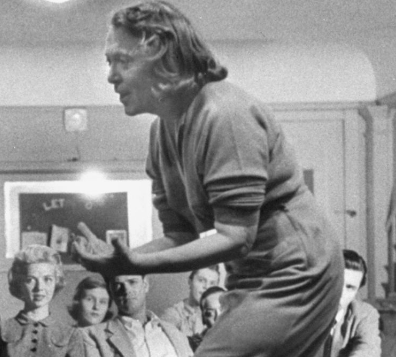
Botomi Schneider, c. 1955-1956
“He did not even have six months of solid training with Botomi. But whenever he was back in Hollywood, he would call her and she would make time for him.”
Source: Lillian Francis Robins, interview, May 11, 1991

"Bob Francis" by Kirtley Baskett, Modern Screen, Aug. 1954.
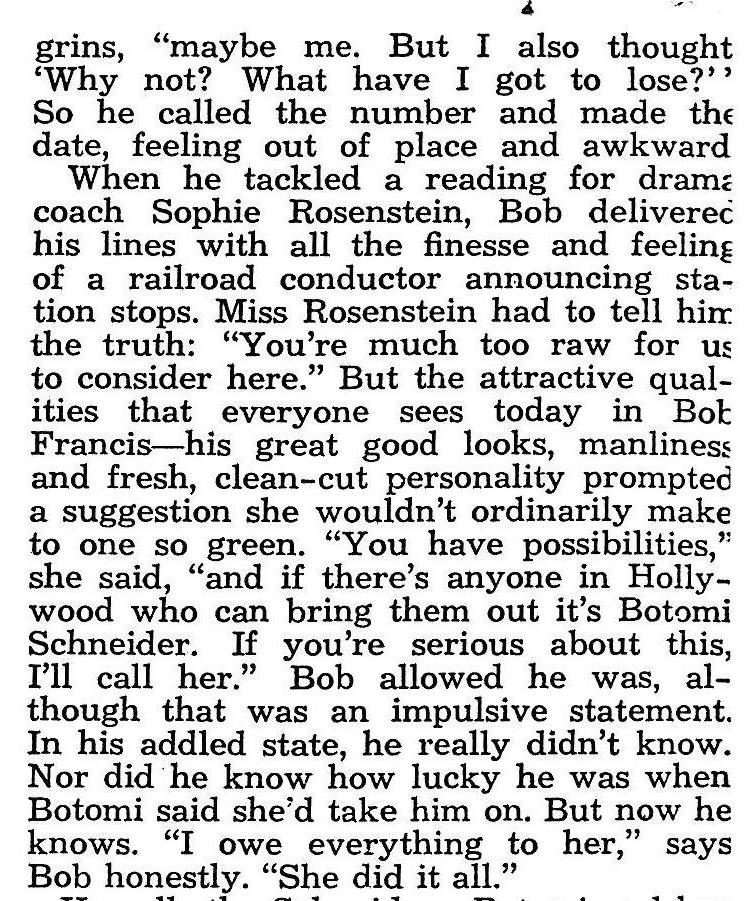

“Dad only had the one car for work. He gave the car to Bob to go to his acting school. Of course, we kidded Bob all the time about ‘Lollywood.’ He said, ’I am just going to keep going and see what happens.’ When he went to Camp Roberts, he was real nearsighted, so he did not get sent into combat. They kept him as an instructor.
“Then, when he got out, I asked him what he was going to do. He said he would stick with it for about another six months, go to school with Botomi and study. If nothing happened in six months then that was it.”
Source: Bill Francis, interview, Aug. 1992.
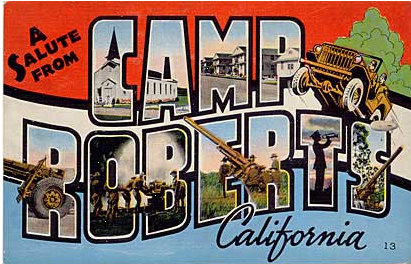
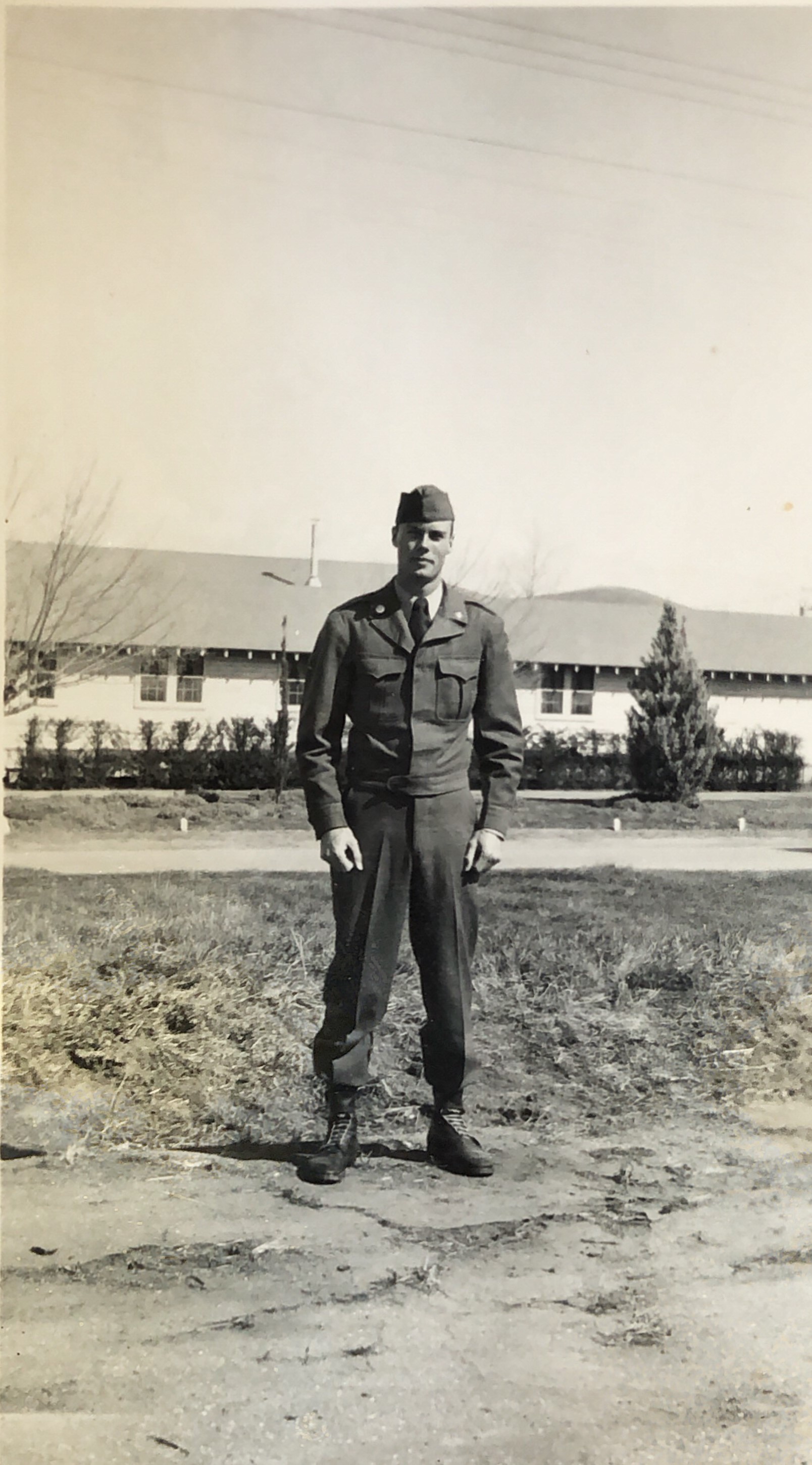
Bob at Camp Roberts, Calif., 1951-1952
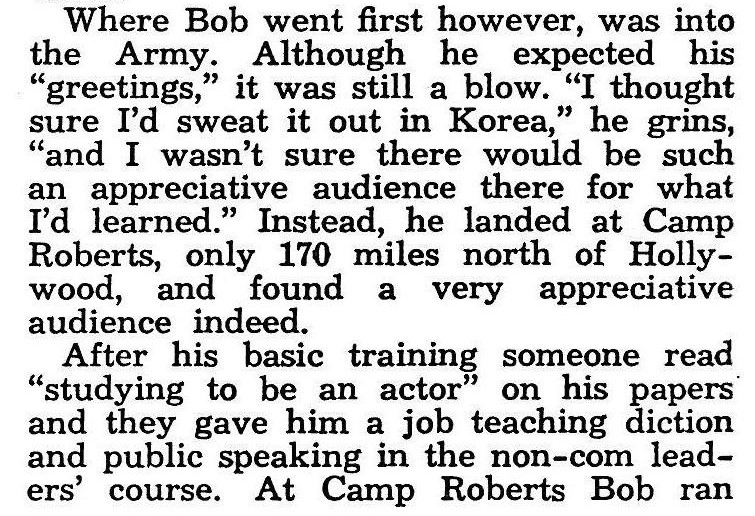
"Bob Francis" by Kirtley Baskett, Modern Screen, Aug. 1954
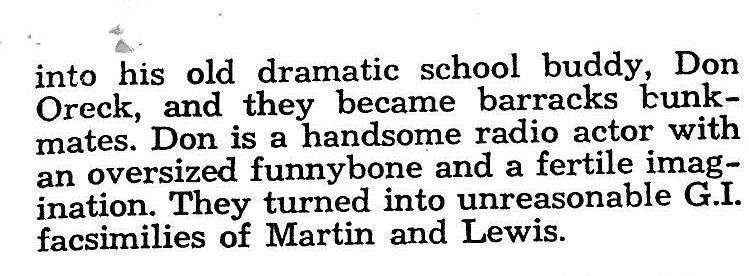
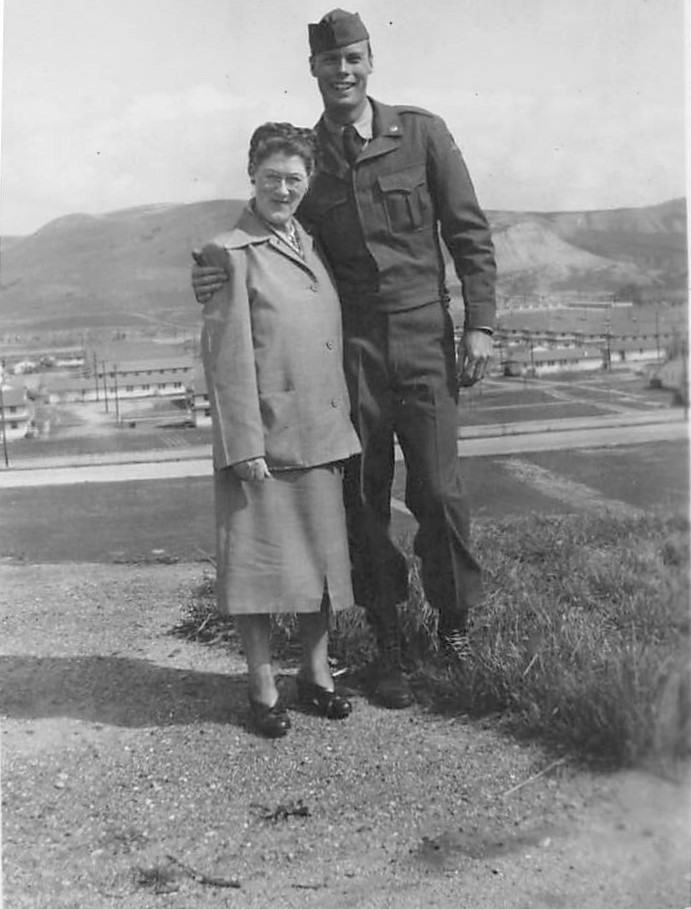
Bob at Camp Roberts, Calif., with his mother, Lillian, c. 1951-1952.
Lillian attended the Lowell, Mass. Business College. Graduated June 23, 1908? At one point during her marriage, she worked at The Broadway department store in downtown Los Angeles.
“When we were in Ireland (1956), my Mother was 5’2” — even at age 93 she still had a touch of auburn streaks in her hair — she would stand with her feet slightly apart, hand on her hips when she was talking to her brother and his family. She was so cute.”
Source: Lillian Francis Robins, interview, May 11, 1991.
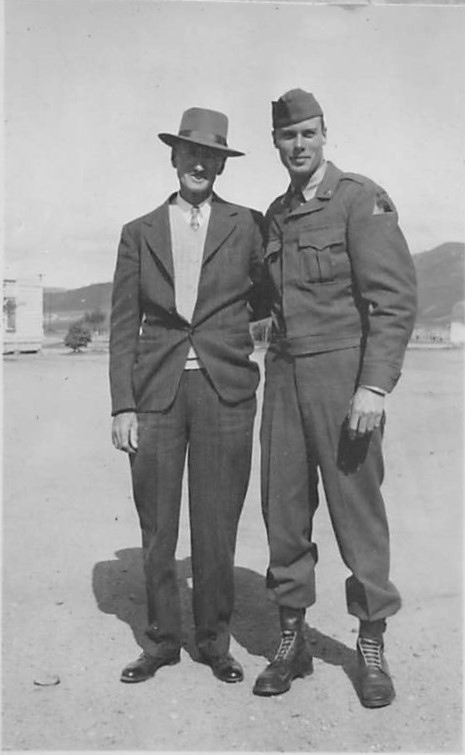
Bob at Camp Roberts, Calif., with his father, Jim, c. 1951-1952

Bob at Camp Roberts, Calif., c. 1951-1952
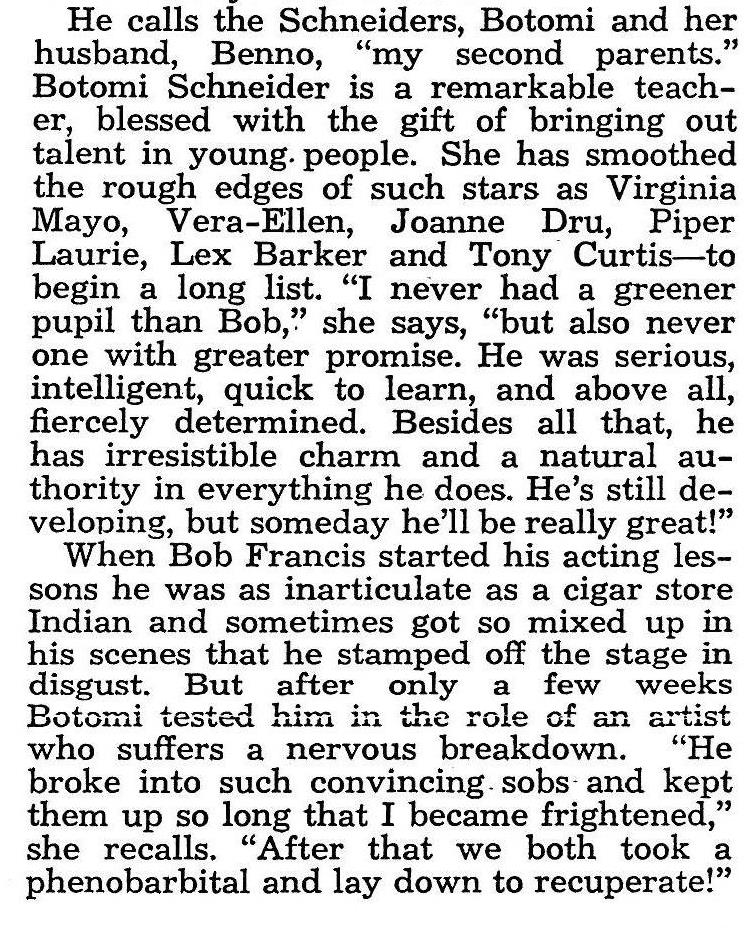
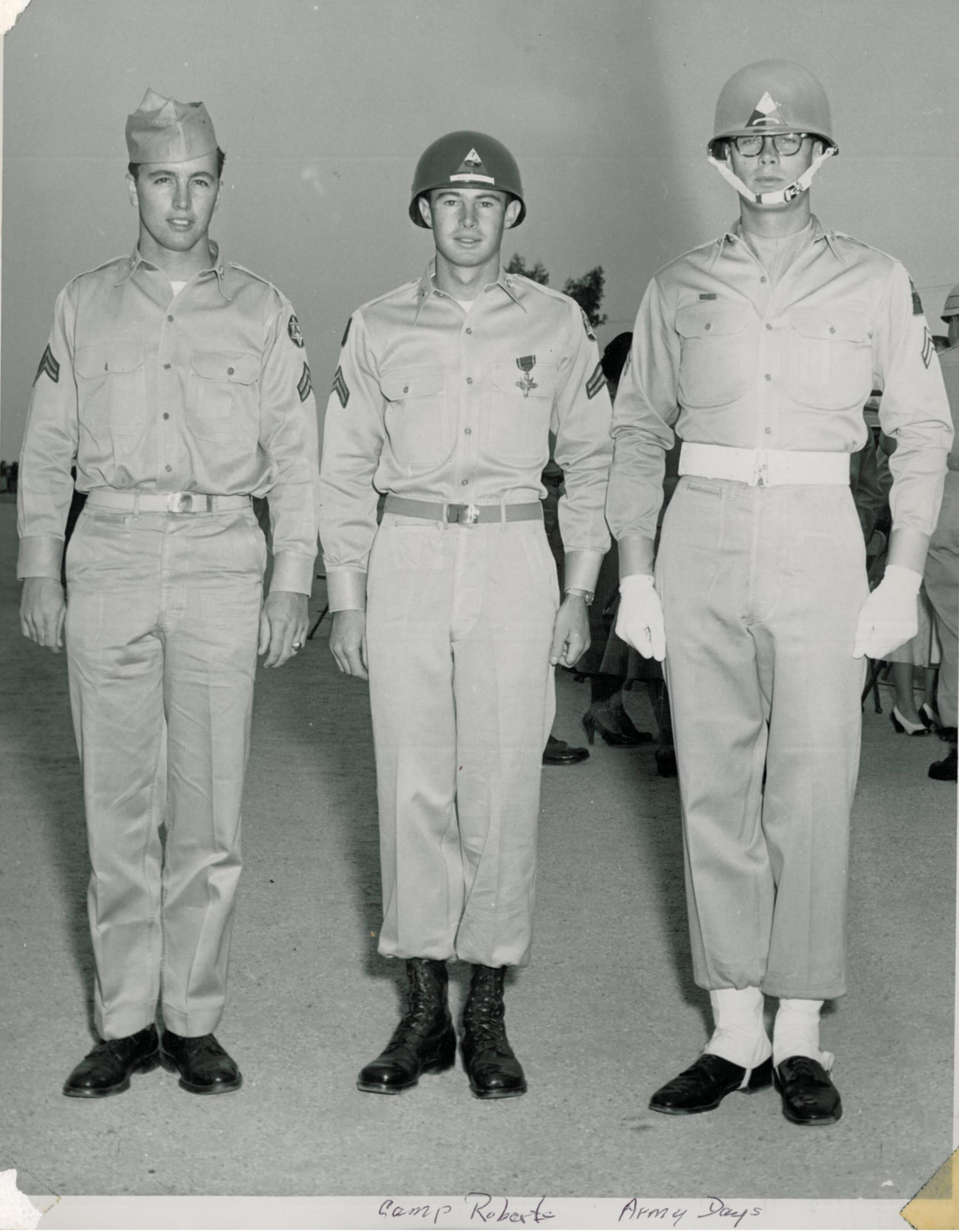
Camp Roberts, Calif., c. 1951-1952.
This photo MAY have appeared in The Camp Roberts Parade, Vol. 3 #1, Thursday, Oct. 16, 1952.
Corporal Norman McCloud (center) was awarded the Distinguished Service Cross by Secretary of the Army Frank Pace, Jr., during his tour of the camp at the leader’s course. [McCloud may have had actual combat experience, perhaps in Korea]. At this review parade, McCloud is with his skiing buddies, Corporal Robert S. Francis and Corporal John J. Lane both of Pasadena, Calif.. Sept. 16, 1952.
Photos of Bob wearing eyeglasses are rare. This is one of the few.
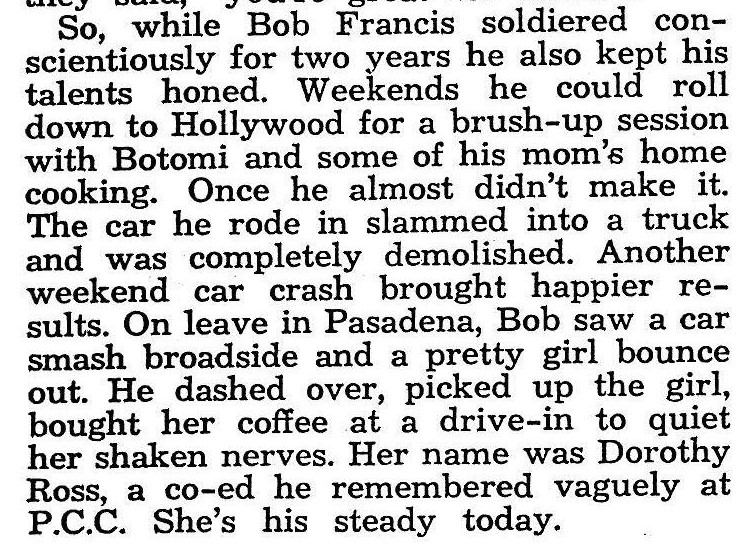
"Bob Francis" by Kirtley Baskett, Modern Screen, Aug. 1954
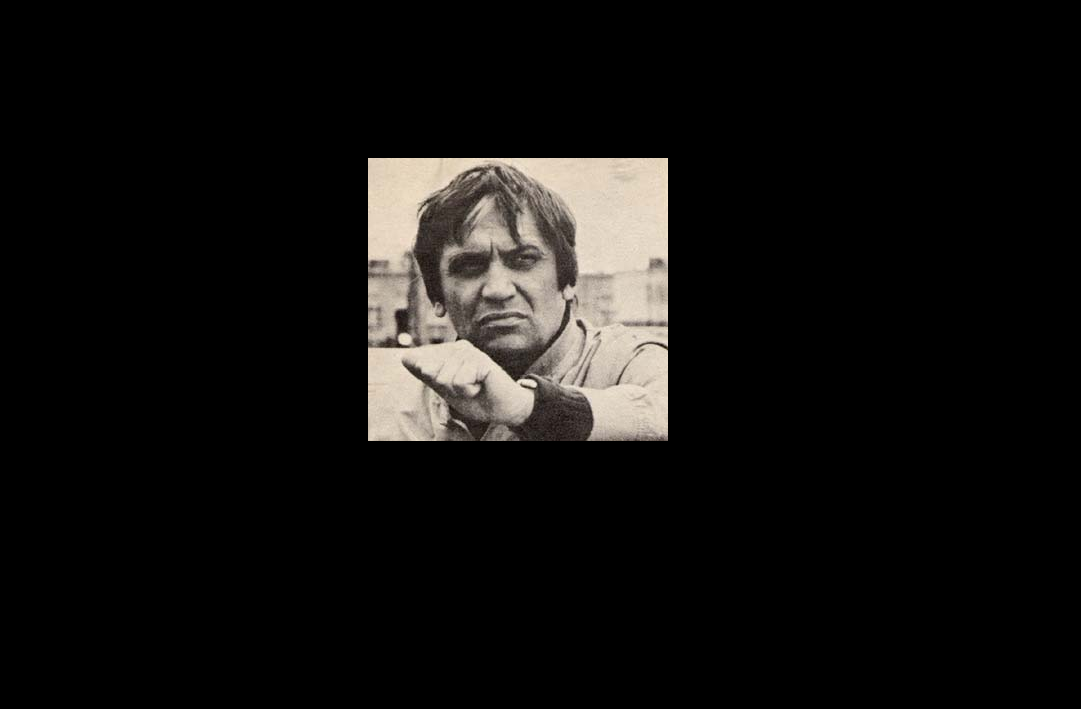
Actor Don Oreck died in Los Angeles of a degenerative brain disease on March 5, 2006. He was 75. Oreck was born in Los Angeles on Aug. 31, 1930. He began acting in the mid-1950s, appearing in the film Target Zero (1955). He was also seen on television in episodes of “Studio 57,” “West Point,” “State Trooper,” ”Frontier Doctor,” “Sea Hunt,” “Men into Space,” “M Squad,” “Checkmate,” and “Bonanza.” Oreck retired from the screen in the early 1960s to operate a small business.
In 1955, he married 20-year-old Joanna Moore who, after their divorce in 1957, became a well-known movie and TV actress and, following her later marriage to Ryan O'Neal, the mother of Griffin O'Neal and Tatum O'Neal. His second marriage, to Tulsa-born Mary Ann Powell (born August 19, 1930), lasted from 1958 to 1971 and produced two children, Kevin Robert and Elizabeth Diane.
In addition to Don Oreck, Bob’s other Army friends included Jack Lane, Norman MacLeod, and George Maruyama with whom he traveled to and from Camp Roberts and Pasadena. Oreck’s family owned Lake Florist on S. Lake Ave. Later, they sold it to the Maruyama’s family, according to Bill, Bob’s brother. George Maruyama may have graduated from Pasadena City College in 1949.
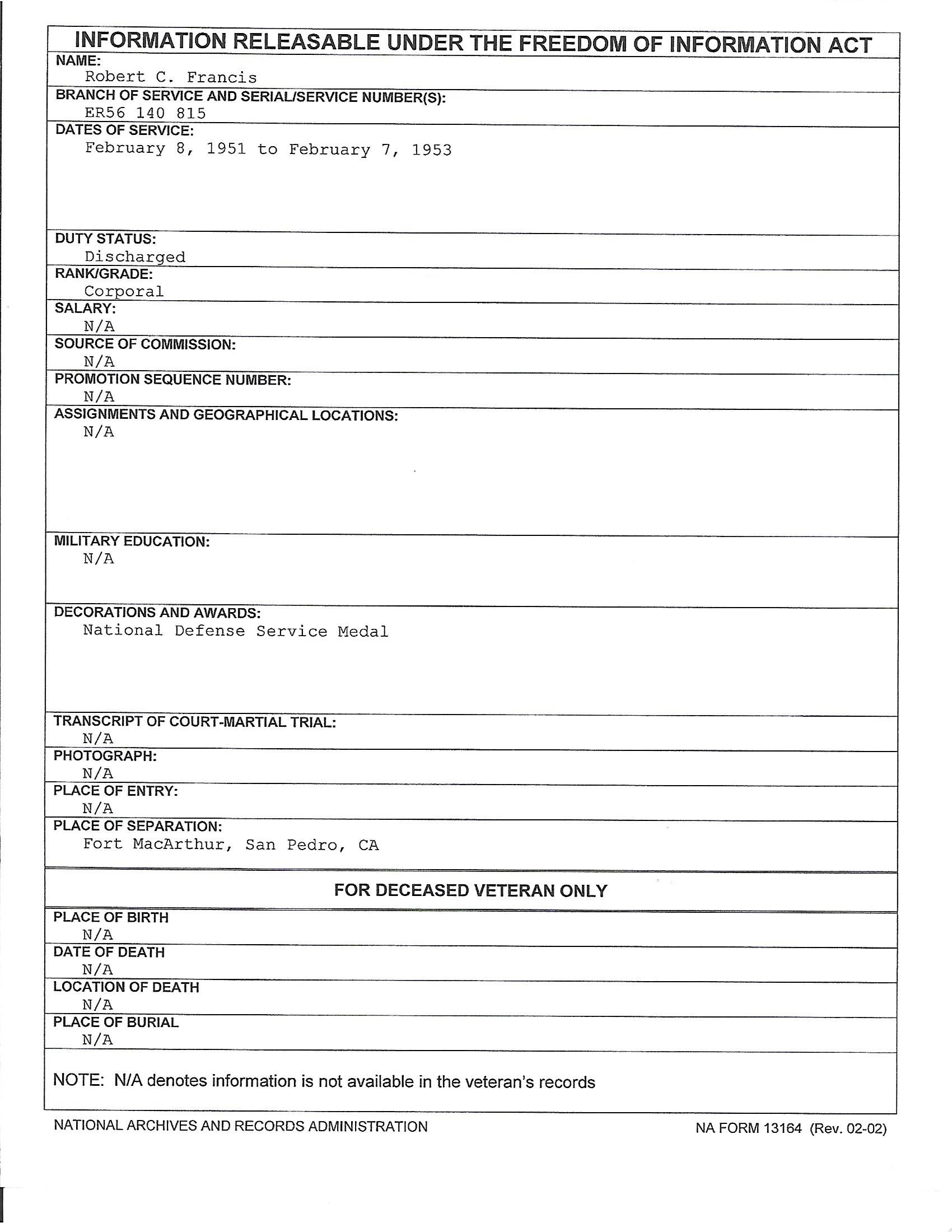
Bob's military record
He served at Camp Roberts (located on both sides of the Salinas River in Monterey and San Luis Obispo counties about 200+ miles from Pasadena). In recent years, the camp has undergone major renovations, including demolition of World War II-era barracks where Bob and Don Oreck lived. He achieved the rank of corporal and received the National Defense Service Medal. He was discharged from Fort MacArthur in San Pedro, Calif., now a part of the Port of Los Angeles. Many articles about Bob mention that he appears in military uniforms in all four of his films.
Below: Dorothy (Dot) Ann Ross enters Bob’s life, c. 1952
“Sound of Thunder” by Toni Noel, Modern Screen, Dec. 1954
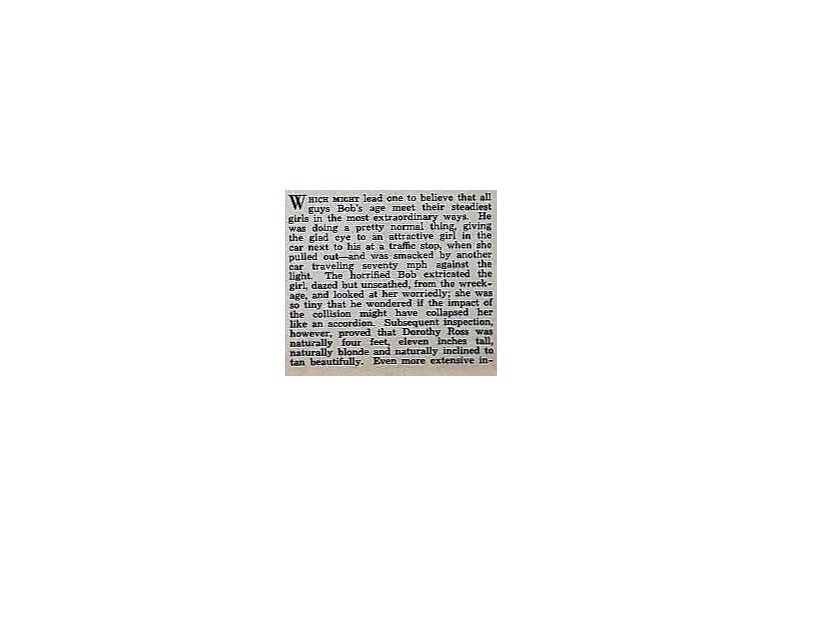

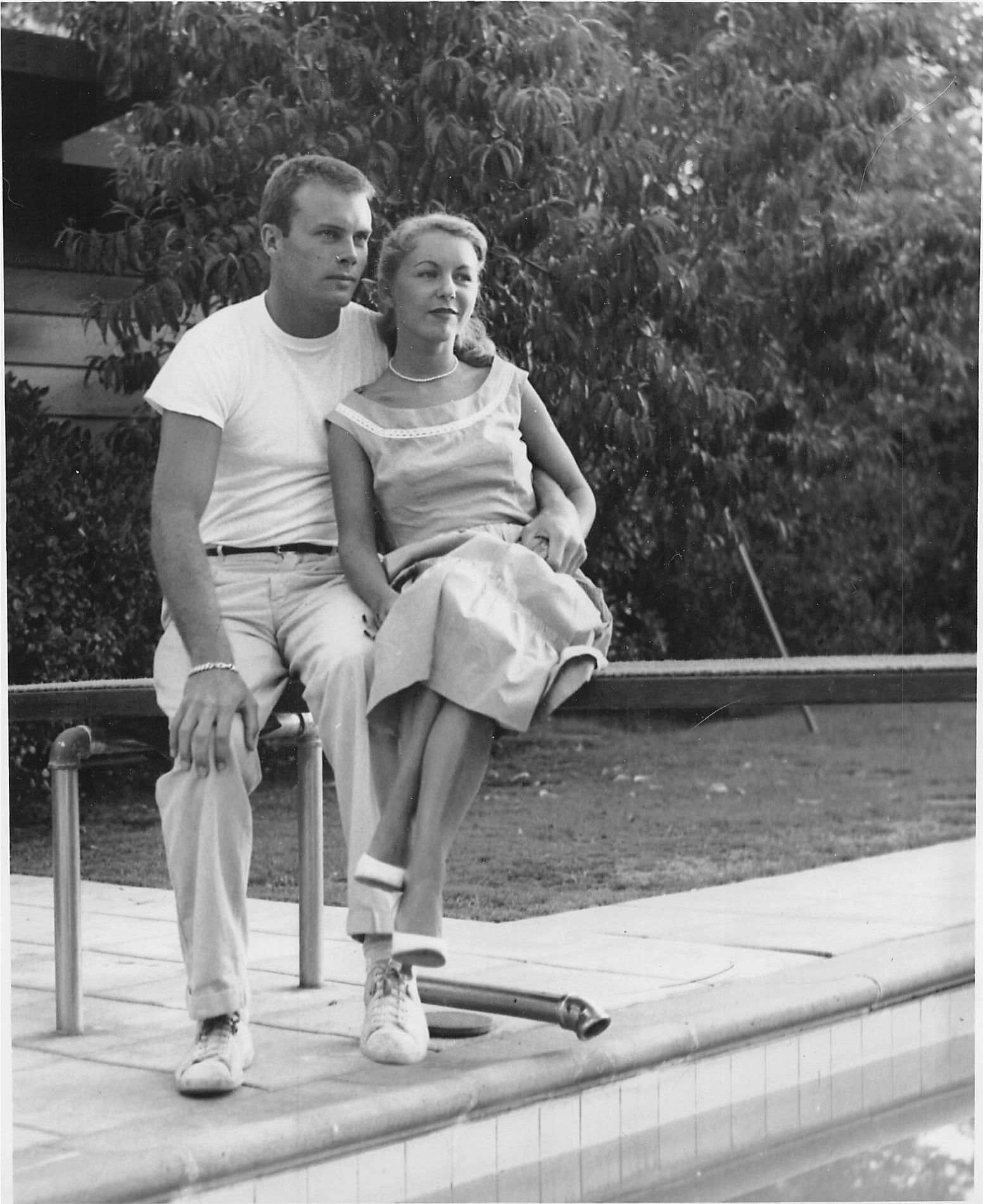
Bob and Dorothy Ross, c. 1953
This photo and the next one seem to be professional photographs, perhaps taken by someone at Columbia Pictures. Location unknown. Their chance meeting following a car accident, c. 1951-1952, developed into a serious romantic relationship. But given Bob’s movie-making and personal appearance tours during 1953-1955, all relationships, romantic or otherwise, took a backseat to his pursuit of a place in the star and studio systems.
Bob is wearing a silver identification bracelet on his right wrist. These were popular male accessories in the 1950s. Whether he bought it or received it as a gift is unknown. He wears it throughout The Caine Mutiny.

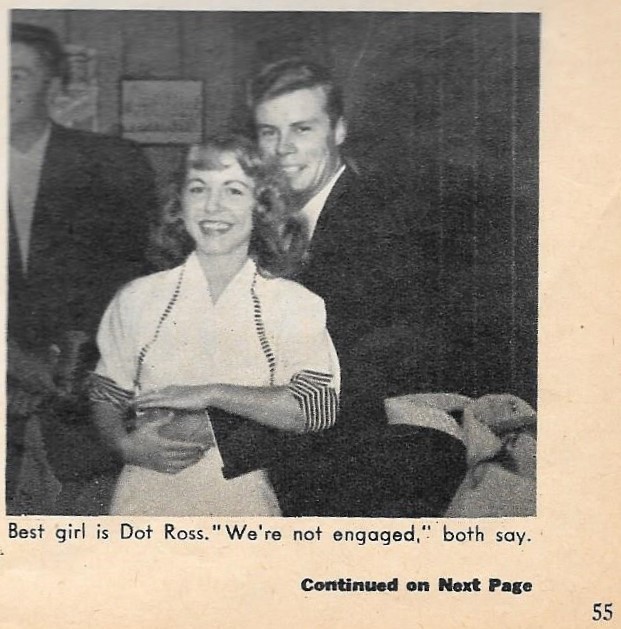
Photo: “Sound of Thunder” by Toni Noel, Modern Screen, Dec. 1954
“Dot’s parents moved to Laguna. We went to visit them once. She was about 4’11’ against his 6’3”. I think if he had not been into the movies, that might have been something.”
Source: Lillian Francis Robins, interview, May 11, 1991.
Below: Dorothy Ann Ross Bradley 1930-2011
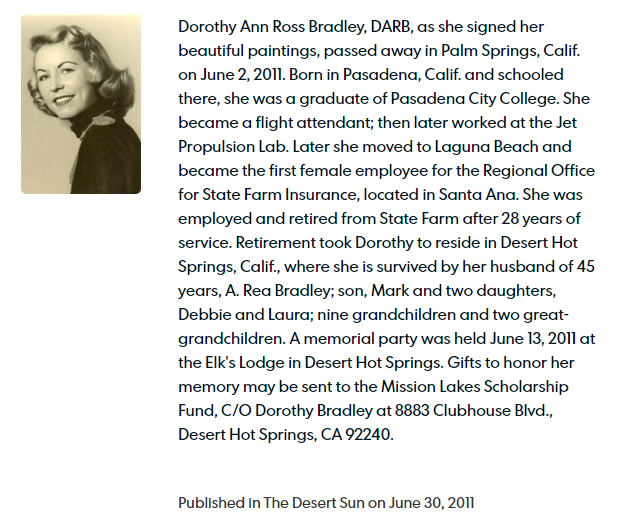
Below: Albert Bradley, 1927-2013, husband of Dorothy Ross
Unlisted survivor: Dot Ross also had a sister, Barbara Watson, of Palos Verdes Estates, Calif.
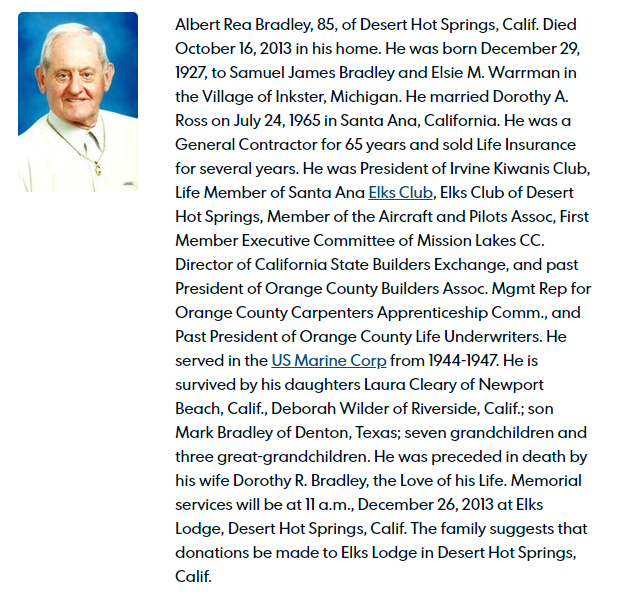
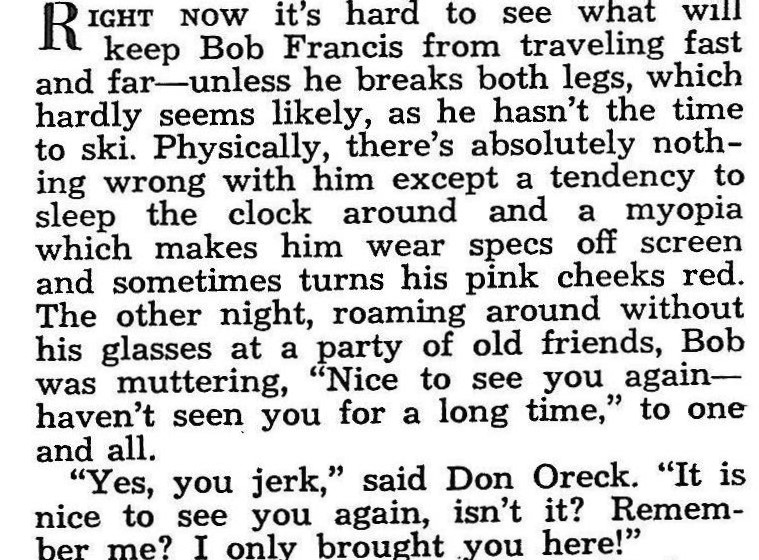
"Bob Francis" by Kirtley Baskett, Modern Screen, Aug. 1954
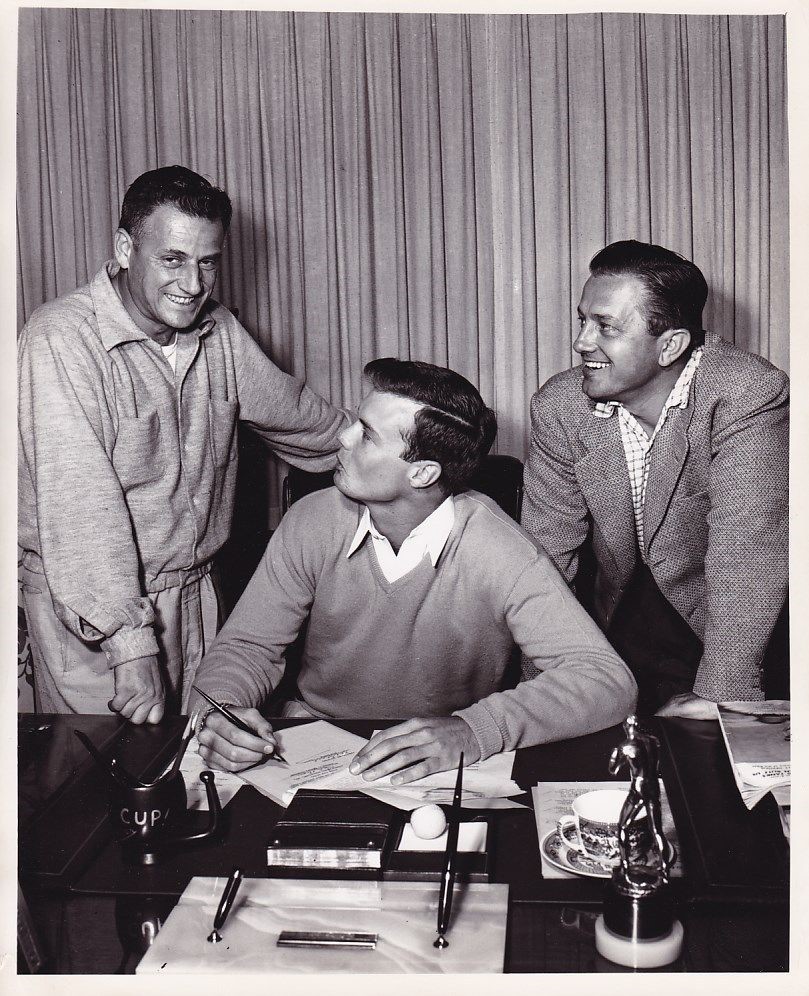
Bob signing Columbia Pictures contract, c. March 1953
Stanley Kramer, Producer, and Edward Dymtryk, Director, The Caine Mutiny. Columbia Pictures.
“The people Bobby had around him — Benno, Botomi, and Stanley Kramer — these were people Bobby spoke of like they were talking very friendly and very interested in each other. It didn’t sound like a businesslike kind of thing.”
Source: Lillian Francis Robins, interview, May 11, 1991.
“I don’t think Bob had any intention of being in the movies. Maybe I am wrong. He just happened to be picked up. No one in the family cared about him being in the movies.”
Source: Betty Jeans Francis, interview, Aug. 1992.
Below: "Bob Francis" by Kirtley Baskett, Modern Screen, Aug. 1954

"Bob Francis" by Kirtley Baskett, Modern Screen, Aug. 1954

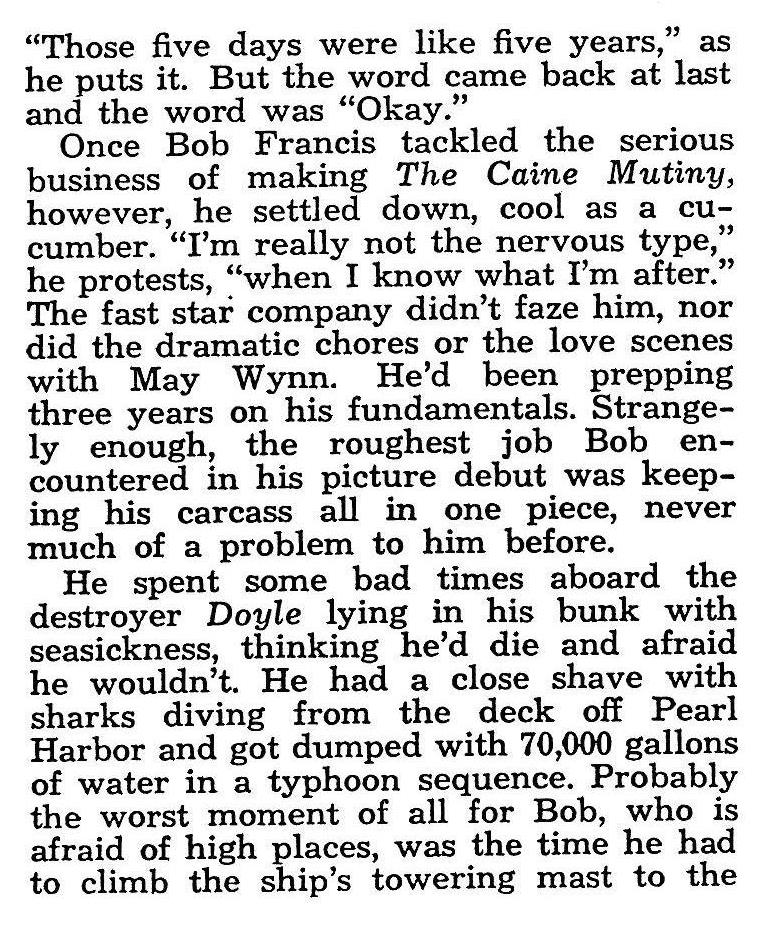
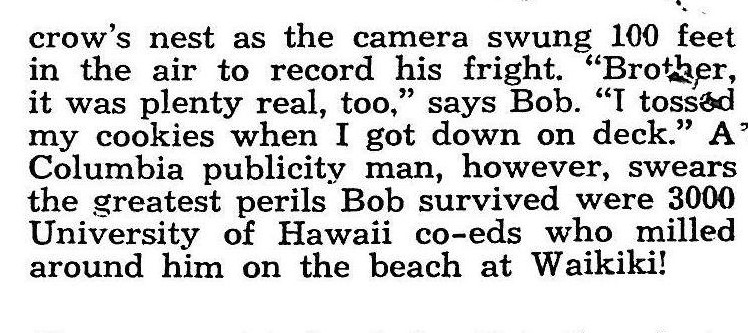
Bob’s sister, Lillian, says the writer has confused Bob with his character, Willie. Bob was not afraid of heights, she said. Otherwise, he could not have been a serious snow skier competing on high California mountains. In the crow’s nest scene in The Caine Mutiny, Ensign Harding (played by Jerry Paris) vomits into Willie’s hat. Willie appears to be nauseated. According to the story, Bob vomited when the scene was over and he was back on the ship deck.
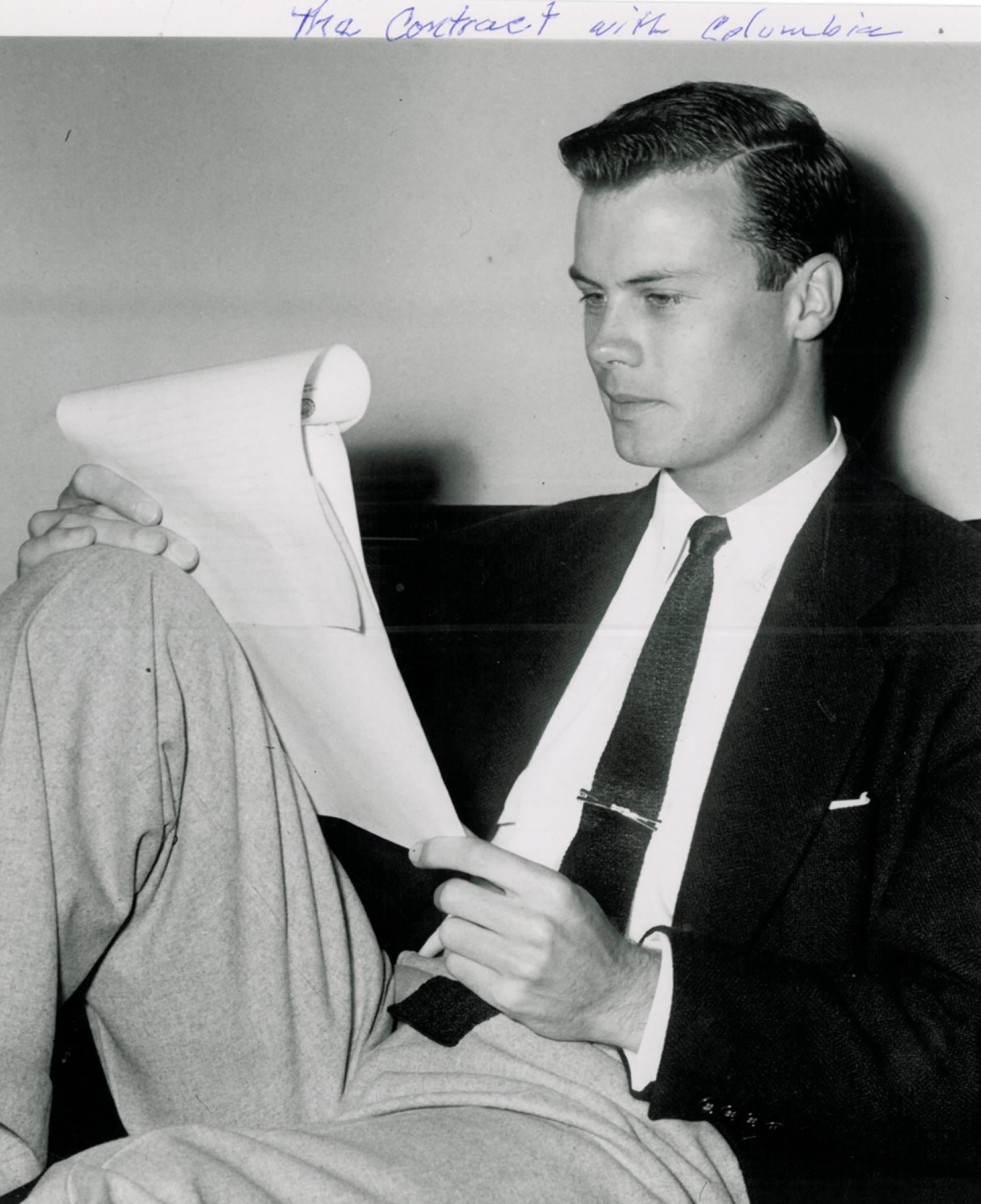
Photo: Pasadena Star-News, April 23, 1953. Bob would be under the wings of Kramer and Dymtryk, but his real boss was Harry Cohn.
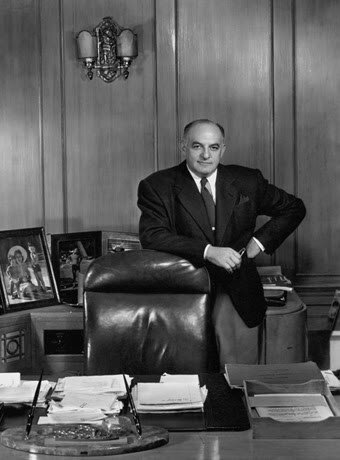
Harry Cohn (July 23, 1891-Feb. 27, 1958) was the co-founder, president, and production director of Columbia Pictures Corporation for more than 30 years. “He was crude, uneducated, foul and, even on his best behavior, abrasive. No major studio executive of the so-called ‘Golden Age’ was more loathed (although at times the dictatorial Samuel Goldwyn and the hard-nosed Jack L. Warner came close) than Harry Cohn.” https://www.imdb.com
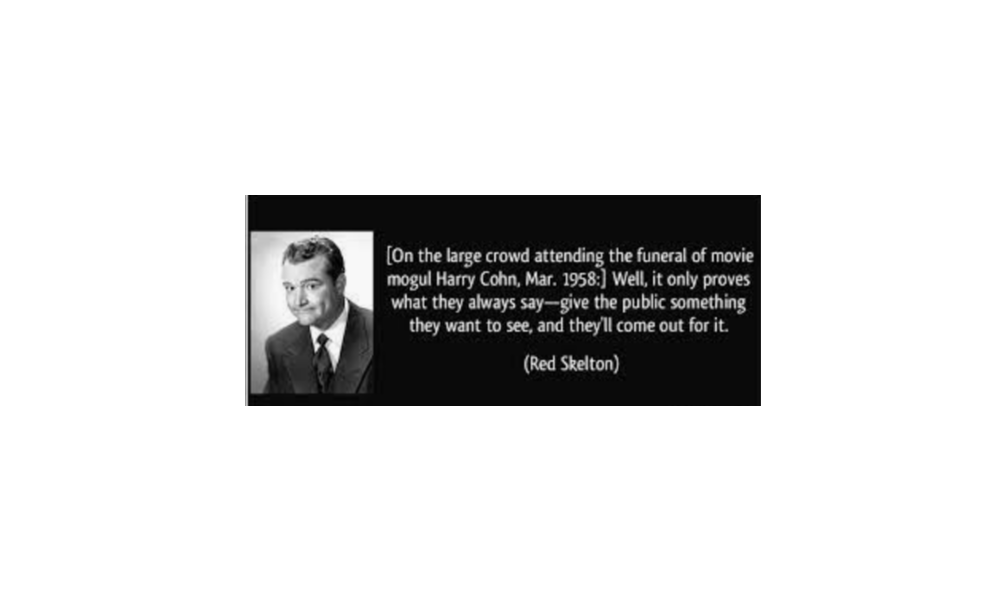
No matter how many times a studio’s sound stages and back lots change ownership or get new coatings of paint and various upgrades in equipment, the basic components remain the same. Columbia did not change ownership until several years after Cohn’s death, so the Columbia Pictures lot in 1953 and 1954 when Bob worked there was not much different from its earlier days.
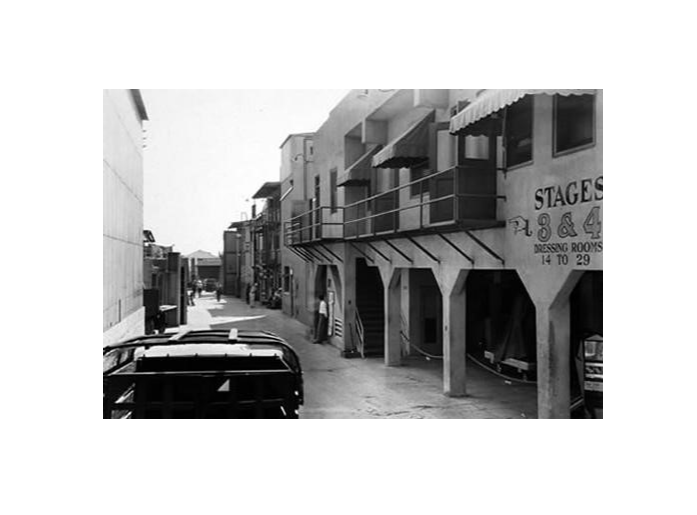
Historic Columbia Pictures photos, c. 1920s and 1930s
Founded in 1918 by Harry and Jack Cohn and Joe Brandt, Columbia Pictures occupied space on Hollywood’s “Poverty Row” (home of low-budget film studios) at Sunset Boulevard/Gower Street in Hollywood. The term, “Gower Gutch,” refers to the cowboy extras who walked the street to Columbia, Paramount, and RKO studios to appear in low-budget westerns. Today the original Columbia Pictures studio is the Sunset Gower Studio. Sony purchased Columbia Pictures in 1989. Sony Pictures Entertainment now occupies the former Metro-Goldwyn-Mayer lot in Culver City, Calif..
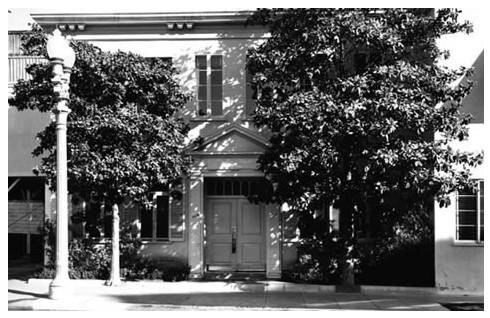
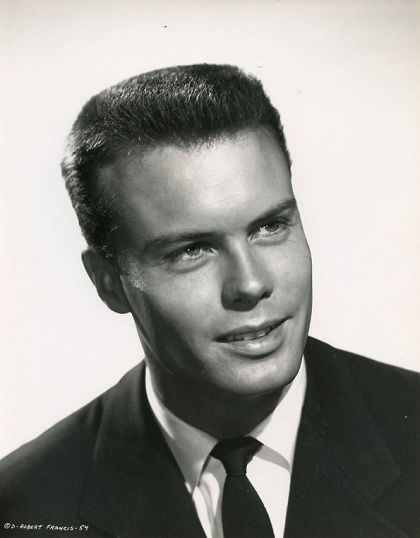
Bob, Spring 1953
Hair has been cut for The Caine Mutiny
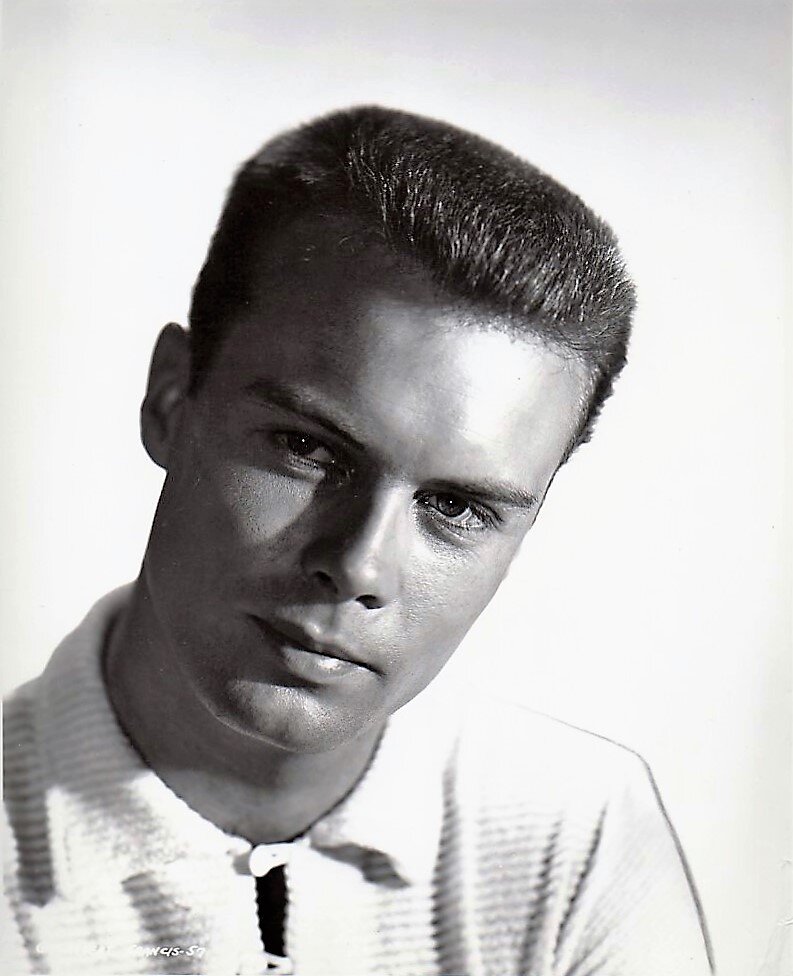
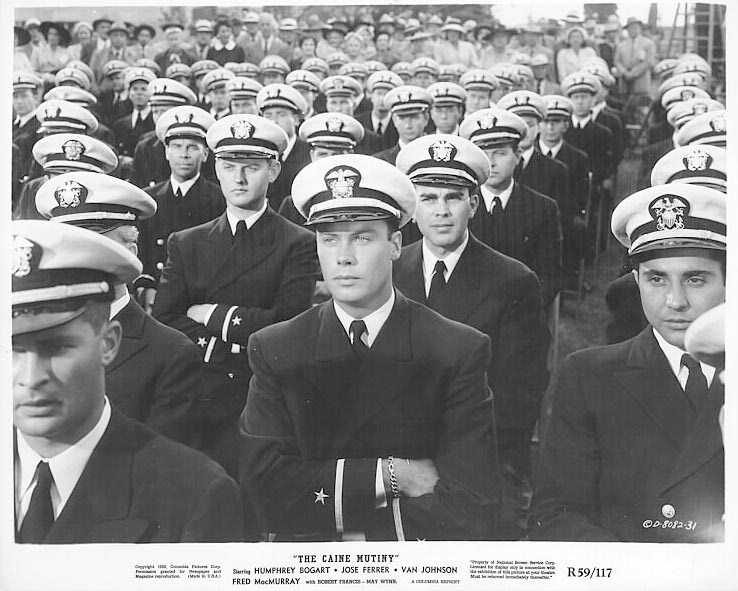
The Caine Mutiny
Filming: June 3-Aug. 24, 1953
New York Opening: June 24, 1954
Released: Sept. 1954
Bob’s first scene in film was shot at Royce Hall, University of Calif.-Los Angeles.
Below: Three photos made by Columbia Pictures, c. Fall 1953
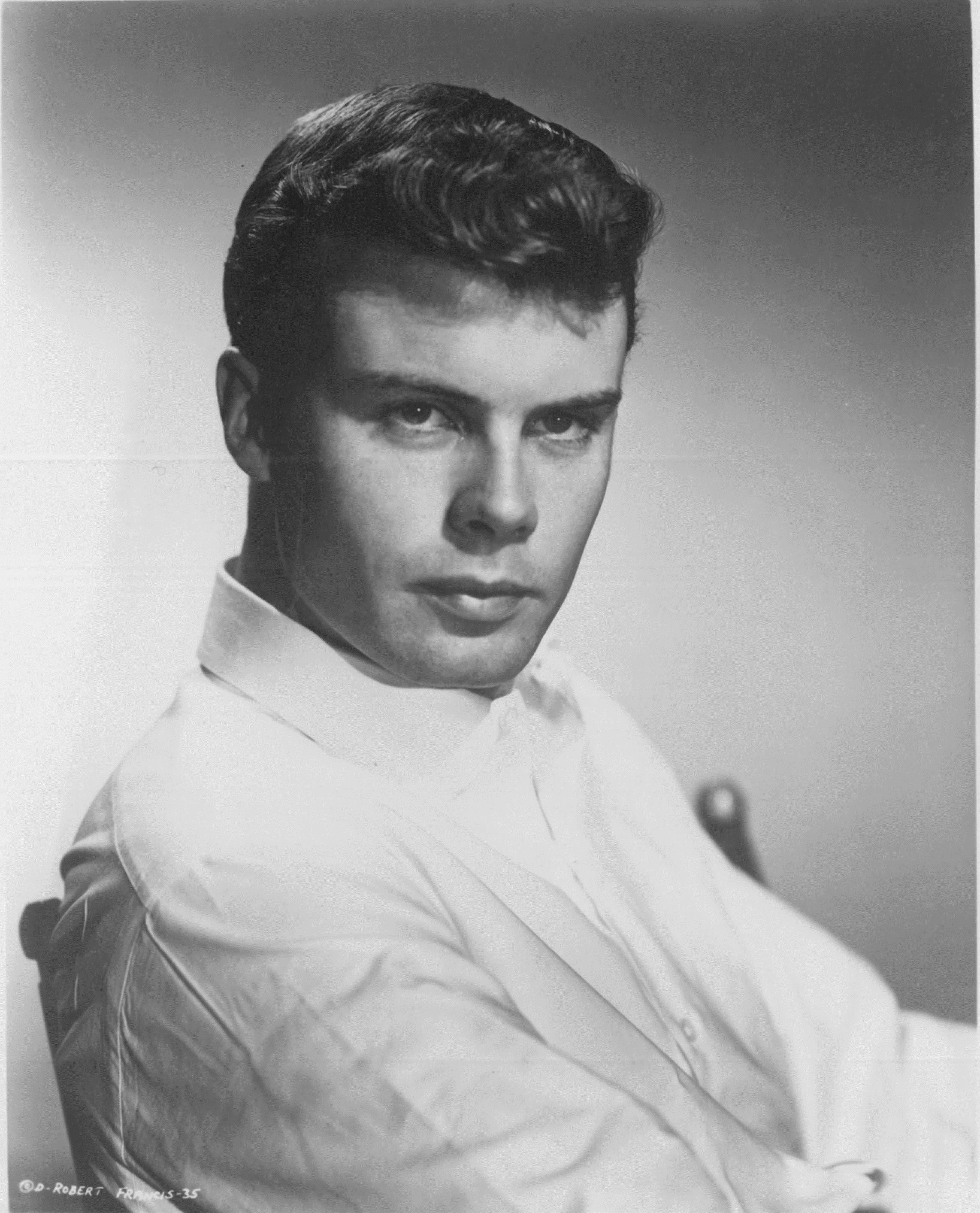
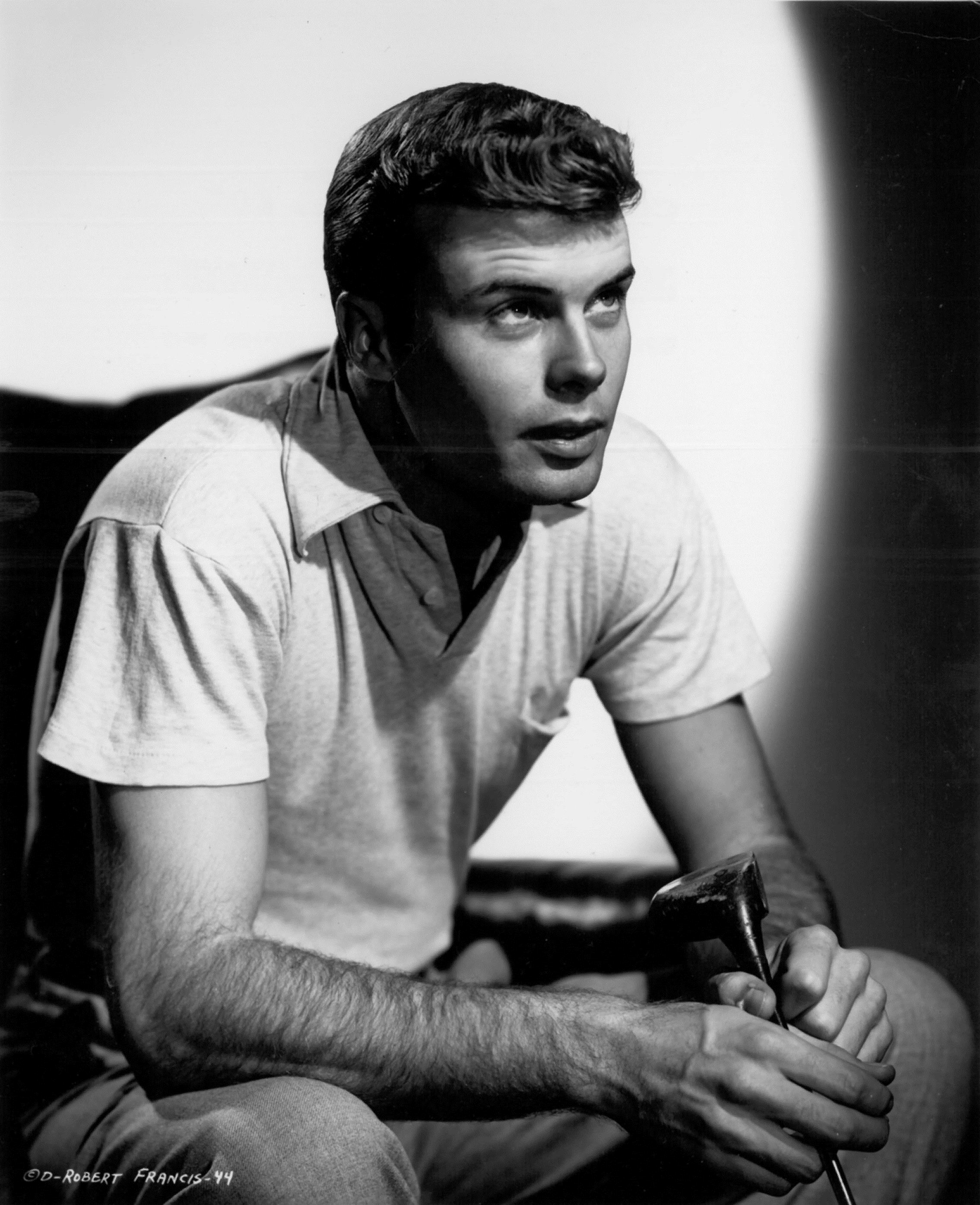
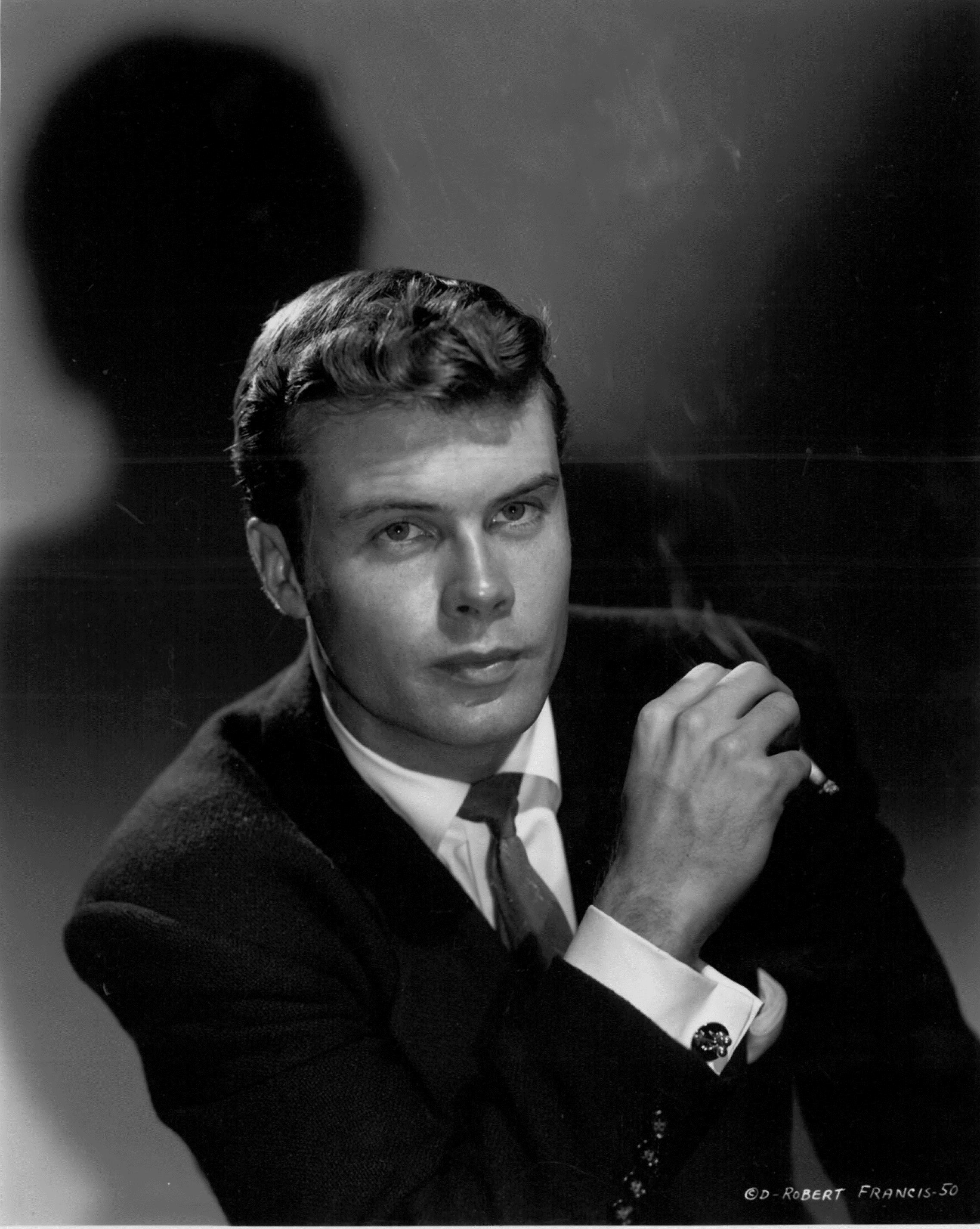
The cuff links Bob wears in the photo above may have been given to him by Dot Ross. They appear to have two small balls, a reference to Humphrey Bogart’s memorable prop of two steel balls in The Caine Mutiny. The cuff links were made for Bob and given to him after the filming of the movie.
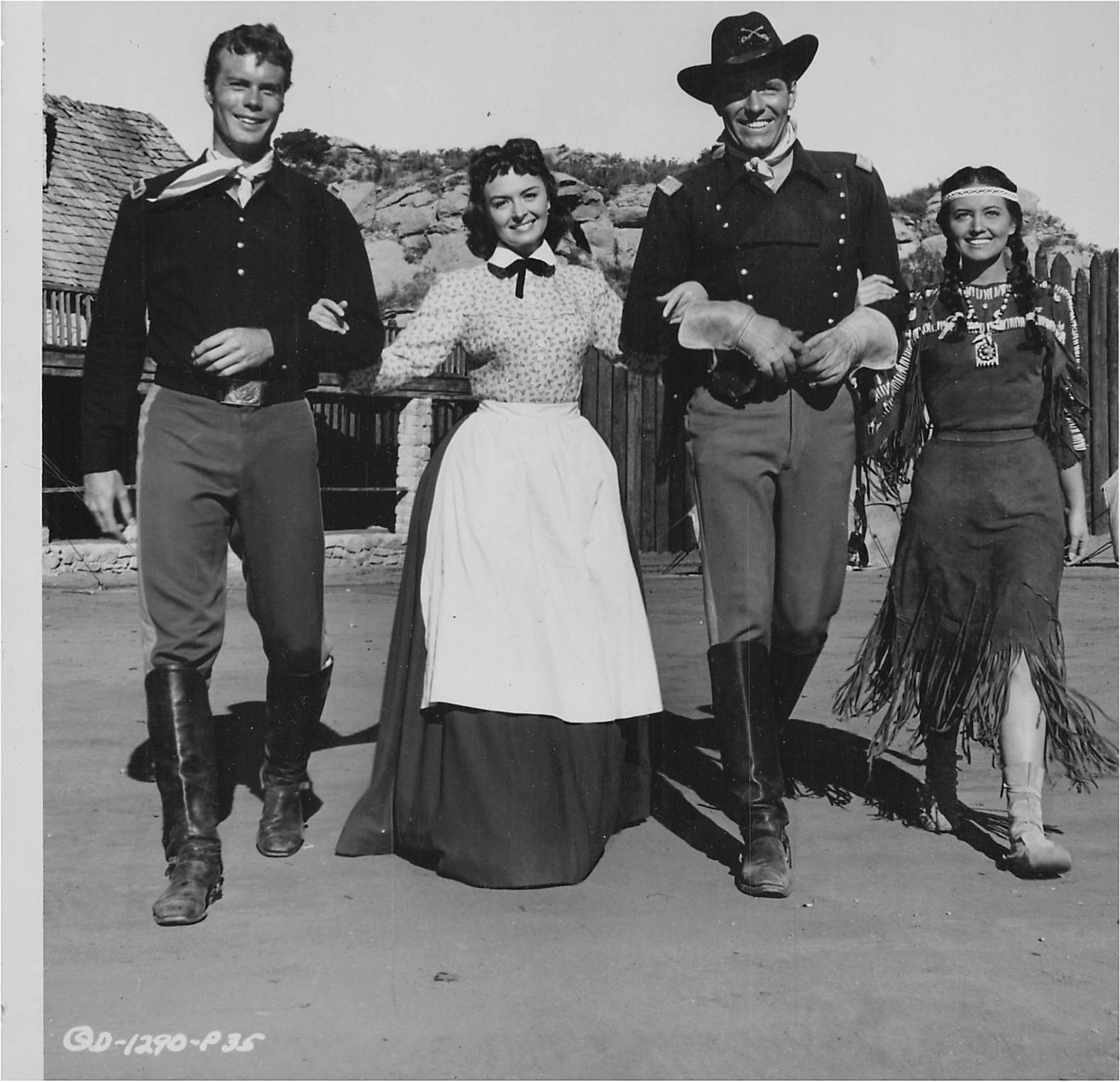
They Rode West
Filming: Nov. 17-Dec. 7, 1953
Opening: Los Angeles, Nov. 10, 1954
Promotional photo of Bob, Donna Reed, Phil Carey, May Wynn on location. Columbia Pictures
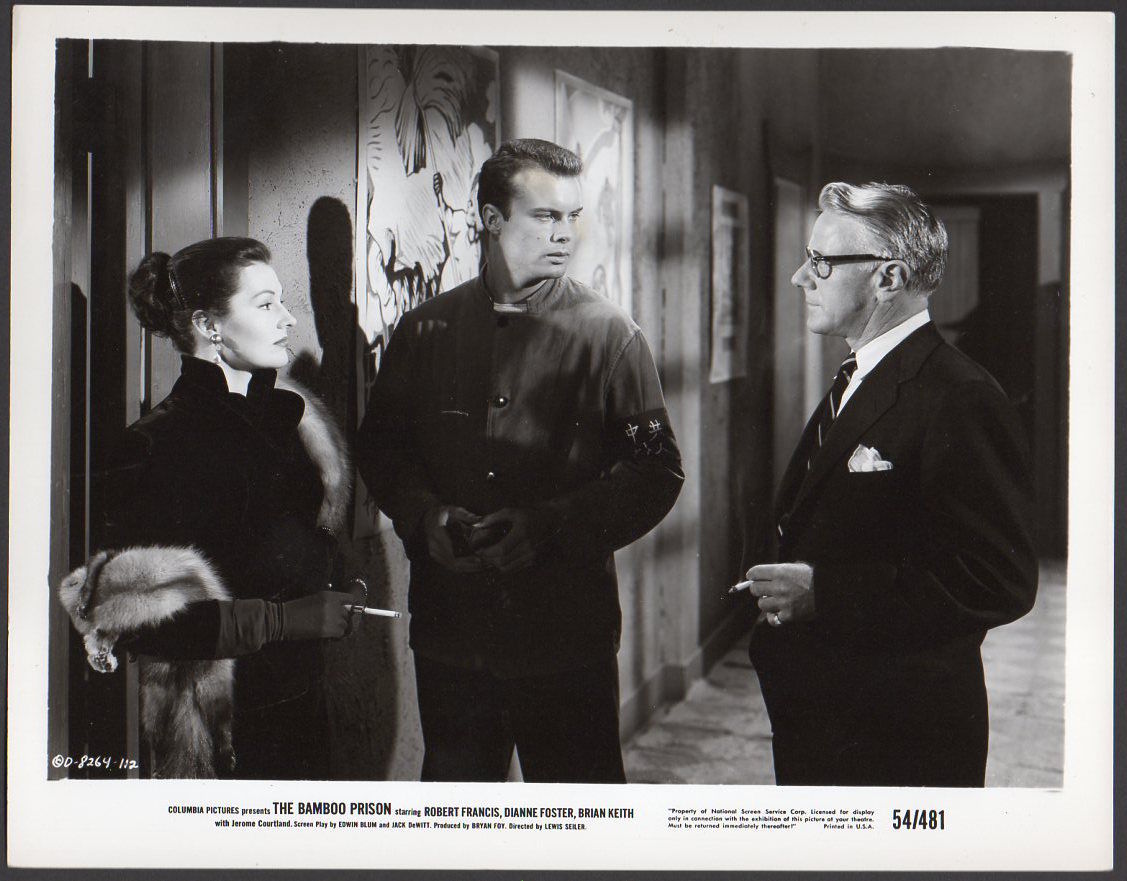
The Bamboo Prison
Filming: Late Feb.-Early March 1954
Released: Jan. 1955
Scene from film: Dianne Foster, Bob, and Murray Matheson, Columbia Pictures
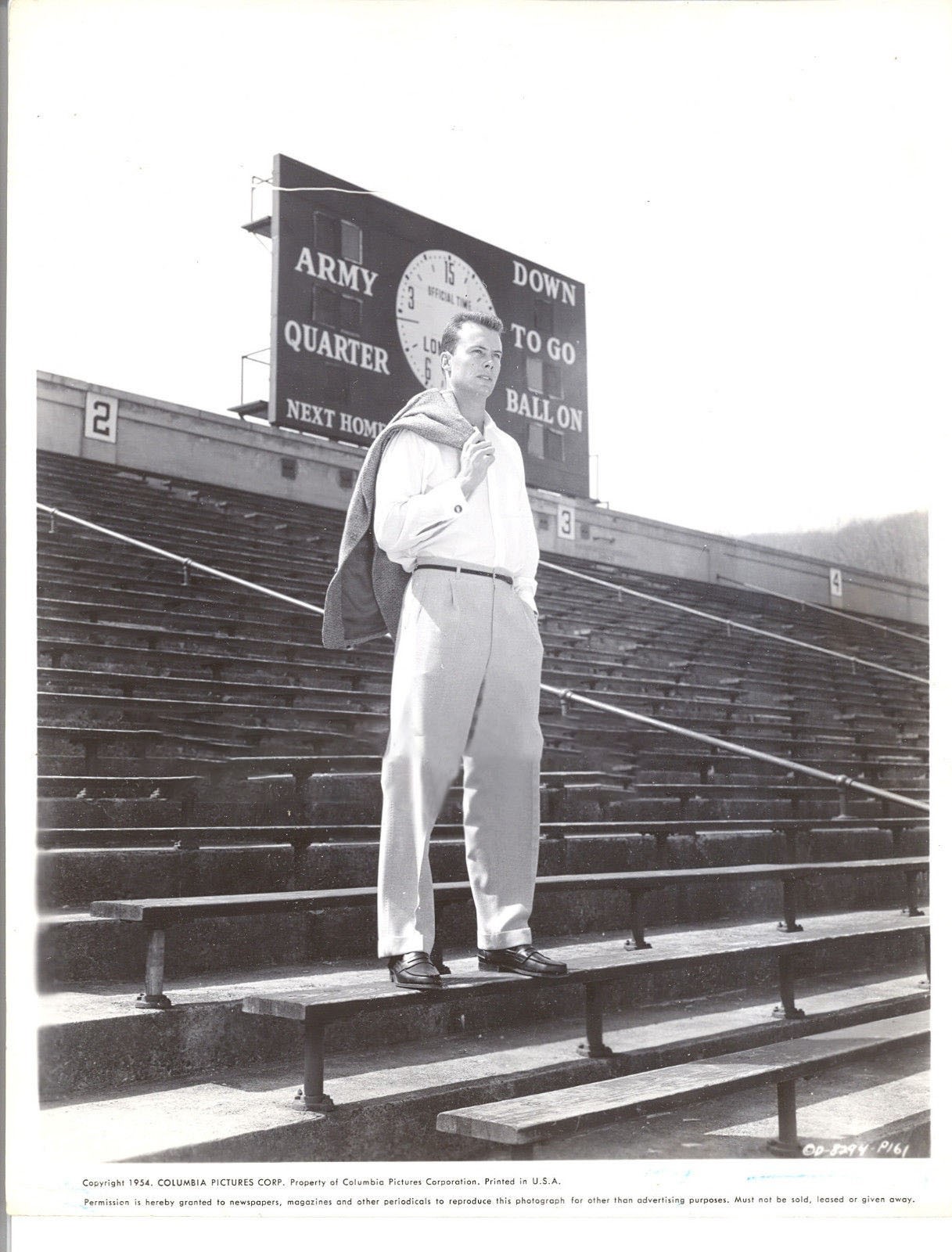
Bob, c. Winter/Spring 1954
Photo made while Bob was on location at West Point, N.Y., for The Long Gray Line.
Producer Jerry Wald who originally owned the “property” — Marty Maher’s book — gave Bob a bound copy of the script for The Long Gray Line.

ABOVE:
The Long Gray Line
Filming: March 15-May 17, 1954
Opening: New York, Feb. 10, 1955
Released: Feb. 1955
Promotional photo made on location at West Point, N.Y. Columbia Pictures
“We always thought all the parts he played were exactly Bob. It was Bob. They found parts for him.”
Source: Betty Jeans Francis, interview, Aug. 1992.
BELOW: David L. Johnston, Talent Scout
The talent scout who first spotted Bob in 1949 was murdered in Feb. 1954. His killers were captured and received life sentences. The link to Bob was not noted in press coverage, as far as is known, perhaps because at the time of the murder, Bob had received little publicity and his films had not been released. None of Johnston’s “discoveries” or clients are mentioned in the press coverage.
See Sidebars for addition information about this event.
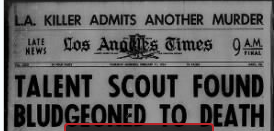
David Lynn Johnston was the talent scout who “discovered” Bob on July 4, 1949, at Santa Monica Beach. He sent him to Universal-International to meet the studio’s drama coach. From there, he ended up with Botomi Schnedier at her drama school and eventually into The Caine Mutiny.
Los Angeles Times, Thursday, Feb. 11, 1954
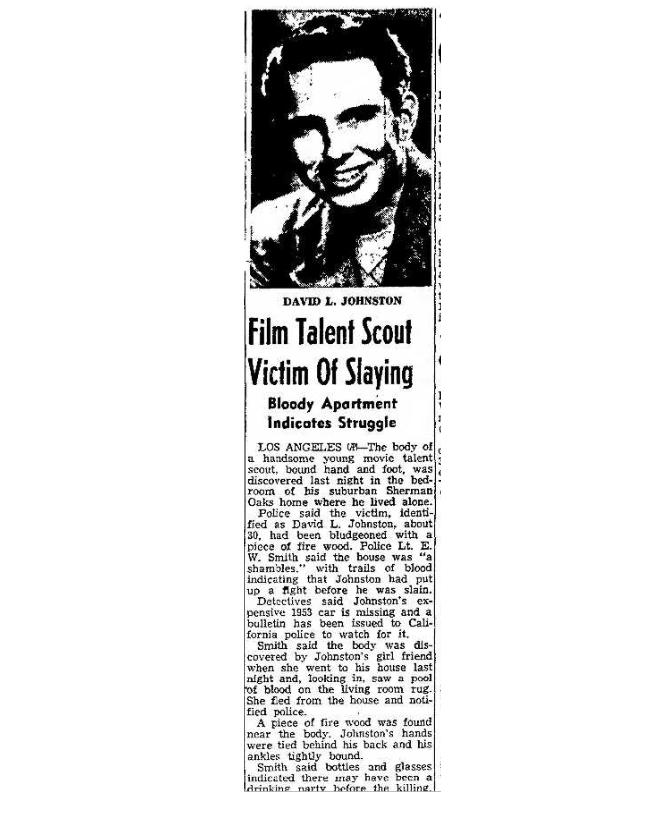
David Lynn Johnston, Talent Scout, Murdered
Lima (Ohio) News, Thursday, Feb. 11, 1954
As far as is known, Bob and Johnston did not remain in touch. At the time of Johnston’s death, Bob was filming The Bamboo Prison.
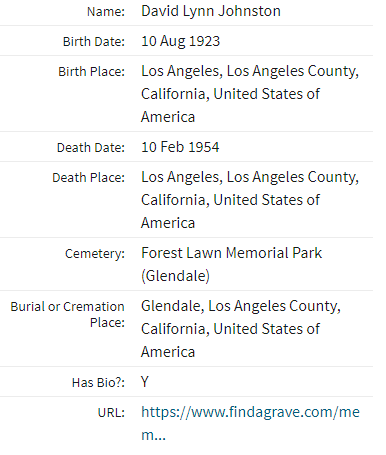
David Lynn Johnston, Aug. 10, 1923-Feb. 10, 1954
Source: Find A Grave website https://www.findagrave.com/

Above: David Lynn Johnston
Information from Ancestry. Johnston is not credited on the Turner Classic Movies website as an associate film producer for either Wings of the Hawk (1953) or The Glenn Miller Story (1954). Johnston’s killers were caught and sentenced to life imprisonment.
Additional information about this murder case is in the Sidebars section.
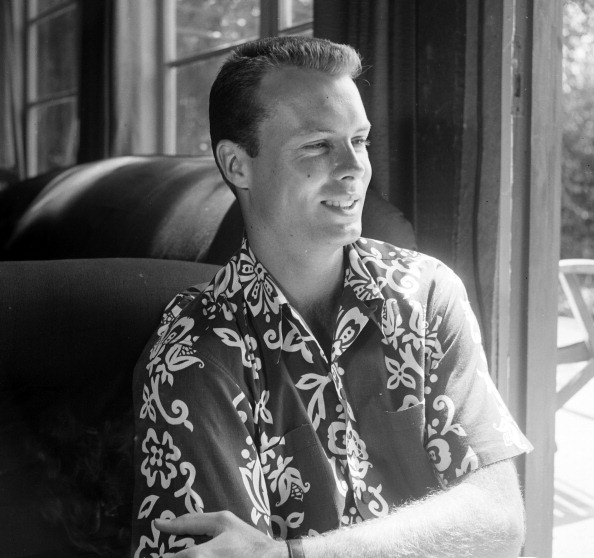
June 5, 1954, Pasadena, Calif. Earl Leaf, photographer. Michael Ochs Collection. Getty Images.
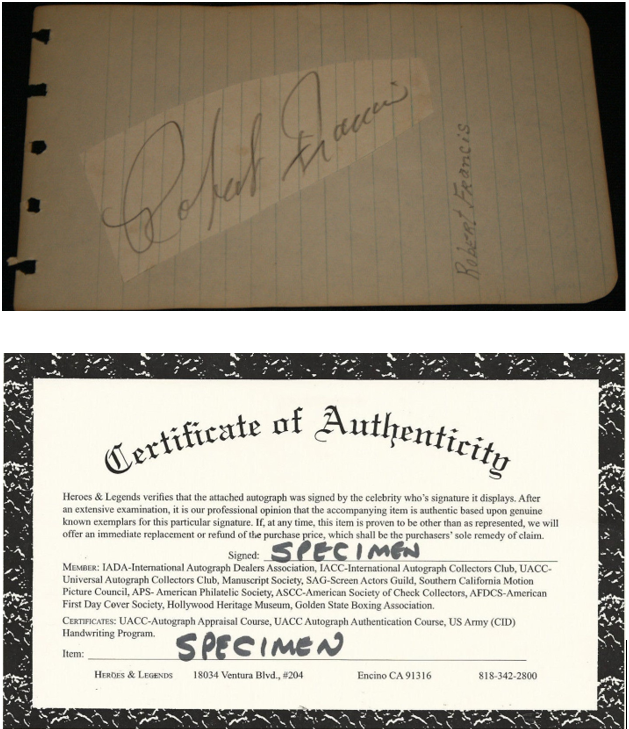

David L. Johnston jury deadlocked
San Bernardino Sun, San Bernardino, Calif., June 13, 1954
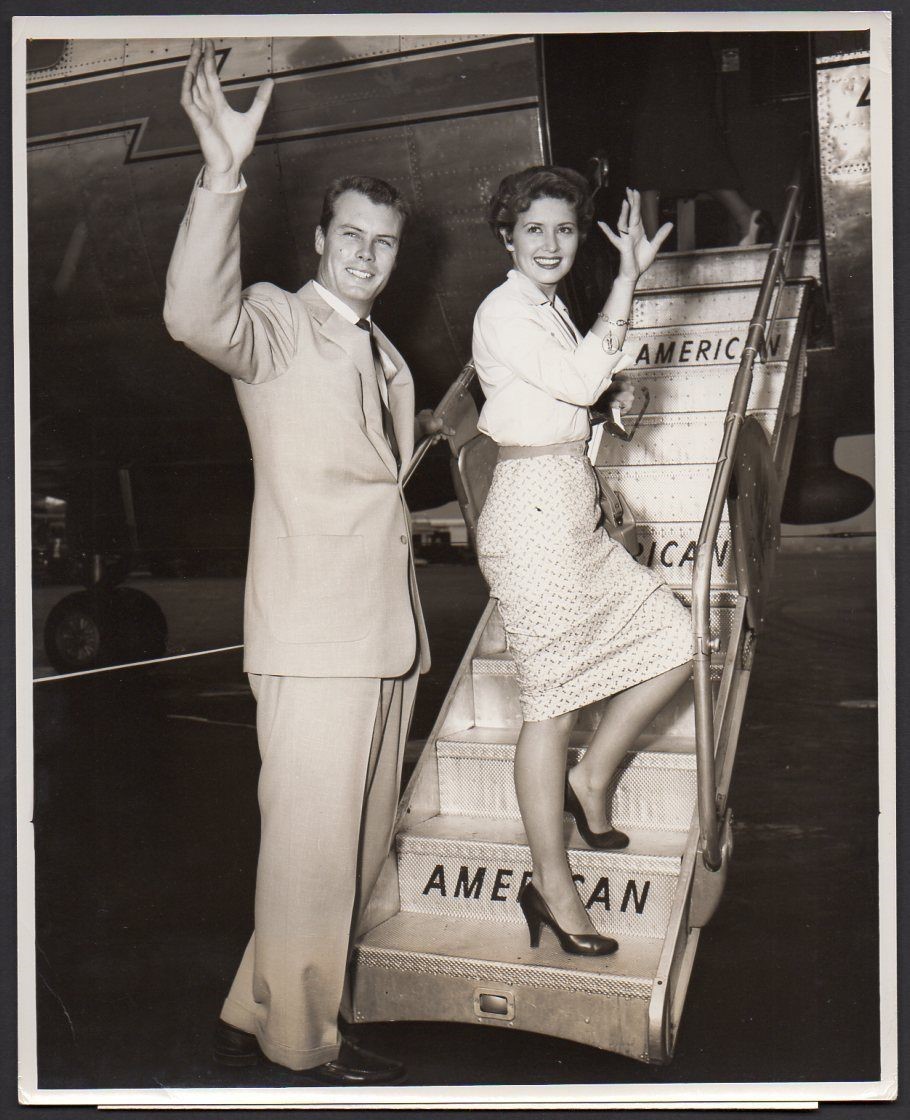
June 24, 1954, LaGuardia Airport, New York City. Photo: American Airlines.
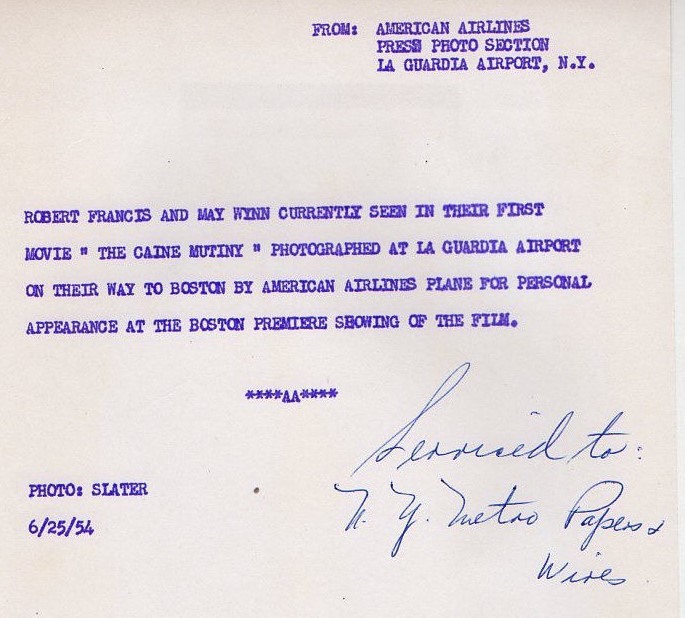
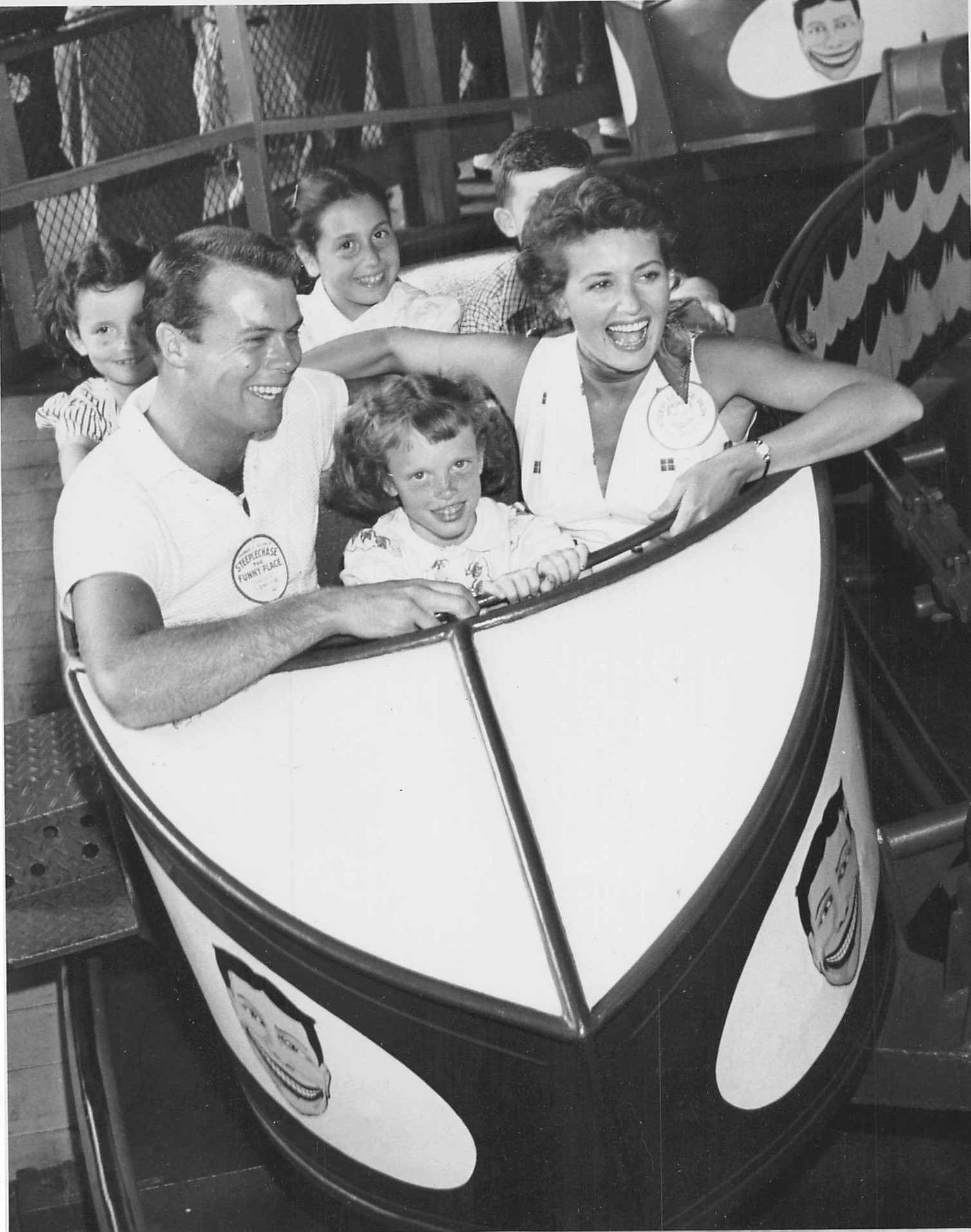
Early July 1954, Atlantic City, N.J.
“They (Bobby and May) had a very fun relationship. Not sister-brother, but they laughed a lot and enjoyed whatever it was that they were doing. I think they helped each other, too, by reading lines off camera to one another in place of the actor that appeared in the scene.”
“Joe (Hyams) wrote to Bobby regarding his coming cross-country trip in his (Bob’s) Cadillac. Joe said this was one hell of a PR stunt. You couldn’t have hit it any better or something like that.
“I don’t know where Joe came in though, because I don’t think Bobby hired anybody from Columbia or anywhere (to be his manager).”
Joe Hyams was assigned to be Bob’s “minder/handler” on two of Bob’s personal appearance tours. The one to New England for They Rode West in Dec. 1954, and the one for The Long Gray Line in Feb./March 1955. Hyams was a Columbia publicity man in the New York Office. The letter from Hyams to Bob probably was related to Bob’s tour for The Caine Mutiny in the summer and early fall of 1954. On that tour he purchased a new Cadillac. He drove to many of the 19 cities as he worked his way west, stopping in Phoenix, Ariz., for example, to visit with Bill, his brother.
Source: Lillian Francis Robins, interview, May 11, 1991
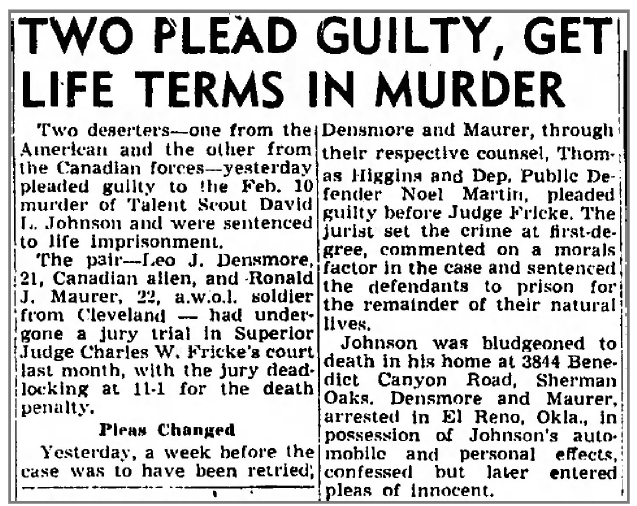
David L. Johnston's killers get life terms
Los Angeles Times, Los Angeles, Calif., July 8, 1954
Additional information about this murder case is in the Sidebars section.
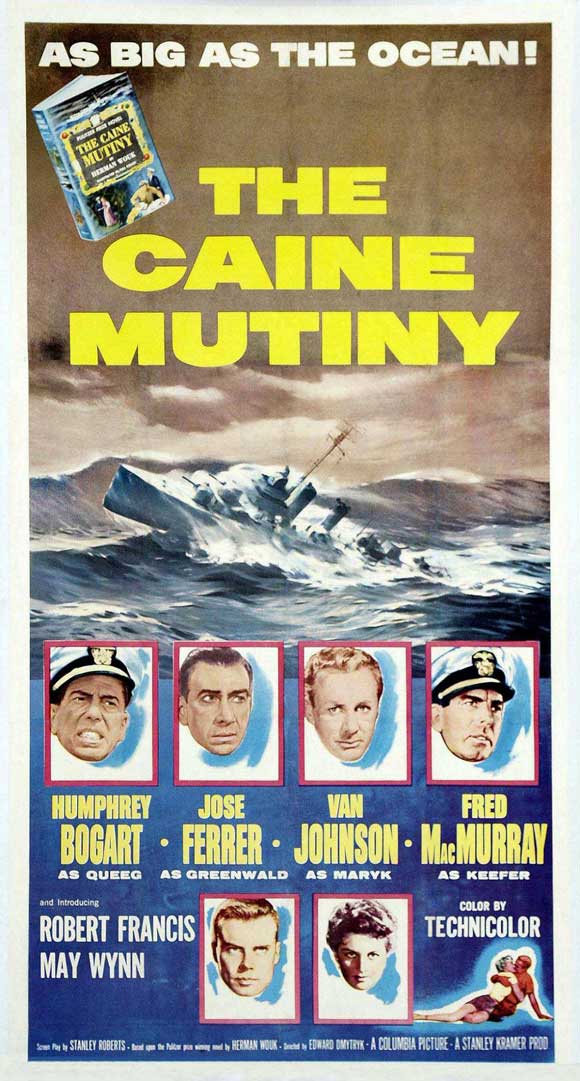
Advertisements for and promotion of The Caine Mutiny began in Spring 1954. The film received substantial media attention, including a deluge of stories, photos, etc., focused on Bob. He rose from near obscurity in early 1954 to monthly coverage in fan magazines by the end of the year. His first promotional tours in the summer and fall of 1954 kept his name and image in newspapers across the country. The Summer 1954 tour took Bob to Phoenix, Ariz., where his brother Bill and his family lived.
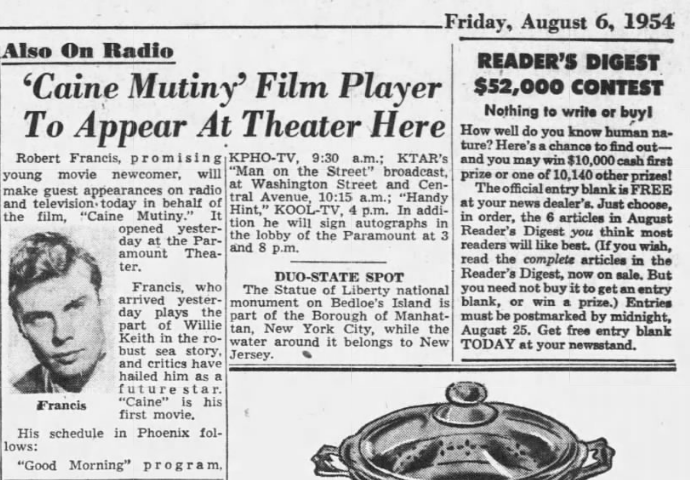
Arizona Republic, Aug. 6, 1954
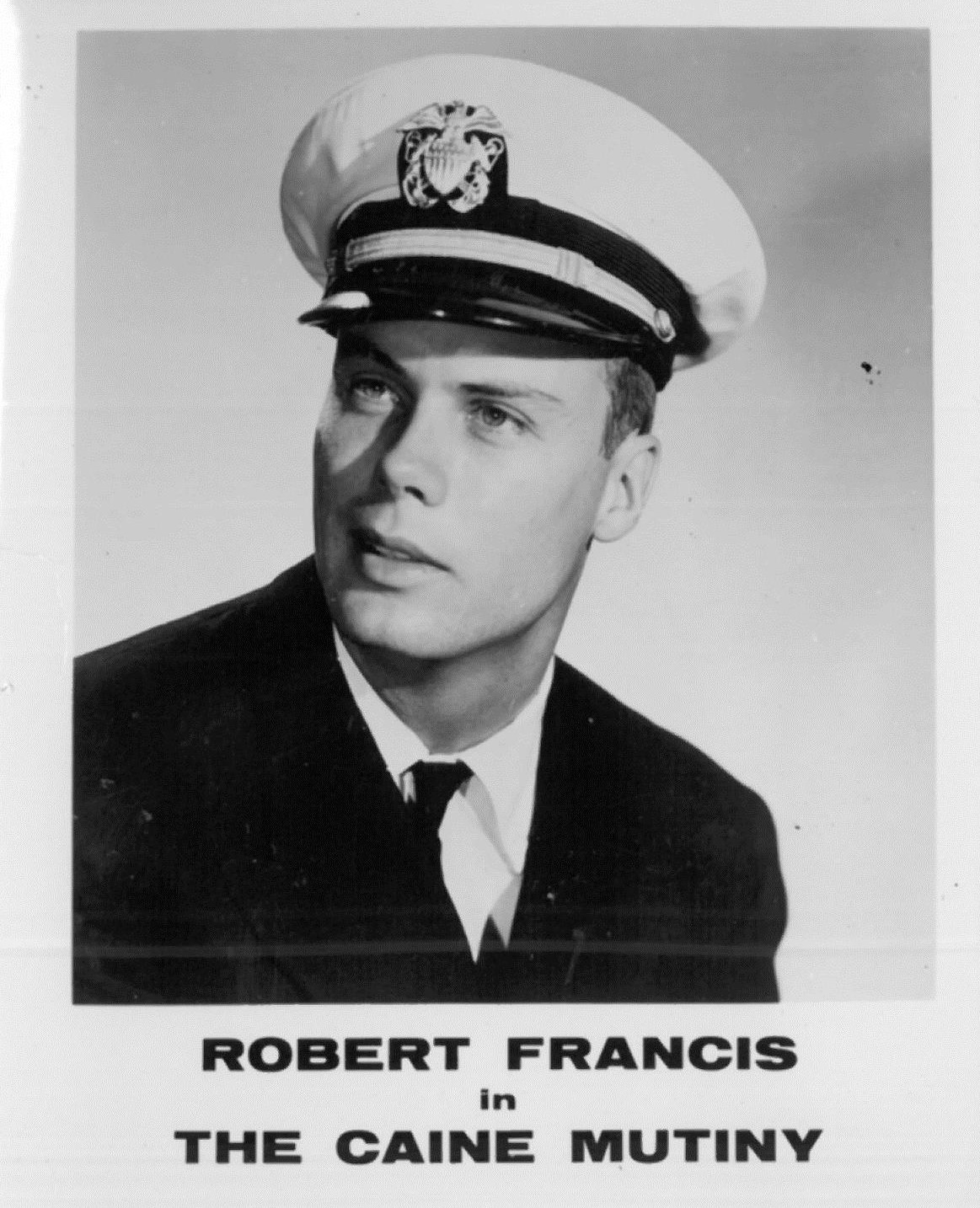
Bob as Ensign Willie Keith, c. Spring 1953
Bob autographed and sent this photo in response to his first fan mail.

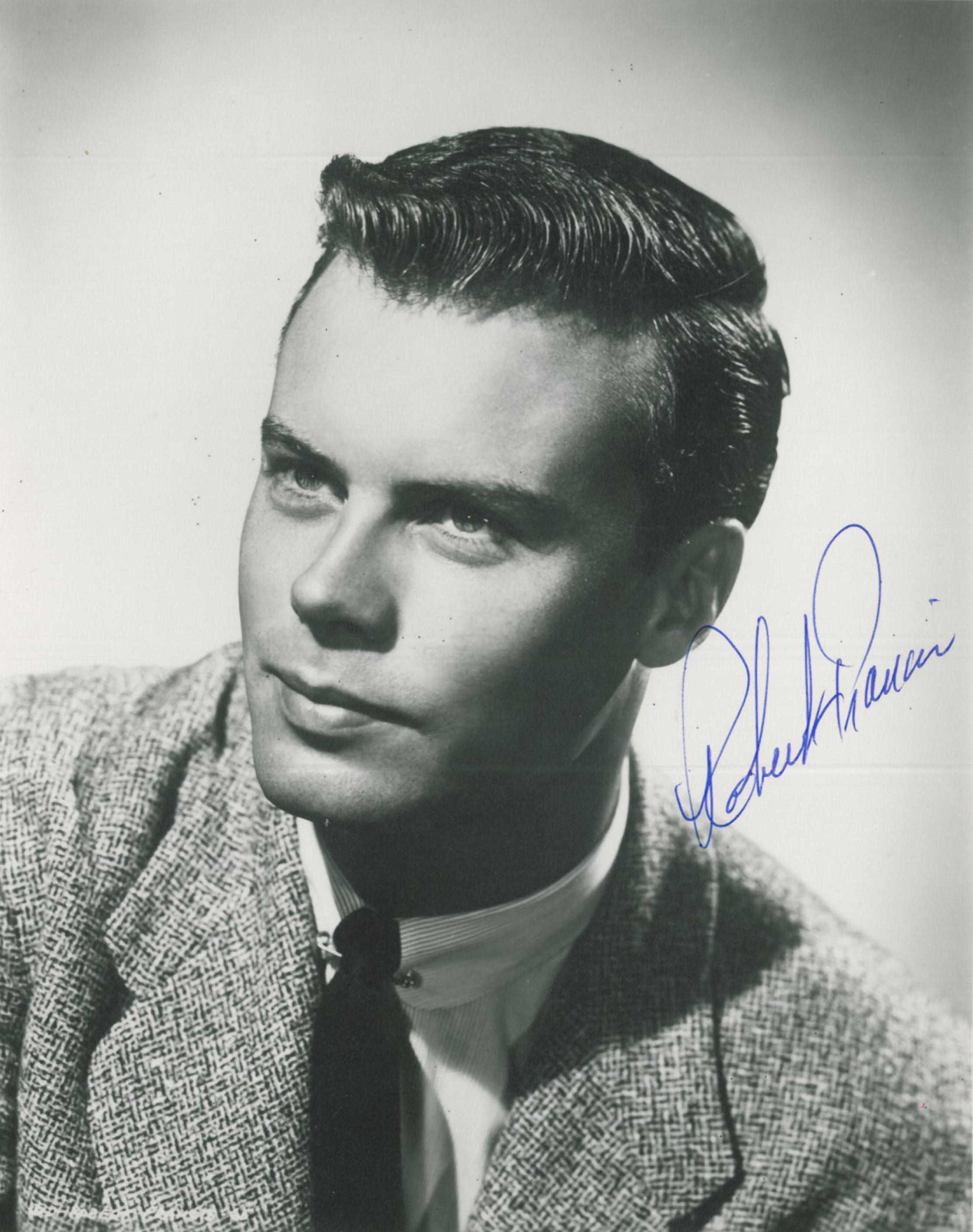
This is the photo Bob sent to fans from late 1954 until his death. Columbia Pictures.
This is an authentic signature.
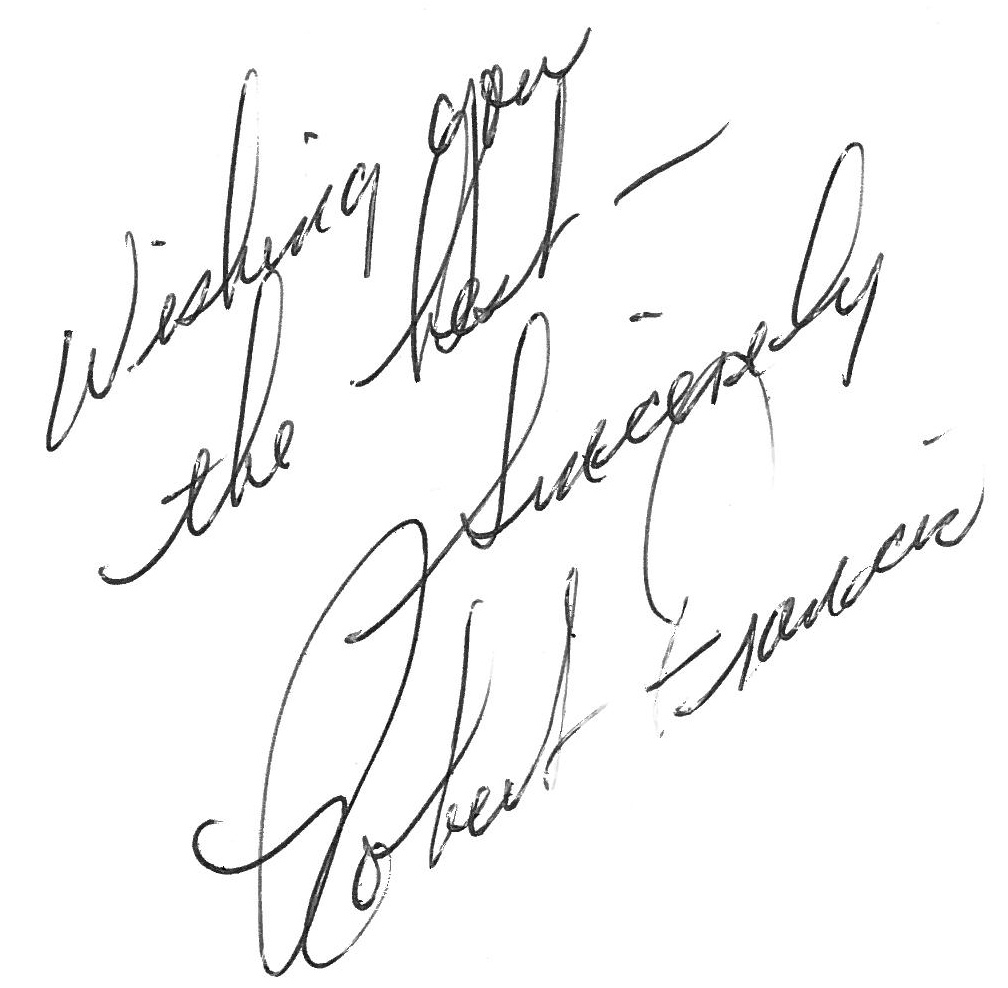
An authentic signature and note to a fan
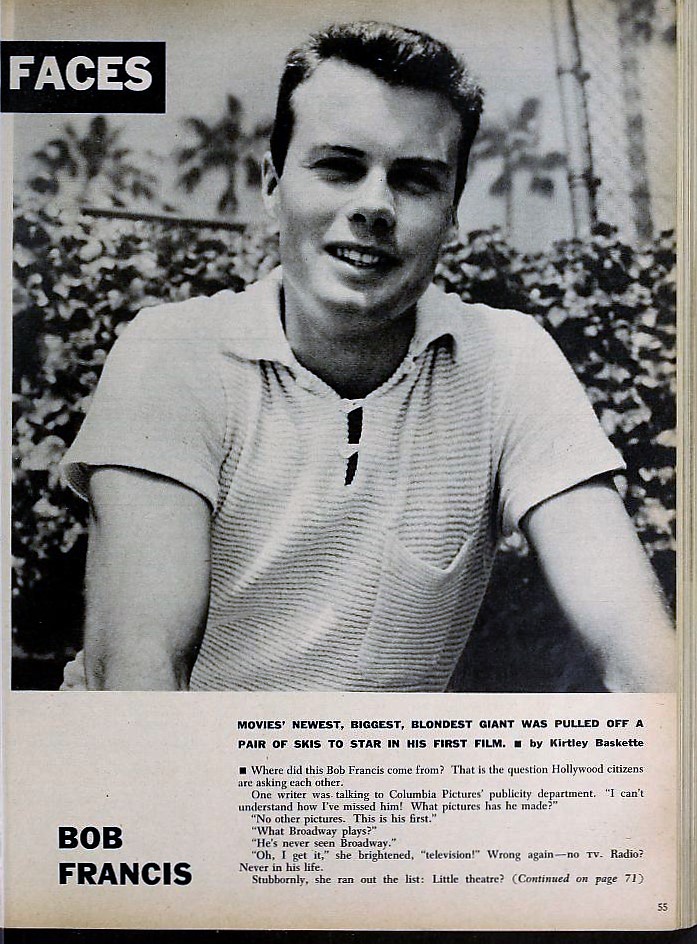
"Bob Francis" by Kirtley Baskette, Modern Screen, Aug. 1954
Bob began appearing in fan magazines and other publications in early 1954, usually in small photos and “gossip” items. This was the first lengthy story about him. It draws heavily on his official Columbia biography, but the writer also had access to Bob and others. This same issue of Modern Screen also had a photo story featuring Bob, Kim Novak, May Wynn, and Scott Brady, “Salt Water Dillies.” Unusual to have two major articles focused on a single actor in one issue of a magazine. Modern Screen was Bob’s biggest booster; as a result, he may have had less coverage initially in Photoplay and Motion Picture, two other large-circulation, quality fan magazines, until later in 1954 and in 1955. Excerpts from the story are printed above. Below is the full story.
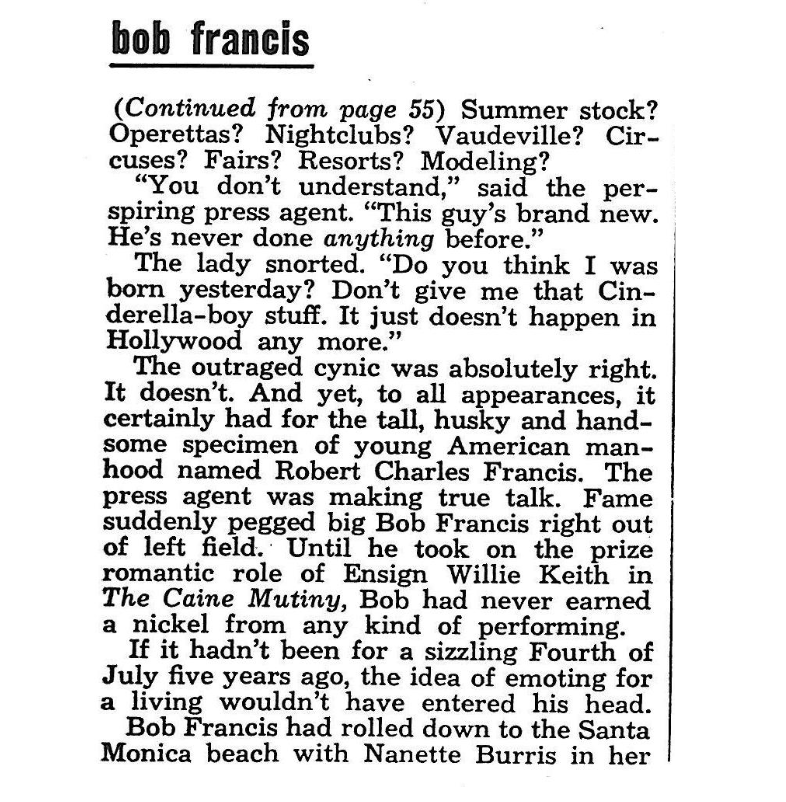
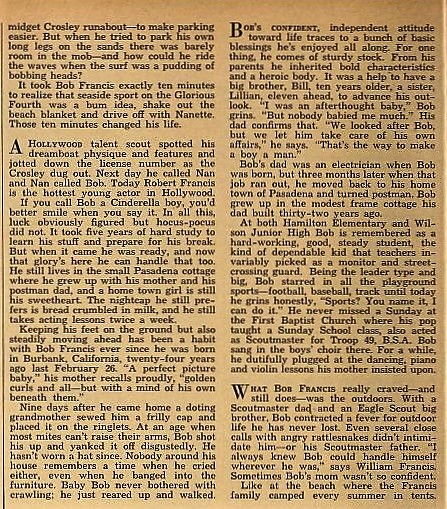
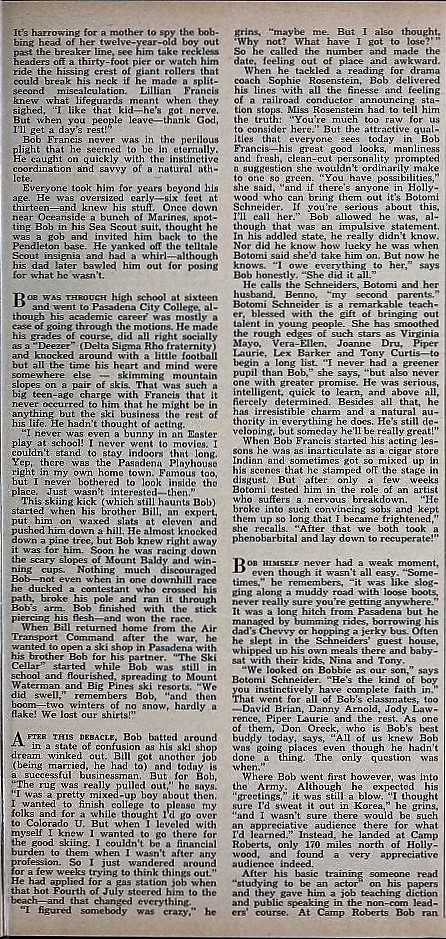
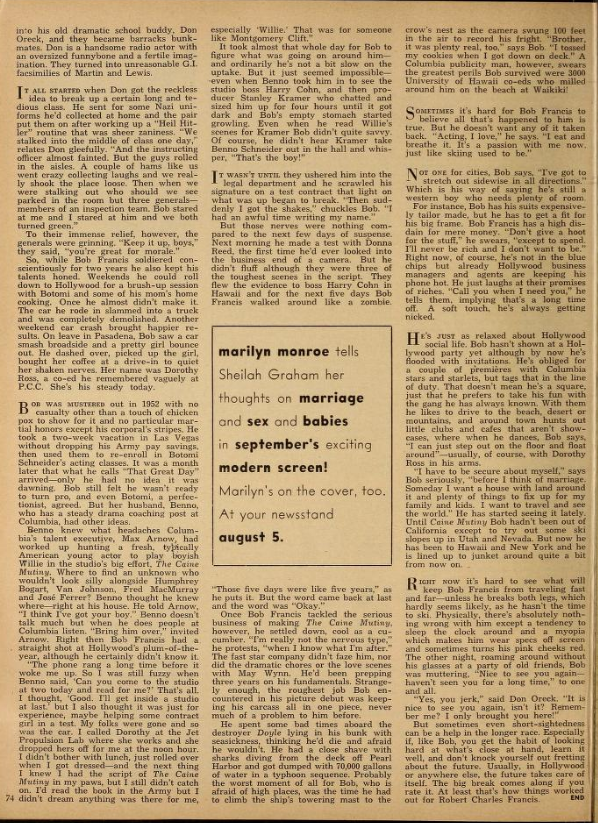
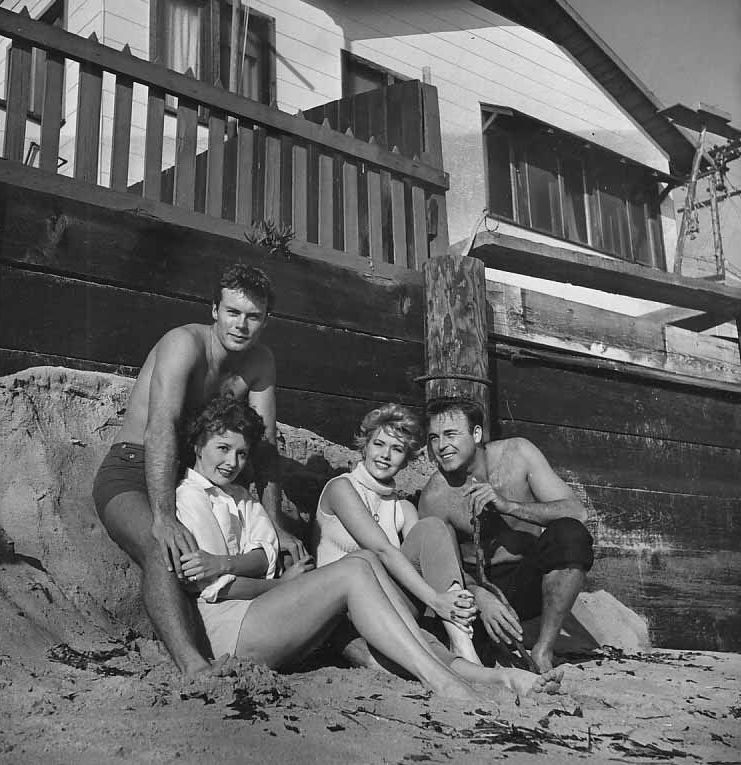
"Salt Water Dillies," Modern Screen, Aug. 1954
Bob, May Wynn, Kim Novak, Scott Brady photographed Fall 1953.
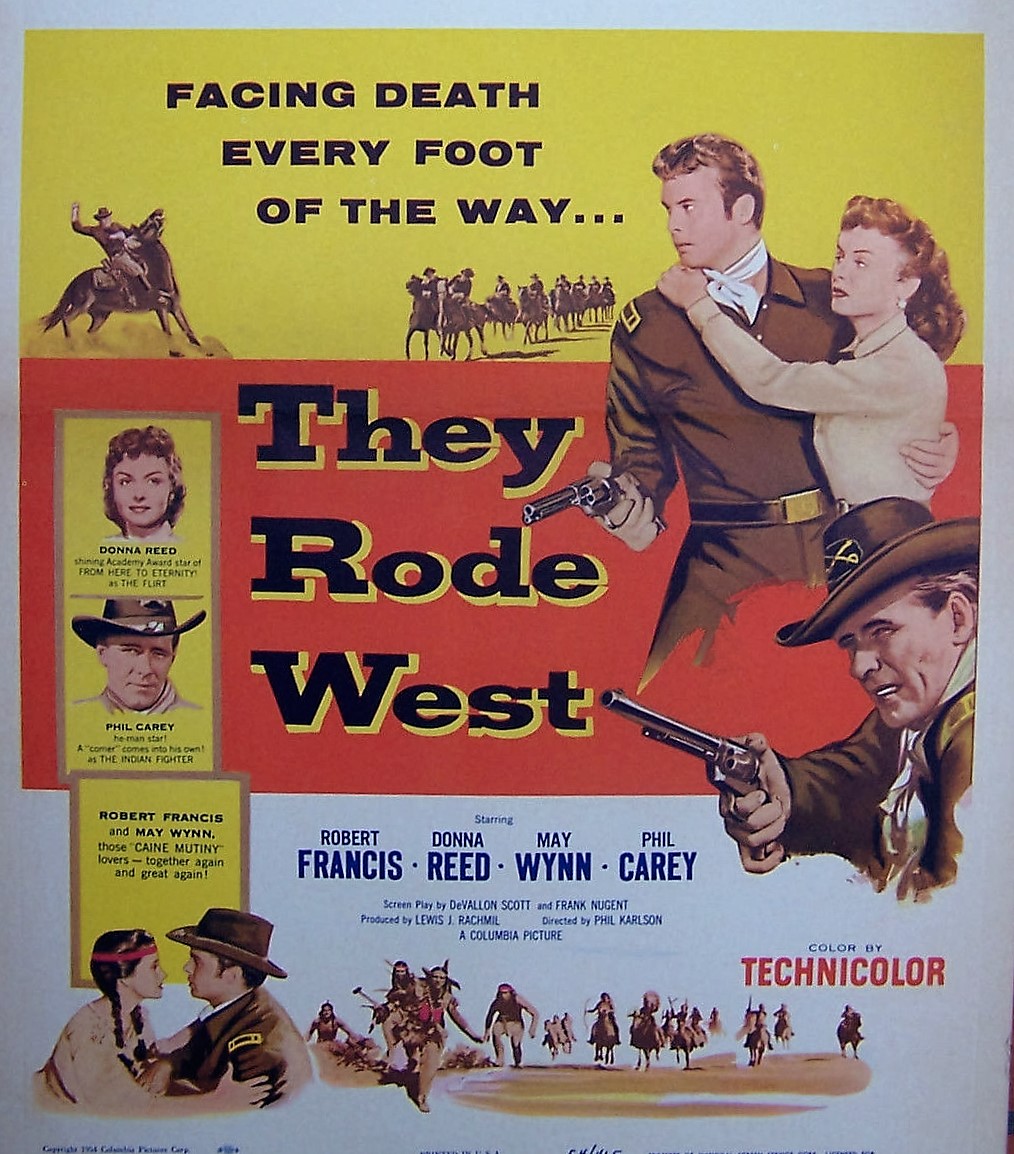
Promotional tours and public appearances
Bob and May Wynn traveled extensively for The Caine Mutiny and They Rode West in summer and fall of 1954. Caine was released nationally in September; They Rode West in November.
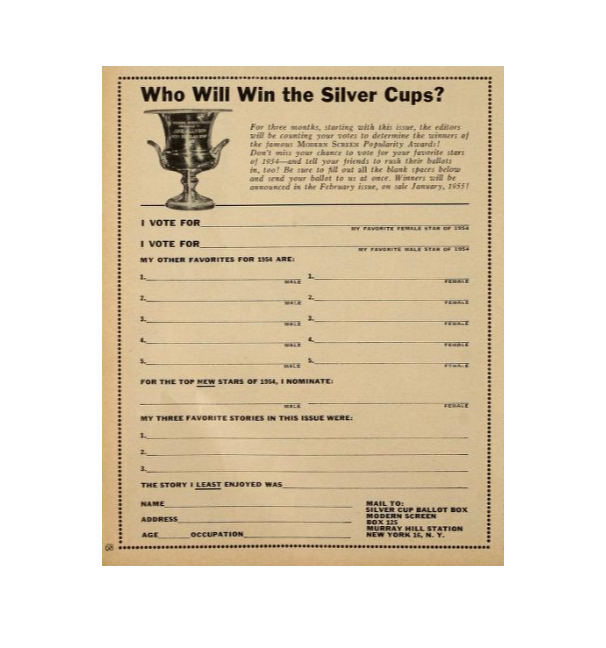
Modern Screen ballot for readers to vote for 1954 favorites
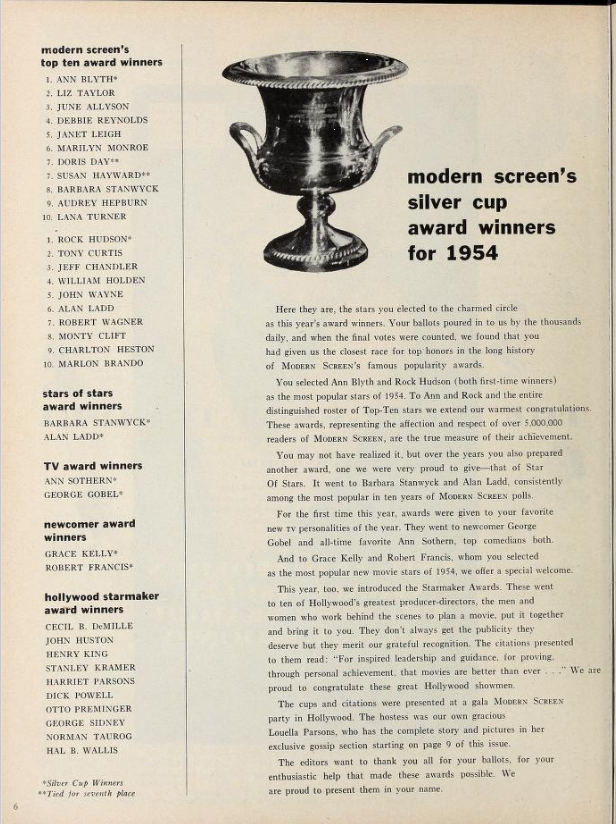
Bob received a large sterling silver cup for the newcomer award winner (male). The cup remains with his sister’s family.
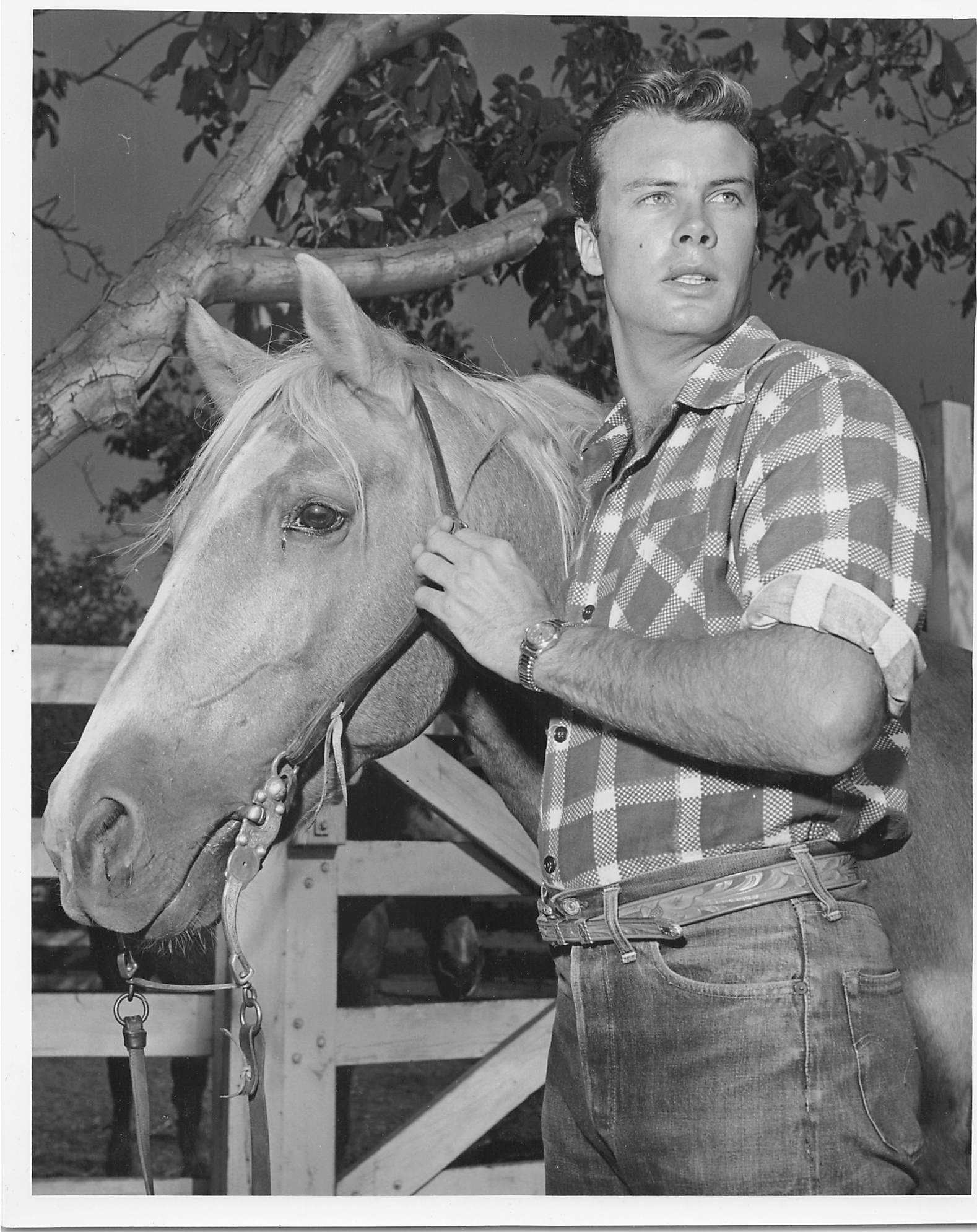
Dec. 29, 1954, Southern California
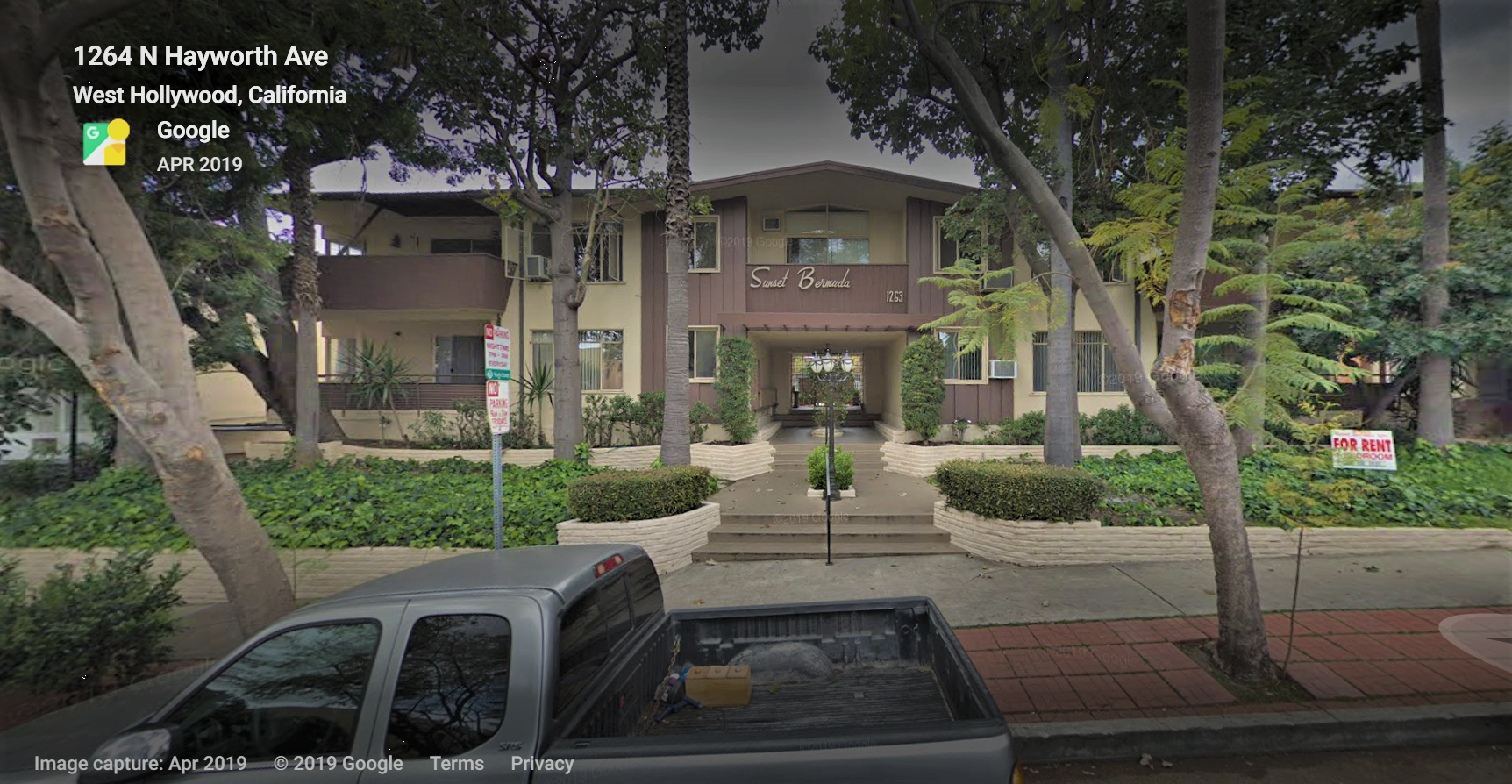
Bob's first apartment
Late 1954/Early 1955 Bob finally had enough time in Hollywood to look for an apartment closer to Columbia than his parent’s home. The move was worthy of fan magazine coverage; see The Hollywood Star and Studio Systems Part Two on this website. The Sunset Bermuda was almost new in 1955; its exterior still looks very much as it did when Bob moved into his one-bedroom place, Unit #2.
Below: Bob in the entrance area of the Sunset Bermuda where the mailboxes are located. The view is east toward the front steps.
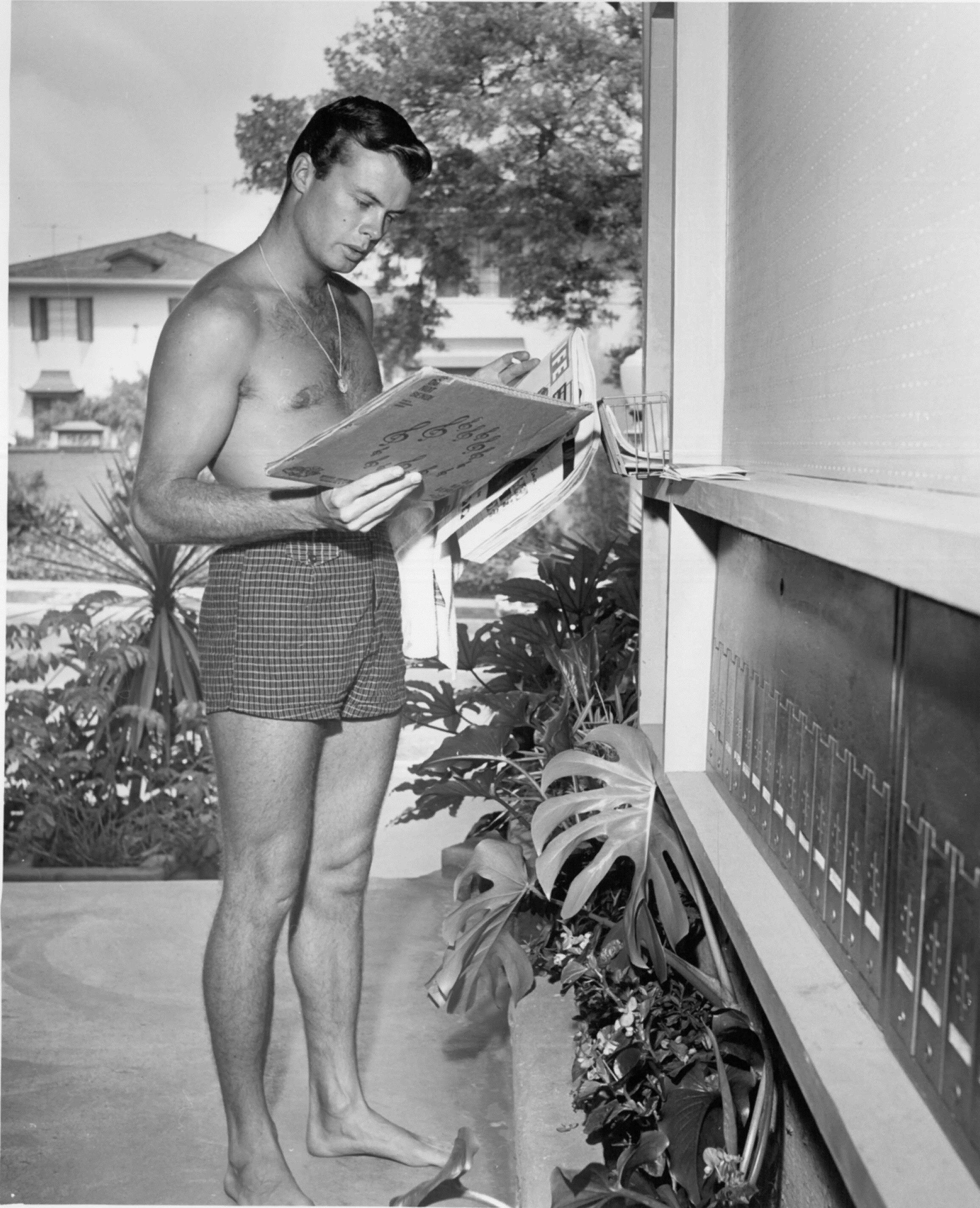
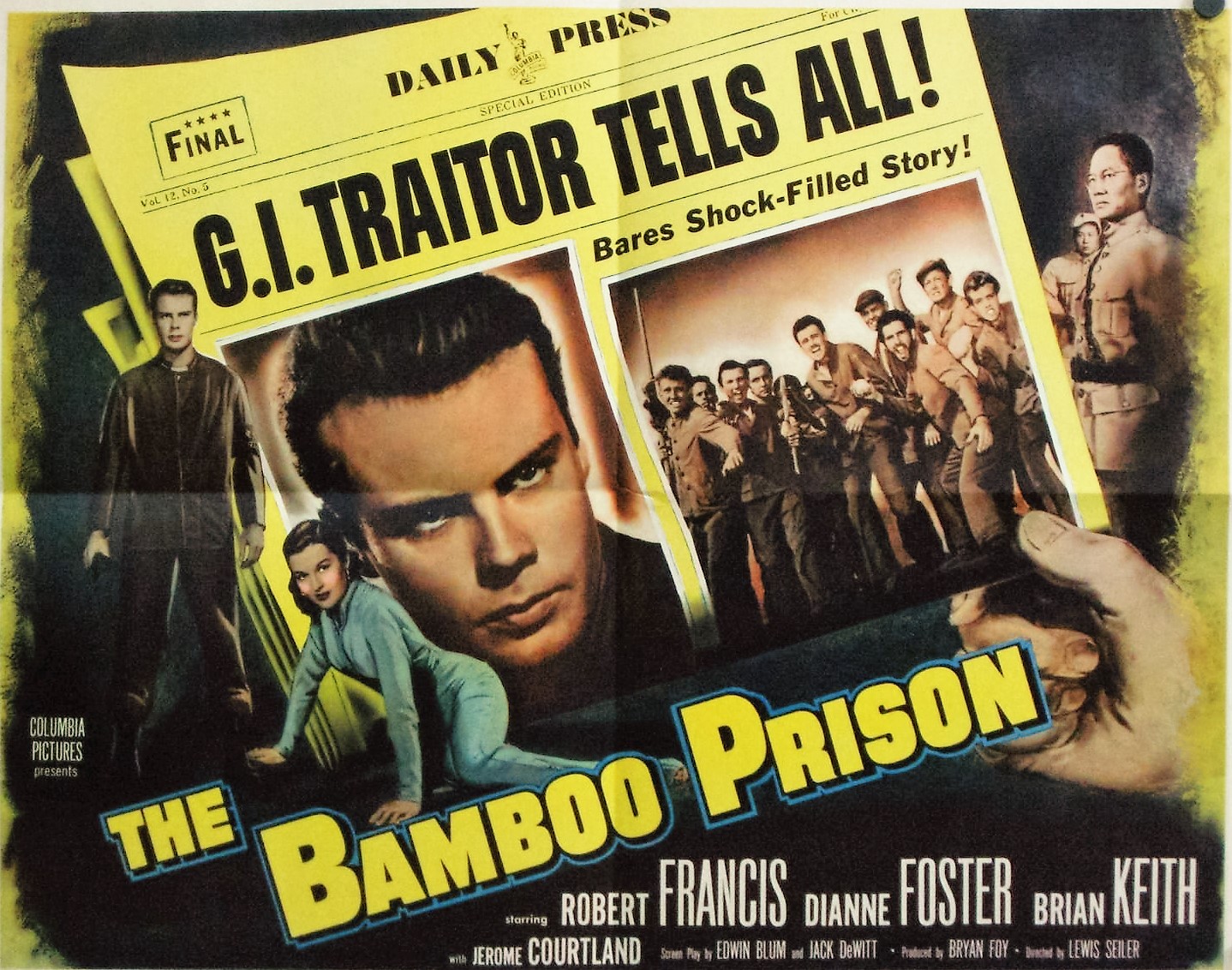
The Bamboo Prison released Jan. 1955
Bob’s touring in Winter and Spring 1955 was tied more to The Long Gray Line (released in Feb.) than to The Bamboo Prison . The latter received press attention because of efforts in various cities to censor or ban it for its political content. See The Hollywood Star and Studio System page on this website for additional evidence of Bob’s publicity build up in 1954 and 1955.
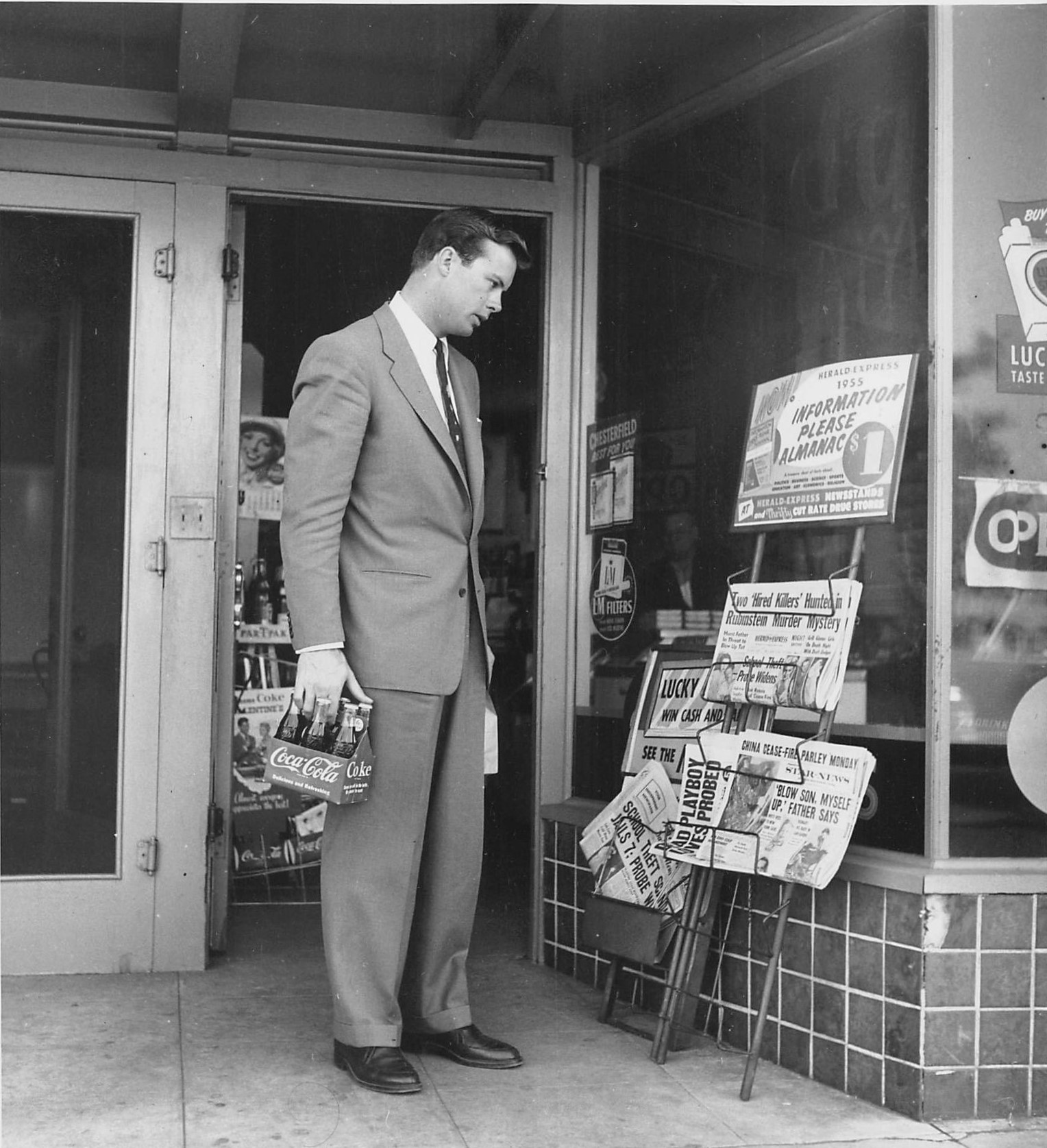
Jan. 28, 1955, Pasadena, Calif.
Photo by Larry Barberi for Globe Photos. May have appeared in Screenland, July 1955, as part of “Weekend with the Folks” photo story (also titled “A Day to Loaf” prior to publication). The location was a grocery store on a corner near 212 S. Grand Oaks Ave.
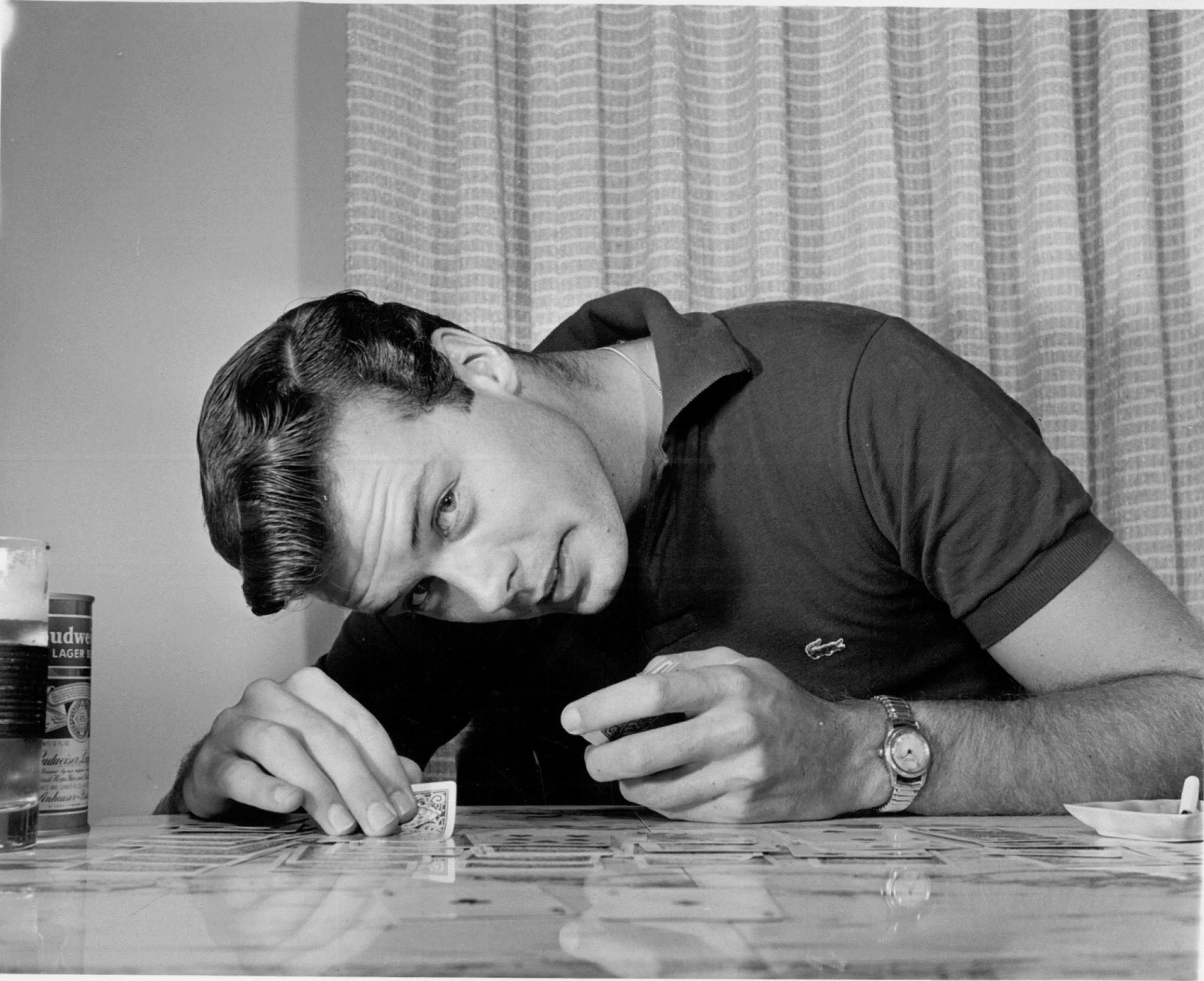
Spring 1955, Hollywood, Calif., probably in Bob’s apartment.
“He was living at home and quite content, but the studio was getting excited about such a valuable property riding the freeway at all hours of the day and night.
“It was a very modest apartment that he had — a very beautiful apartment.
“I like that he was ‘cheating’ at cards in that photo. When Dad was in the hospital, it was fun coming to the apartment and watching them take pictures. They would ask Bob to do this or that and he would do it instantly. I didn’t know my brother could act.”
Source: Lillian Francis Robins, interview, May 11, 1991.
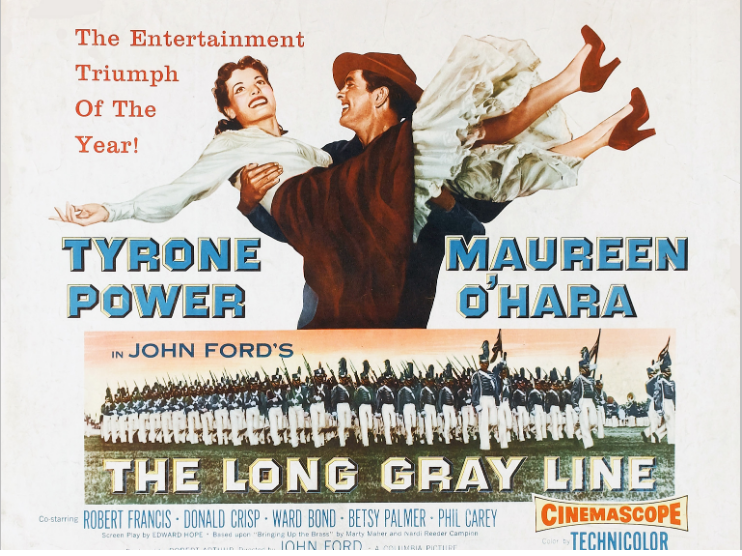
The Long Gray Line released Feb. 1955
Bob toured extensively for this film in Feb. and March 1955 including the premieres in Washington, D.C., and New York City.
Below: “Screen snips” from the Feb. 6, 1955, Ed Sullivan show broadcast provided by SOFA Entertainment.
!["The Ed Sullivan Show," New York City, Feb. 6, 1955, featured a salute to Columbia Pictures on its 30th anniversary. Program outline (no corrections made): 7.20 [346] Ed Sullivan: Toast Of The Town: THE COLUMBIA PICTURES STORY b: 06-Feb-1955 Sched](https://images.squarespace-cdn.com/content/v1/5cae1b78fb18204c84880832/1555017873229-G6E08VS922A68BG66HV0/Robert+Francis+and+Co.+on+The+Ed+Sullivan+Show_01+3.png)
"The Ed Sullivan Show," New York City, Feb. 6, 1955, featured a salute to Columbia Pictures on its 30th anniversary. Program outline (no corrections made):
7.20 [346] Ed Sullivan: Toast Of The Town: THE COLUMBIA PICTURES STORY b: 06-Feb-1955
Scheduled Guests:
--Maureen O'Hara (actress) - talks to Ed about her movie "The Long Grey Line"
followed by a clip from the film. (Film also stars Tyrone Power.)
--Eddie Fisher - "April Showers," "Mammy" & "A Man Chases A Girl" (backed up by an unseen Debbie Reynolds)
--Teresa Brewer - sings "I've Got A Crush On You" & "How Come You Do Me Like You Do"
--Marge & Gower Champion (dancers) - "Let's Dance" & "Meetin' Time" (song & dance)
--Actors appearing together on stage:
Dianne Foster, Robert Francis, Kim Novak, Donald Crisp, Maureen O'Hara & Marty Maher.
(Note: Jack Lemmon, Betsy Palmer, Harry Carey Jr., and Gloria Krieger were also scheduled to appear but they are not mentioned on the transcript.)
--General Jacob L. Devers & Marty Maher (writer of the book "Bring Up The Brass") are brought on stage with O'Hara.
General Devers makes a patriotic speech.
--The West Point Glee Club - "America The Beautiful"
--Audience bows: Rod Steiger; Jack Cohn (Columbia Pictures president); Carol Haney
Film clips: --"It Happened One Night" clip with Claudette Colbert & Clark Gable where Gable undresses --"Mr. Deeds Goes To Town" clip with Gary Cooper & Jean Arthur --"Gilda" clip with Rita Hayworth singing and dancing --"Born Yesterday" clip with Judy Holliday & Broderick Crawford --"From Here To Eternity" clip where Burt Lancaster & Deborah Kerr roll in the surf.
Also: Montgomery Clift & Frank Sinatra --"The Caine Mutiny" clip with Humphrey Bogart, Jose Ferrer, Van Johnson --"On The Waterfront" clip with Marlon Brando & Rod Steiger
Bob appeared with to his right: Marty Maher (whose autobiography provided the narrative of The Long Gray Line), Dianne Foster (Bob’s co-star in The Bamboo Prison). To his left: Kim Novak, Donald Crisp (co-star in The Long Gray Line), and Ed Sullivan.
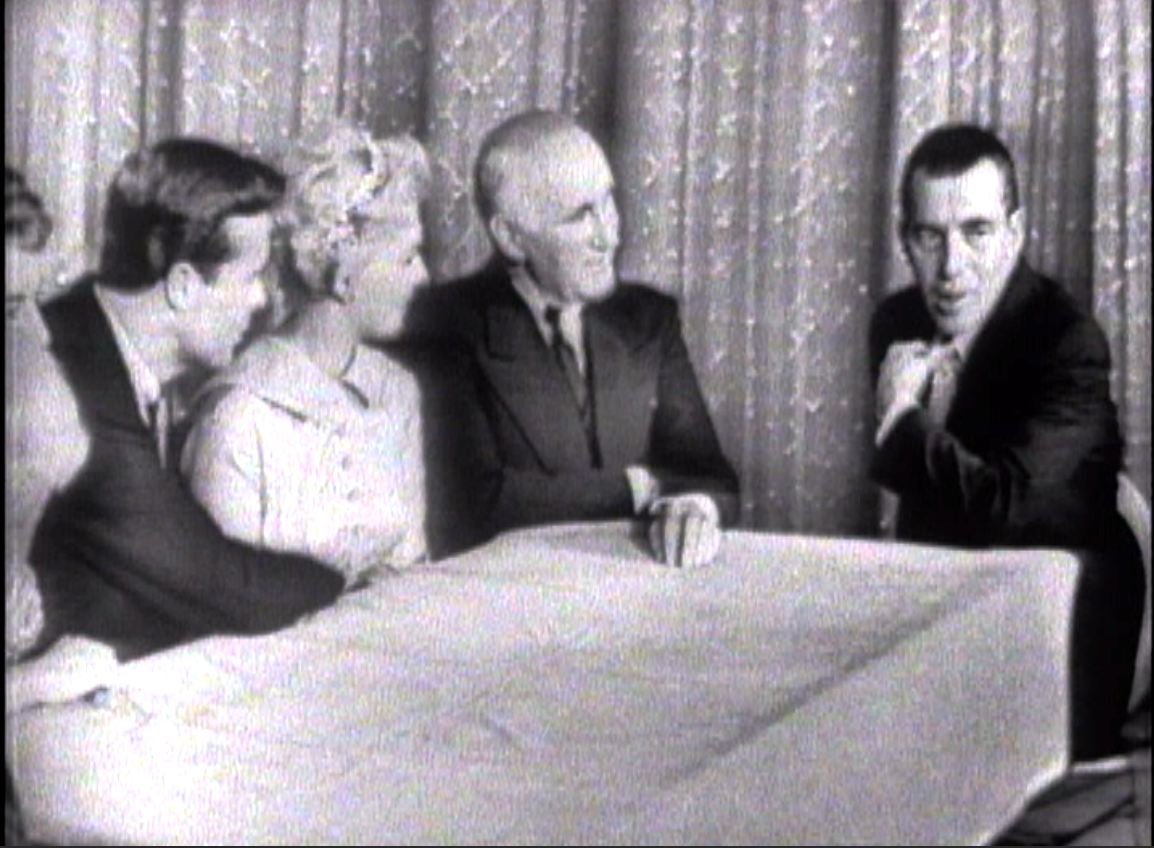
"The Ed Sullivan Show," New York City, Feb. 6, 1955
To Bob’s left: Kim Novak, Donald Crisp (co-star in The Long Gray Line), and Ed Sullivan.
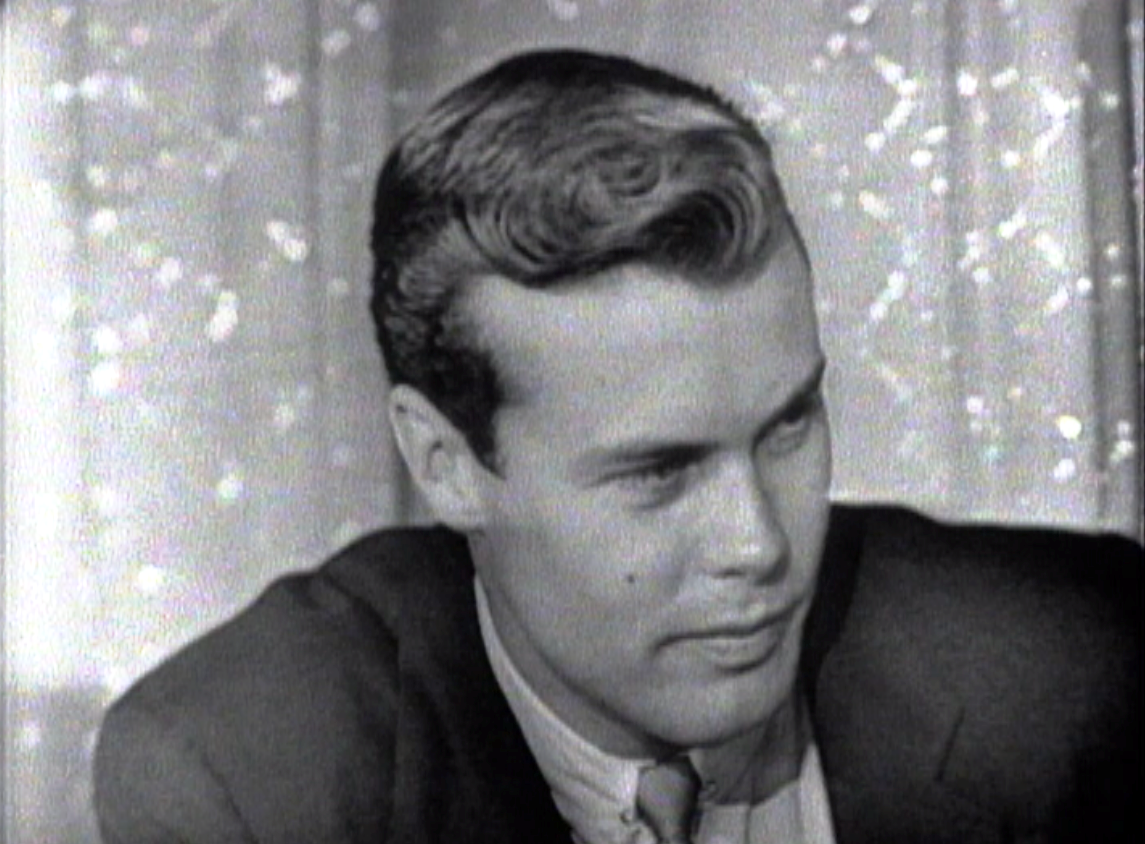
“The Ed Sullivan Show” featured a salute to Columbia Pictures on its 30th anniversary, Feb. 6, 1955.
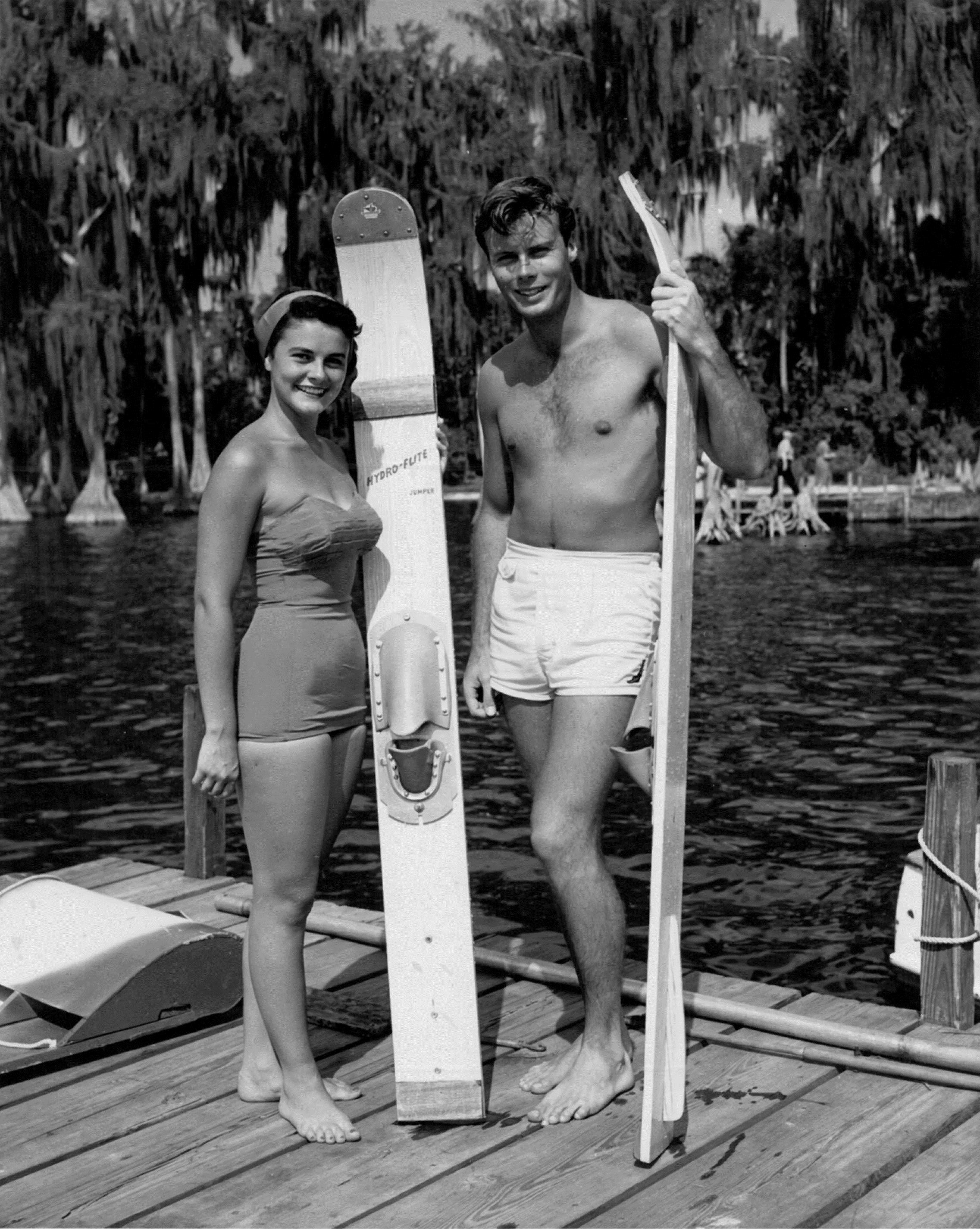
Above: Feb./March 1955, Cypress Gardens, Fla.
“Not only do I have fond memories of Bob Francis but I have fonder memories of the weekend with Bob and the girls at Cypress Gardens in Florida.”
Source: Joe Hyams, letter, June 8, 1992
Below: St. Petersburg Times, Tuesday, March 1, 1955
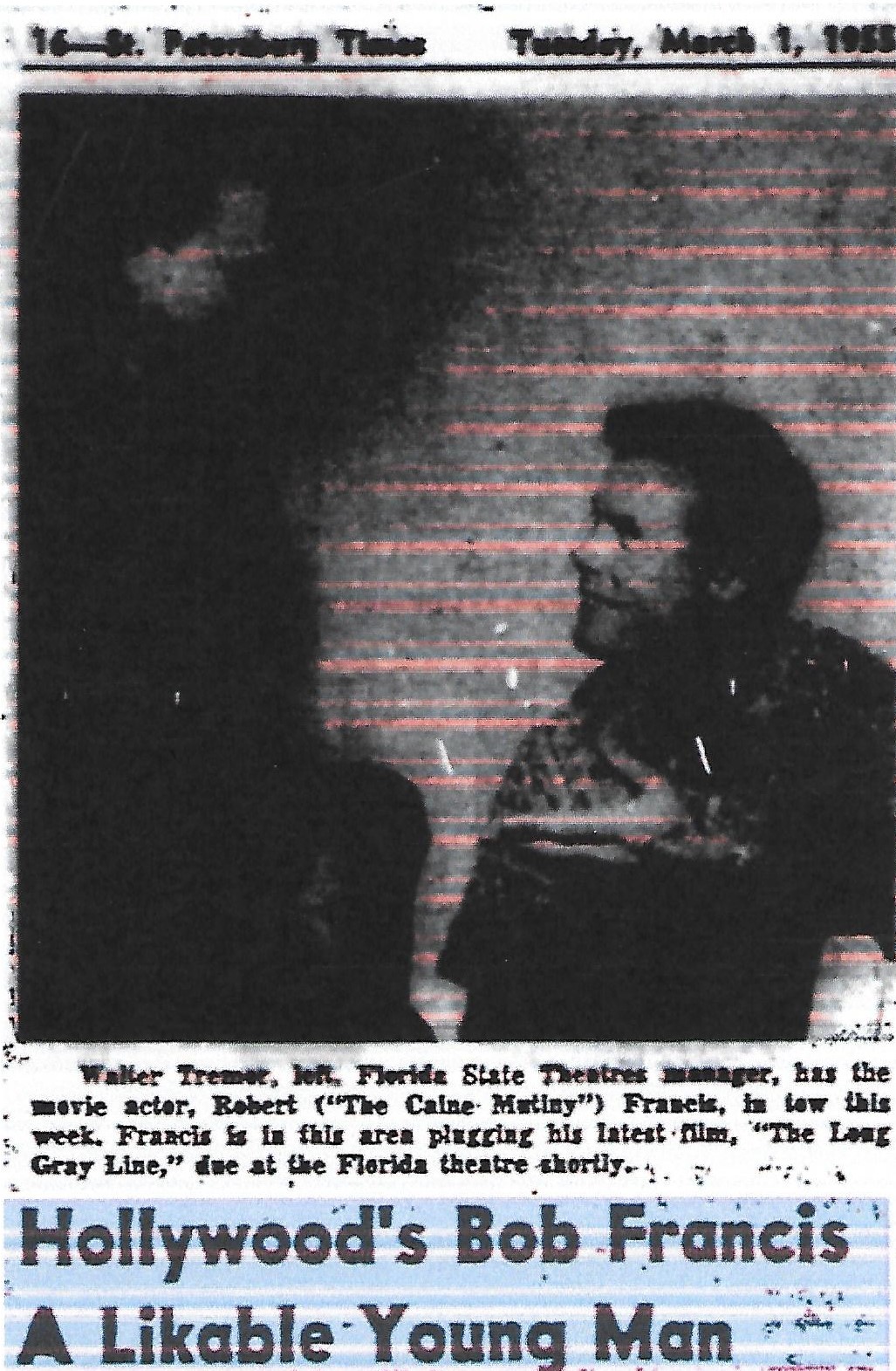
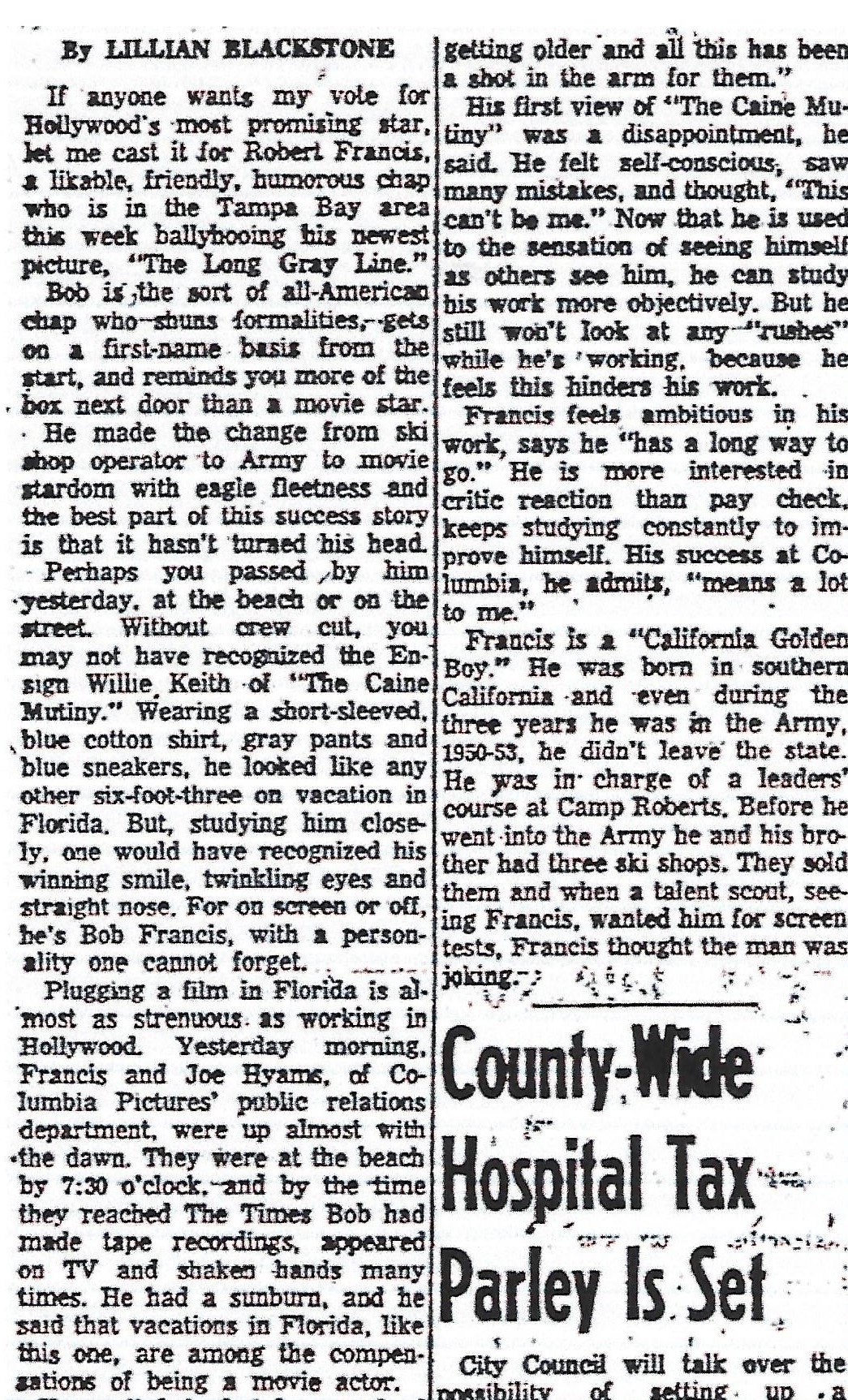
He can’t help but be proud of his record, which gave him stardom with his first (“The Caine Mutiny”) picture and a part in four more films. Of his parents, living in Pasadena, he says, “They’re (continue to second column)
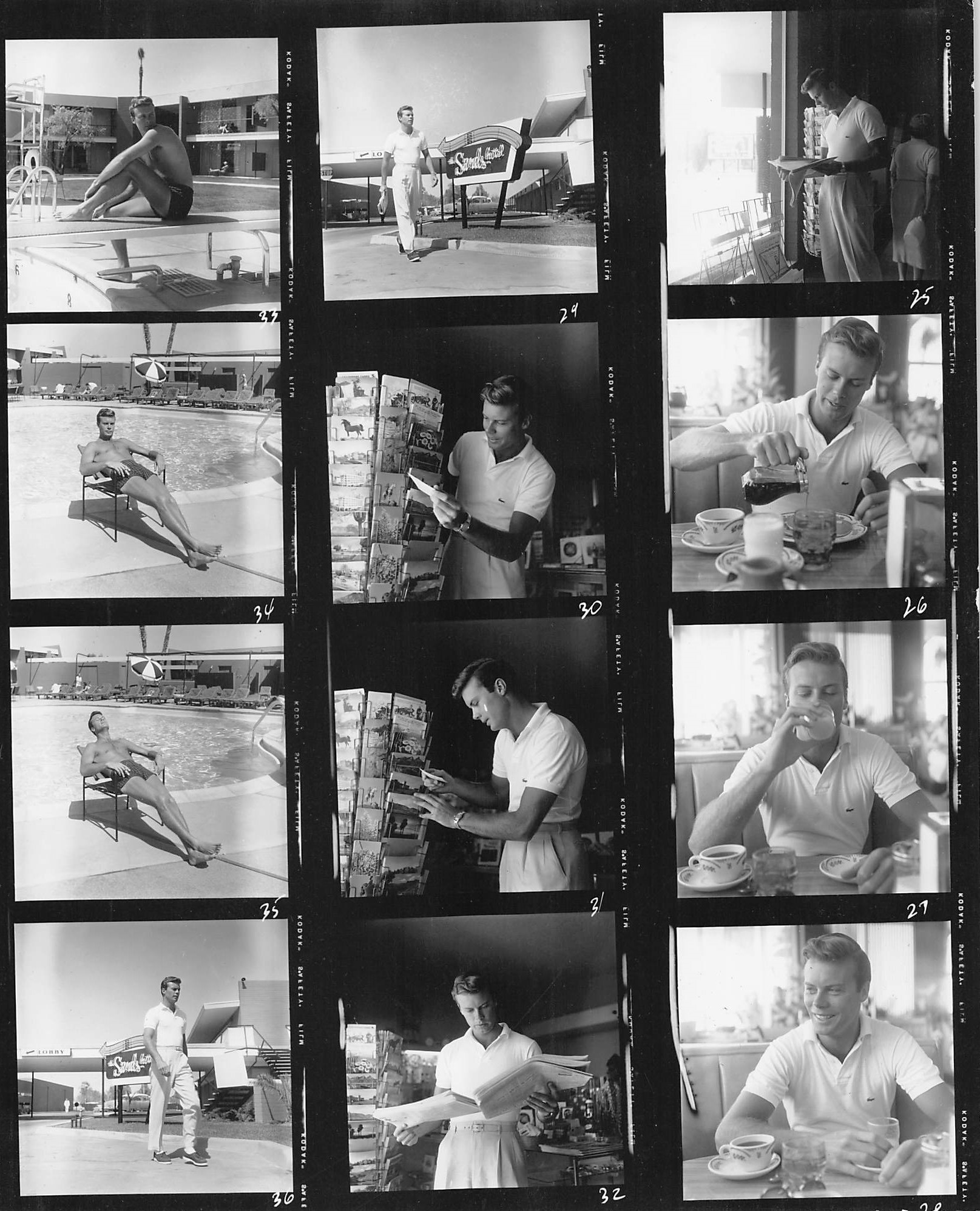
Las Vegas, Nevada - Winter/Spring 1955
Bob vacationed in Las Vegas for two weeks after his discharge from the Army in Feb. 1953. These photos at The Sands Hotel were made in Winter/Spring 1955 for a photo story that was never published, as far as is known. Photos by Larry Barberi for Globe Photos, New York City. The swim trucks are familiar from other photos, as are the trousers and shirt.
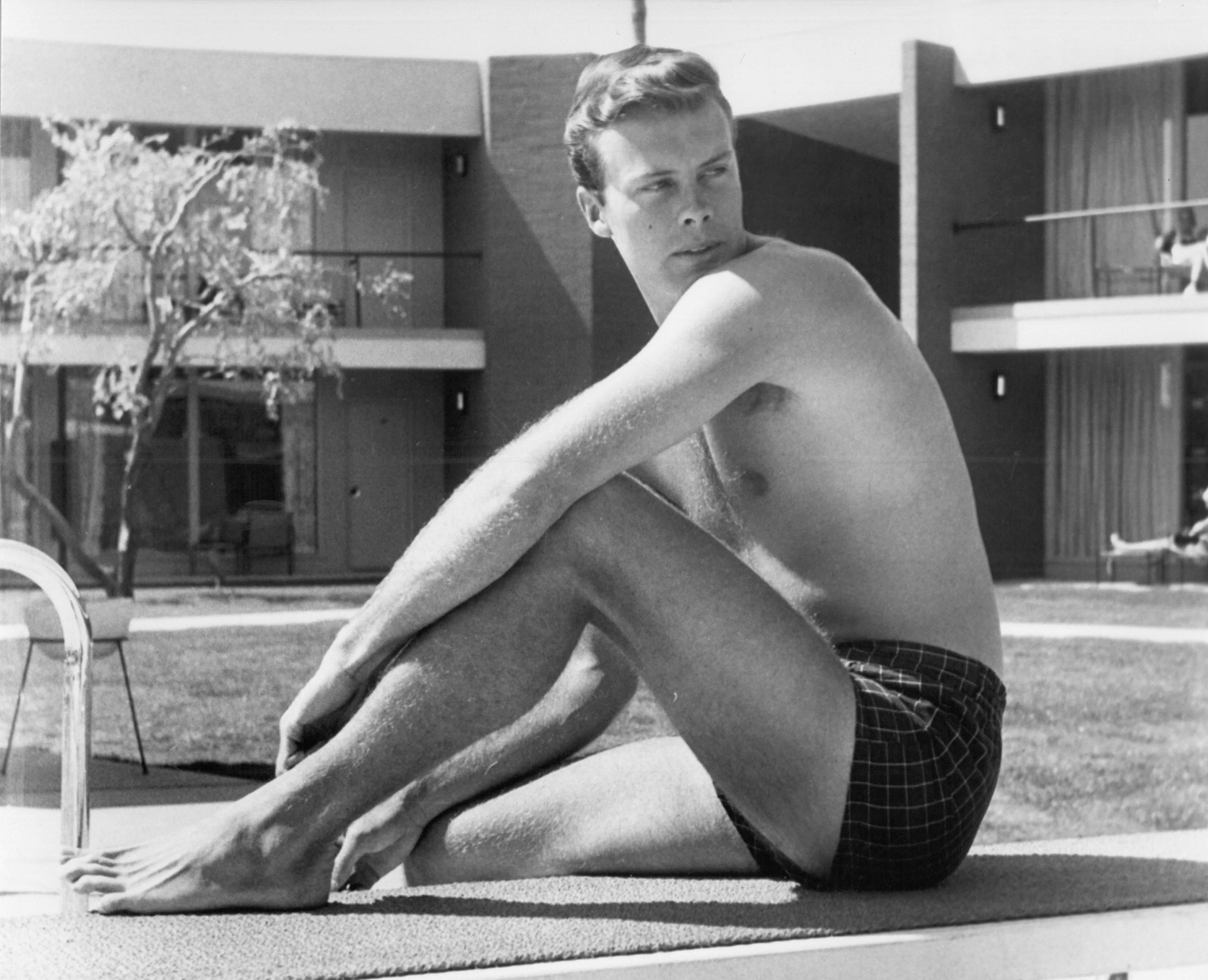
Las Vegas, Nev.- Winter/Spring 1955
Location: The Sands Hotel, Las Vegas, Nev.
Photographer: Larry Barberi, Globe Photo, New York City
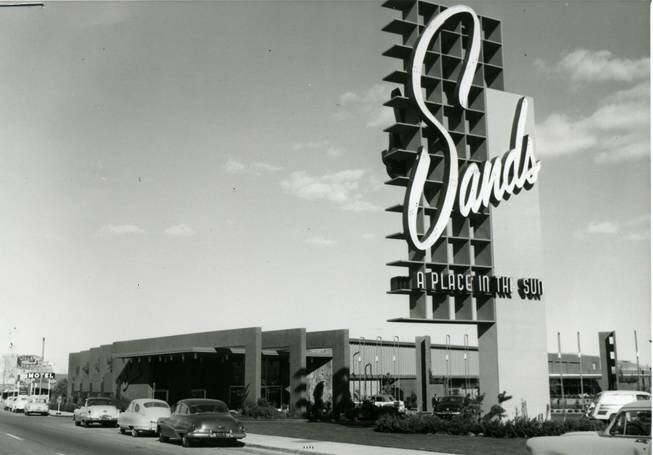
Bob may have stayed at The Sands because of May Wynn’s connection to Jack Entratter, the general manager.
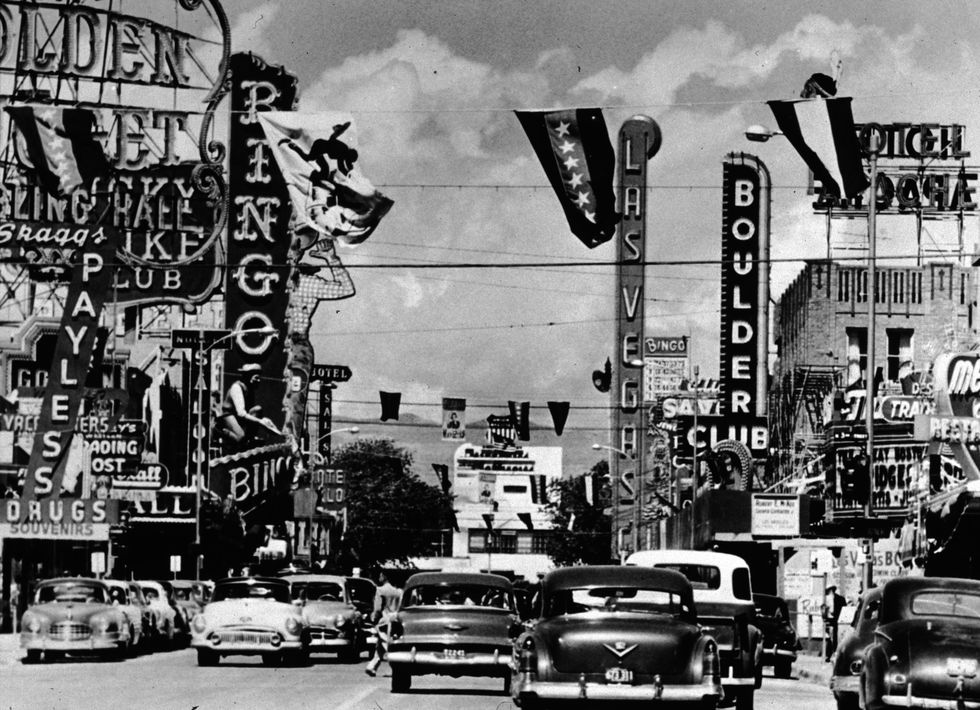
Fremont Street, Las Vegas, c. 1955
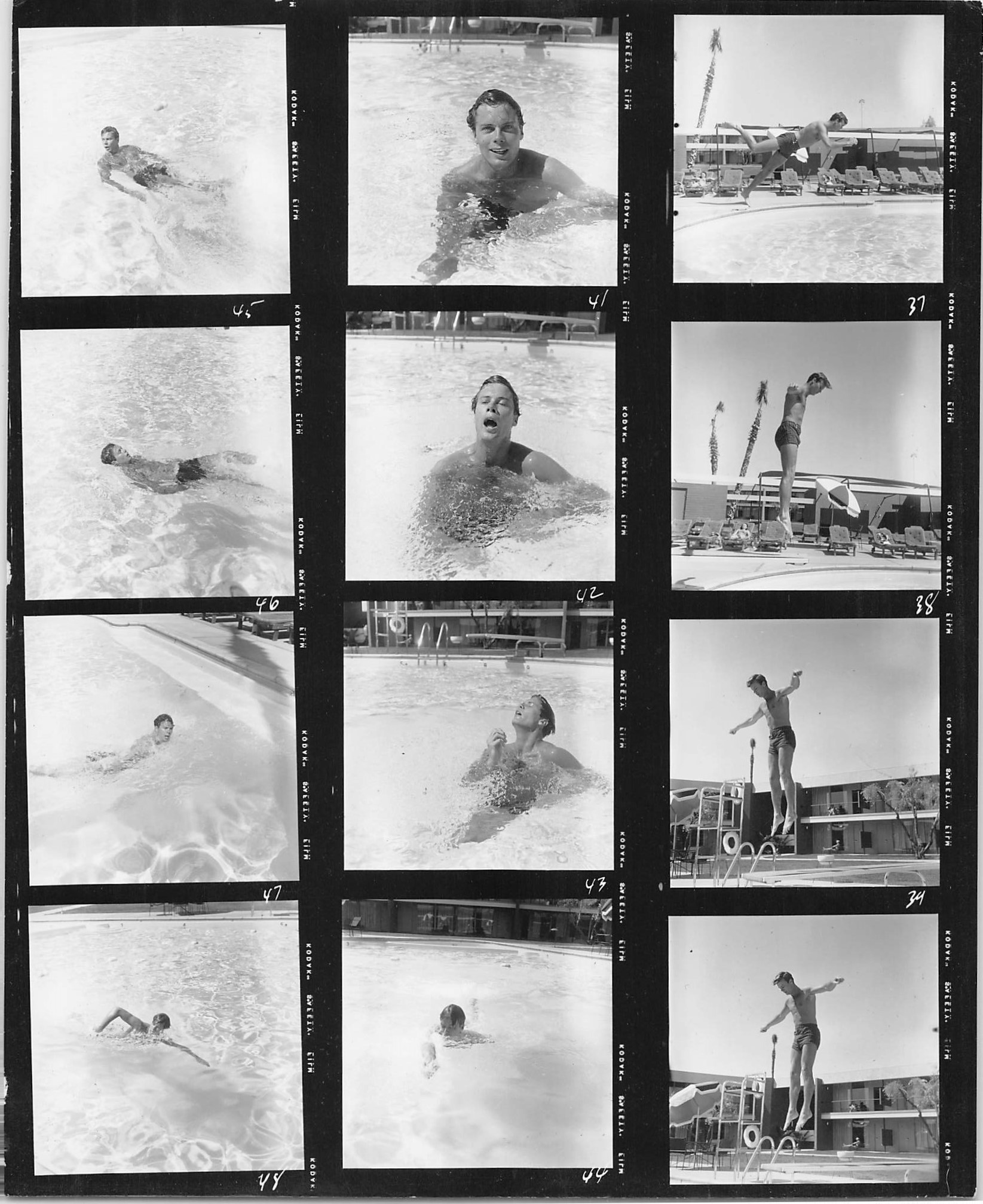
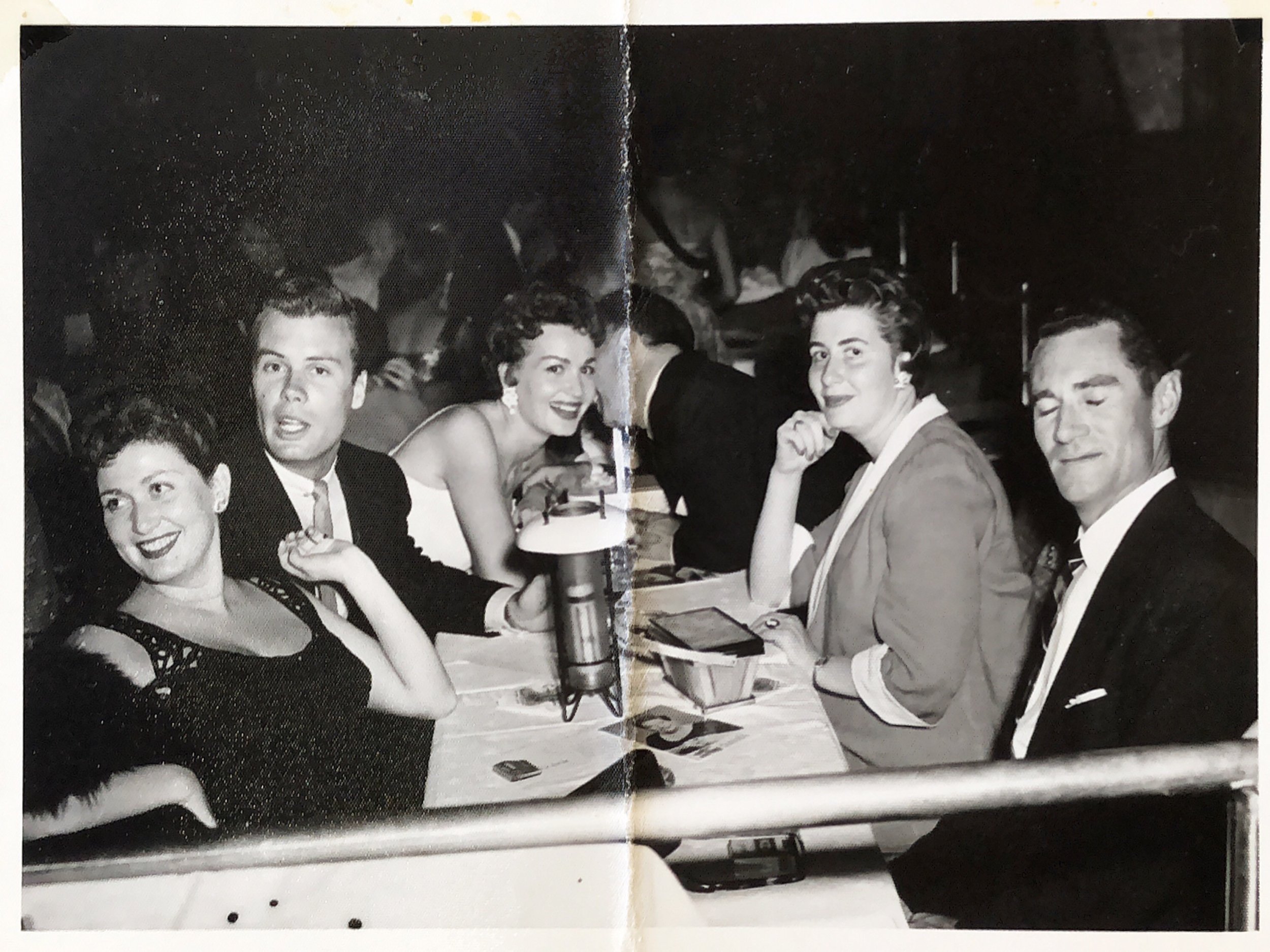
Bob's brother Bill may have gone with him to Las Vegas.
Bill (eyes closed) and Bob appear to be seated at a stage-side table in a nightclub (probably The Sands), and possibly with people they did not know. No others in photo identified. The Robins Family Collection.
“I was with Bob for about three weeks over at the Hollywood apartment. When he came back from Colorado, he would go out to dinner almost every night to take pictures. He would be home by ten PM. That Friday (July 29, 1955) we had planned that weekend to fly to Palm Springs. I guess it was to have dinner. My boss said, ‘Why don’t you go over and work Phoenix for a week and see the family?’ So I left money with Bob to get something for our parent’s anniversary.
“And then Sunday night Sis (Lillian) called.”
Source: Bill Francis, interview, Aug. 1992
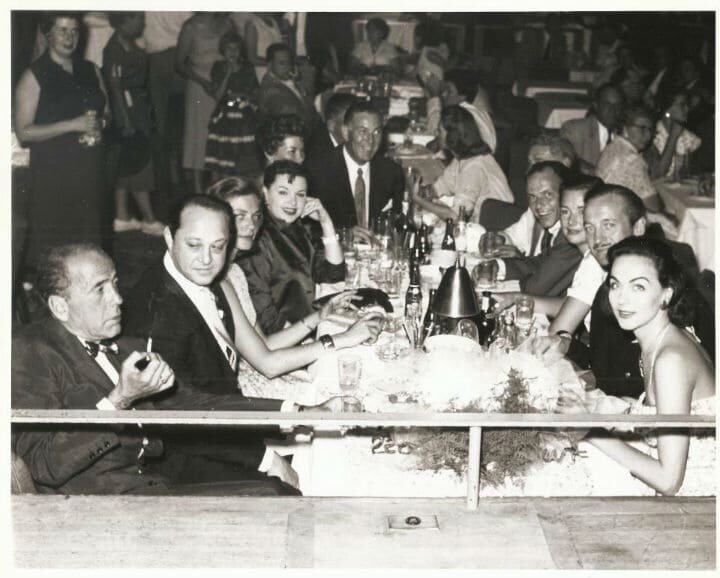
The Sands Hotel, c. 1955
From left: Humphrey Bogart, Sid Luff (Judy Garland’s husband), Lauren Bacall, Judy Garland, unknown woman, Jack Entratter (General Manager, The Sands), unknown man, Frank Sinatra, unknown woman, David Niven, and his wife, Hjördis.
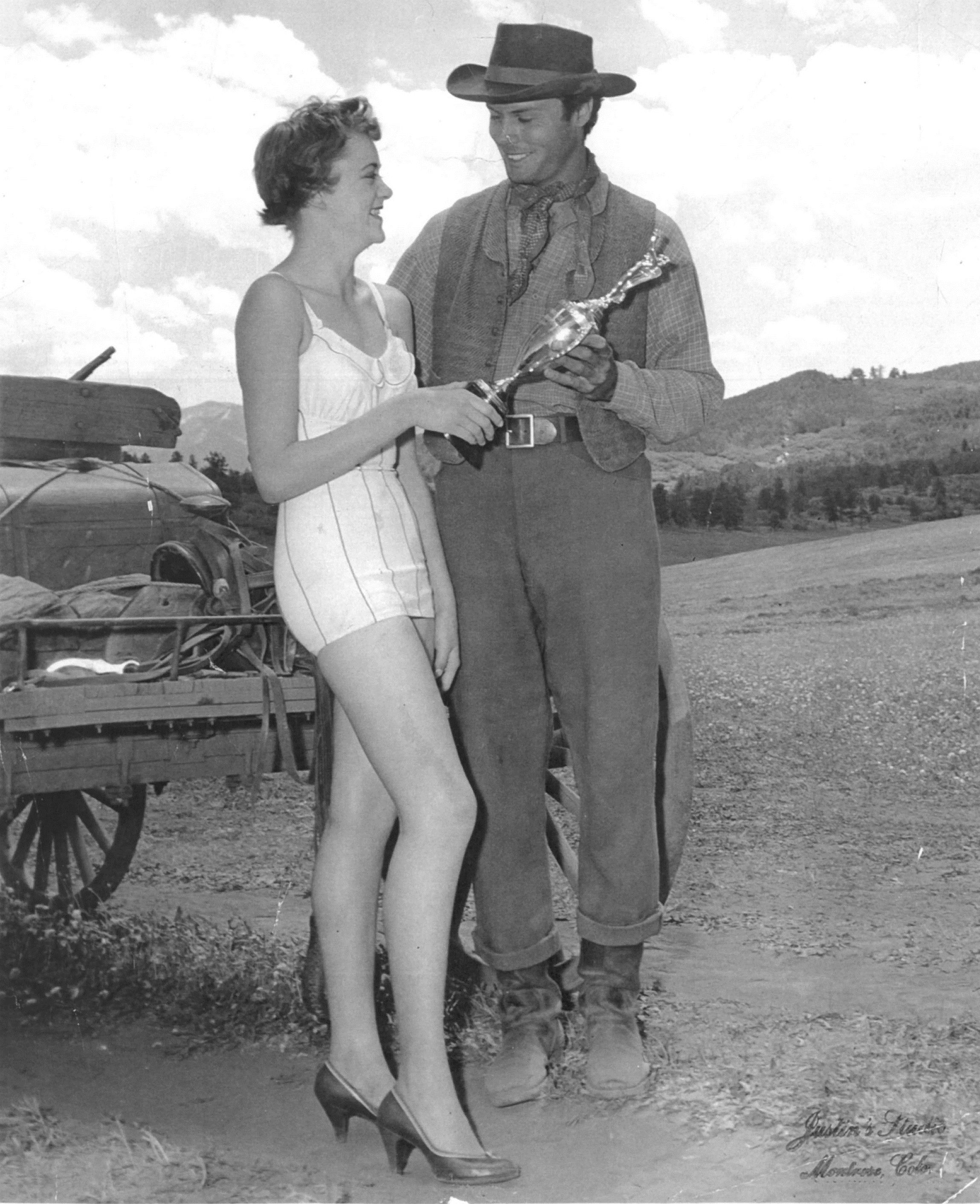
Montrose, Colo., June 1955
After his Winter and Spring tours, Bob returned to Hollywood to prepare for his first “loan out” (to Metro-Goldwyn-Mayer for Tribute to a Bad Man). He arrived in Montrose for location shooting around June 1, 1955. Here he is in costume making a personal appearance at a beauty contest. See the Films: Tribute to a Bad Man page on this website for more information about this ill-fated production.

“Bob Francis’ Last Interview” by Alice Finletter, Modern Screen, Nov. 1955.
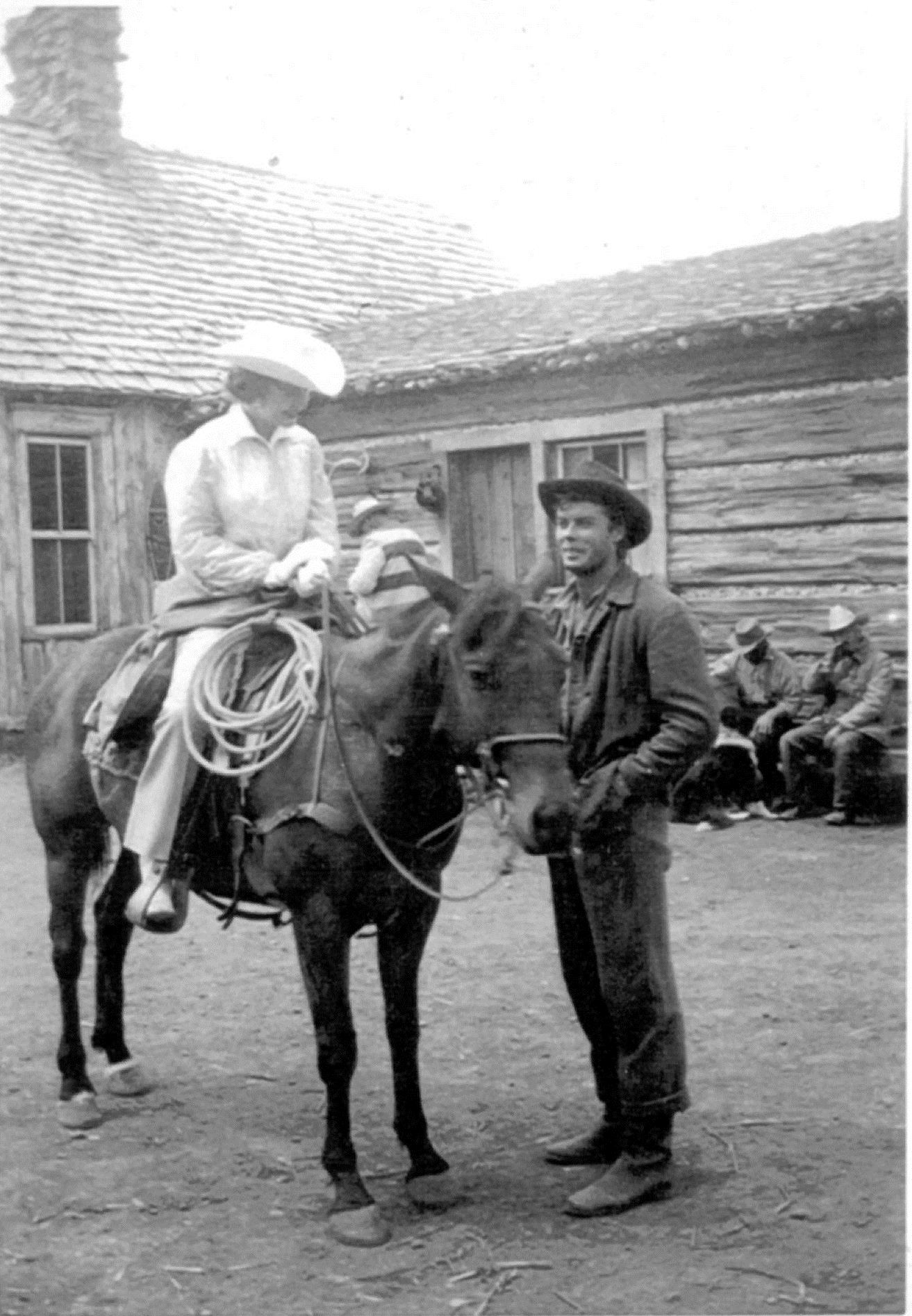
“The girl in the white cowboy hat, June Mihelcich,“ Montrose, Colo., June 1955
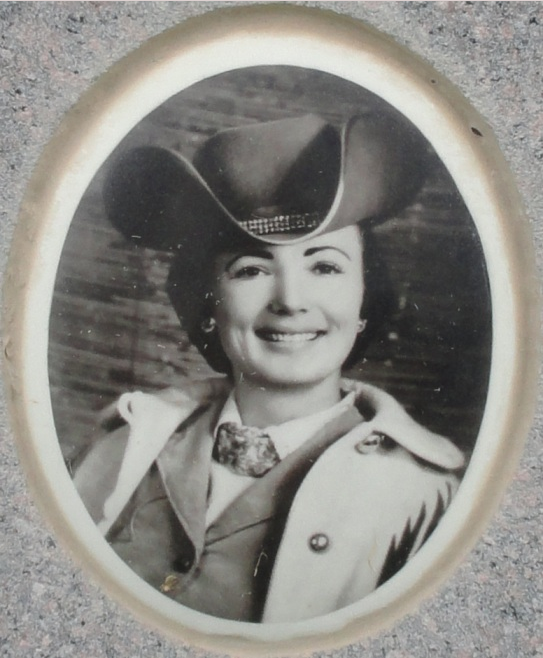
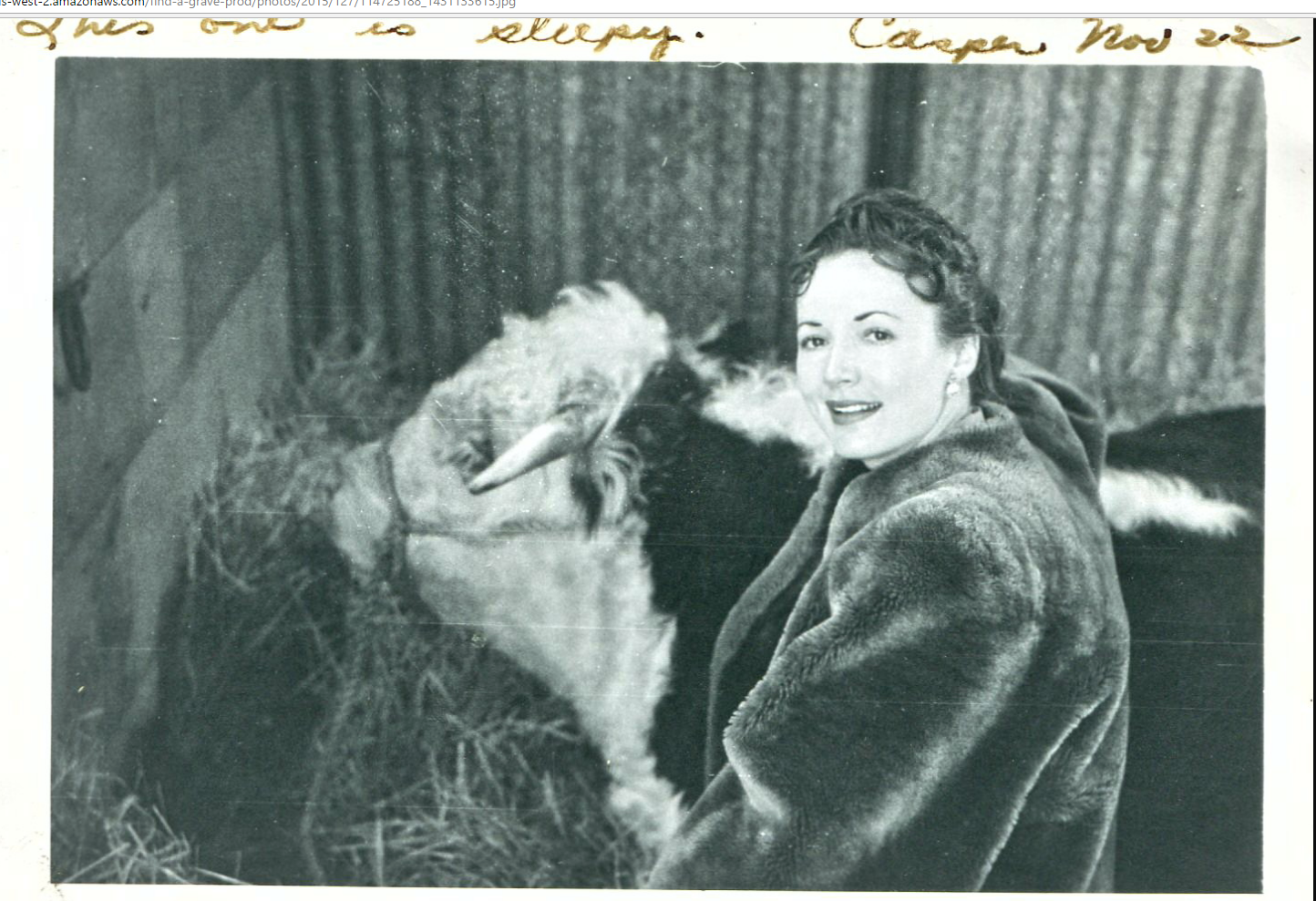
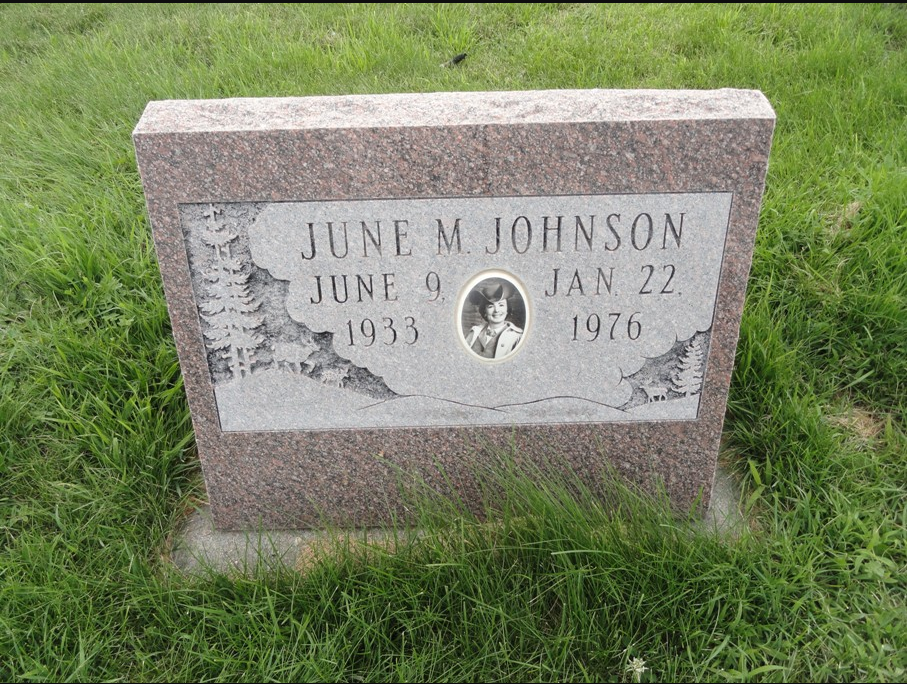
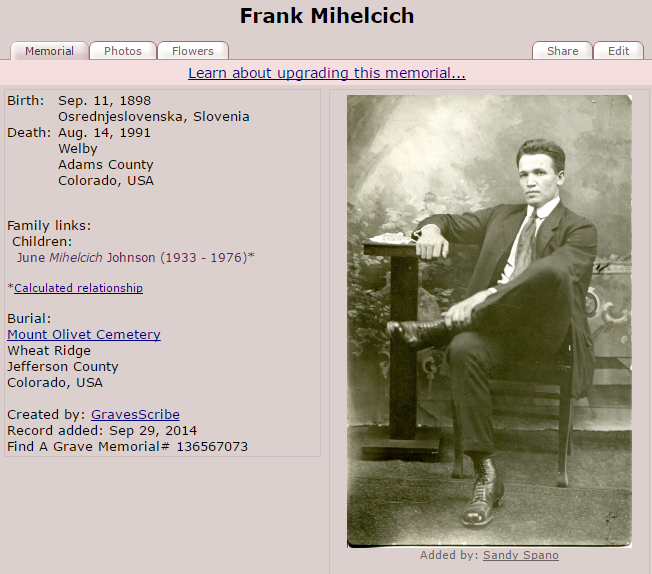

Bob returned from Montrose, Colo., on Monday, June 27. The next night, June 28 (or soon afterwards), he attended the premiere benefit party for Not As A Stranger. He may have attended with Joan Weldon, a young contract player at Warner Brothers. Although a talented singer, she is best known for her role in the science fiction film, Them! She later appeared on Broadway and toured nationally in The Music Man and other musicals. If Joan and Bob were not on an arranged publicity “date,” then this may have been one of many candid photos made at the event. This is one of the few photos made of Bob with his Tribute to a Badman haircut (or lack thereof). Not published as far as is known. Photographer: Jack Albin (1913–1985). He was one of the most successful photographers in Hollywood whose work spanned the ‘30s, ‘40s and ‘50s. He took photos of actors like Spencer Tracy, Gene Tierney, Carole Lombard and Clark Gable. A large portion of his work was associated with Warner Brothers films and contract players.
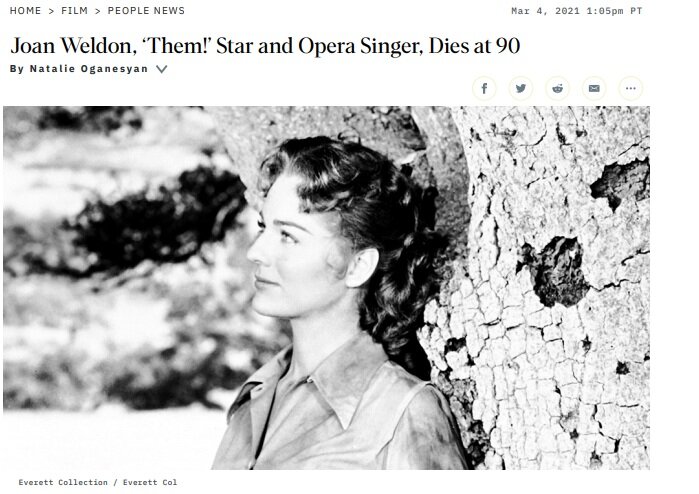
Joan Weldon Podell died Feb. 11, 2021. Additional information about her is in the Sidebars section.
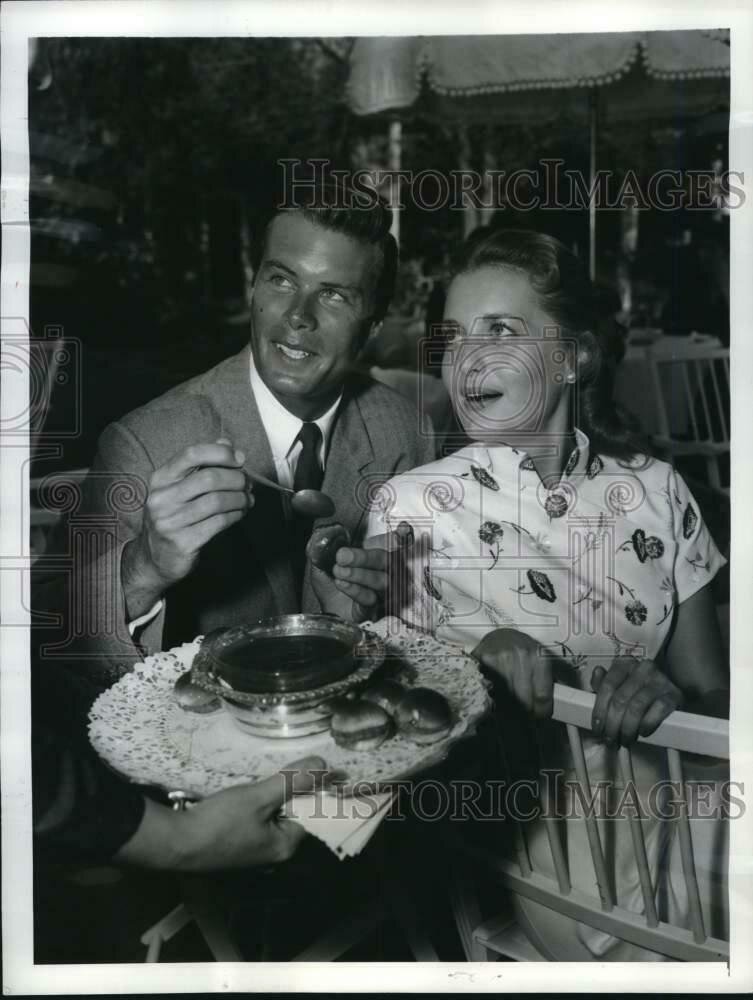
July 20, 1955 - Bob attended a party given by songwriter Jimmy McHugh. He may have known Constance Towers from Columbia where she was a contract player; they may have had a publicity “date” on the occasion. Or this may be one of many candid photos made that evening. She had a long and successful stage and television career. She married actor John Gavin who served as the U.S. Ambassador to Mexico during the Reagan Administration. Additional information about her appears in the Hollywood Star and Studio Systems - Part Two section. This photo was offered by HistoricImages on eBay in 2019. Photographer: Nat Dallinger.
![Los Angeles Times , Monday, Aug. 1, 1955 On Sunday morning, July 31, 1955, Robert Francis went flying with George Irving Meyer, 38, and Audrey Ann Schneider [sometimes spelled Snyder; Schneider appears in 1940 US Census] Dosch, 24, in a Beechcraft](https://images.squarespace-cdn.com/content/v1/5cae1b78fb18204c84880832/1566011169565-882YV0IFR48Q1KUY0E2Z/LA+Times+C.png)
Los Angeles Times, Monday, Aug. 1, 1955
On Sunday morning, July 31, 1955, Robert Francis went flying with George Irving Meyer, 38, and Audrey Ann Schneider [sometimes spelled Snyder; Schneider appears in 1940 US Census] Dosch, 24, in a Beechcraft Bonanza 35 single-engine airplane owned by actor and professional PGA golfer, Joe Kirkwood, star of the Joe Palooka movies and television series.
Meyer, a commercial pilot and Air Force veteran who may have flown B-29s during World War II, was a Hollywood agent and/or Kirkwood’s business partner in the development of golf courses. Bob’s co-star May Wynn knew Kirkwood and/or George Meyer, had taken some flying lessons with one or both, and introduced Bob to Meyer. (Kirkwood was also a licensed and proficient pilot who had purchased the Beechcraft several months earlier from the young, wealthy race-car driver and pilot, Lance Reventlow, the only son of Woolworth heiress Barbara Hutton.)
Audrey Dosch was a budding film actress (as Ann Russell) who may have had minor parts in films, c. 1947-1949. The mother of three young children — Michael, 5; Ruby (Debra), 4; Scotty, 3 — she was recently separated from her husband, Air Force First Lieutenant Edmond Dosch, stationed at Lowry Field in Colo. Audrey was the guest of either Bob or George or both. She was visiting Jeanne Edwards, 13045 Judith St., Baldwin Park; Edwards has been identified as a friend and as Ann Russell’s sister. The latter is not likely as census records show Audrey having only one sibling, a brother.
Bob’s brother, Bill, says he stayed with Bob for two or three weeks in July 1955. He thinks there may have been a July 4th picnic that included Audrey, as well as a dinner with her a few days before July 31 at Bob’s apartment. He was in L.A. and with Bob on Friday evening, July 29, 1955.
Bob’s sister, Lillian, says she and her husband, Sandy, played miniature golf with Bob and a young woman (probably Audrey), then visited at Bob’s apartment where they counted a lot of pennies Bob had saved on Saturday night. They may have been together on Friday night, also. *(After the plane crash, Bill and his wife Betty cleared out Bob’s apartment and found a few items which they believed belonged to Audrey. They also received a phone call from Audrey’s husband asking about her engagement and wedding rings, but those items were not at Bob’s apartment.)
*Bill’s recollection differs from Lillian’s. “Lillian and Sandy weren’t out with him Friday night, because I left Saturday morning and we spent Friday evening together.”
Source: Bill Francis, interview, Aug. 1992.]
Audrey had lived in Pasadena when she was in elementary school; she and Bob may have known each other then as classmates. Later, they might have met in Hollywood, but that is less likely as Bob was not regularly there until after July 4, 1949; Audrey and Dosch married April 1, 1949. Perhaps she might have known Joe Kirkwood and/or George Meyer during her Hollywood time as Ann Russell. Or she may have met Bob through Kirkwood and/or Meyer in June or July 1955 when Bob returned to Hollywood from Colo.
Meyer checked the four-seat airplane out of Santa Monica Airport, then the threesome spent the day flying around the Los Angeles area, perhaps as far as Santa Barbara to the northwest and Long Beach to the south. No record exists of their destinations; they may have flown to Santa Barbara for lunch. Bob was learning to fly and practiced takeoffs and landings throughout the day. Late in the afternoon they landed at Lockheed Air Terminal/Hollywood Burbank Airport. According to eyewitnesses, including Jerry Pairis, at one point Meyer got out of the airplane to make a phone call. Bob was in the pilot’s seat and kept the plane idling on the tarmac. When Meyer returned, he joined Russell on the second bench. He evidently did not think about the idling as a possible safety error and Bob perhaps was unaware of it. Witnesses said the plane made a wobbly take off on Runway 15 southbound and began to sputter as it rose. It crossed over Vanowen St. at the end of the runway and then flew directly over Valhalla Cemetery across the street from the airport. The cemetery had a number of people visiting grave sites and/or attending a service. When the engine failed, Bob appeared to turn toward an empty abandoned Lockheed parking area next to the cemetery. The plane stalled, went into a dive, and crashed in the parking lot. It exploded on impact with all three killed instantly just before five-thirty p.m. The long idle time on the tarmac is one explanation for the crash; the engine filled with fuel which caused the plane to “choke” as it reached an altitude of approximately 150 feet.
The crash site is just south of the 3700 block of Vanowen St. in Burbank. A crowd rushed to the burning plane. The local fire department doused the flames with water and foam.
Investigator L.N. Lightbody of the Civil Aeronautics Administration (forerunner of the Federal Aviation Administration) said the three bodies had been removed before he arrived on the scene. He had been told Bob’s body was strapped to the pilot’s seat.
(The ownership connections to Kirkwood and Reventlow caused some initial confusion about Bob’s identity. See Sidebars for more information.)
Bob’s sister, Lillian, and her family were visiting from China Lake that weekend to celebrate her parents’ forty-first anniversary. They had spent part of the day at the beach. Lillian says around five-thirty in the afternoon, her mother became upset and insisted they return to Pasadena immediately. She felt something was wrong there.
Bob’s brother, Bill, later shared his mother’s reaction when the police came to 212 S. Grand Oaks Ave. “She ran out of the house and ran up and down the street, screaming, ‘No, no, no. Don’t tell me. I don’t want to hear that. No, no, it can’t be true,’”
Bill and Betty were now living in Phoenix, Ariz., and Betty answered the phone when the younger Lillian phoned. They flew to Los Angeles. Years later, Betty says, she remembered the news coverage. “The worst thing was when we came the next night from Phoenix. On every paper in the airport, of course, was a picture on the front page. I’ve never forgotten the photo of the plane all covered with foam and a person’s arm lifted as it trying to get out.” (That photo is included below.) She says the newspaper gave them a copy of that photo, but they decided they could not keep it.
Bob’s father identified Bob’s badly burned body. His remains may have been cremated prior to being placed in a casket..
Bob’s parents never celebrated another anniversary. They had been married more than 60 years when Bob’s father died in 1978. Lillian died, aged 93, in 1981. They are buried beside Bob at Forest Lawn.
Additional information about Bob’s funeral and burial is below.
DW
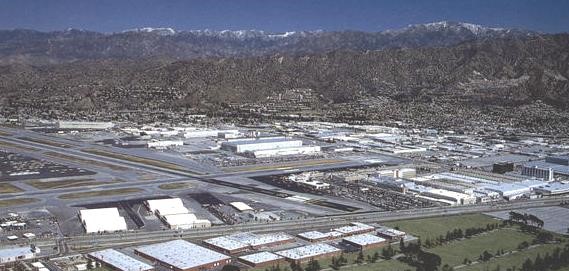
Burbank Airport, c. 2000
Bob did not have a pilot’s certificate or rating. Whether or not Meyer was a certified pilot trainer is unknown. Learning to fly a plane in such an informal way was not unusual in the 1950s. Individual ownership of small planes was a post-WW II development; some people felt learning to fly a plane was not unlike “practicing” driving a car before a young person got a driver’s license. However, for Bob, flying a plane was a violation of his Columbia contract which stipulated he was not to engage in any activities that might cause injury or death while a film was in production. Technically, although the Tribute to a Bad Man company had been sent home, cast members were still restricted while the film was in hiatus. (James Dean’s death occurred one day after his last day of Giant shooting when he was no longer forbidden to drive his sports car.)
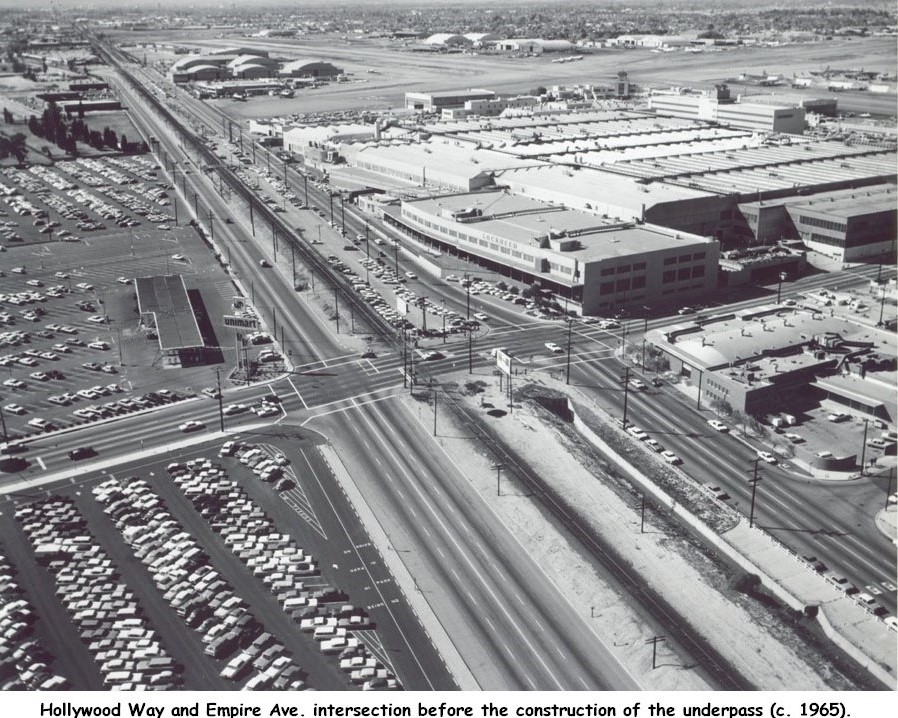
Crash site of Bob's airplane July 31, 1955
The plane crashed in the parking area on the left side of this photo just below the rows of trees.
Earlier on July 31, 1955, Bob made a high approach in landings and had to complete two circles to reduce altitude, but still had a “hot” landing on a 2,000 foot strip. One of his takeoffs was considered “poor” by people on the ground.
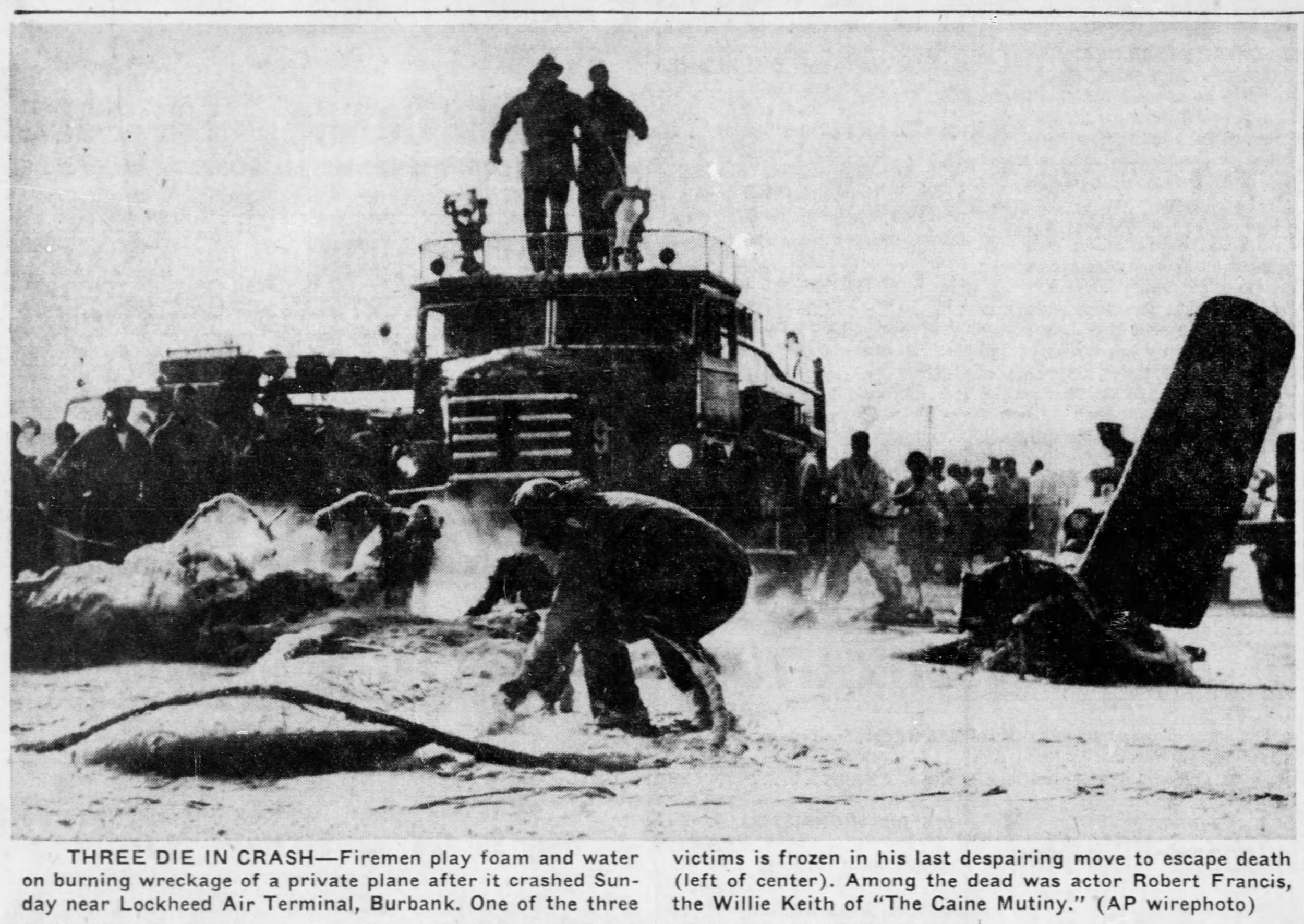
San Bernardino Sun, San Bernardino, Calif.,
Monday, Aug. 1, 1955.
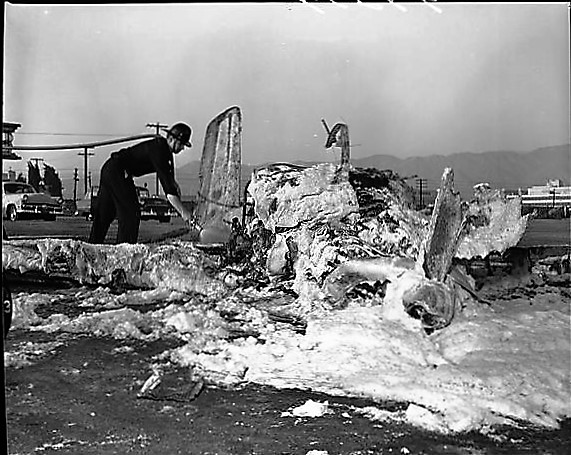
“The whole thing is kind of like a nightmare, of course.”
Bill had been in Hollywood and with Bob until Saturday morning, July 30, 1955, then he left to go to Phoenix where he and Betty and their family had moved in 1954. He was in Phoenix on Saturday night and Sunday.
“I took the call (from sister Lillian) in the house. She told me what had happened and I ran into the garage. I was hysterical and I told you Bob had been killed. I couldn’t believe it.”
Source: Betty Jeans Francis, interview, Aug. 1992.
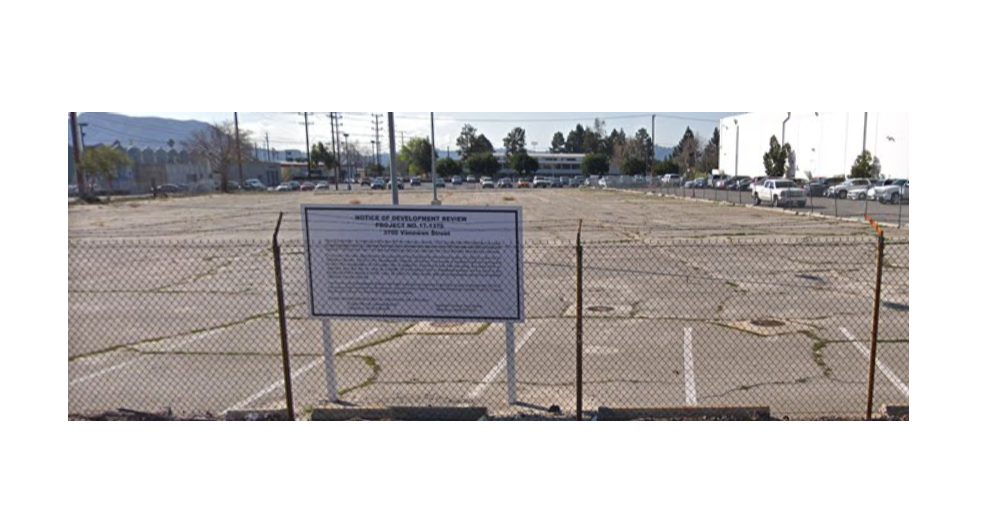
3700 Vanowen Blvd., Burbank, Calif., c. 2010
In recent times, the crash site has been redeveloped.
”The last time I remember talking to Bob was when we were in Phoenix. We saw a play with Arlene Dahl and Fernando Lamas. Bob introduced me as ‘Mrs. Francis’ to some of the people sitting there and all the eyebrows went up. He was funny. We were talking about flying. He had gotten interested in flying. He said, ‘It is more dangerous for you to stay at home where you could slip and fall in the bathtub.’ I said, ‘I think they don’t take care of those private planes like they should.’”
Source: Betty Jeans Francis, interview, Aug. 1992
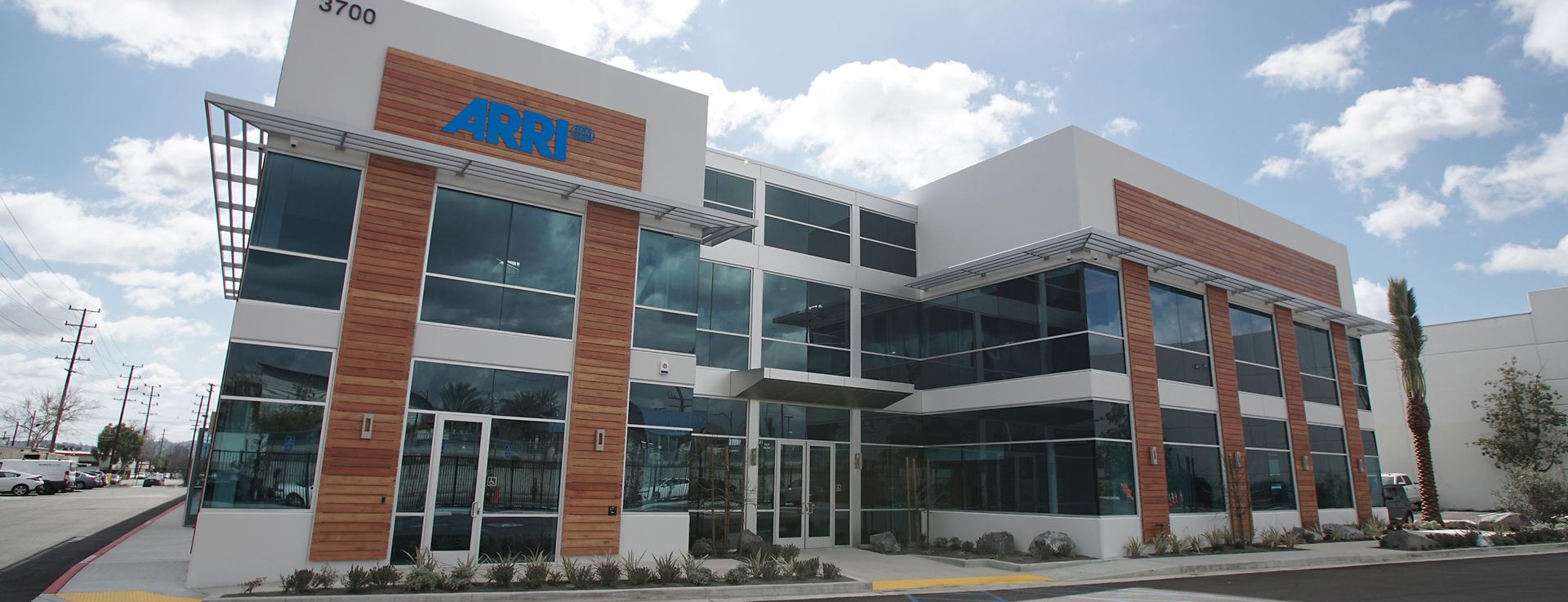
3700 Vanowen Blvd., Burbank, Calif., c. 2019
Arnold & Richter Cine Technik (ARRI) is a global company within the motion picture media industry. The company consists of five business units: Camera Systems, Lighting, Media, Rental, and Medical. The Academy of Motion Picture Arts and Sciences has recognized ARRI with 19 scientific and technical awards. It now occupies the street address closest to the crash site.
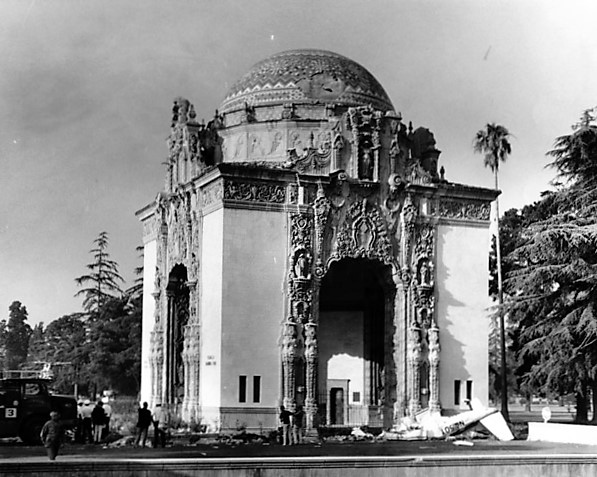
Valhalla Memorial Park Cemetery, Burbank, Calif., c. 1969
Based on eyewitness accounts, Bob piloted the plane away from an in-progress funeral in Valhalla Memorial Park Cemetery and toward the parking lot shown in photos above. This photo and the one following show a 1969 plane crash. The cemetery has a special section called the Portal of the Folded Wings Shrine to Aviation that is the final resting place for a number of aviation pioneers — barnstormers, daredevils and sundry architects of aviation. There is a memorial to Amelia Earhart and others, honoring their accomplishments.
Valhalla Memorial Park Cemetery is located at 10621 Victory Blvd., North Hollywood, Los Angeles, Calif., and Burbank, Calif.
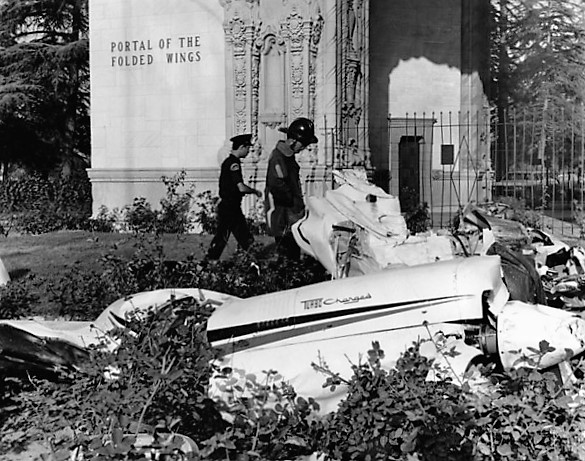
Above: Valhalla Memorial Park Cemetery, Burbank, Calif., c. 1969
Joe Hyams, Publicity Department, Columbia Pictures, New York City:
“I decided to learn to fly the same time as Bob. When we talked about it, he was taking lessons and still a student pilot…the Bonanza is a very hot plane, an advanced plane, and I was curious as to why he was flying it. I am still a student pilot because that plane takes hundreds of hours to (learn to) fly…It may have overheated, and then when they tried to take off they lost it.”
Source: Joe Hyams, interview, Aug. 11, 1992.
Below: Aviation Safety Network report on the crash
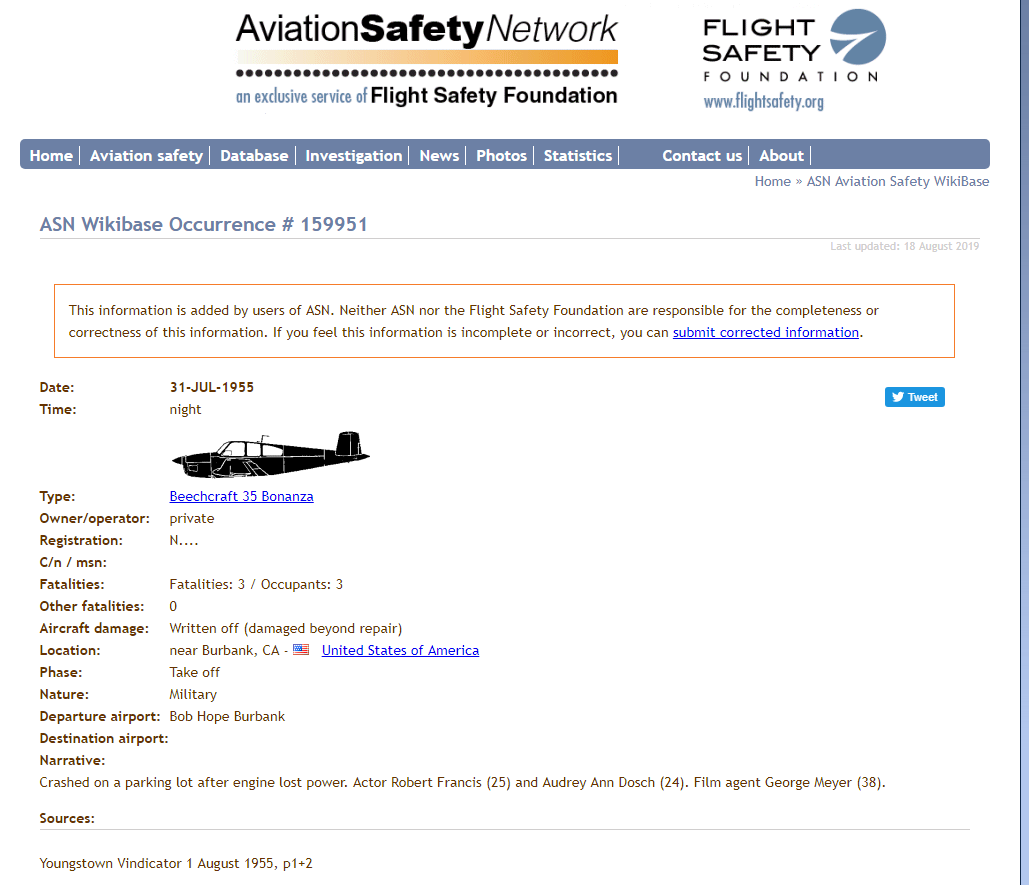
Below: Los Angeles Times, Monday, Aug. 1, 1955

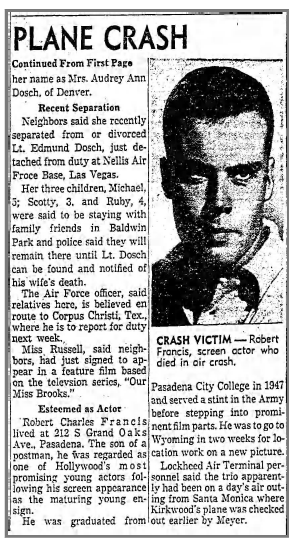
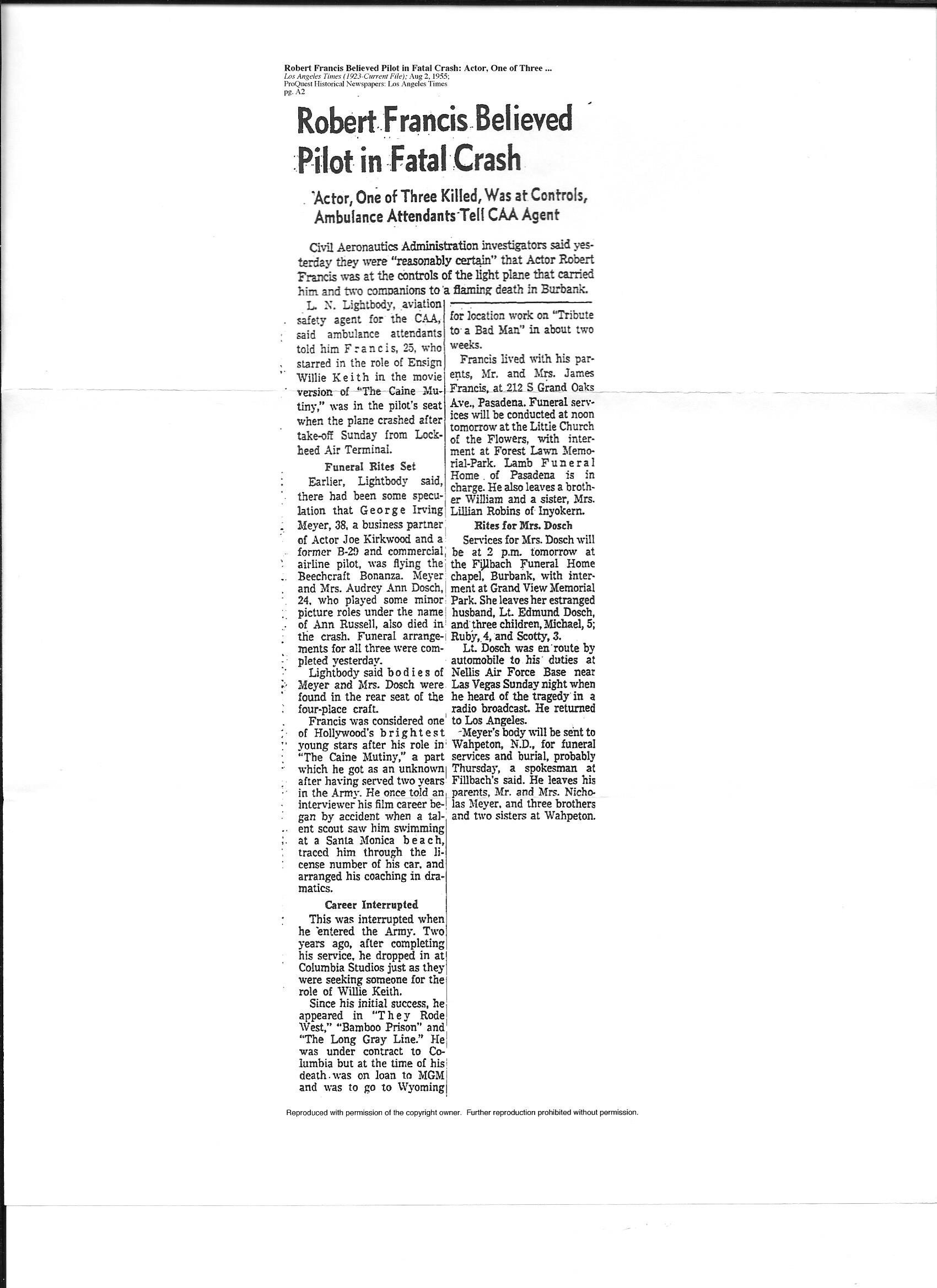
The Los Angeles Times, Tuesday, Aug. 2, 1955
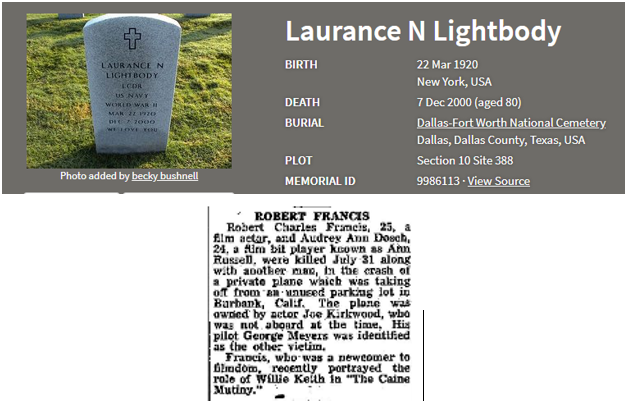
L.N. Lightbody was the initial investigator of the plane crash.
Variety, Aug. 3, 1955
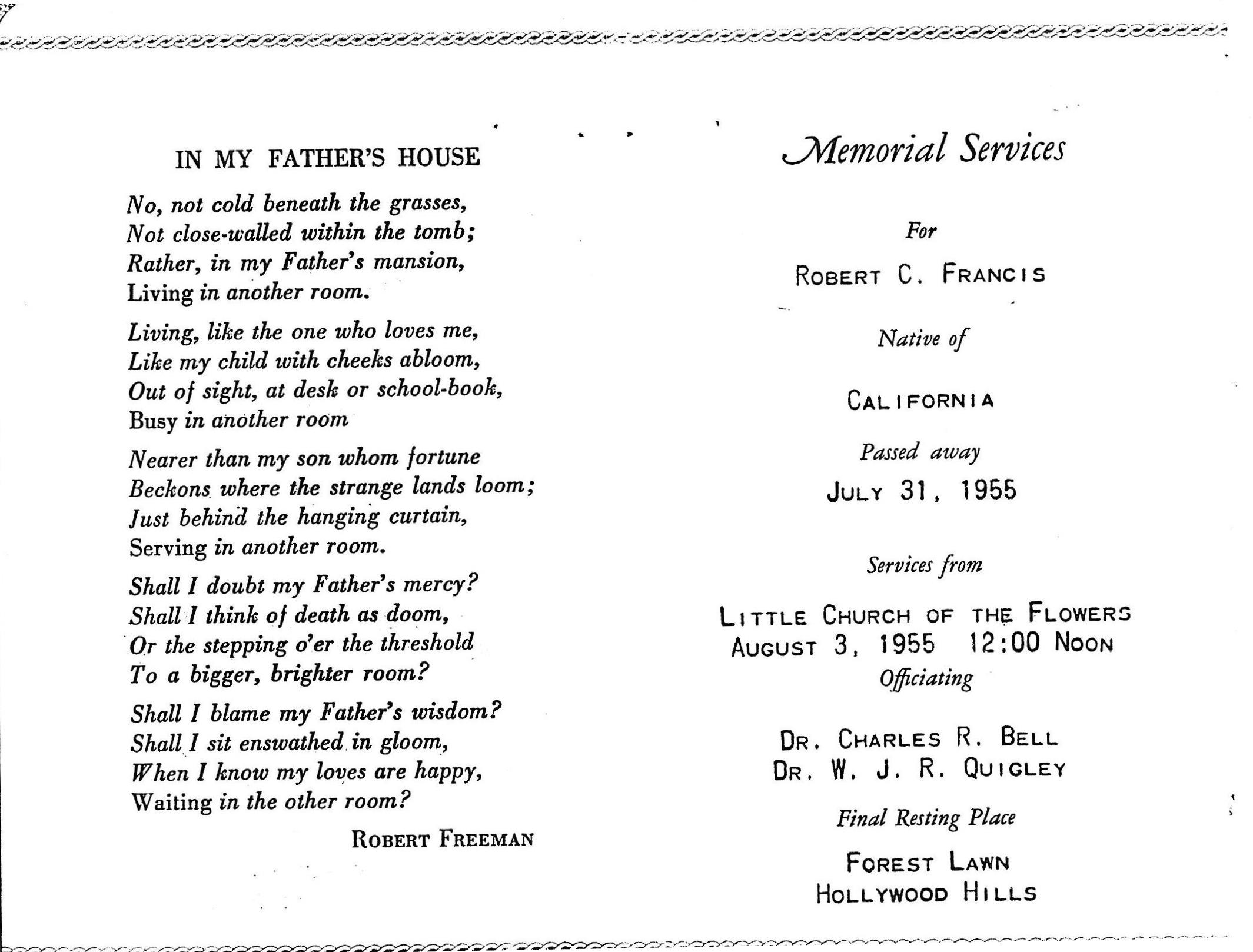
“Jack Allen, the soloist at Bob’s funeral, called our home after Bob was gone. He was very broken up. This man was a friend of Bob’s and, if I remember rightly, they met at a party or some function at which Jack had been singing. Bob had complimented him on his singing. They sat down and found out they had some things in common. They both liked boats. Their paths crossed several times and Jack once said they could be co-owners of a boat and share it as needed. Jack later said that was all at an end.
“His voice was absolutely beautiful and he sang at Bob’s funeral. We chose ‘In The Garden,’ a favorite of my brother and me and also of my mother who had a lovely voice. Another hymn sung was ‘Safe in the Arms of Jesus,’ my mother’s choice.
“One time I was invited to an Episcopal church and we sang ‘In The Garden, but it was different from the Baptist version I had known.”
Source: Lillian Francis Robins, interview, May 11, 1991.
Another musical selection included in the service was “You’ll Never Walk Alone” from Carousel by Rodgers and Hammerstein.
Pallbearers included skiing friends and others: Mark Coates, a stockbroker in later years; Dean Kiner, a DJ in Antelope Valley; Norman McCloud, and Jack Lane. Attendees at the funeral included actors and friends May Wynn, Jack Lemmon, Vince Edwards, Jeff Donnell, Constance Towers, and William Leslie.
The Rev. Dr. Charles R. Bell, First Baptist Church of Pasadena, officiated with Dr. W.J.R. Quigley, a minister who had contacted Bob about a young girl in Hawaii who was ill. Bob and Dr. Quigley became friends. Quigley served at the Hyde Park Congregational Church, 1950-1964, at 65th Street and Crenshaw in Los Angeles. That structure was torn down in 1964.
Bob’s military flag was used in the service.
“I met Father Quigley one time. He was a very down to earth person. He was not preachy and very interested in people. He was interested in helping those in trouble. His health was not very good and I think that was one of the reasons he did not drive.
“I wish I had a copy of the letter that Bobby had written to the little girl in Hawaii who was ill. Bob and Father Quigley handed the letter back and forth. The family had called Father Quigley and said they thought the girl had several months, but it was several weeks.”
Source: Lillian Francis Robins, interview, May 11, 1991.
Bob’s remains were cremated prior to being placed in a casket and buried at Forest Lawn Memorial Park, Hollywood Hills, in the Hillside area, L-4535 G2. His grave marker reads: Robert C. Francis, Our Beloved Son, 1930-1955. His father, James William Francis, Beloved Husband, 1893-1978, is buried on one side of Bob, and his mother, Lillian Warnock Francis, Beloved Mother, is buried on the other.
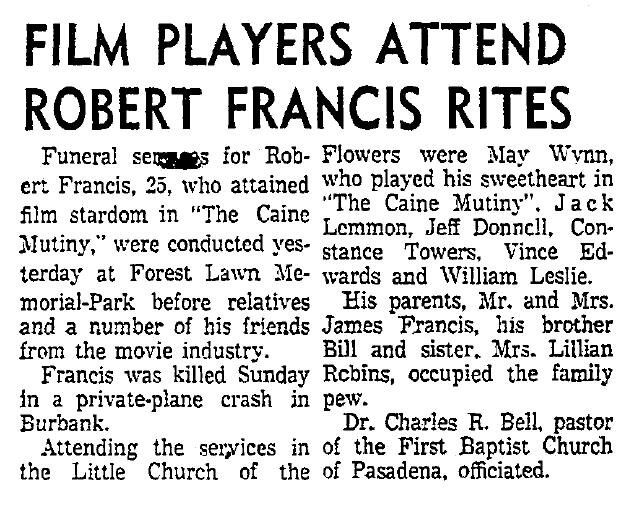
Publication unknown, Aug. 4, 1955
Below: The Little Church of the Flowers, Forest Lawn, c. 2018.

A one-year scholarship for the Botomi Schneider Drama Workshop was established in Bob’s memory. The first recipients were Joby Baker and Rod McKuen. Baker was active in films and television until the 1980s; he was an abstract painter and married Dory Previn, a songwriter whose first husband was Andre Previn, composer and symphony conductor. McKuen was under contract at Universal-International in the mid-1950s, but became better known later for his poetry and music.
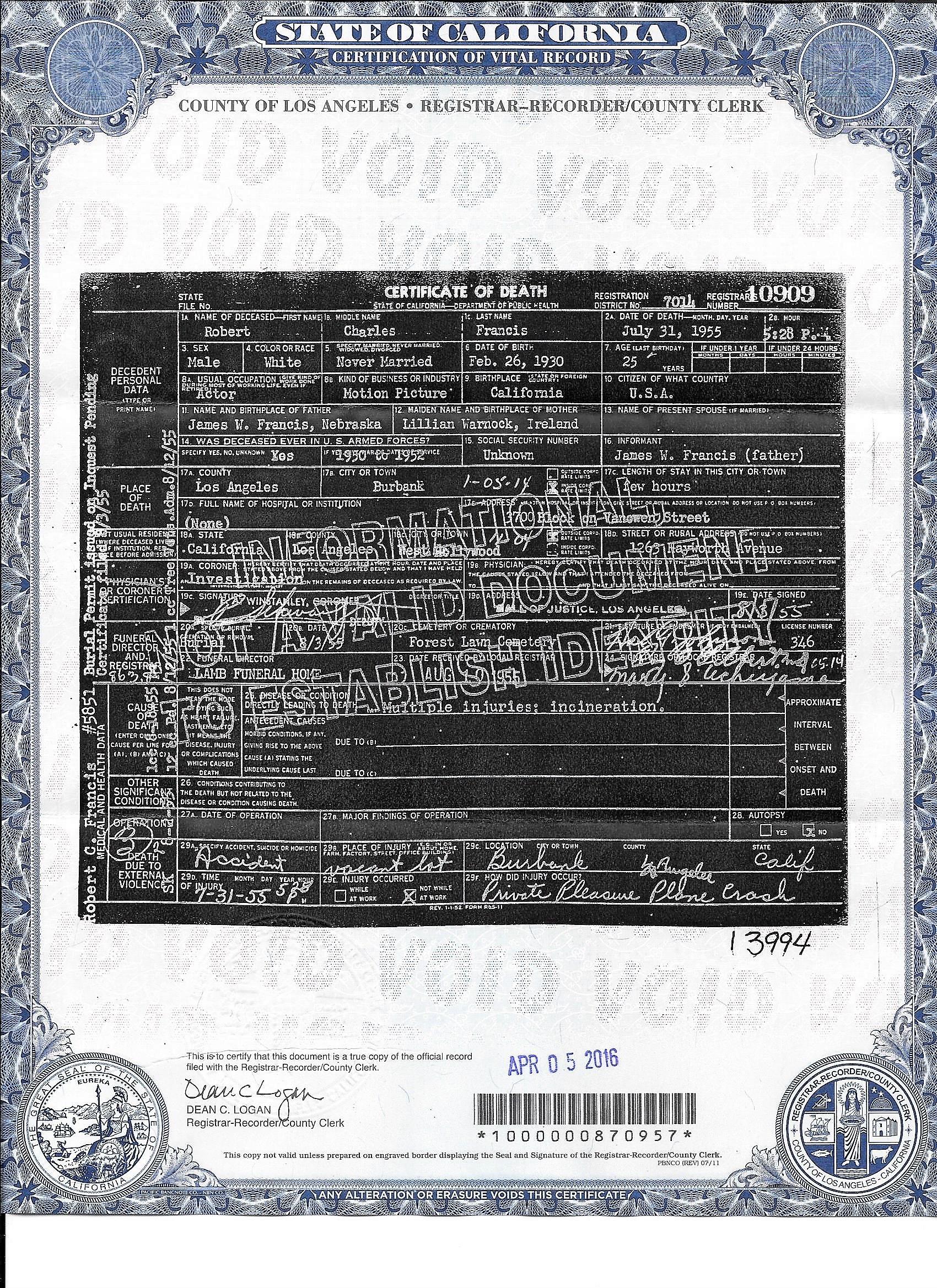
“We used to get huge stacks of mail after Bob’s accident. One letter came from a teen-age girl and the sympathy she expressed was beautiful and so real. The way it was worded, it was so sincere.
“We got letters asking for pieces of Bob’s clothes. Gruesome things. One person wrote and asked for a piece of his hair.
“When we (Sandy, Lillian, Larry, Steve) were in Iran (1976-1978), Steve who was close to Bob’s size had the last of Bob’s things. Sandy got some of the clothing. Then after Sandy, Steve was the next closest in size. Bob loved relaxed clothes.
“The people in Iran could take a suit — they are absolutely fabulous, they don’t have patterns or anything. They just take something and cut it, fit it, and sew it, and that’s it.”
Source: Lillian Francis Robins, interview, May 11, 1991.
Below: George Meyer, June 18, 1918-July 31, 1955
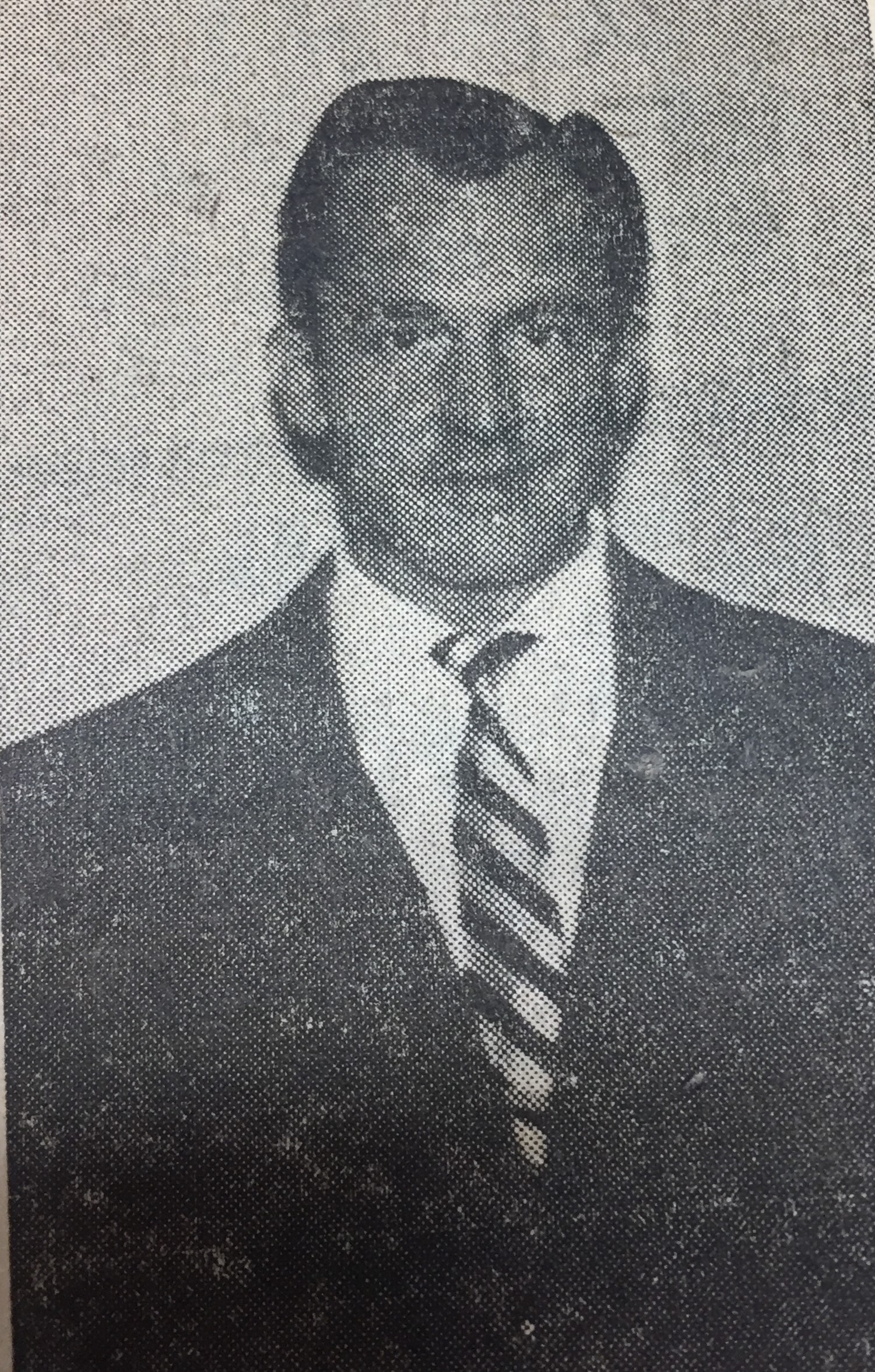
Irving George Meyer in the U.S. WWII Draft Cards Young Men, 1940-1947
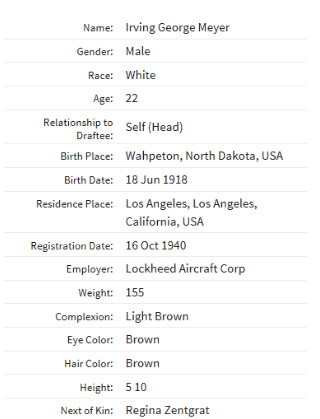
From FAA records:
Meyer held a commercial pilot certificate issued June 25, 1947. His ratings within that category were Airplane Single Engine Land and Airplane Multiengine Land. No verification for his having been trained as a flying instructor.
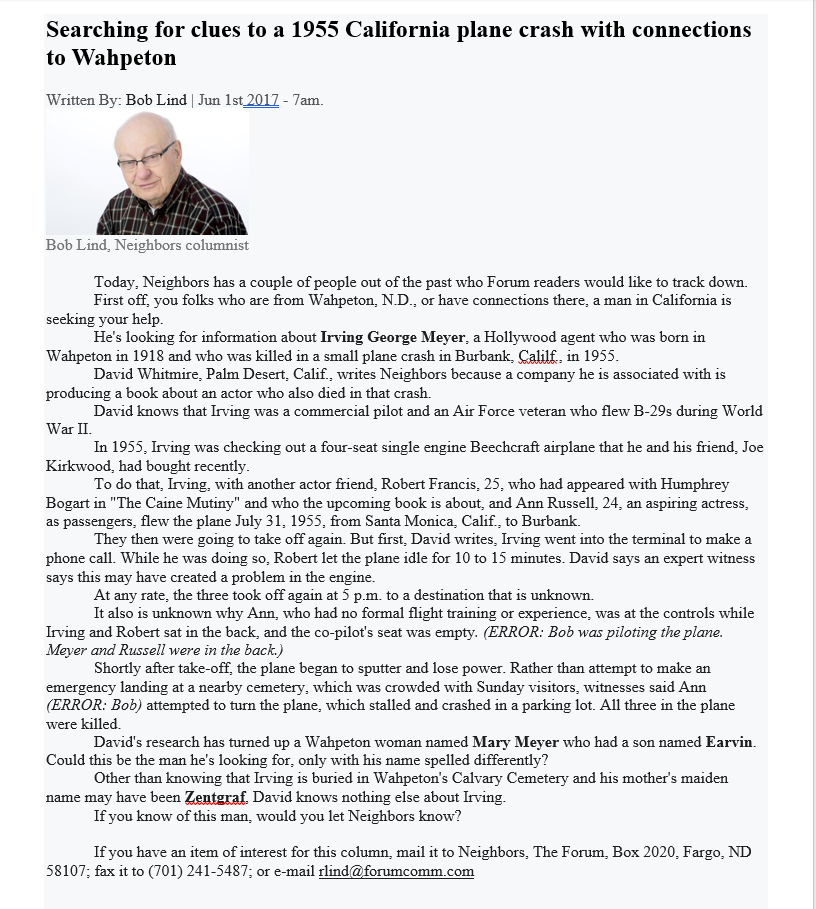
This story by Bob Lind brought several responses. One was from Charles Lillibridge who knew George Meyer's family. The other was from George Meyer’s nephew, Dave Wallis, and then a conversation with his mother, Grace Meyer Wallis.
Bob Lind also followed up:
Mysteries solved about ND man killed in California plane crash
Written By: Bob Lind | Aug 22nd 2017 - 7am.
Bob Lind, Neighbors columnist
Last June, Neighbors carried a note from a California man seeking information about Irving Meyer, a native of Wahpeton, N.D., who was killed in a single engine plane crash in California in 1955.
Well, it turned out the information was right under Neighbor's nose. Irving was an uncle of Forum photographer Dave Wallis.
The man inquiring about Irving had been told that he was a commercial pilot who had flown B-29s during World War II.
He and his friend, Joe Kirkwood, had just bought the Beechcraft plane and were taking it on a flight with two friends who were actors, Robert Francis and Ann Russell, as passengers. But the plane crashed on a Burbank parking lot.
What was strange was that Ann, who had no formal flight training, was found at the controls. (ERROR: No evidence that Russell was piloting the plane. She and Meyer were in second seat behind Francis who was piloting.)
That's what the man told Neighbors. But Charles Lillibridge, Fargo, who knew Irving's family, writes that some of this is not true.
"Irv did join the Air Force and learned to fly there," Charles writes Neighbors, "but to my knowledge he never was a commercial pilot nor did he fly B-29s.
"Joe Kirkwood, the co-owner of the plane in which Irv was killed, was the person who played the part of the comic book character Joe Palooka in the movies.
"Irv had flown that plane to Wahpeton and he took his parents for a ride in it.
"Irv," Charles says, "was a tall handsome fellow. He never attended college. He was a real 'wheeler-dealer.' I think he could sell iceboxes to Eskimos.
"He was always doing something in California. Dating female actresses for him wasn't unusual.
"He would send letters home and we would read about his exploits, such as golfing with (comedy team) Abbott and Costello and had to tip the caddie $20 because they did."
As to that fatal airplane flight, Charles says, "I can't imagine that Irv would allow anyone else to be at the controls of this plane.
"Irv was instrumental in building a golf course (in Hollywood)," he says. "He was going to show his passengers the project from the air, but they never made it.
His family
"Nick Meyer, Irv's father, was a barber in Wahpeton," Charles says. "Other family members were Jerry, Grace, Mary Ann, Lawrence and another son I can't recall. They all lived in a small house less than a block north of the Wahpeton High School.
"The family was very musical, except for Irv. Jerry played trombone; Grace, the piano; Lawrence, the trumpet. Lawrence had a doctor's degree in music, was with the Pacific Lutheran University music department and played with Doc Severinson's band." Doc was the orchestra leader on the old Johnny Carson TV show.
Charles himself used to play with Lem Hawkins, a local orchestra leader. He also played in bands with Nick, Jerry and Lawrence of the Meyer family and with Grace's husband Dale.
Finally, Charles notes that Grace married Dale Wallis and had a son. That would be The Forum's Dave Wallis, as reported above.
Friend of actors
Janet Gagelin, who works for the Fairview Cemetery Association in Wahpeton, did some research and found Irv's obituary from the Aug. 5, 1955, Richland County Farmer-Globe.
The obituary says Irv was born in Wahpeton in 1918, grew up and graduated from high school there and was employed around Wahpeton until 1937 when he got a job with the Lockheed Aircraft Co. in California.
He was discharged from the military as a captain and became a first lieutenant in the Reserve Corps.
He was employed in Hollywood working on movie sets and made friends with several movie actors.
Irv never married.
His sister
Now Dave Wallis tells about Irv's sister Mary Ann.
She had a musical career at WDAY Radio, Fargo, where that station's Ken Kennedy gave her the stage name of Marjorie Moore.
Marjorie once sang in a ritzy private club in Dallas. Among those hearing her perform were then- Arkansas Gov. Bill Clinton, actor-musician Danny Kaye, Judy Garland (who sang "Over the Rainbow" in a duet with Marjorie), the owner of the Dallas Cowboys football team and many other celebrities.
And there you have some family information stirred up by a man in California seeking information about a man from North Dakota.
If you have an item of interest for this column, mail it to Neighbors, The Forum, Box 2020, Fargo, ND 58107, fax it to 241-5487 or email blind@forumcomm.com.
Information from a follow-up phone call with Charles Lillibridge:
• George went to California, but he had no job so he took a job washing dishes. Although WWII had not started yet, he signed up for the Army Air Force. An officer asked if anyone had experience supervising a big group of men such as this. Meyer had not but he said he had. They put him in charge, made him a lieutenant, and gave him flying lessons.
• Later, Meyer was supposedly a manager of the Harry James Orchestra. (No confirmation of this.)
• He knew many Hollywood people, including his friend and neighbor actor Frank Faylen (1905-1985) who was in It’s A Wonderful Life and Gunfight at the OK Corral. Faylen wrote a letter of condolence to the Meyers after Meyer died.
• Singer Kay Starr (1922-2016) dated Meyer.
• Meyer once golfed with Abbott and Costelllo and another man. He had to leave a $20 tip as if he were the other man, so he would not look like a tight wad.
• Meyer wrote (his family) about plans fly over his golf course (built in partnership with actor Joe Kirkwood) using Joe’s plane, but this never happened.
An addition from Dave Wallis:
Jennifer Flowers, who was linked by the tabloids with Bill Clinton, sang in the restaurant side of the club in Dallas. She and Marjorie became good friends; when Marjorie died in 2003, Flowers was the executor of her estate.
Wallis says his mother Grace, her brother Larry/Lawrence, and Big Band leader Tommy Newsom (Doc Sevinsen’s band) created the half-time show at the first Super Bowl on Jan. 15, 1967, at the Los Angeles Memorial Coliseum. According to Wikipedia, “The 1st Super Bowl's entertainment consisted of college marching bands from the University of Arizona and Grambling State University, instead of featuring popular singers and musicians as in later Super Bowls.” Wallis believes the University of Arkansas marching band also performed. (Clarification is needed for this information.)
Wallis’ mother, Grace, was the last of six Meyer siblings when she spoke about her brother. She was living in her grandparents’ house a block from where she was born in Wahpeton, N.D. When interviewed at age 92, Grace still clearly recalled the events of July 31, 1955. She said she and her sisters heard of the plane crash on the radio in Wahpeton. They went to tell their parents of Georges death the next day.
On July 31, 1955, Meyer borrowed a plane belonging to Joe Kirkwood, an actor and his business partner. Information about Kirkwood’s ownership surfaced quickly at the crash site. For a brief time, emergency personnel thought perhaps Kirkwood was one of the victims. Likewise, because of items found in the plane, Bob’s body was thought to be that of Lance Reventlow, son of Barbara Hutton, the Woolworth heiress. (He was in fact a previous owner of the plane.) The rumor spread quickly and, according to his first wife, actress Jill St. John, when Reventlow arrived at his home later that night his neighbors, Margo and Eddie Albert, rushed across to him in tears and hugged him while saying, “You’re alive! You’re alive!” Reventlow was stunned to learn of the accident and his “death.” His life was filled with money and romance and dangerous hobbies. He died in a plane crash in 1972.
For more information about Lance Reventlow, see New York Times article in Sidebars.
For more information about Joe Kirkwood, see Sidebars section.
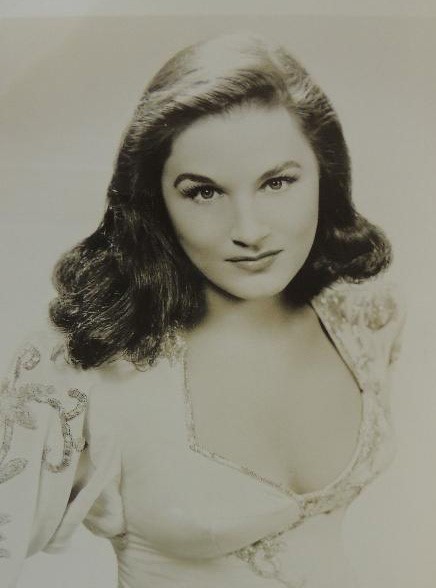

Audrey Ann Schneider/Ann Russell/Audrey Ann Schneider Dosch
Although this photograph is documented as one of Ann Russell, there is no documentation that this Ann Russell is definitely Audrey Ann Schneider. However, a good deal of circumstantial information supports the assumption..
At the time of the plane crash and in the years since, no clarity has come to questions about Audrey Ann Schneider Dosch/Ann Russell and her relationship, if any, with Bob or George Meyer. Many possibilities.
She and Bob may have known each other from elementary or junior high. In the 1940 U.S. Census for Pasadena, she (age 9) lived with her mother, Audrey Pearle Schneider who was divorced from her husband (Michael W. Schneider), her brother, Walter, age 6, and her mother’s father, Arthur Broadhead (born in England). They lived at 830 Merrett Dr. in the Olive Heights section of Pasadena. While the two attending Hamilton Elementary and/or Wilson Junior High at the same time is possible, the distances between those schools and Merrett Drive make such a coincidence improbable.
She evidently became Ann Russell, c. 1947-1949, and began to seek movie roles. She was represented by the international talent-booking agency General Artists Corporation which (through a series of acquisitions and mergers) evolved first into a larger agency called Creative Management Associates, and then, in 1974, into ICM Partners. GAC was founded in the early 1930s as a partnership between Thomas G. Rockwell (–1958) and Francis "Cork" O'Keefe (1900–1990). It was called the Rockwell-O'Keefe Theatrical Agency; their clients, then, included Bing Crosby. In the 1940s, the only larger booking firm was Music Corporation of America (MCA). Other clients at one time or another included Frank Sinatra, Paul Anka, and the Beatles.
Despite having this powerful management company behind her, Ann evidently did not achieve much success. References to “minor picture roles” cannot be verified. News accounts at the time of her death said she had been signed for a supporting role in the film version of Our Miss Brooks with Eve Arden.
Because Bob did not become part of the Hollywood scene of hopeful young actors until after July 4, 1949, their knowing each other in Hollywood is also not likely. (She married Edmond Dosch on April 1, 1949, moved to San Diego where her first child, Michael, was born in 1950, and, eventually, to Denver.)
However, George Meyer as a talent agent may have met her during this period. When she came back to Hollywood in the summer of 1955, she may have sought his help in securing roles and restarting her acting career.
Also possible: she met Bob in Hollywood in the spring of 1955 or when he returned from Colorado in late June. But there is no verification of such a meeting. On July 31, 1955, she may have been Bob’s guest or Meyer’s guest.
Lillian, Bob’s sister, says she and her husband Sandy had dinner, played miniature golf, and counted Bob’s collection of pennies with Bob and a young woman on Friday or Saturday night, July 29 or 30, 1955, at his apartment. Lillian and Sandy were in Pasadena for a long week-end, celebrating at some point her parents’ forty-first anniversary. The young woman with Bob on Friday or Saturday night MAY have been Ann Russell, according to Lillian, but she was not sure when recalling that week-end some 40 years later. Bob’s brother Bill said he and Bob and Ann had dinner at Bob’s apartment several days before the crash.
Speculation, not facts, surround Ann’s being in the plane on July 31, 1955.
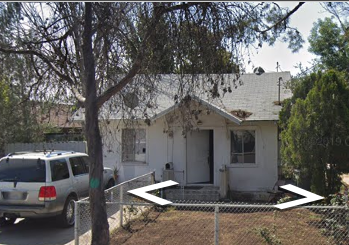
830 Merrett Dr., Pasadena, c. 2015
Audrey Ann Schneider lived here with her mother, brother, and grandfather, according to the 1940 U.S. Census.

Certificate of Marriage for Audrey Ann Schneider (note spelling; not Snyder) and Edmond William Dosch
At the time of their marriage, Ann, 18, appears to be living in San Fernando Valley in military housing (see photo below) and was employed as a telephone operator. Edmond, 22, was an aircraft mechanic. They were married by the rector of All Saints (Episcopal) Chapel in Pasadena.
Ann’s husband evidently joined the Air Force soon after their marriage. When Ann died, Dosch was a lieutenant in the Air Force, and they were separated. Ann and their three children — Michael, 5; Ruby, 4; Scotty, 3 — were staying with family friends in Baldwin Park, Los Angeles.

Below: Scott Dosch, the younger son of Audrey Ann and Edmond Dosch
Scott Dosch is a talented West Coast visual artist whose medium is most often beach sand.
Except for references in the obituary of Brian Boru Dosch (see below), no current information is available on Scott’s older brother, Michael, and sister, Ruby (Debra Susan).
His stepbrother is Brian Boru Dosch who was the son of Evelyn Haver and Jim McNamara. She married Edmond Dosch in 1955. (Tucson, Ariz,, newspaper birth announcement, 1948: “Mr. and Mrs. Jim McNamara, of Hollywood, have named their recently born male child, Brian Boru. Mrs. McNamara, the former cinema actress Evelyn Haver, is a sister of June Haver.”)
Michael Erich Dosch was born May 21, 1950, in San Diego, Calif. Debra Susan Dosch (known as Ruby in 1955) was born Dec. 3, 1951, in Texas. Scott was born June 9, 1953, at an Army hospital.

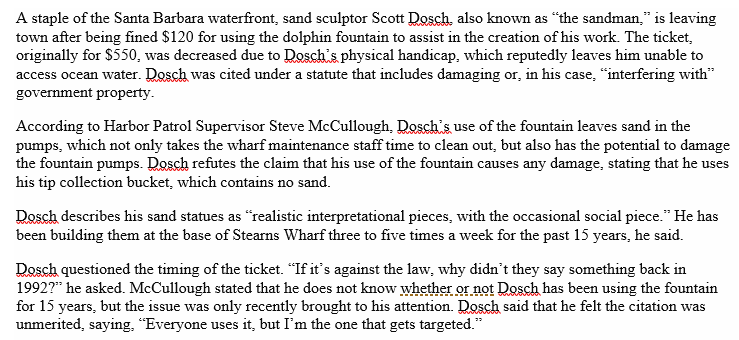
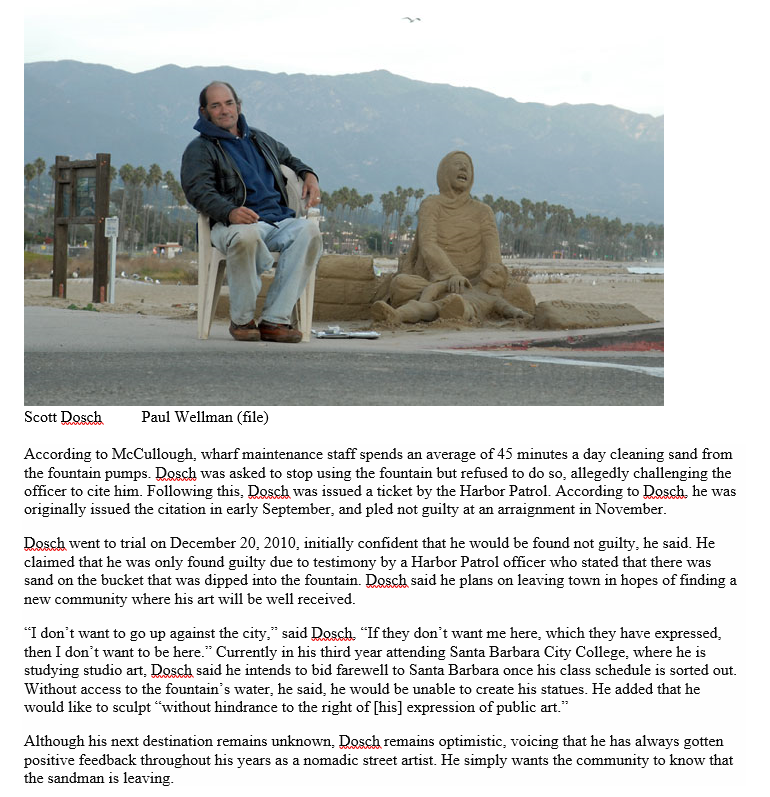
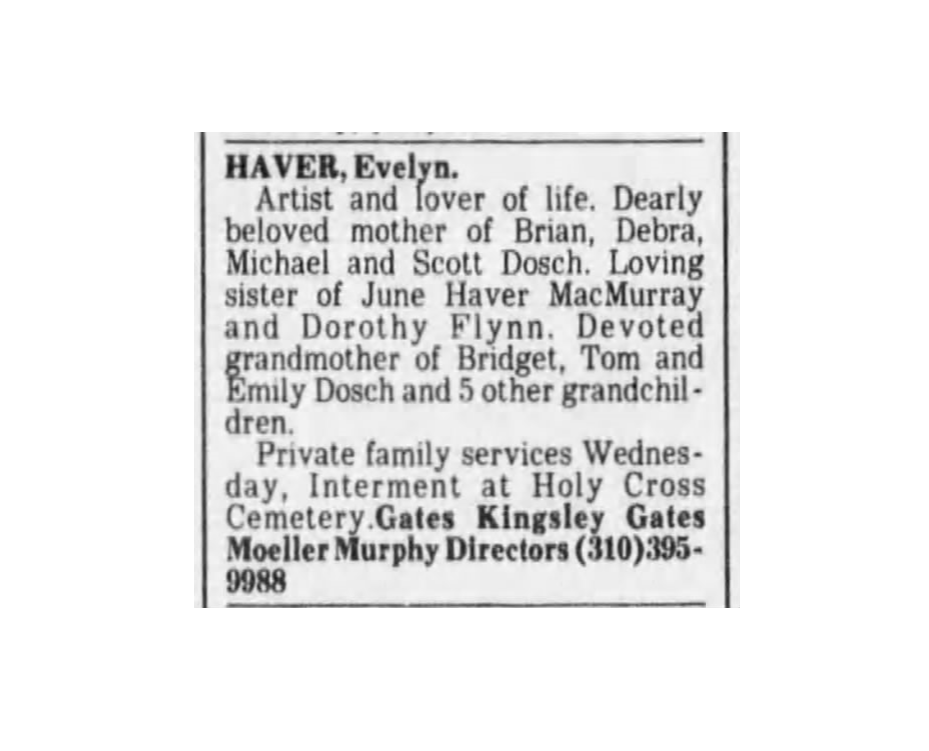
Evelyn Ruth Haver, second wife of Edmond Dosch
Los Angeles Times, June 7, 2000
Brian is her son by Jim McNamara. He was adopted by Edmond Dosch. The other children listed are his children with Audrey Ann Schneider Dosch.
Above: June and Evelyn Haver, c. 1940s
Below: From Find a Grave website https://www.findagrave.com/

Above: Evelyn Ruth Haver, sister of June Haver, was Edmond Dosch's second wife
Los Angeles Times, June 7, 2000
Below: Brian Boru Dosch, adopted son of Edmond Dosch, whose father was Jim McNamara.
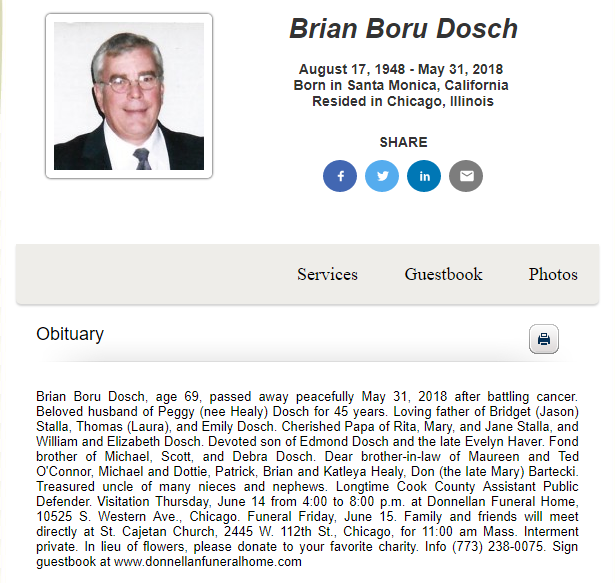
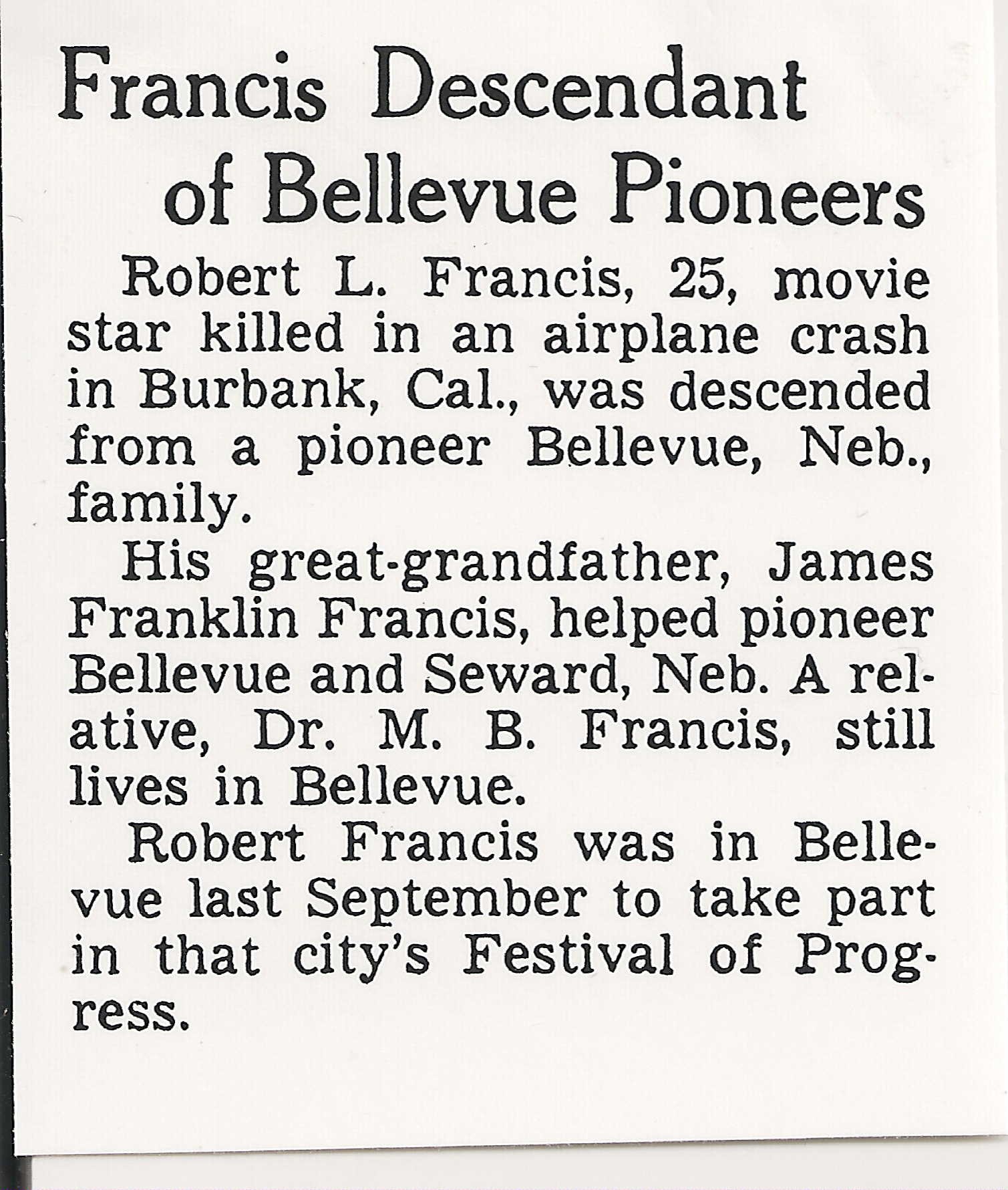
Bellevue, Neb. Sept. 19, 1954
Personal appearance tour for The Caine Mutiny
![Photo: Bennie Anderson Studio, Bellevue, Neb. “Bobby said that Indian headdress was worth a fortune and only chiefs had it. “When he was in Lincoln, Neb., [Bellevue, Neb.] he was in a parade sitting up on the back of the convertible. The car took](https://images.squarespace-cdn.com/content/v1/5cae1b78fb18204c84880832/1563416211361-FCUEE2K08FNE2TXYG47Z/54-9-19+Belleview+Neb+9-19-54+%28Bennie+Anderson+Studio.+604+W.+Mission%29.jpg)
Photo: Bennie Anderson Studio, Bellevue, Neb.
“Bobby said that Indian headdress was worth a fortune and only chiefs had it.
“When he was in Lincoln, Neb., [Bellevue, Neb.] he was in a parade sitting up on the back of the convertible. The car took a wrong turn and ended up in a dead end street. One of the pictures shows Bobby laughing his head off because the parade has gone on, but he is sitting in the alleyway.”
Source: Lillian Francis Robins, interview, May 11, 1991.
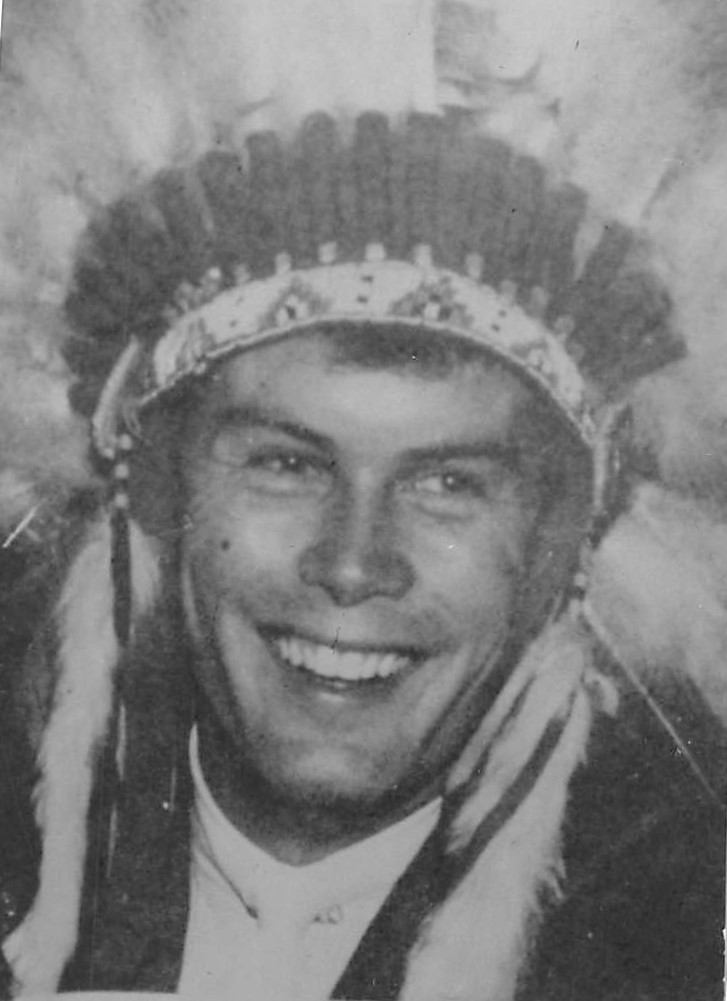
Bob, Bellevue, Neb., Sept.1954
Personal appearance tour for The Caine Mutiny
Bob participated in an event/ceremony in which he donned “traditional” Native American headdress.
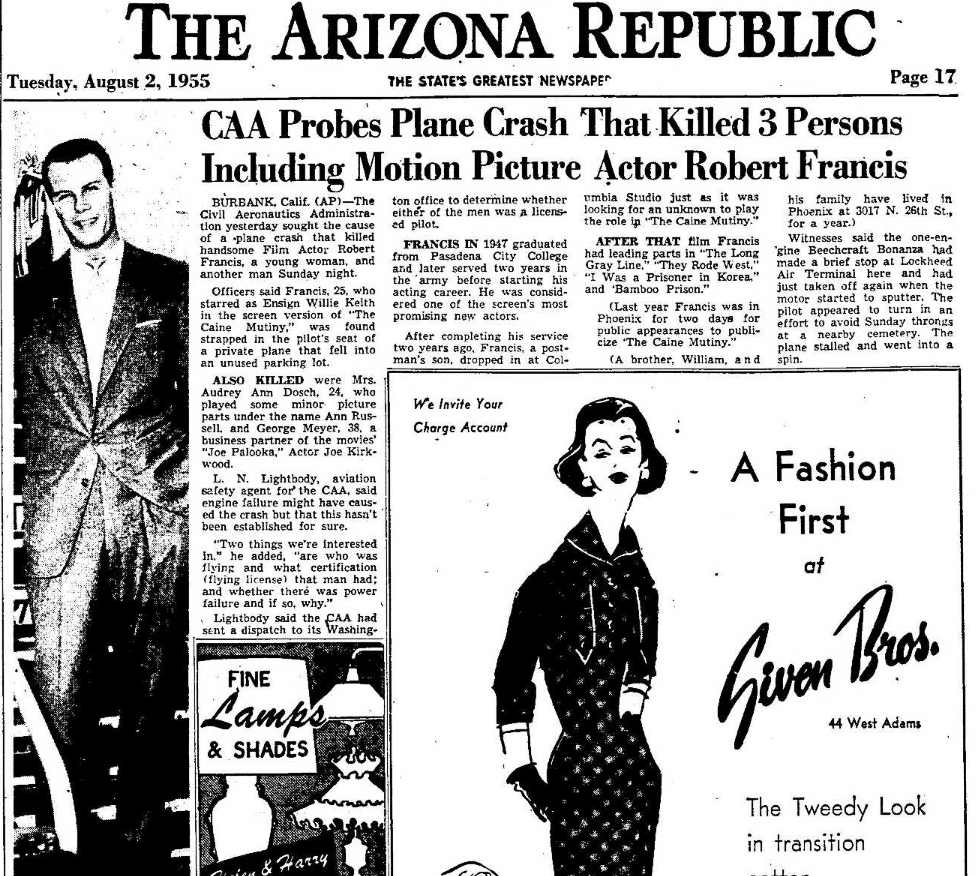
Bob's grave is between his parents, both of whom outlived him
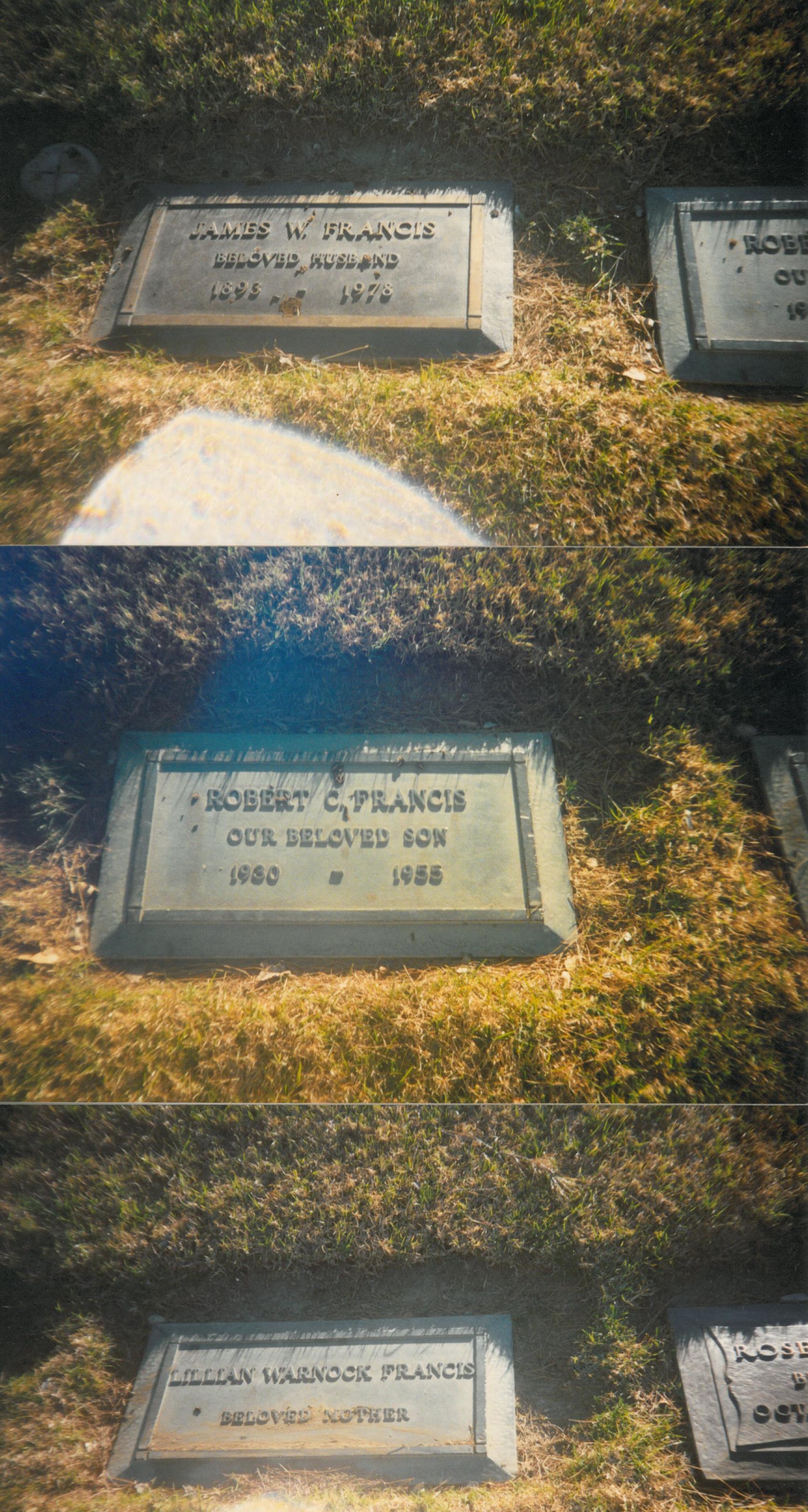
From Find a Grave website https://www.findagrave.com/
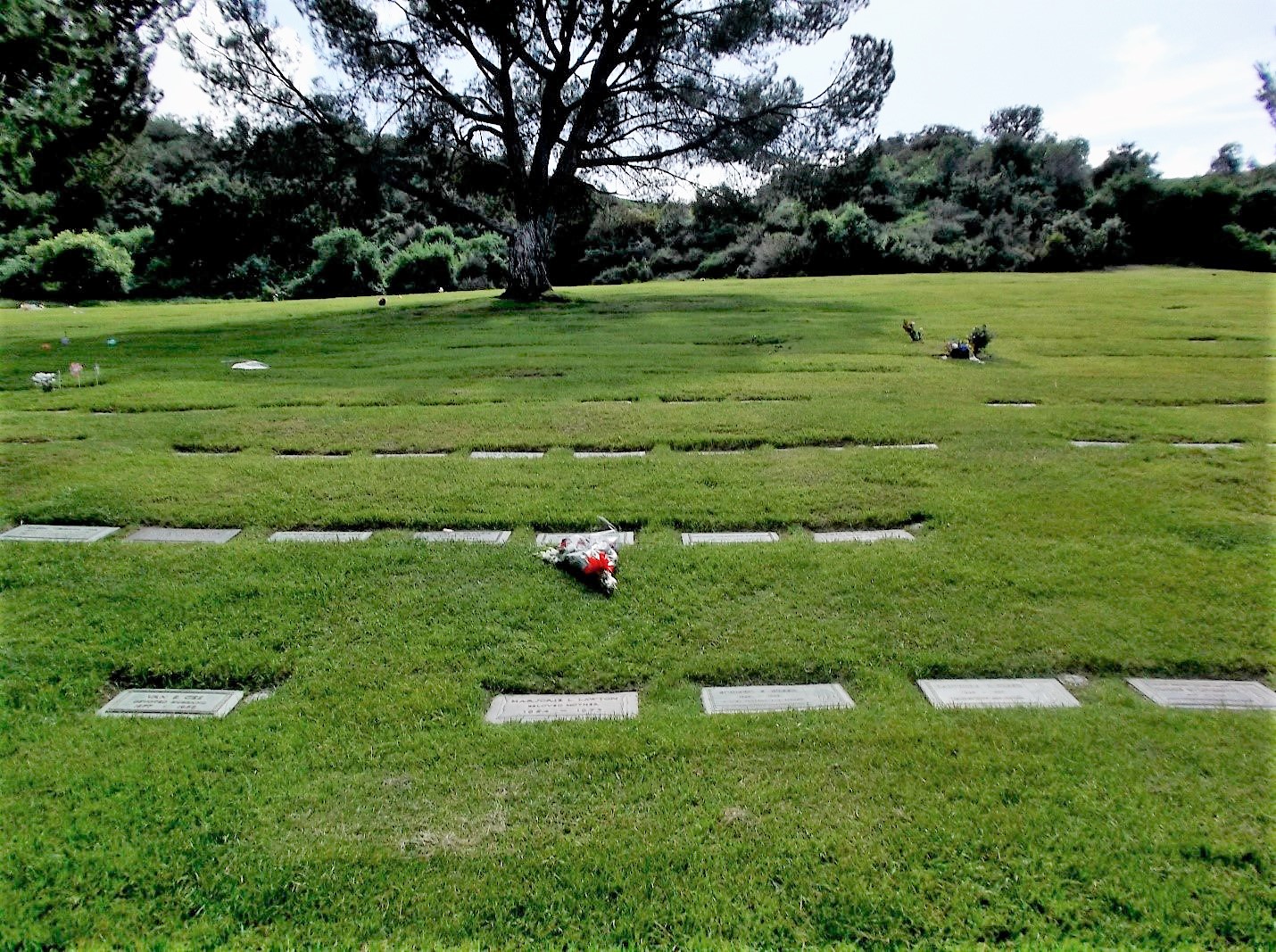
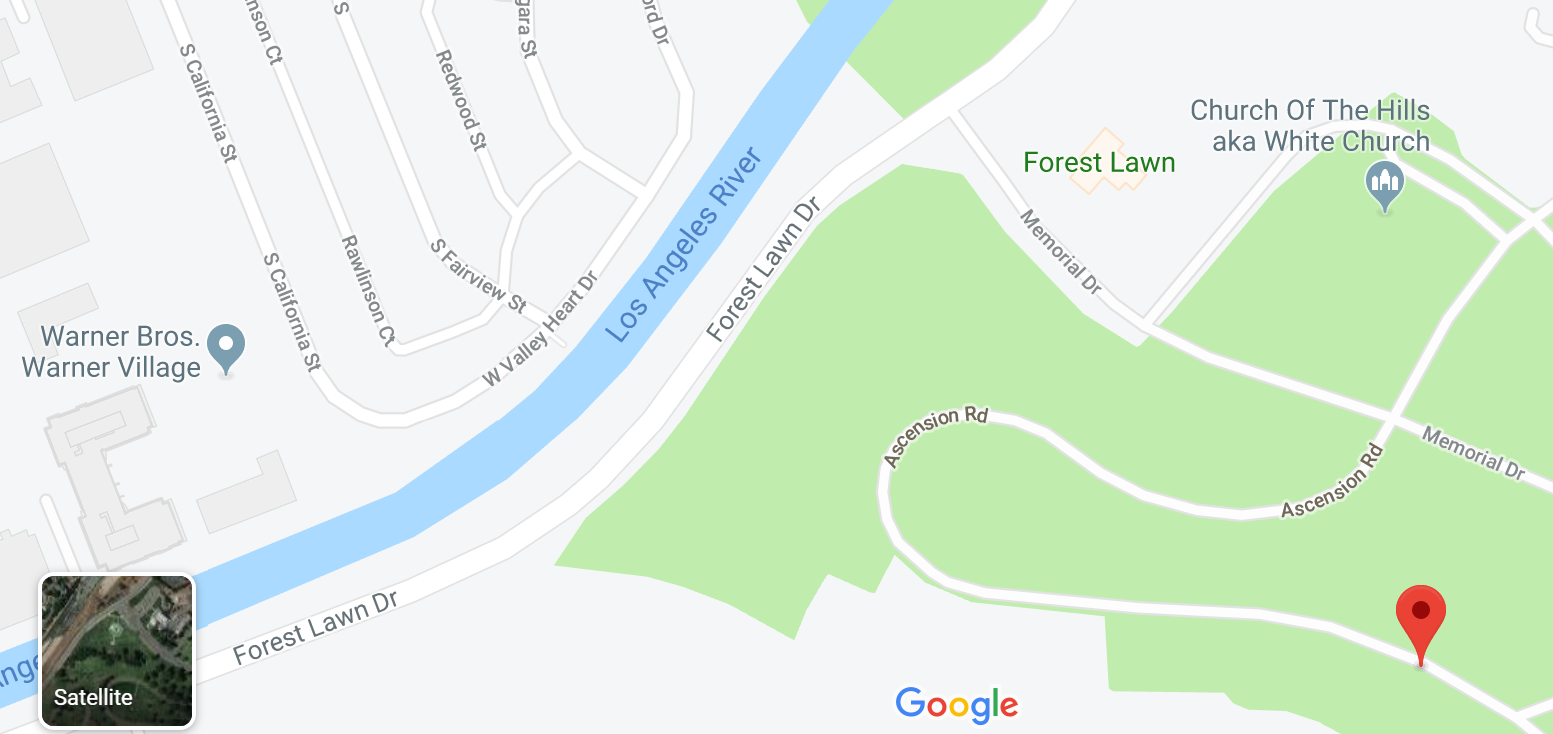

Bob is remembered and continues to receive tributes from fans at his grave and on the Find a Grave website.
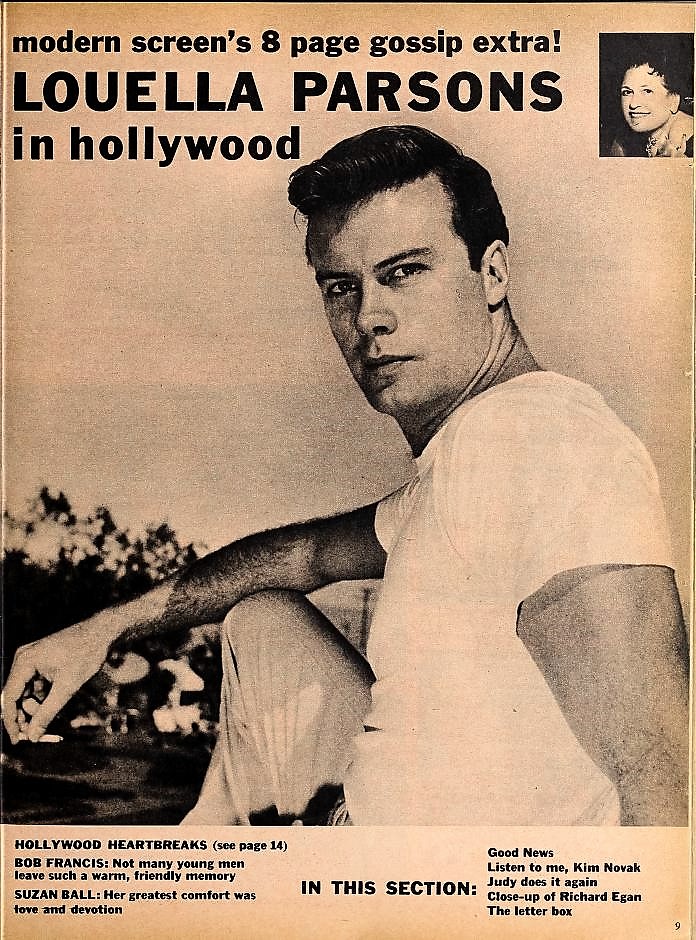
Above: Modern Screen, Oct. 1955
Below: Modern Screen, Nov. 1955
The full text of “Bob Francis’ Last Interview” appears below.
“Bob Francis’ Last Interview” by Alice Finletter, Modern Screen, Nov. 1955. Fifteen months earlier Modern Screen, Aug. 1954, had introduced Bob to its readers with the lengthy article, “Bob Francis,” and a photo story, “Salt Water Dillies.”
“Bob Francis” and “Bob Francis’ Last Interview” serve as bookends for Modern Screen’s generous coverage of Bob’s soaring career.
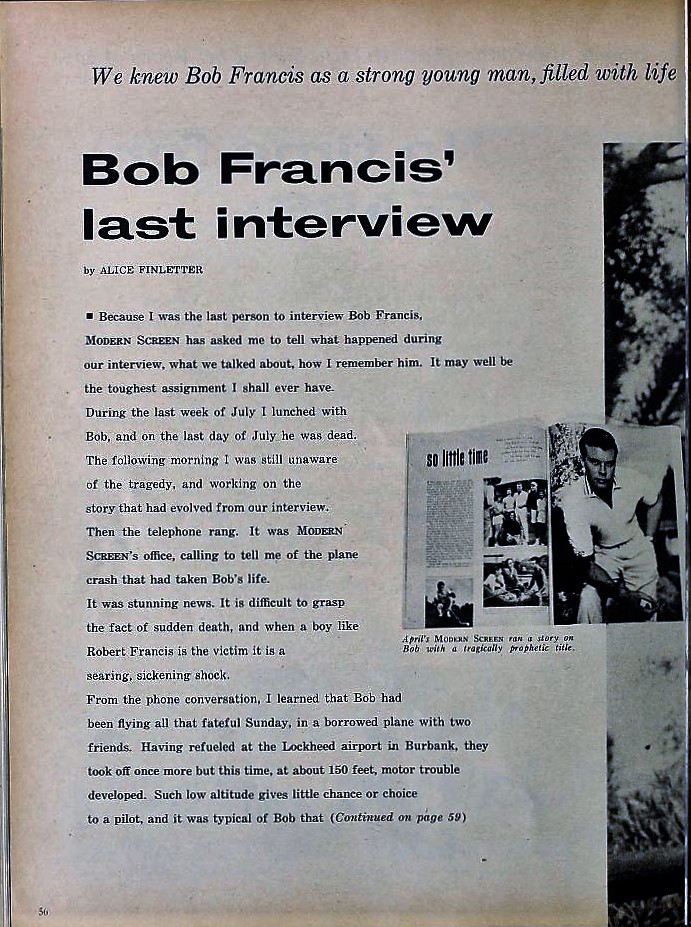
The full text of “Bob Francis’ Last Interview” appears below.
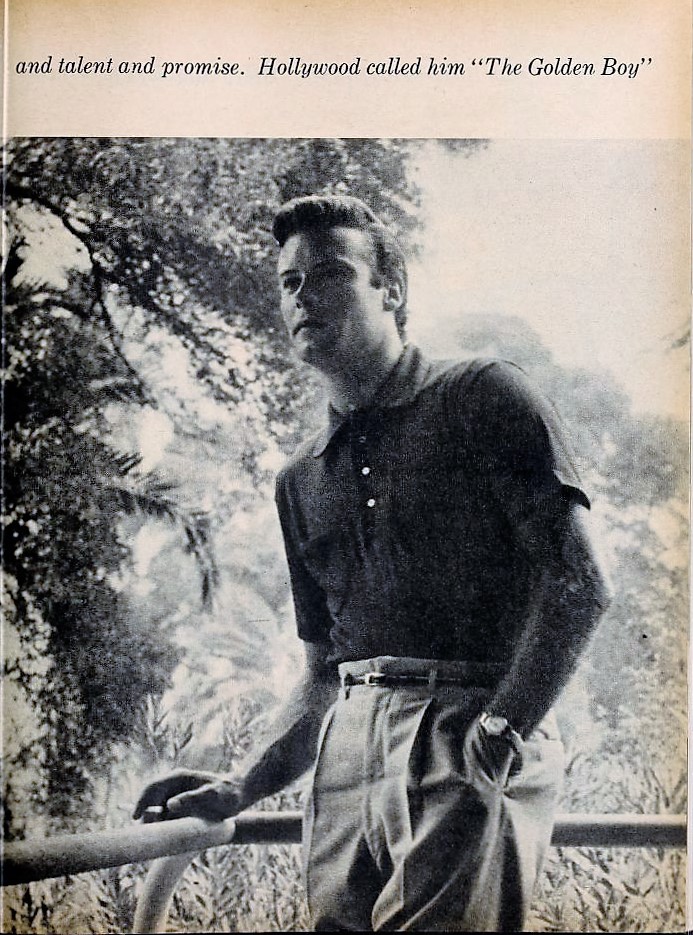

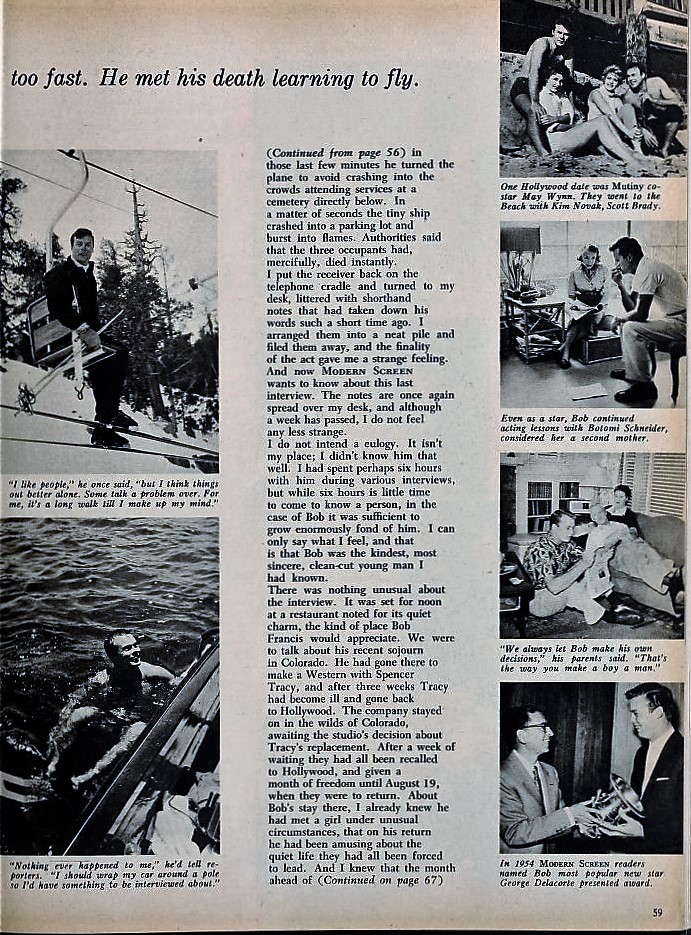
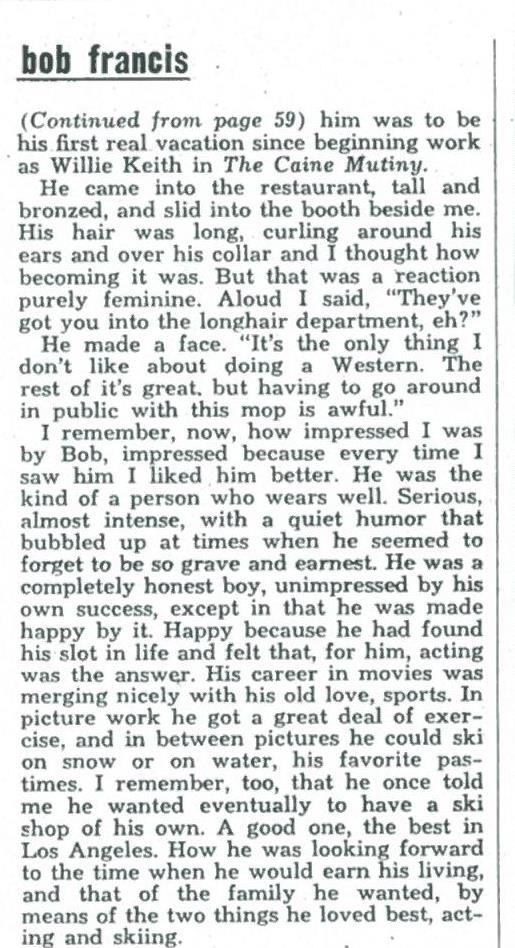
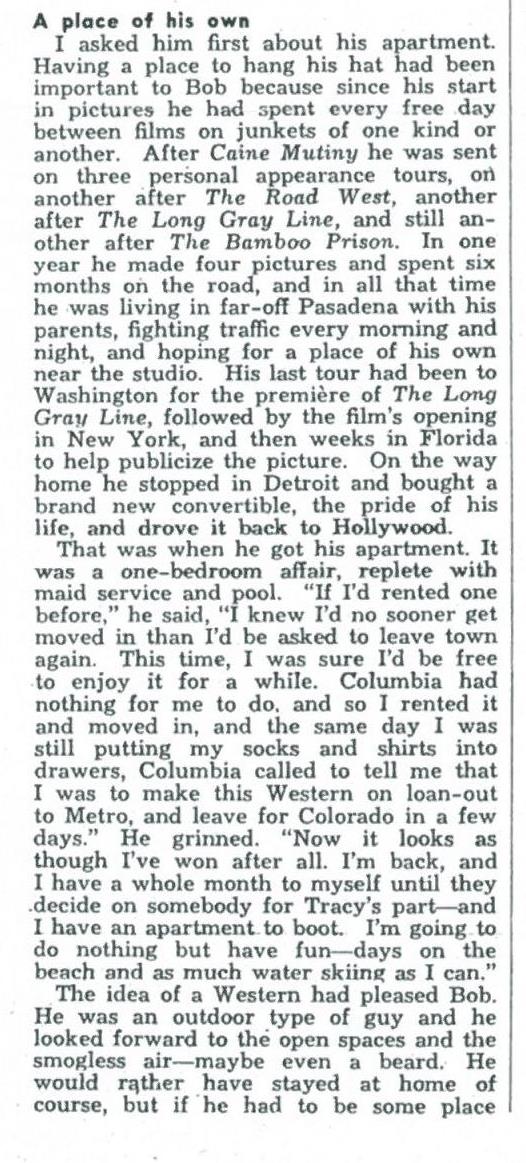
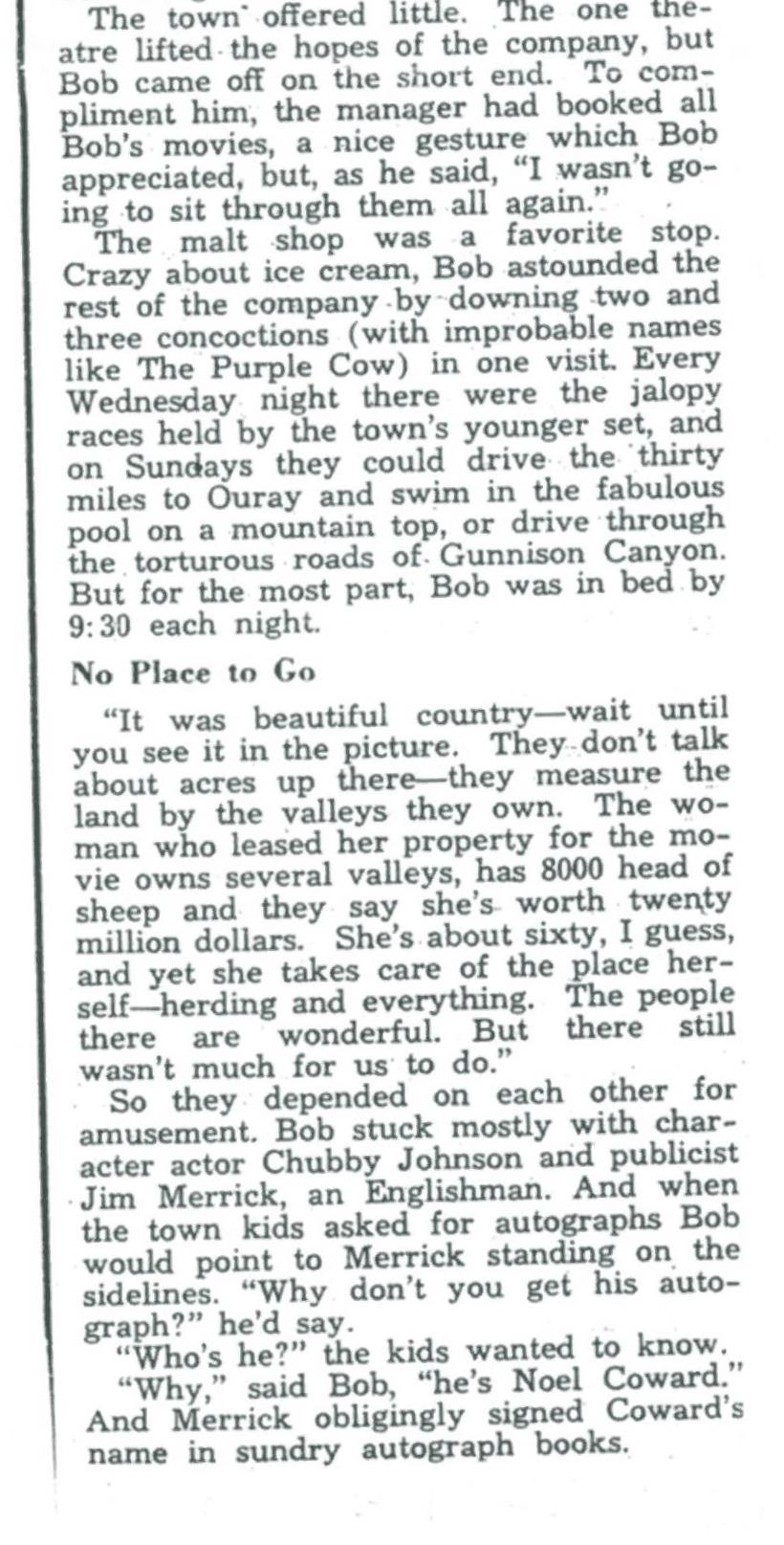
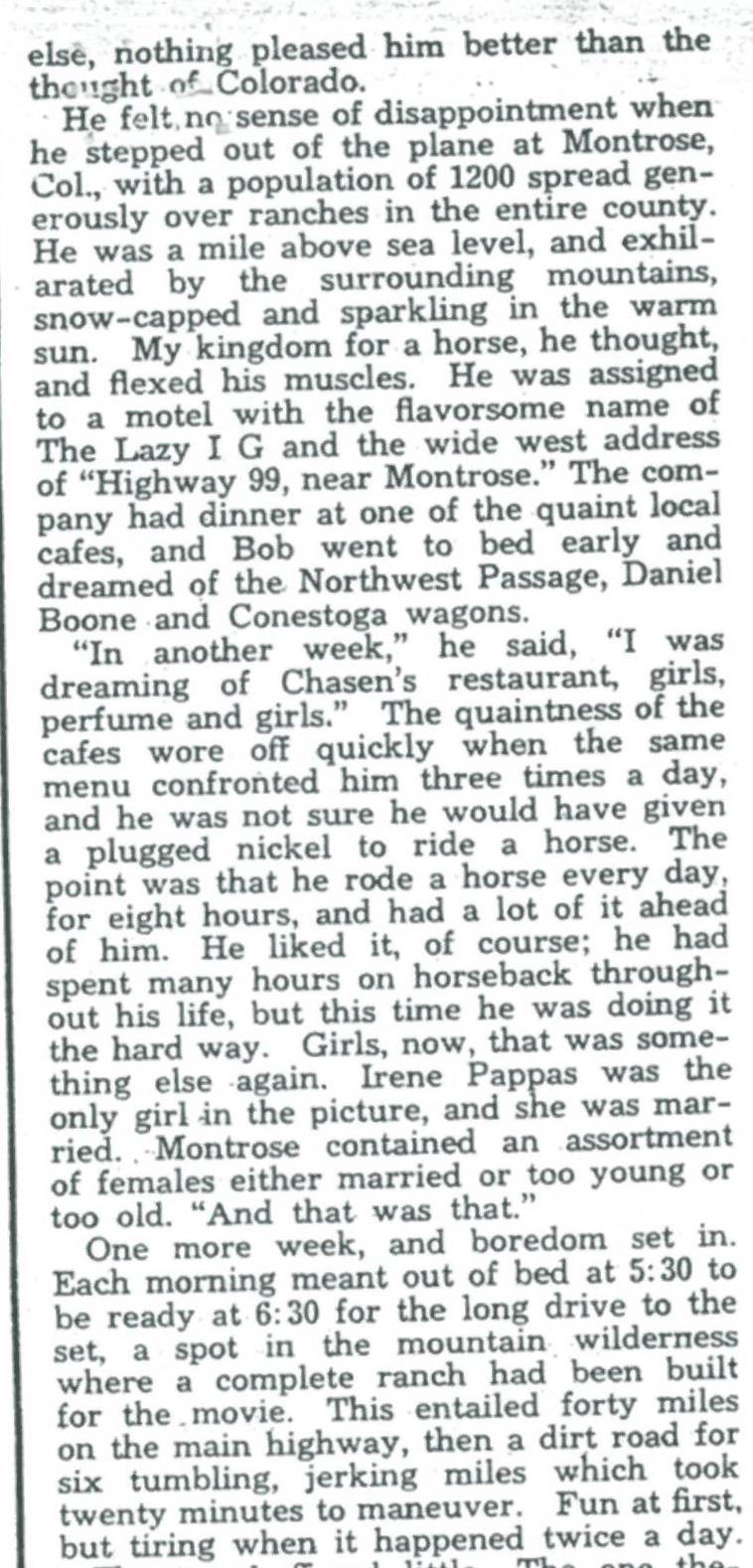
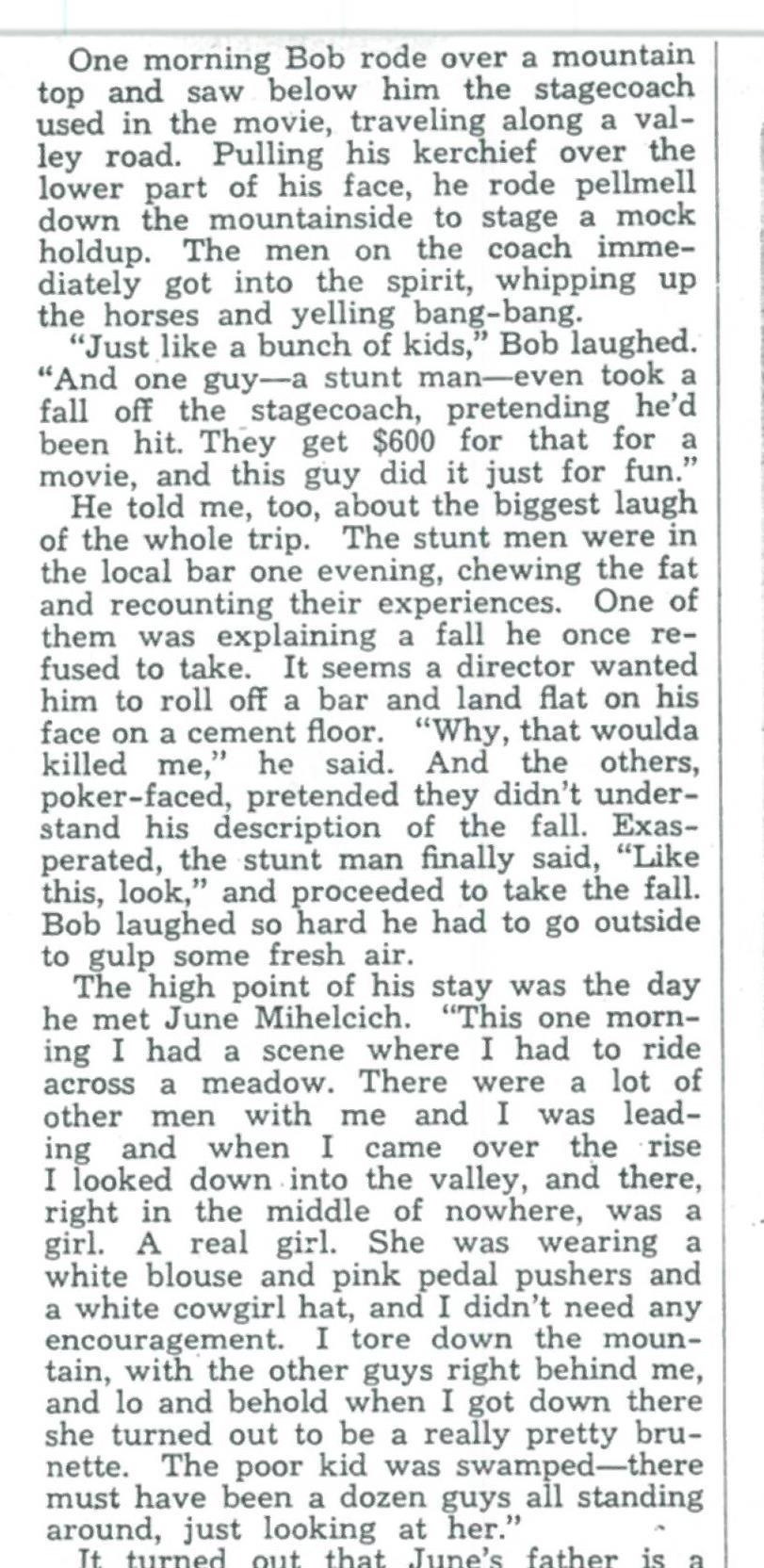
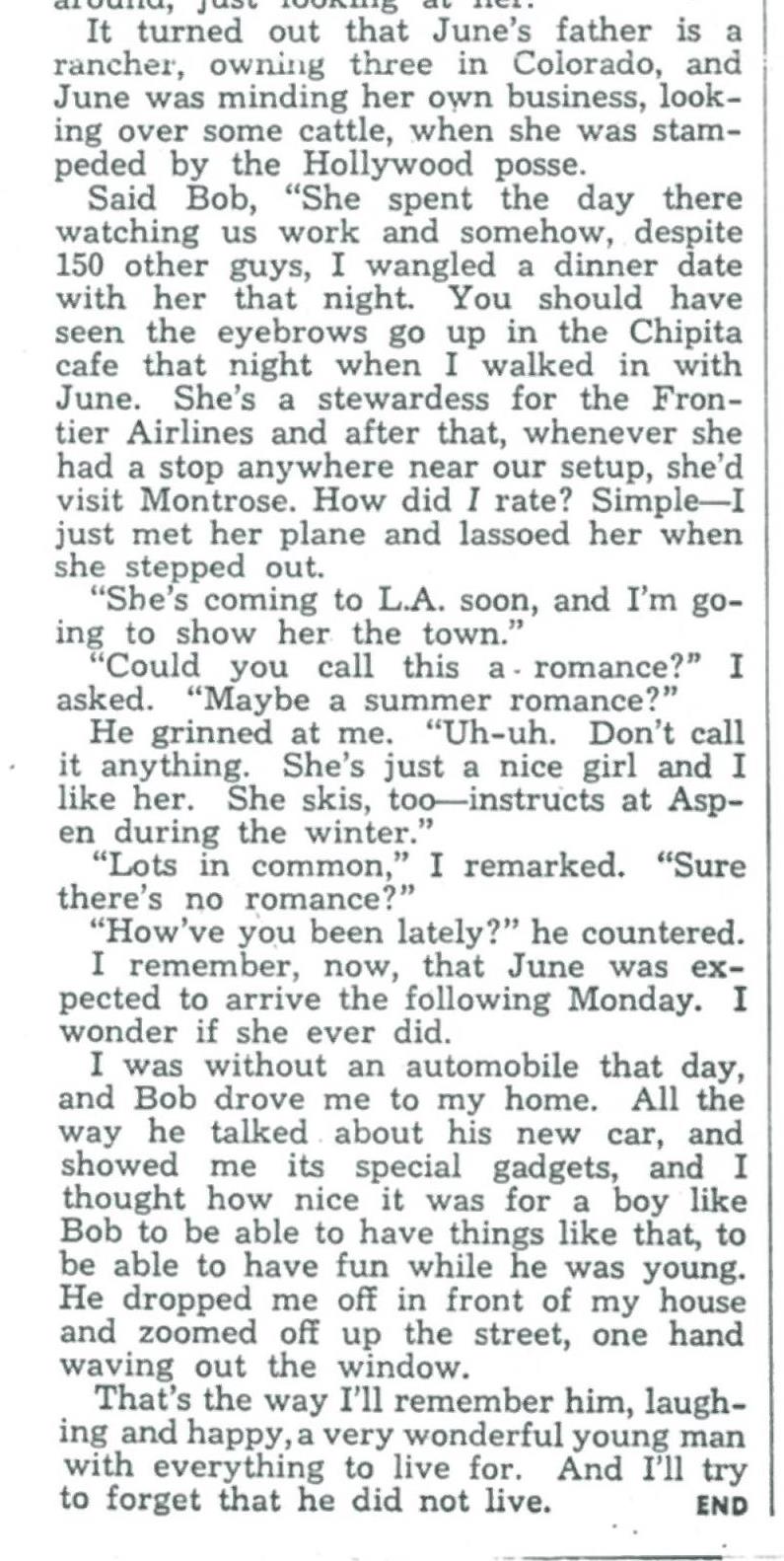
A one-year scholarship for the Botomi Schneider Drama Workshop was established in Bob’s honor.
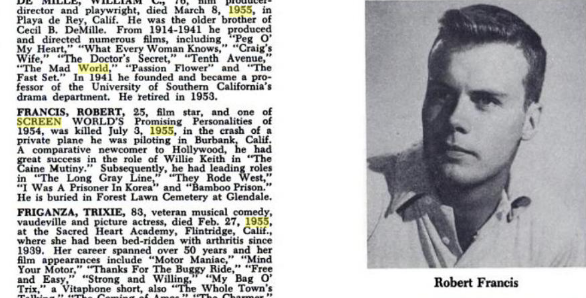
The date of death in this Screen World 1956 obituary is incorrect. Bob died July 31, 1955, not July 3. An early title for The Bamboo Prison was I Was a Prisoner in Korea.
Below: The Navy noted Bob’s death several years later in one of its publications. This appears to be similar to a photo made in late June 1954.
Below: Information from CemeteryGuide.com
Corrections: Bob never appeared in a production at the Pasadena Playhouse. Audrey Ann Dosch’s maiden name is Schneider, not Snyder.

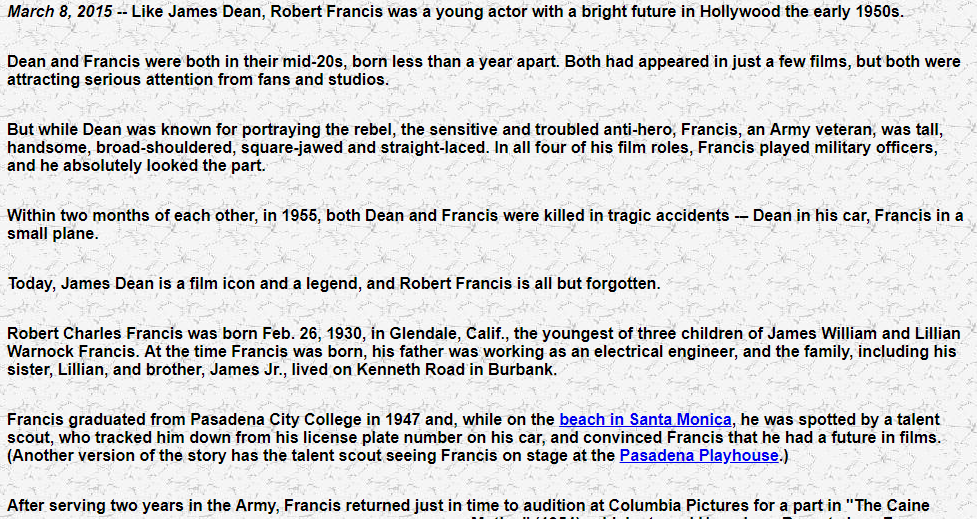

“He never did anything he didn’t want to do at all.
“Hollywood was very artificial. He never got into the Hollywood hassle. He was all clean. In fact Betty and I have often discussed that I don’t think he would have stayed in.
“As he went along I wonder how long he might have hung in there because of his sense of values. I remember some of those discussions. There were things that really bothered my brother because of his sense of values.”
Source: Bill Francis, interview, Aug. 1992
